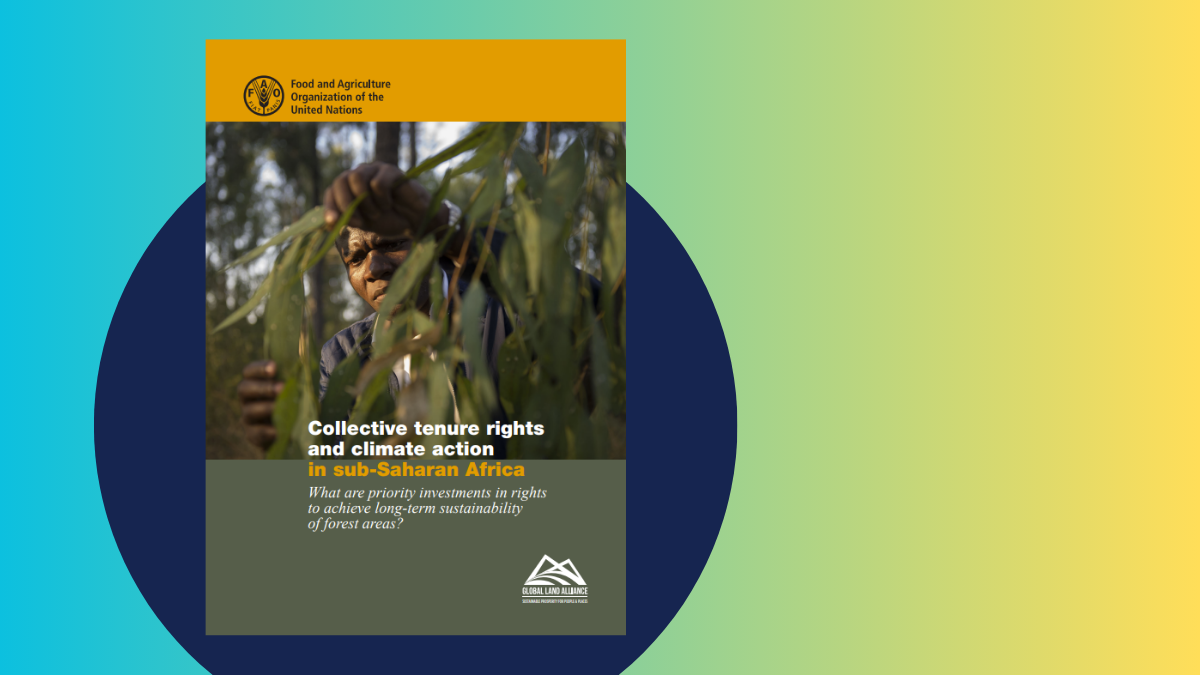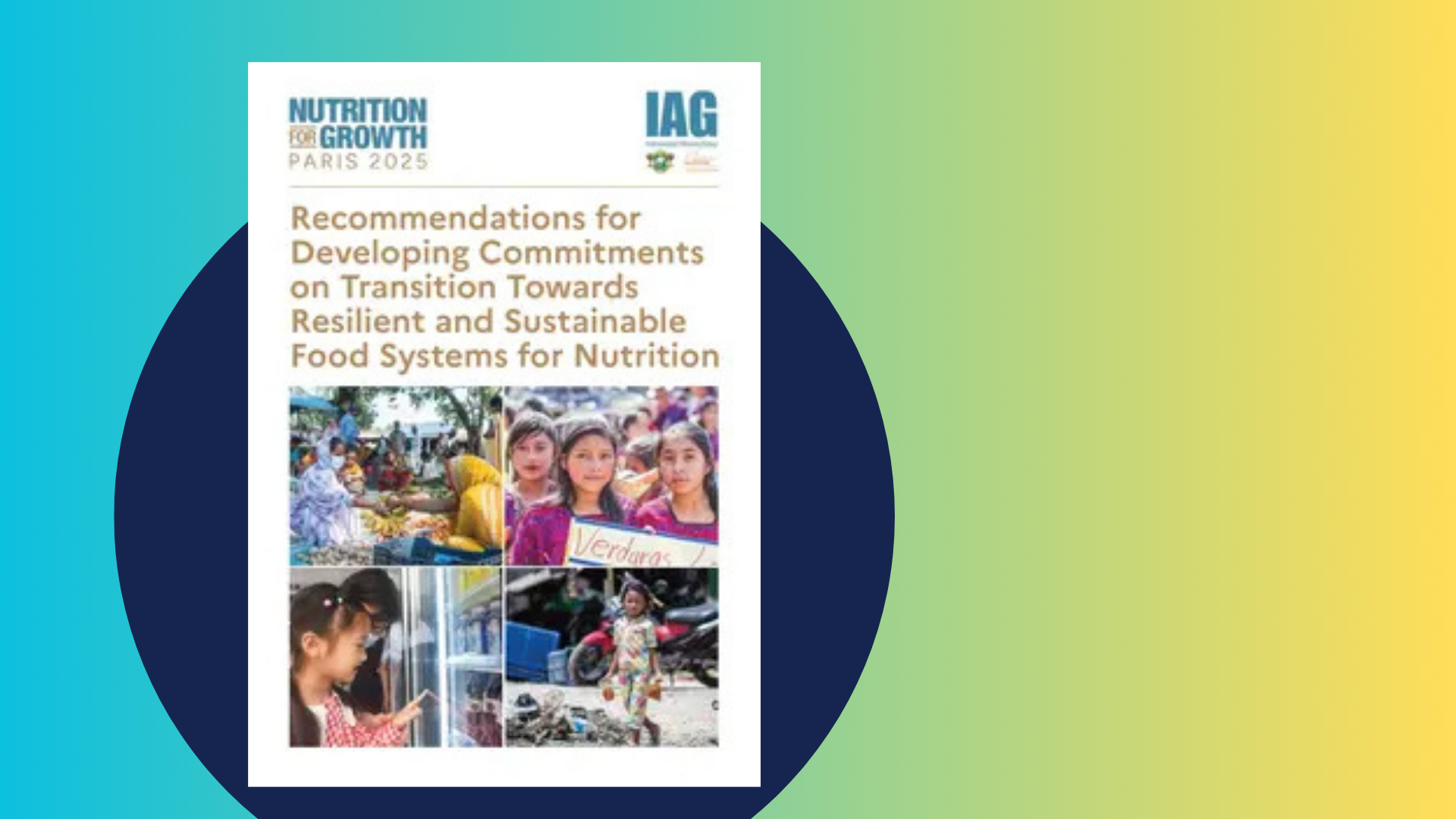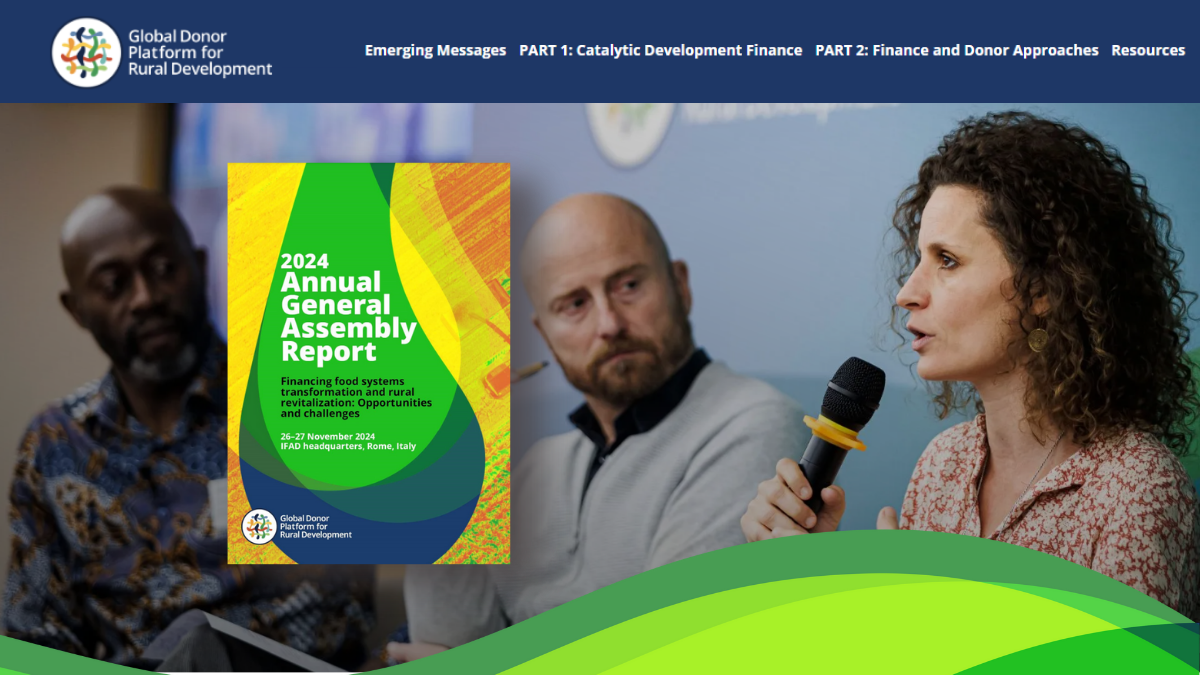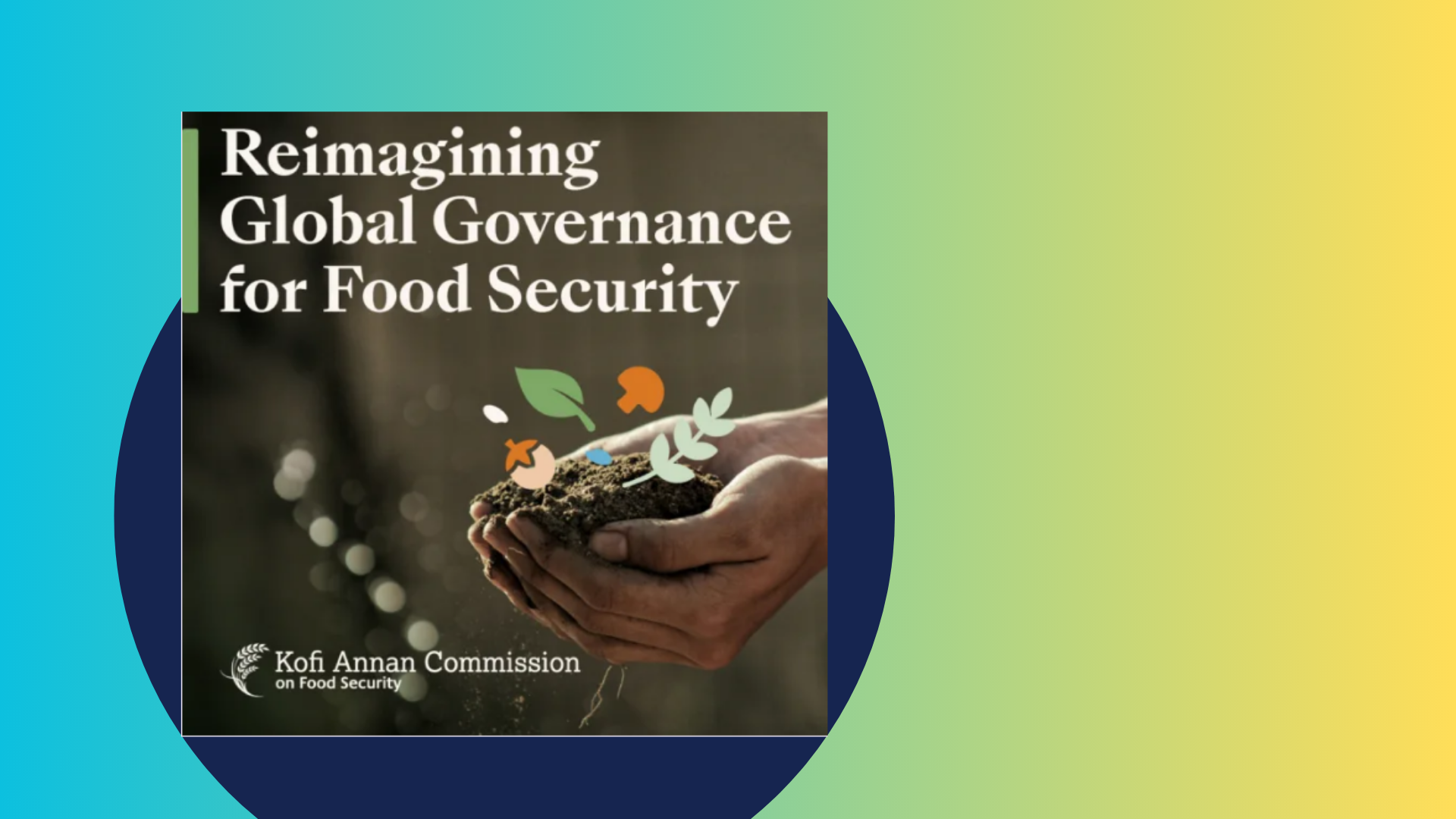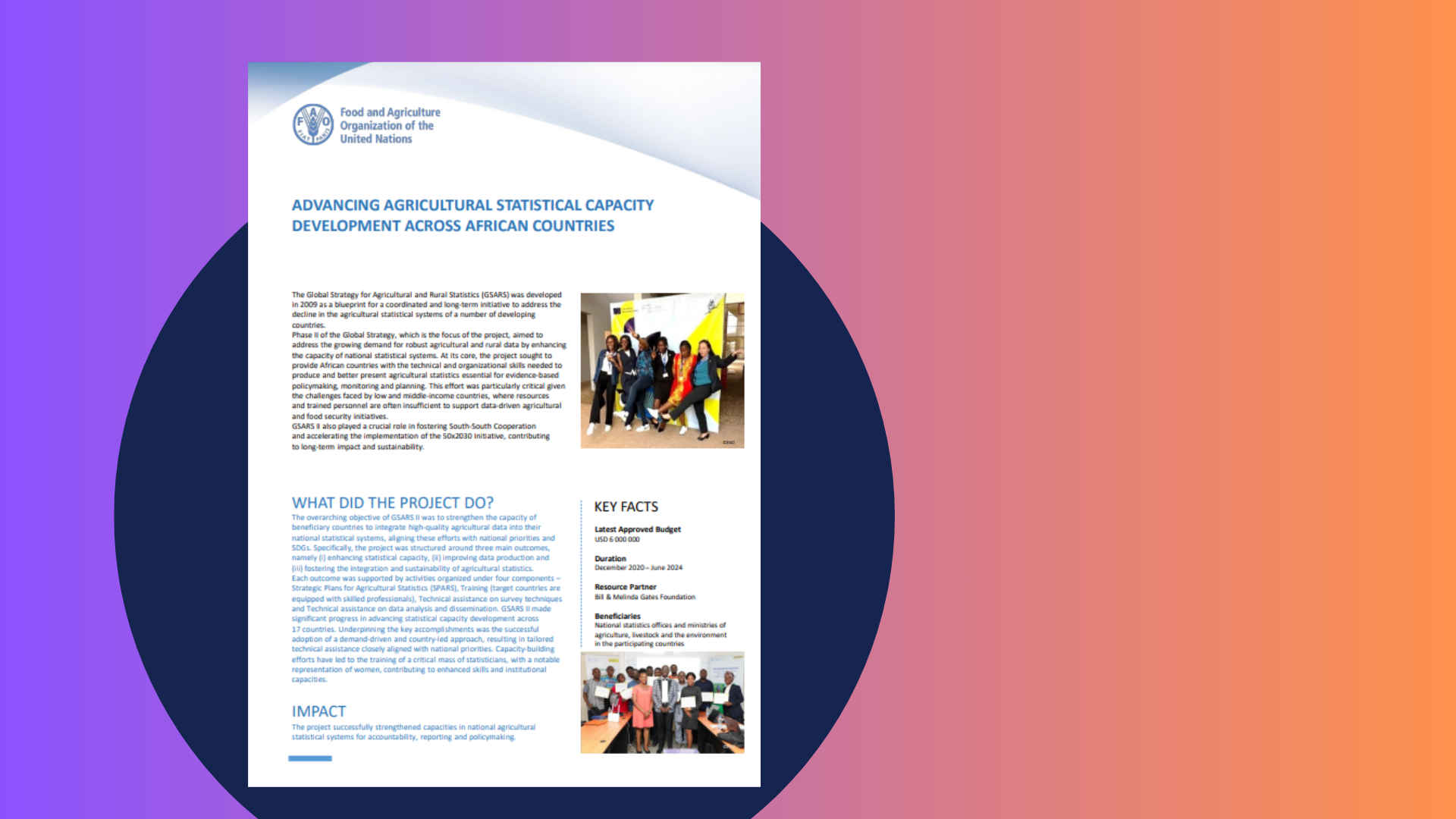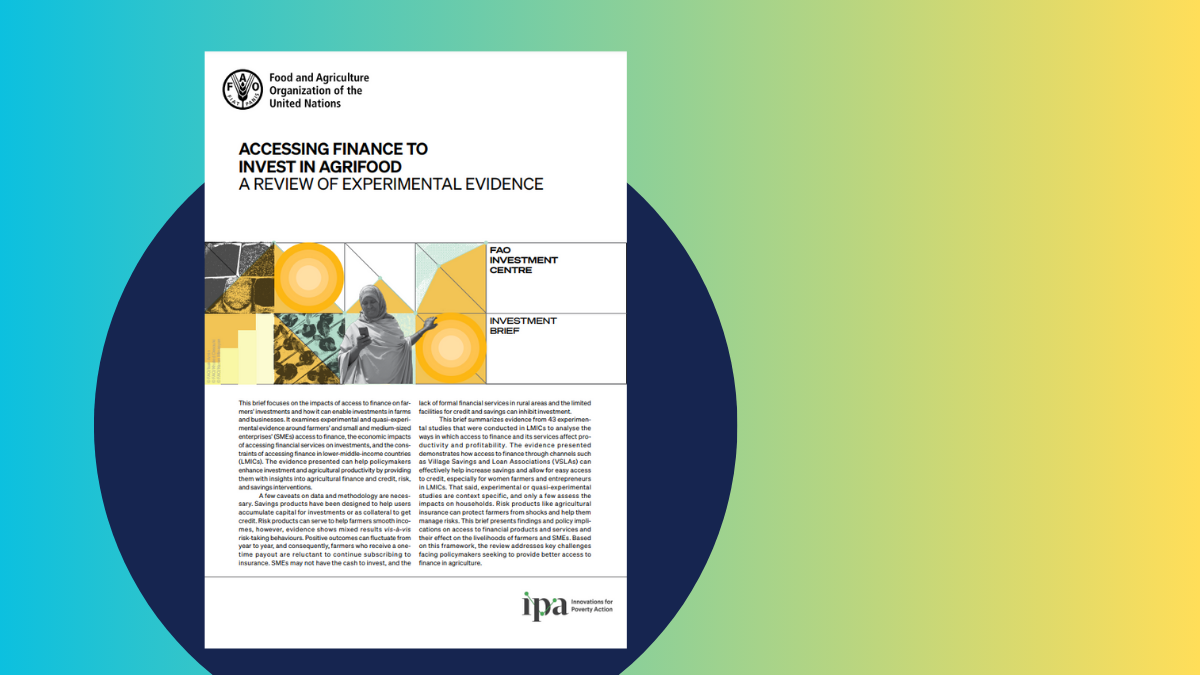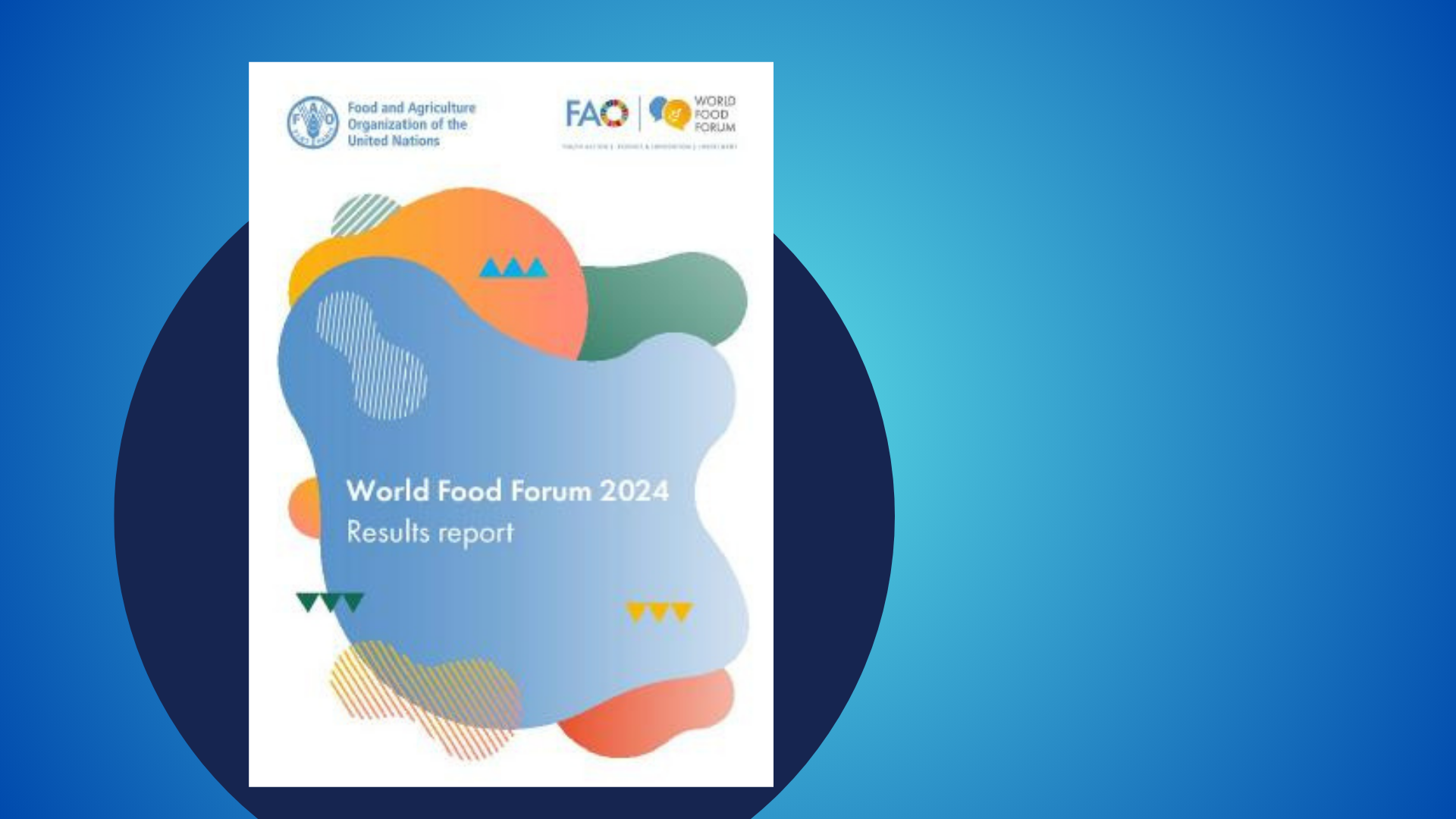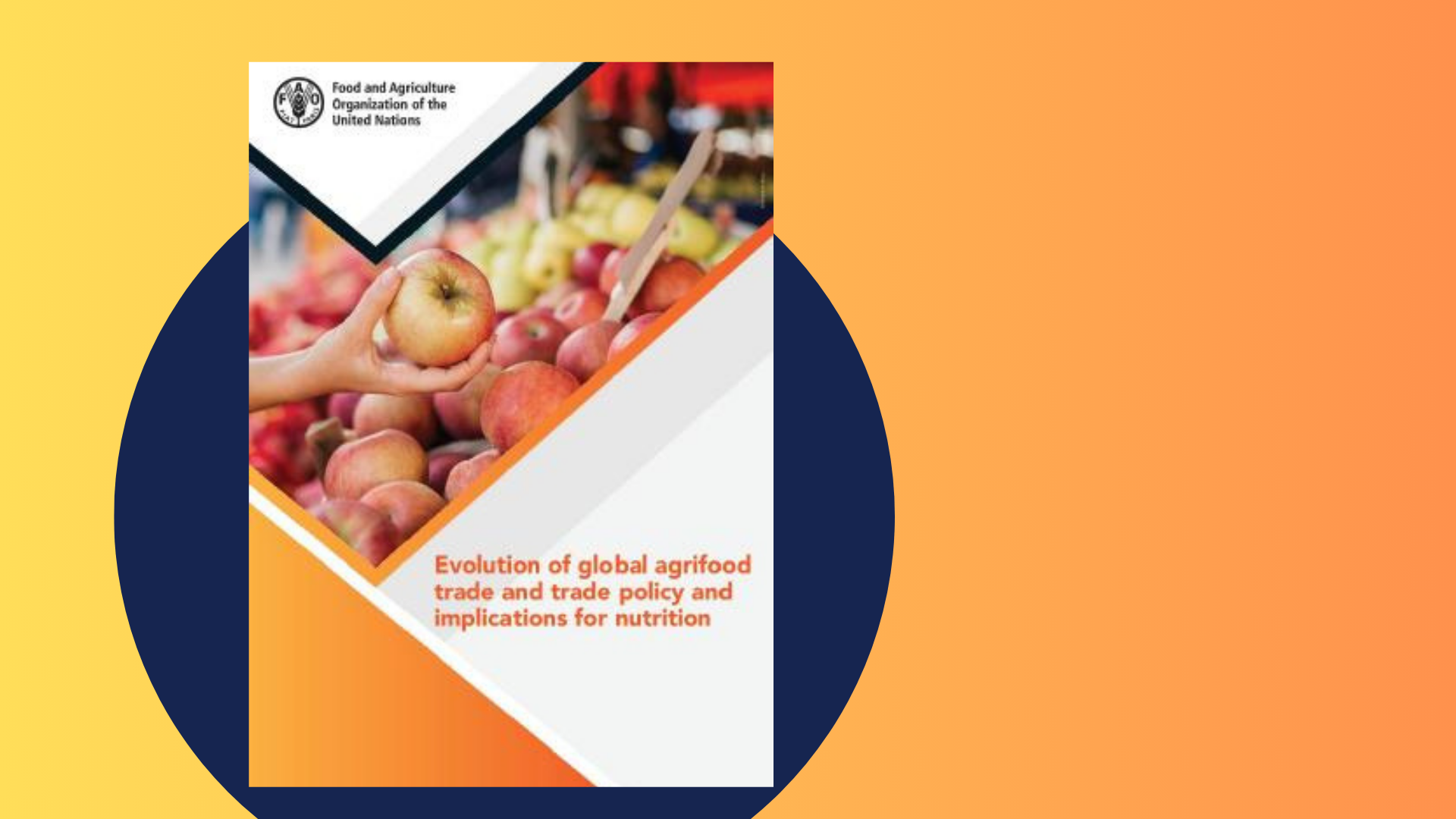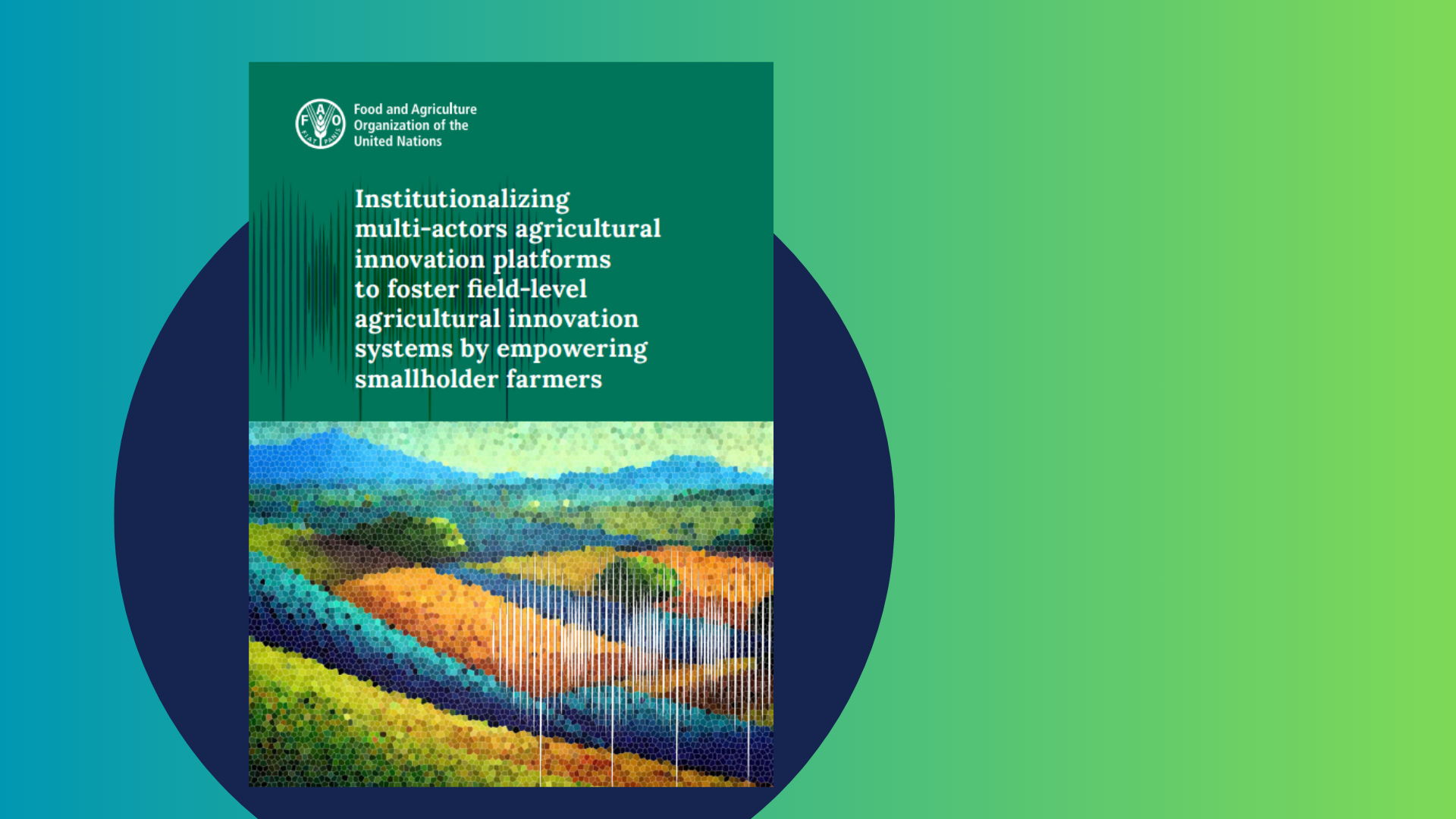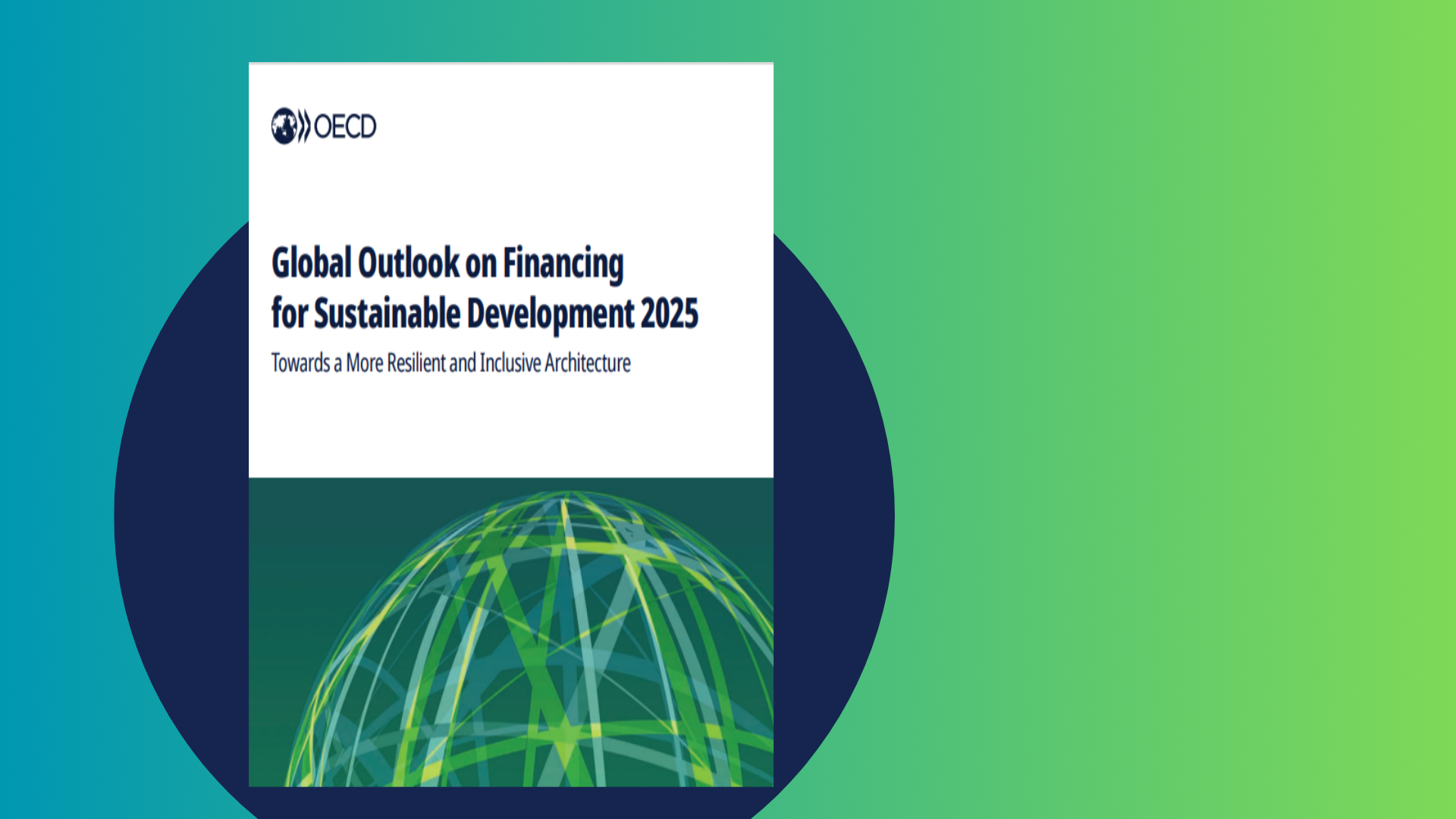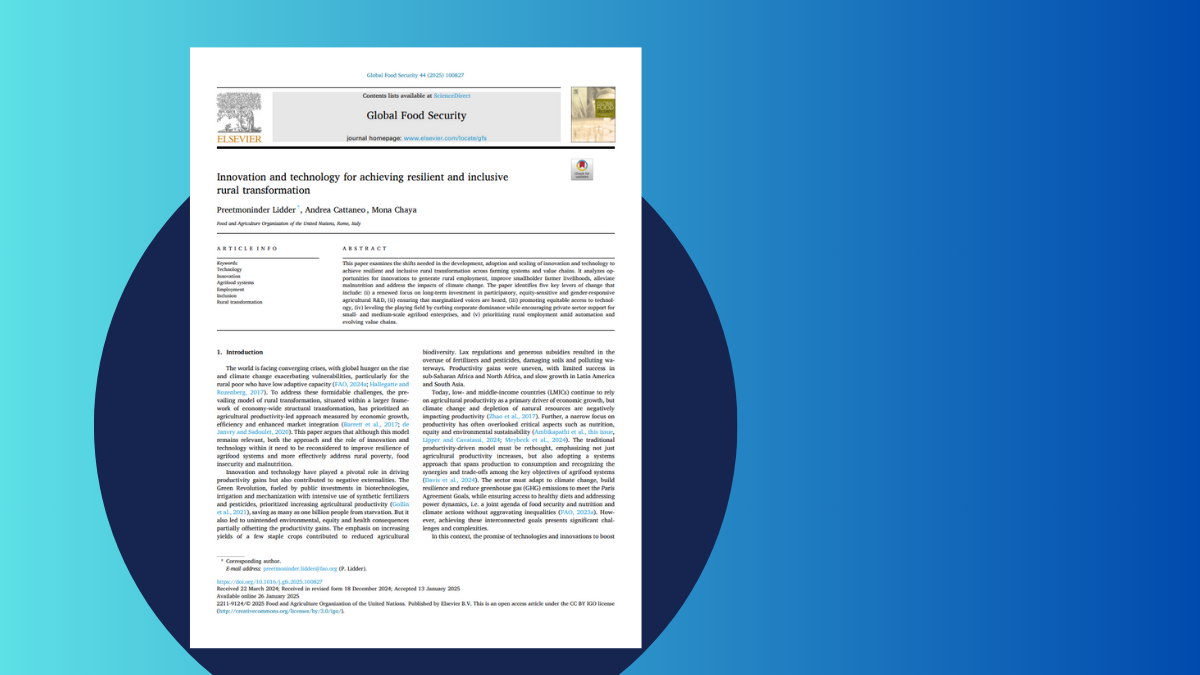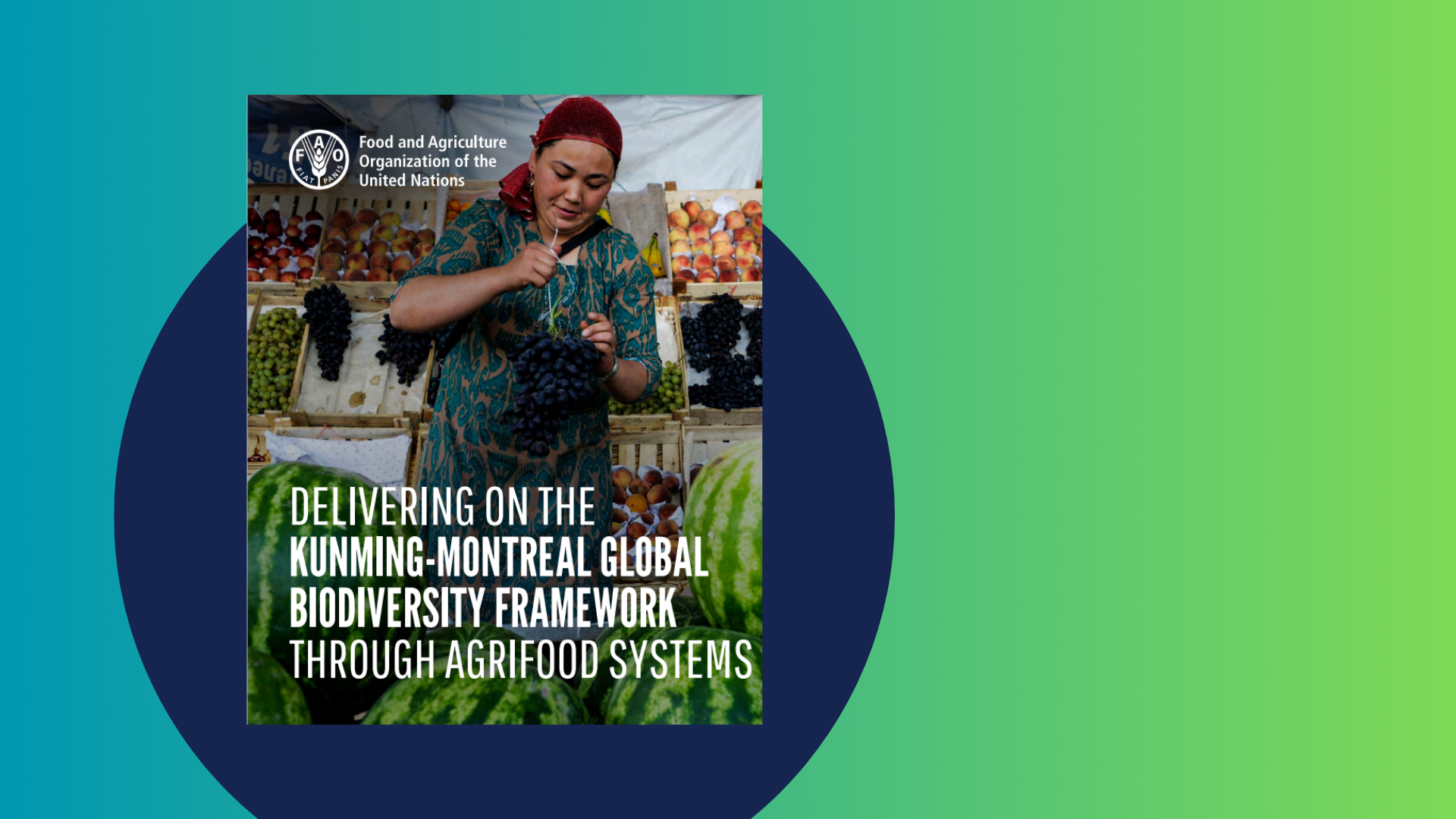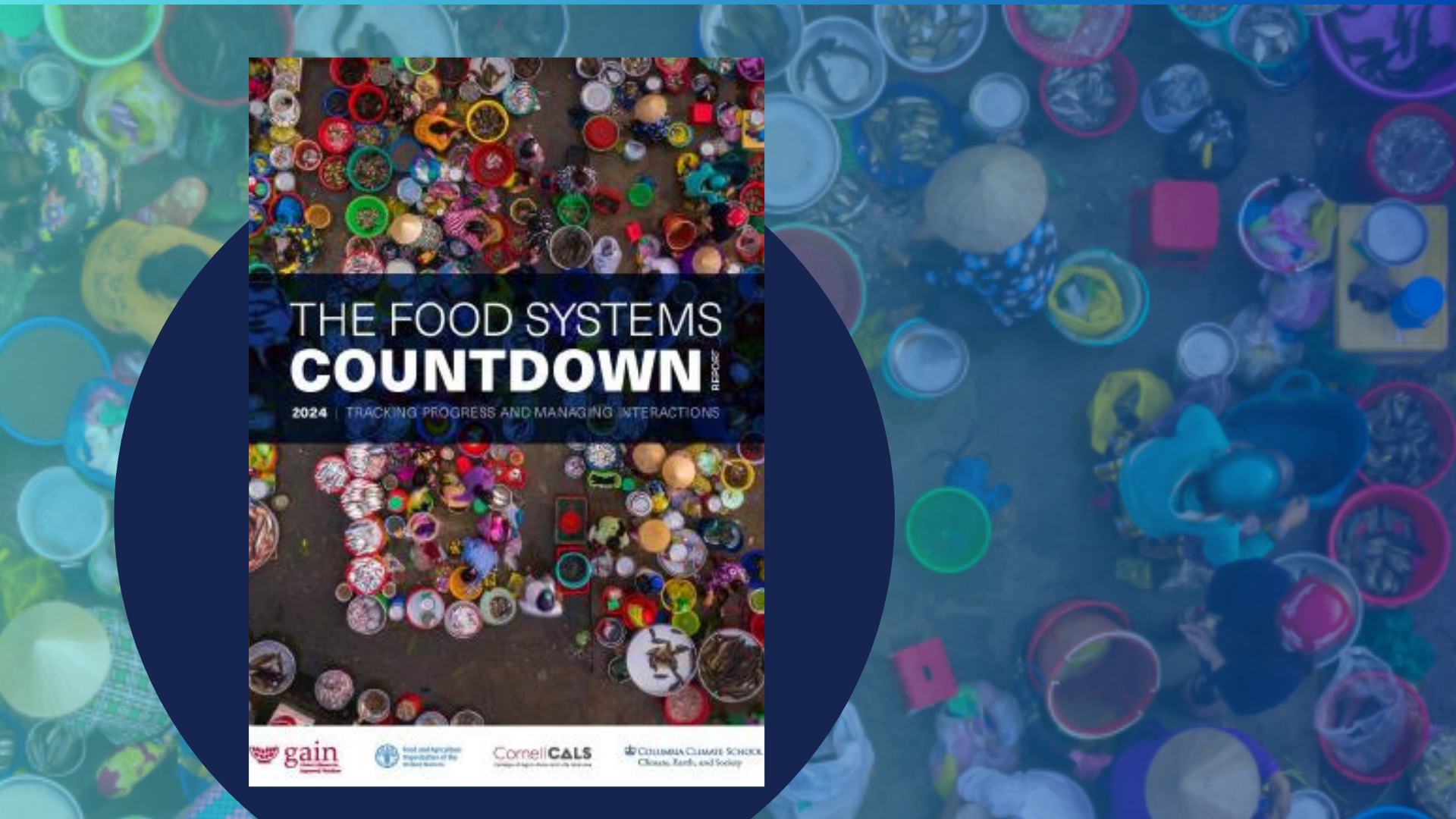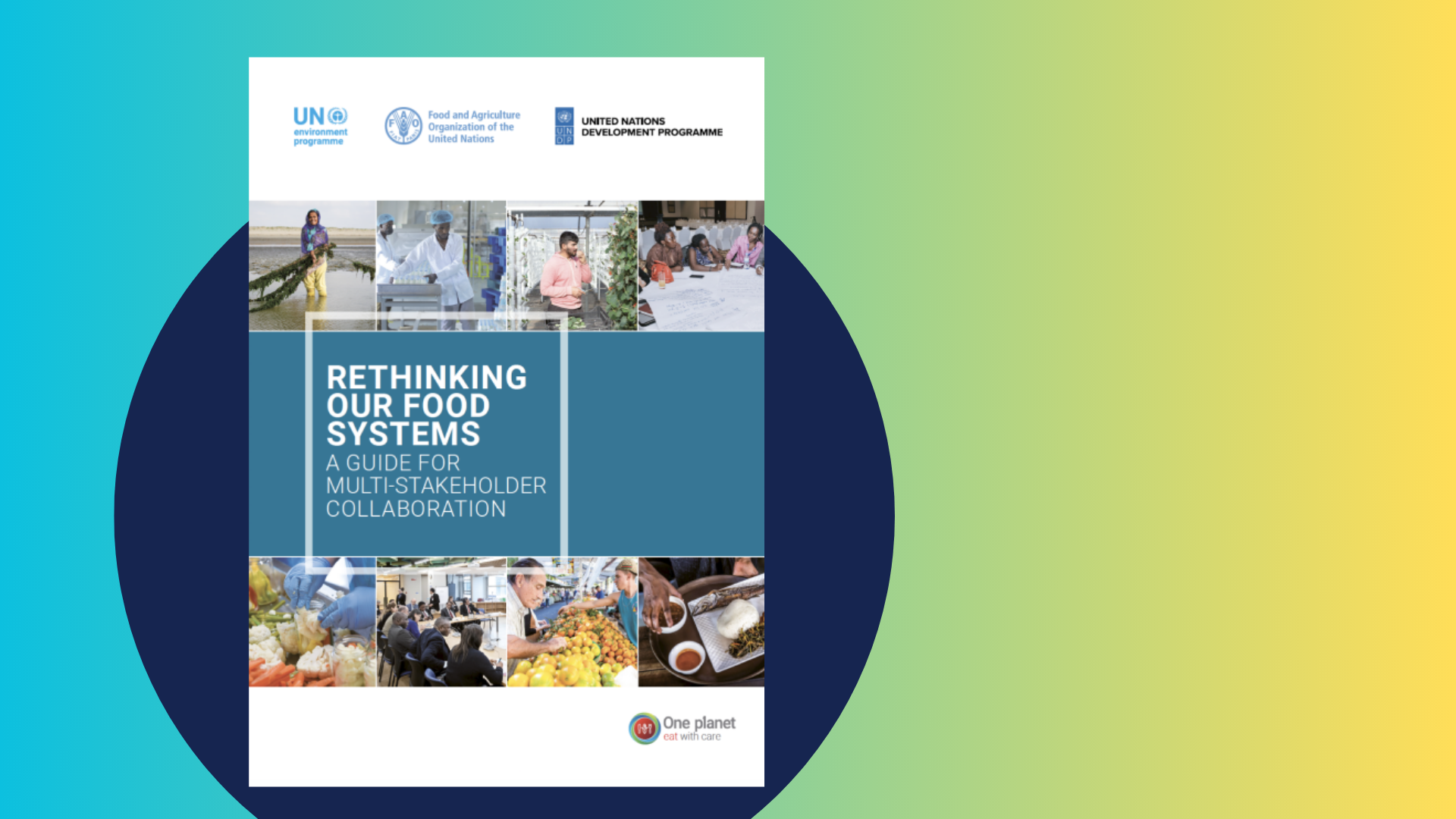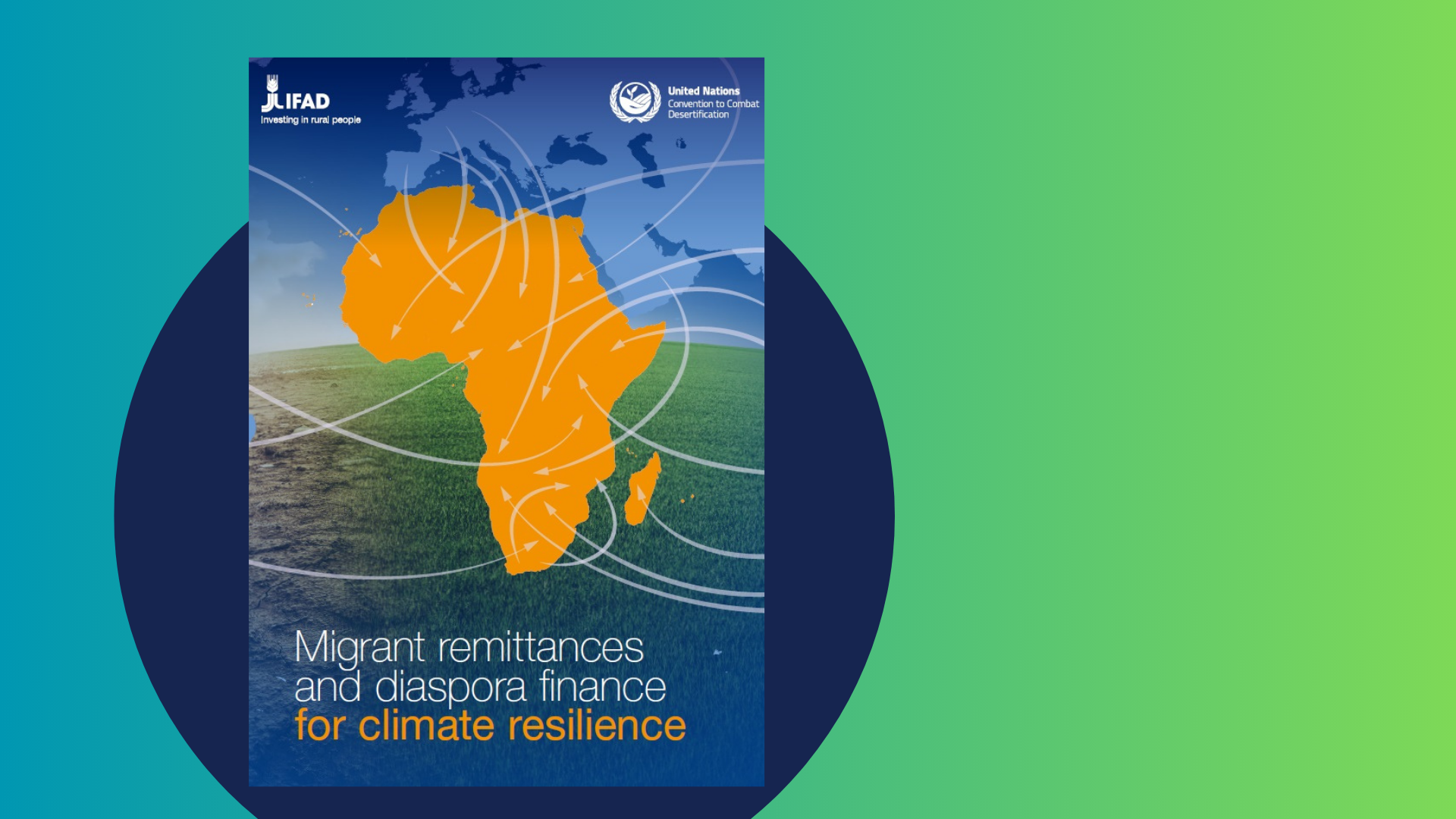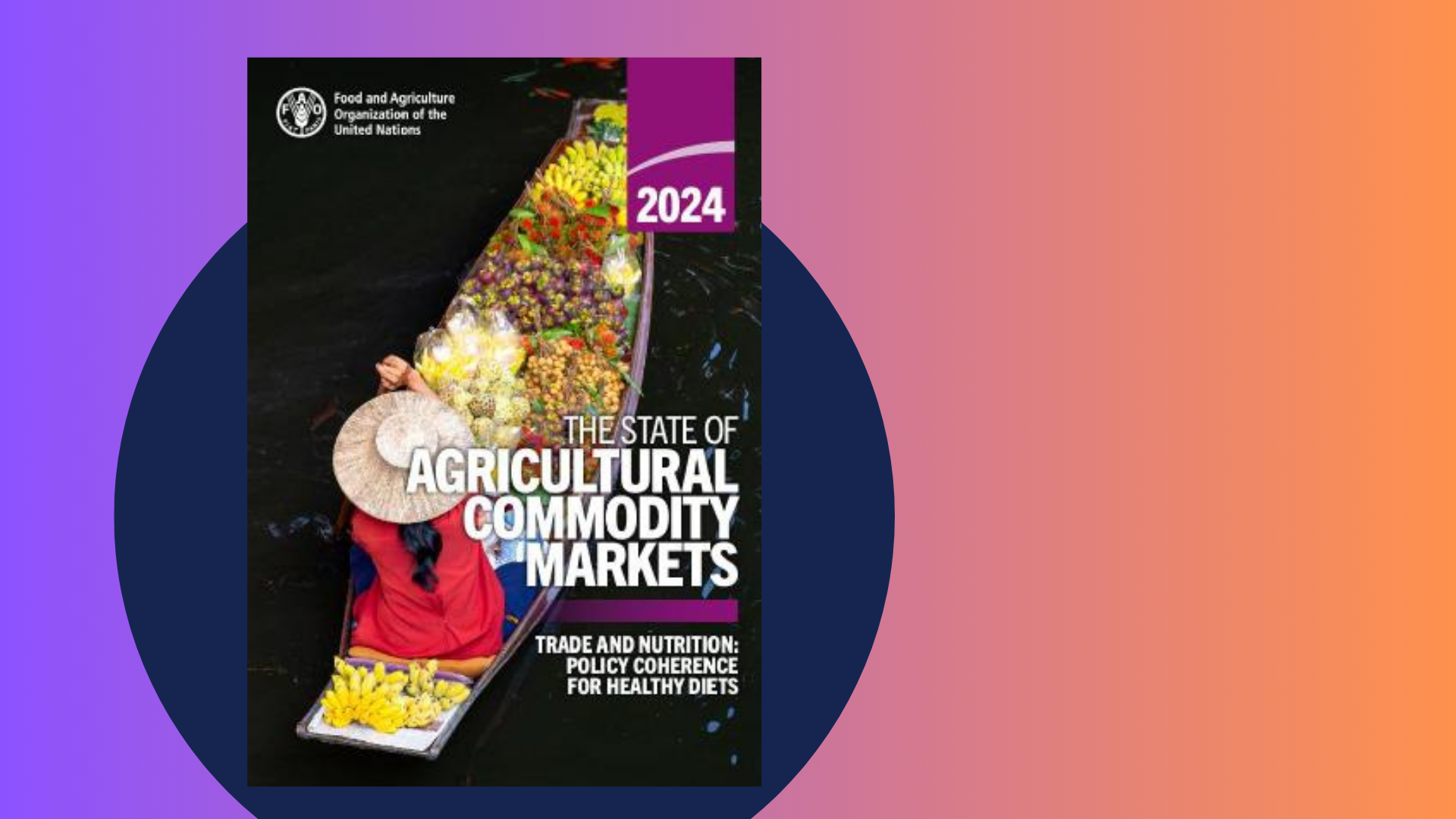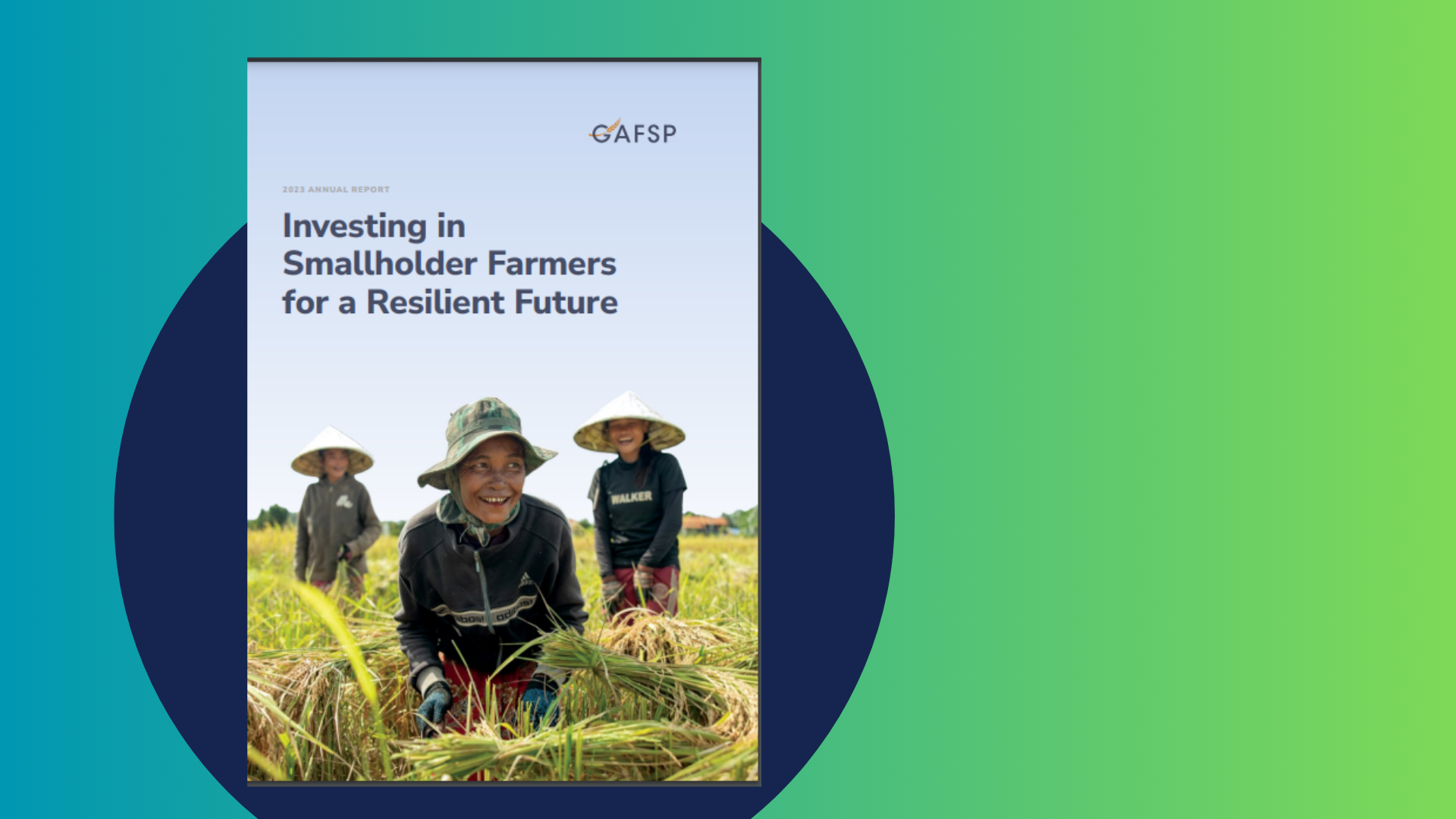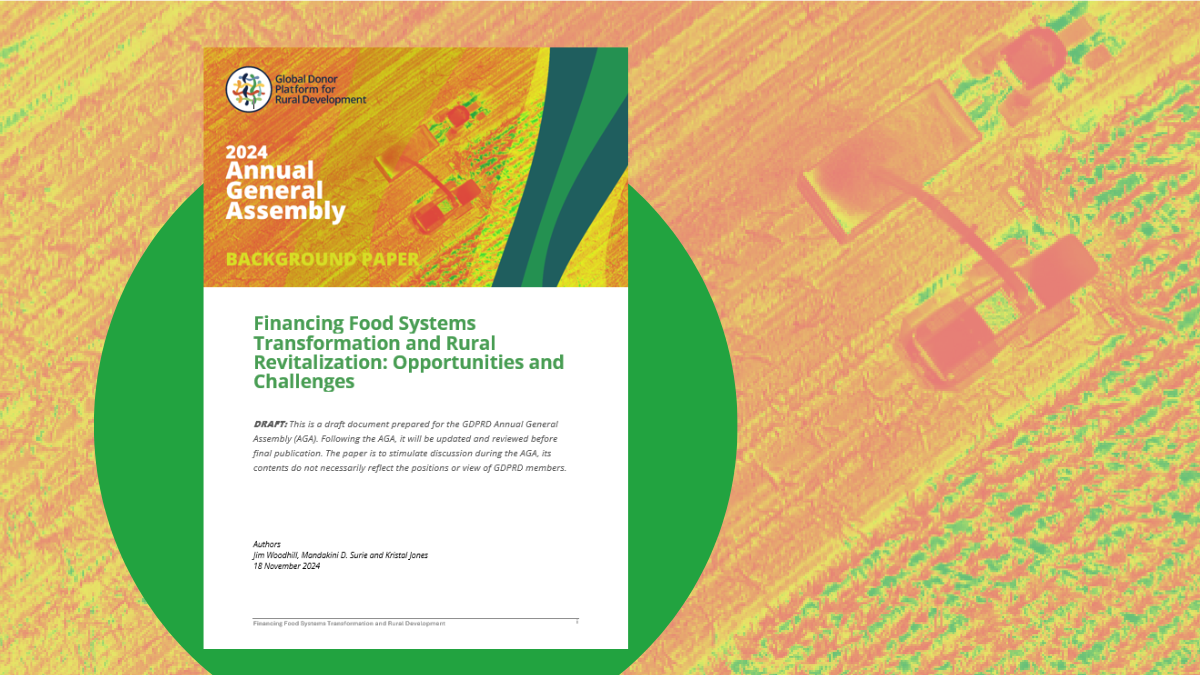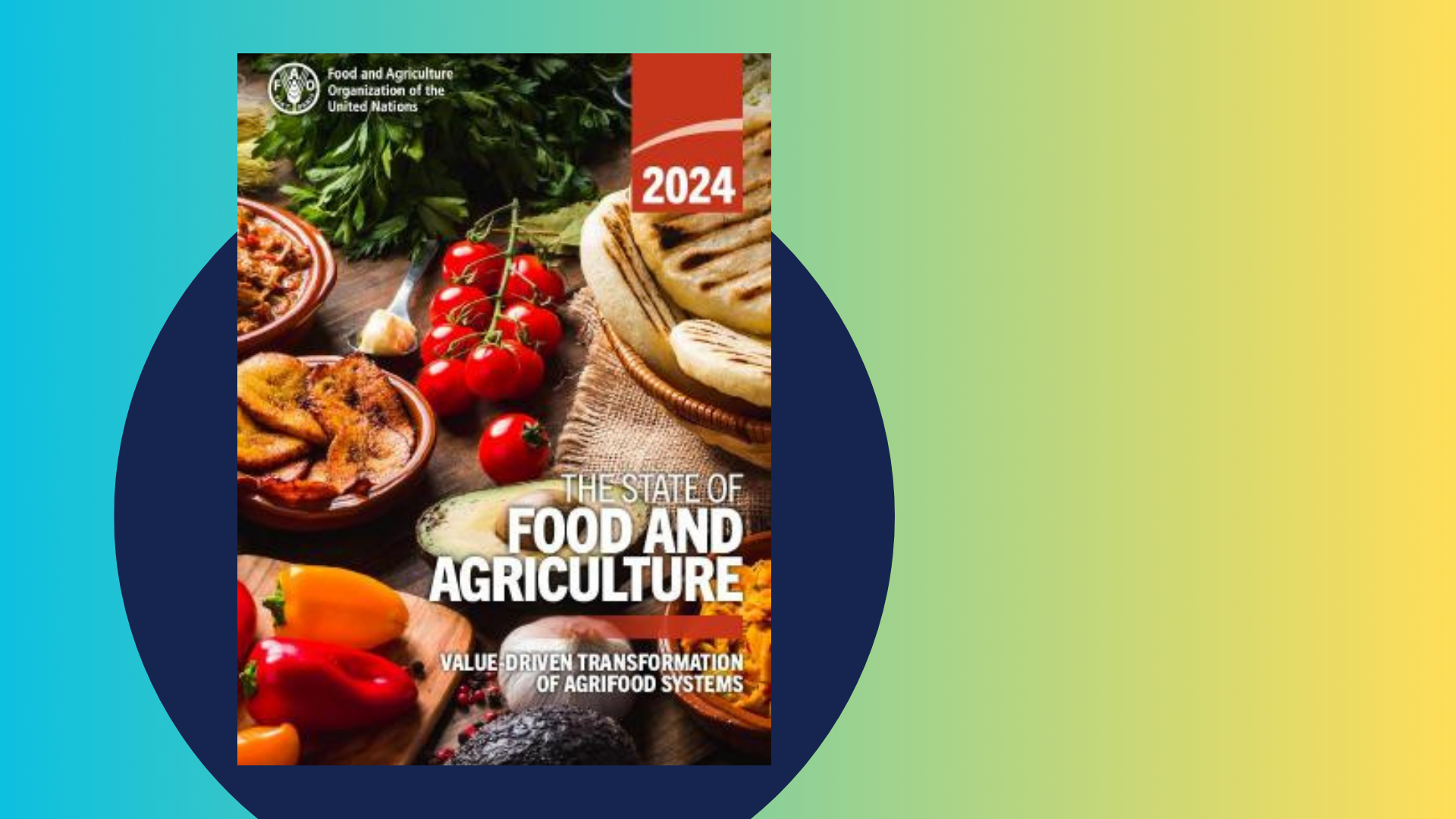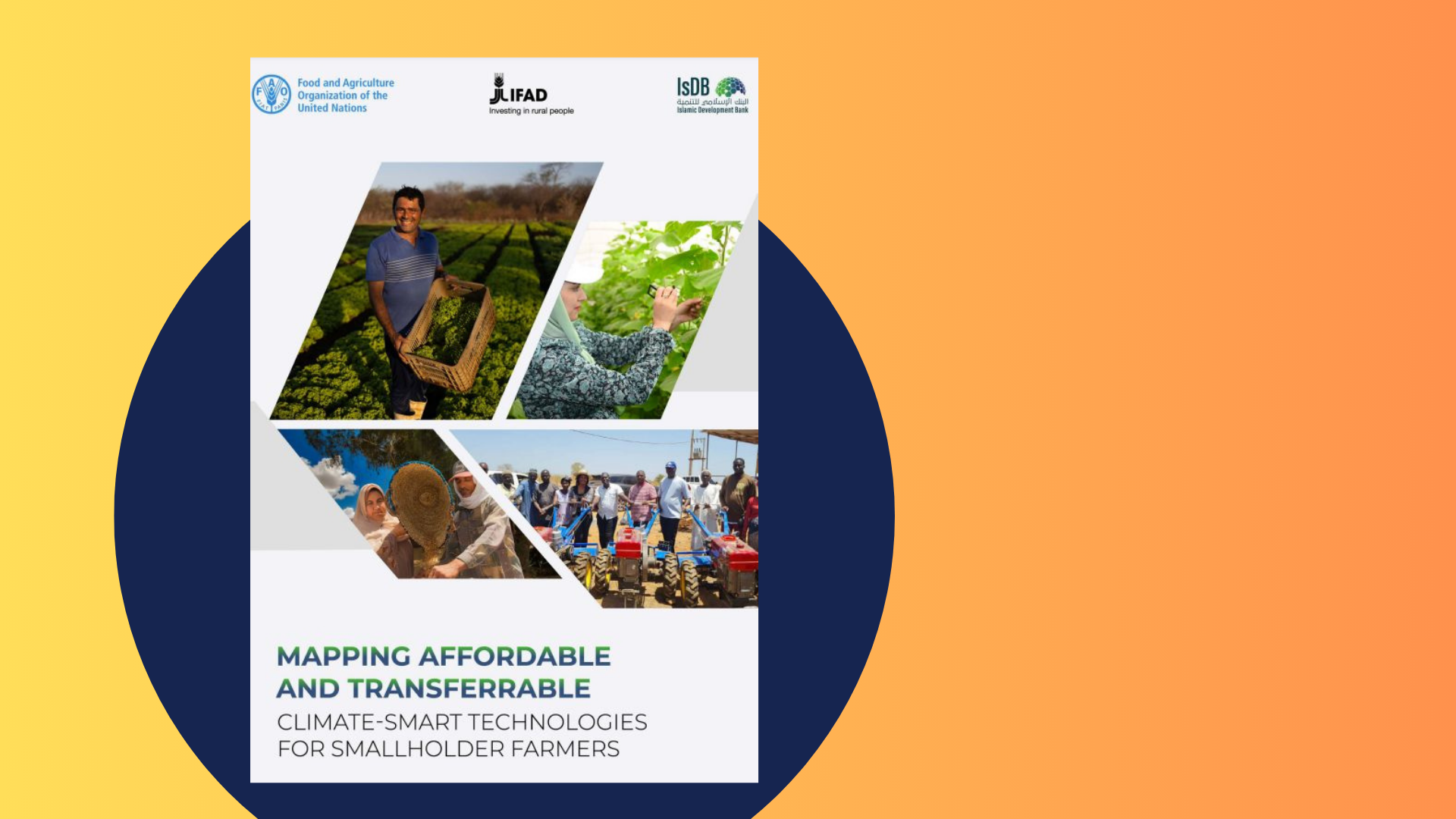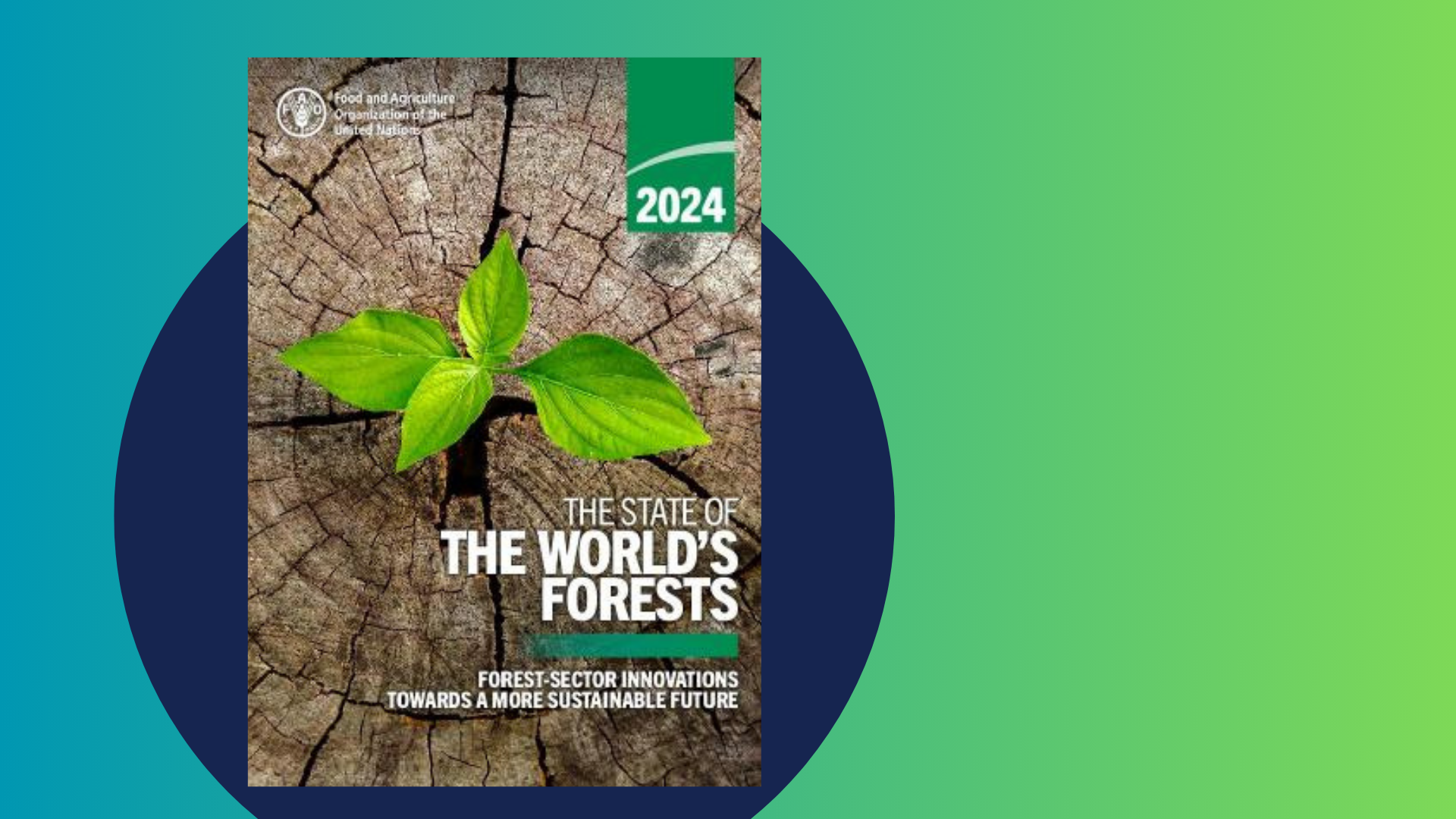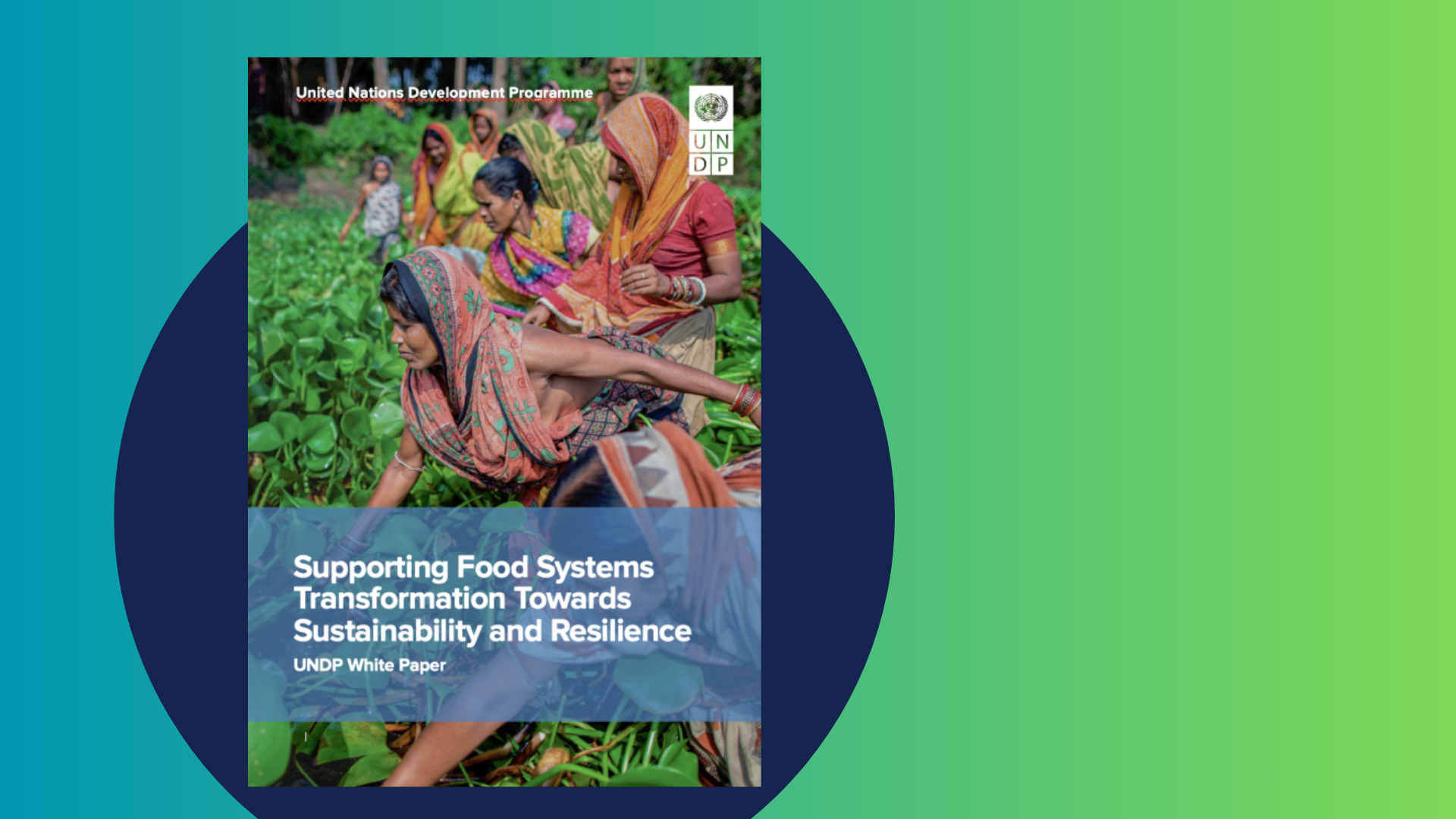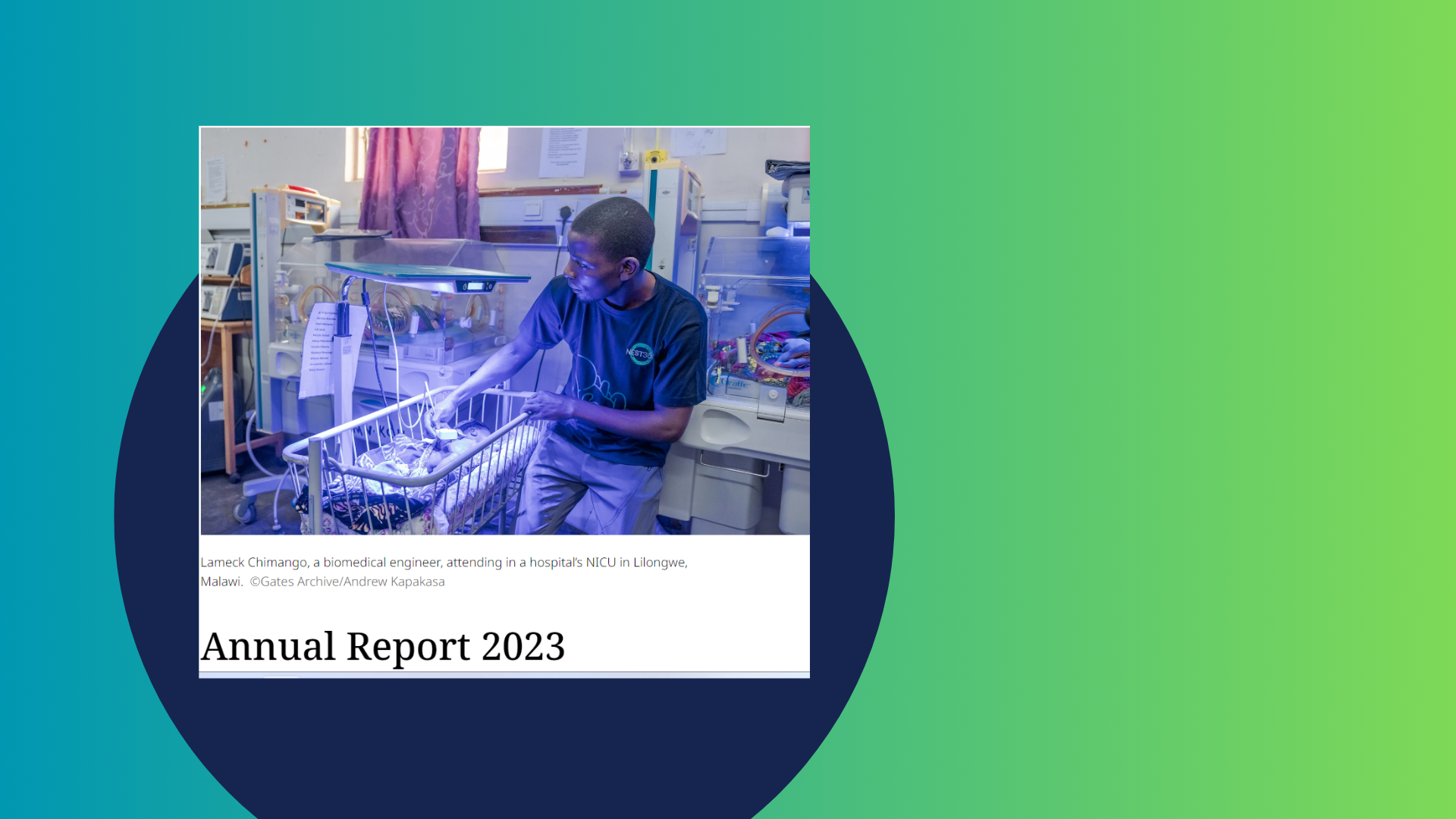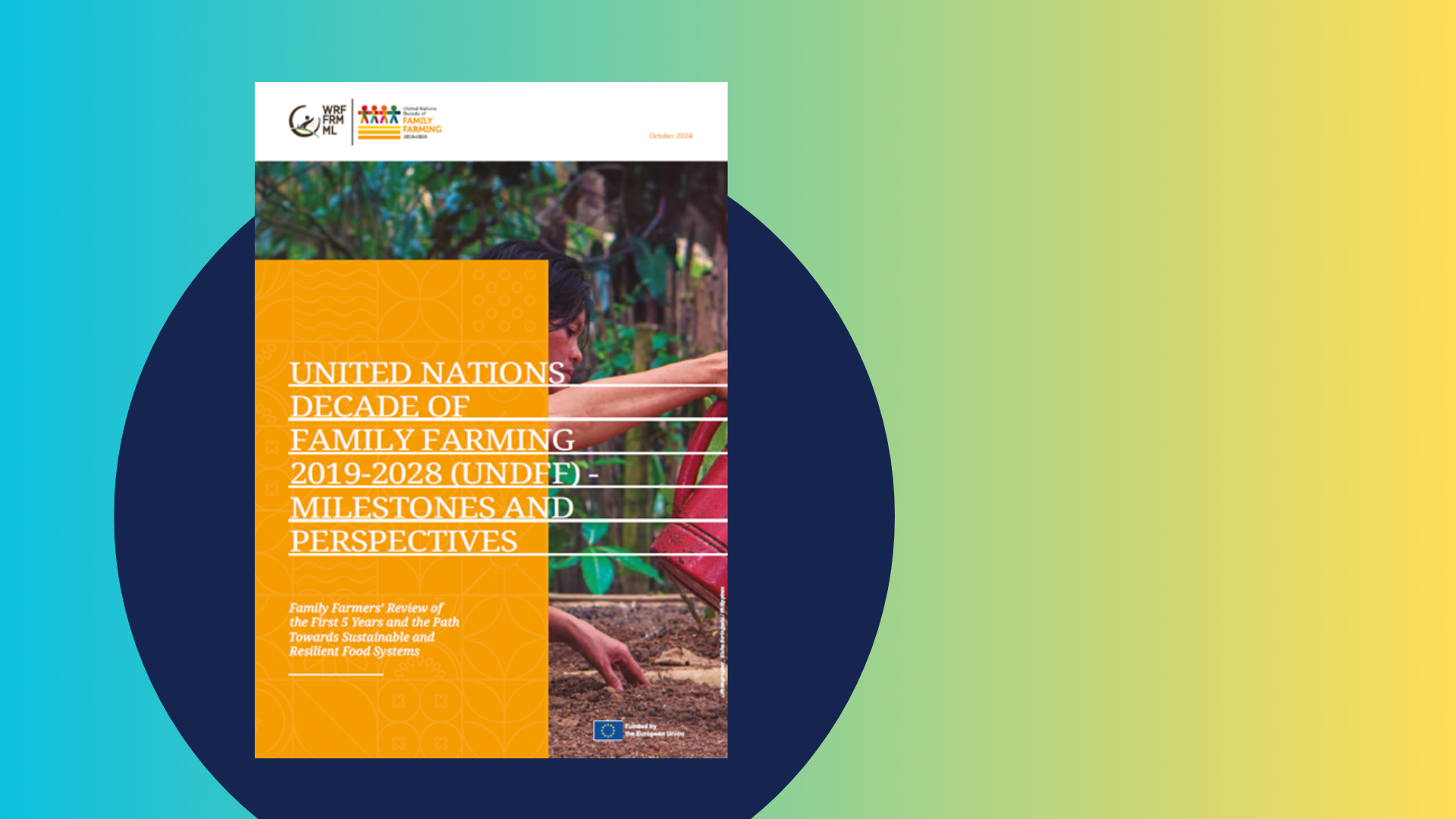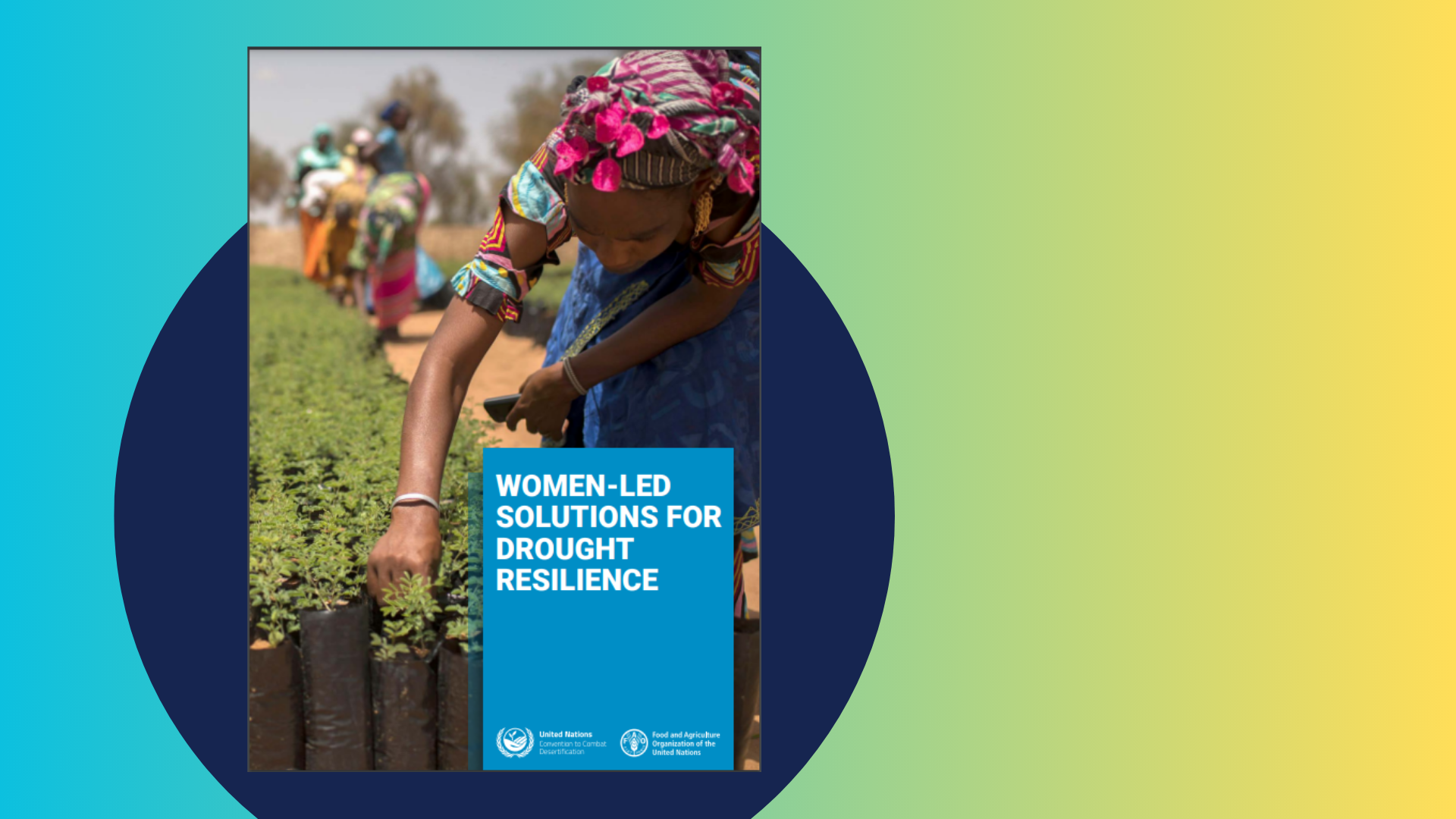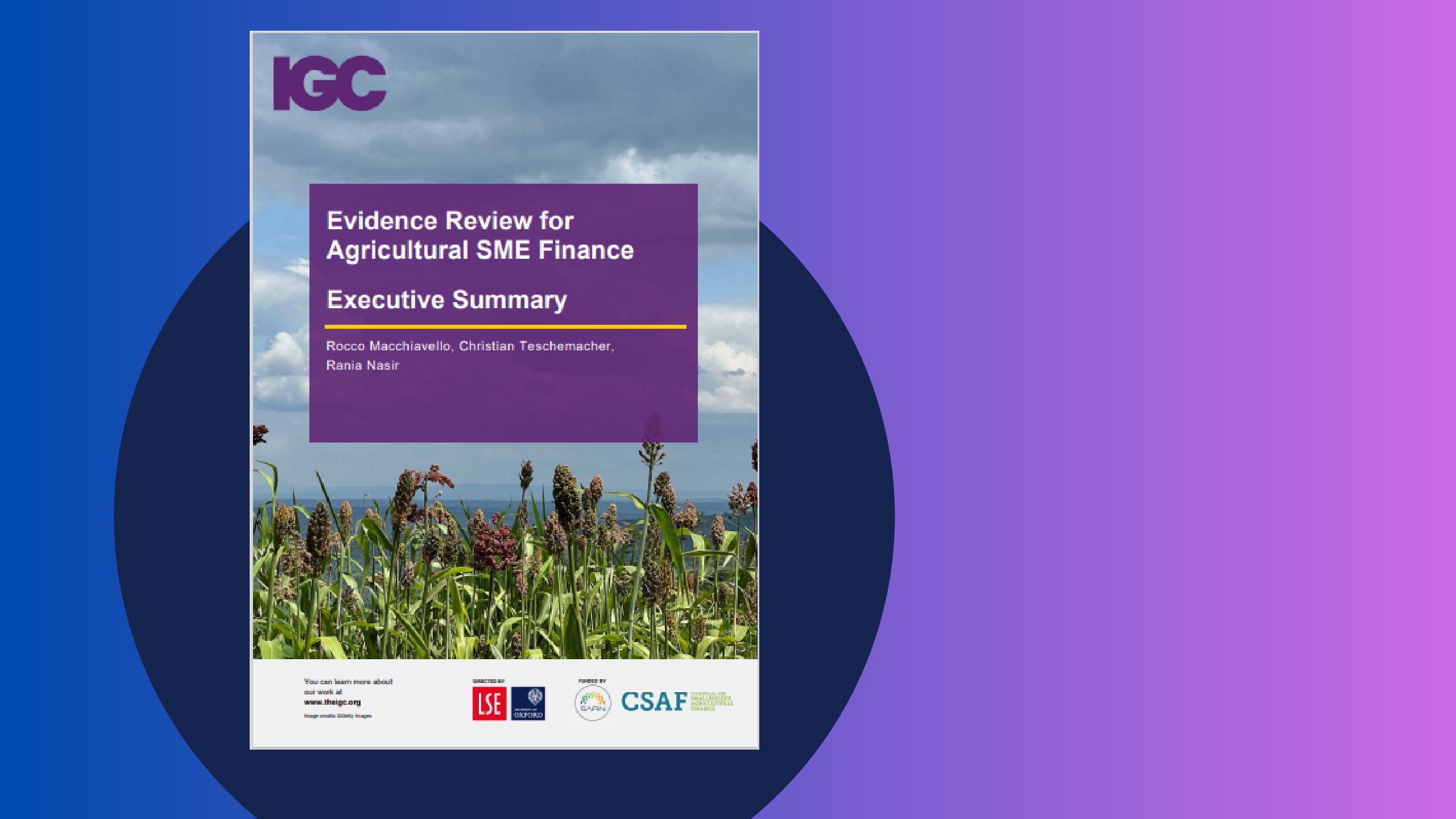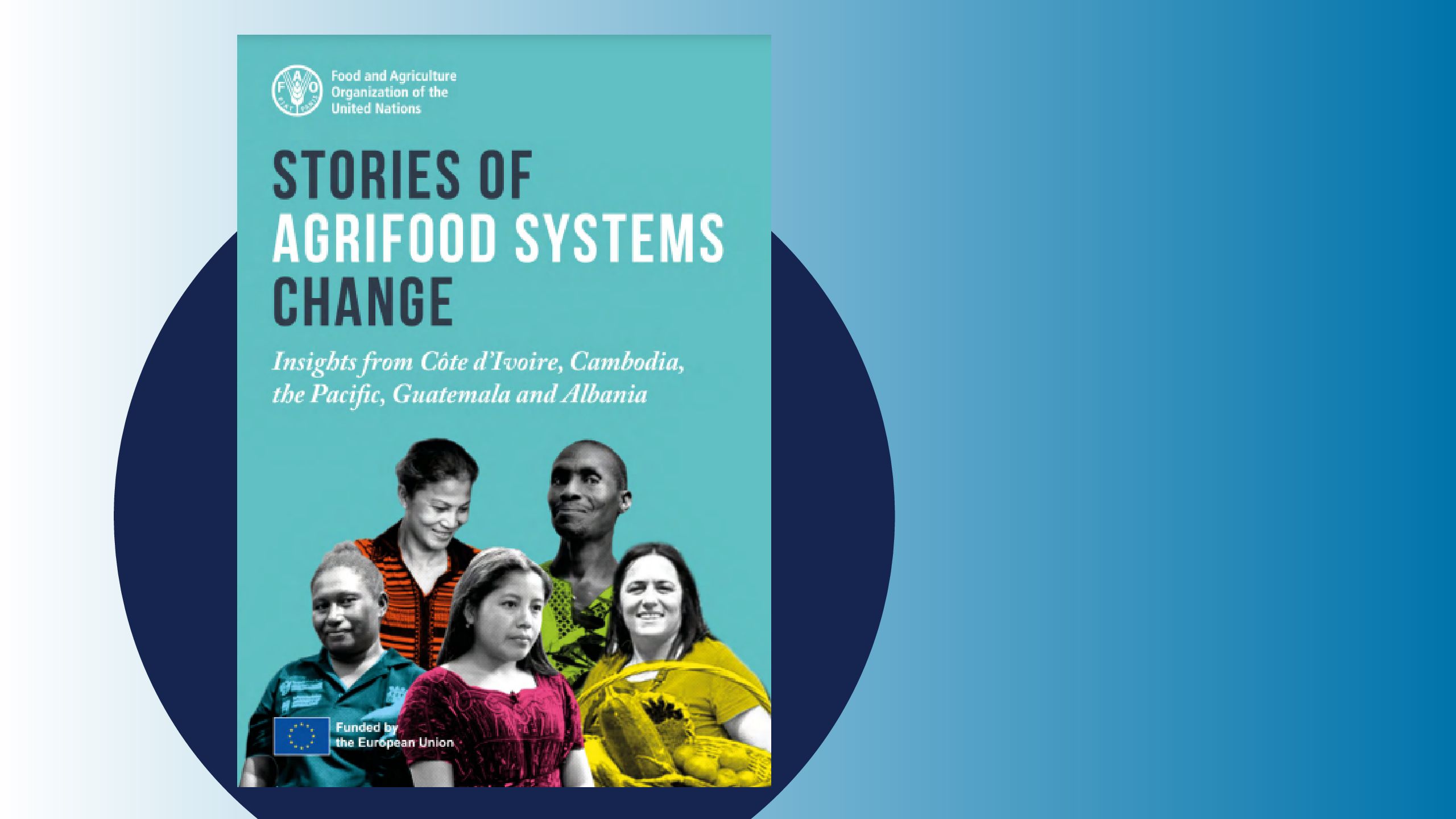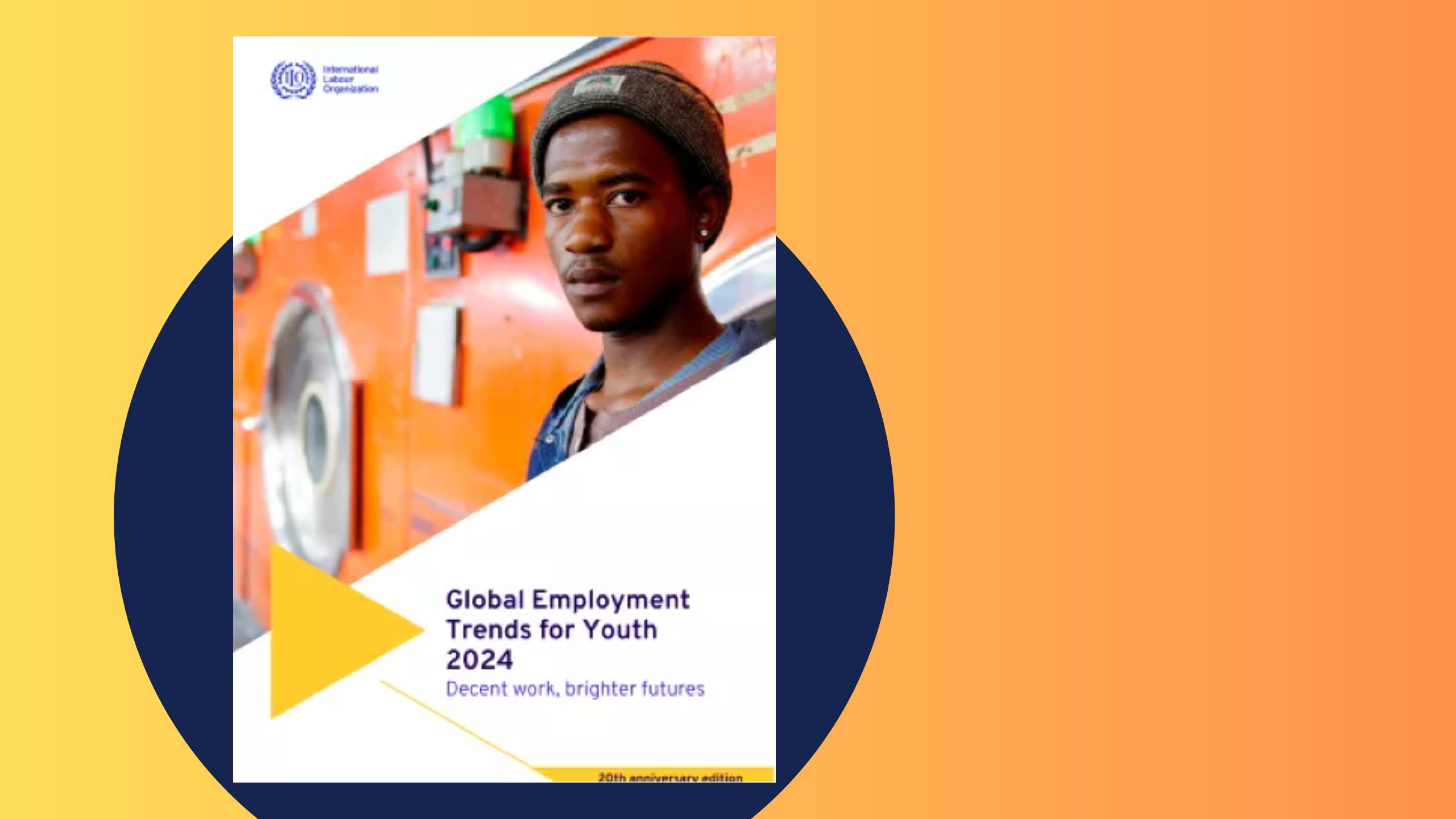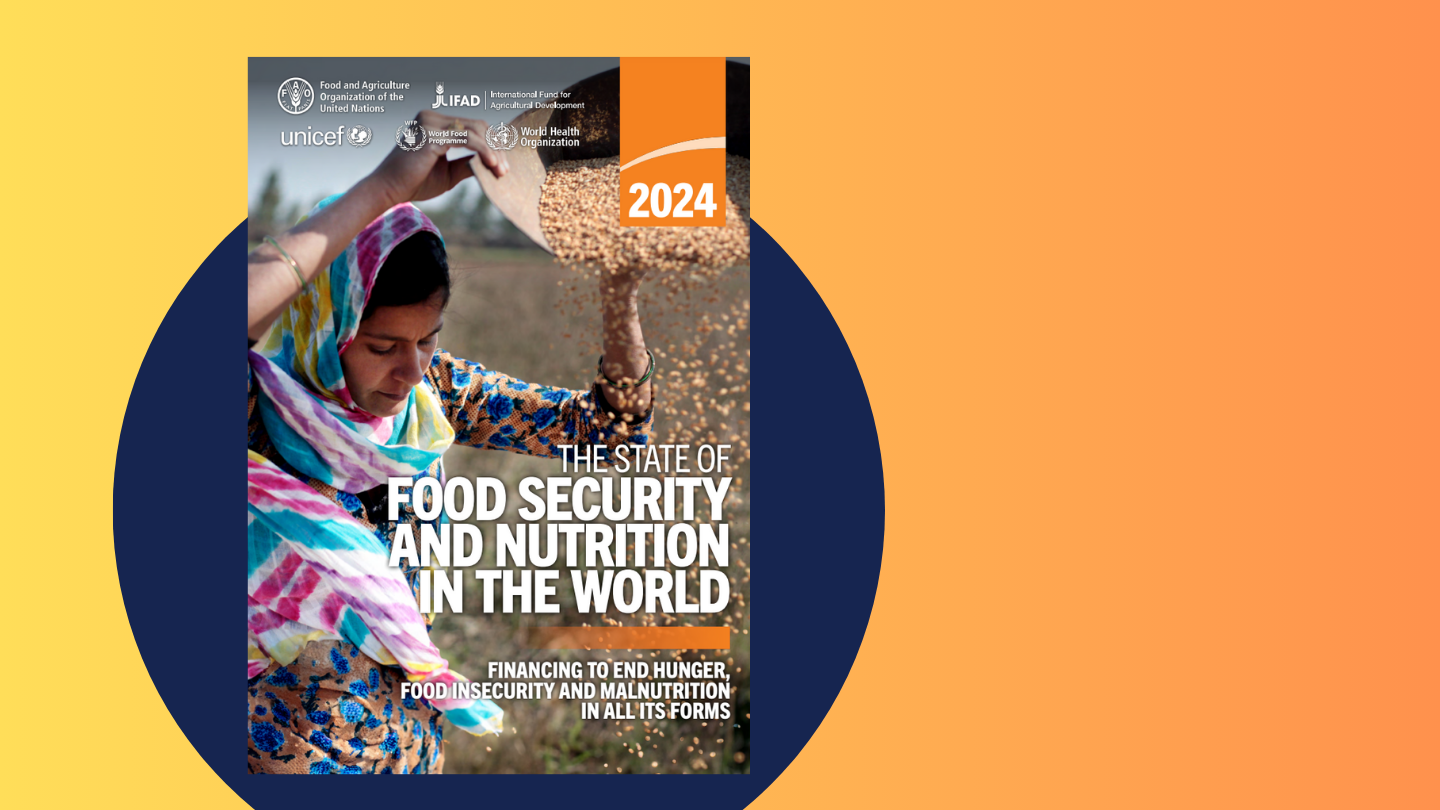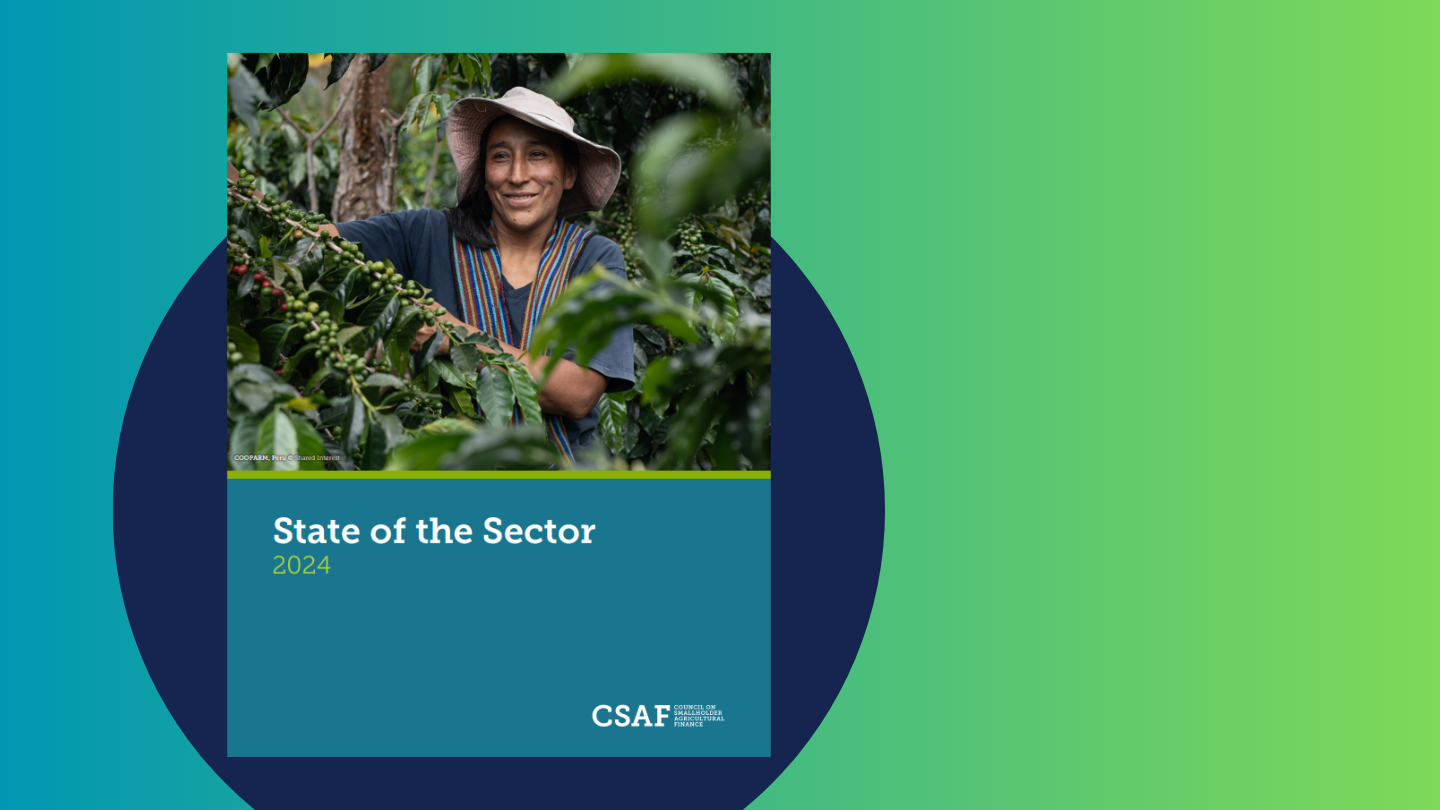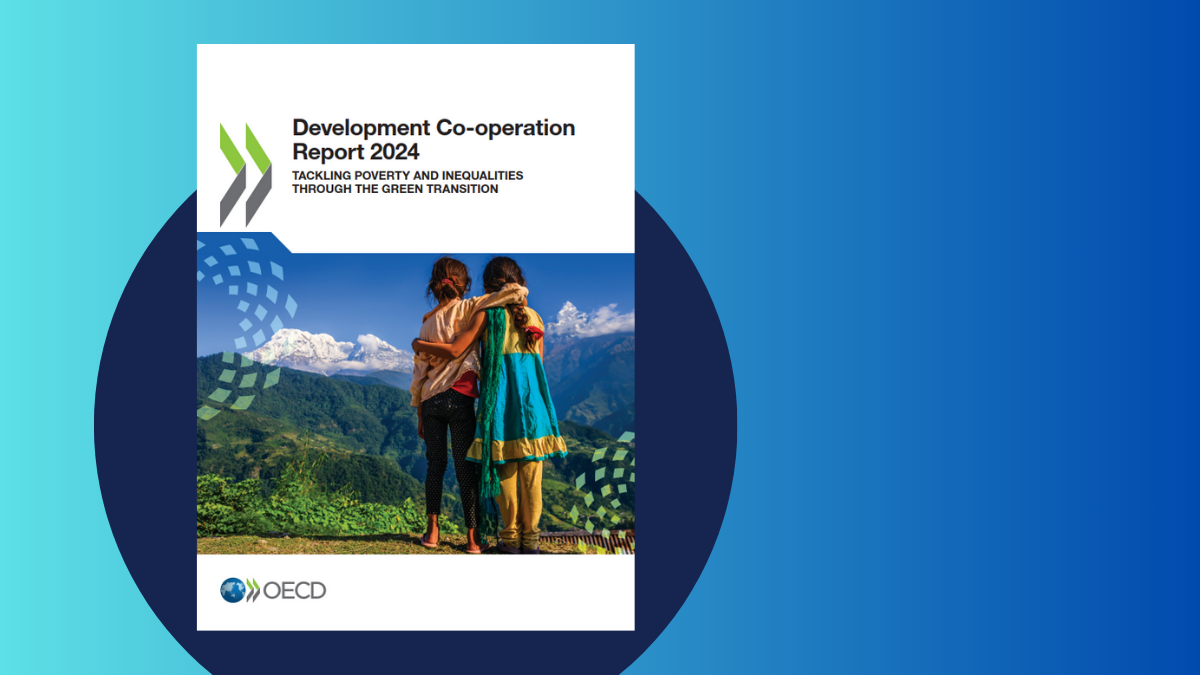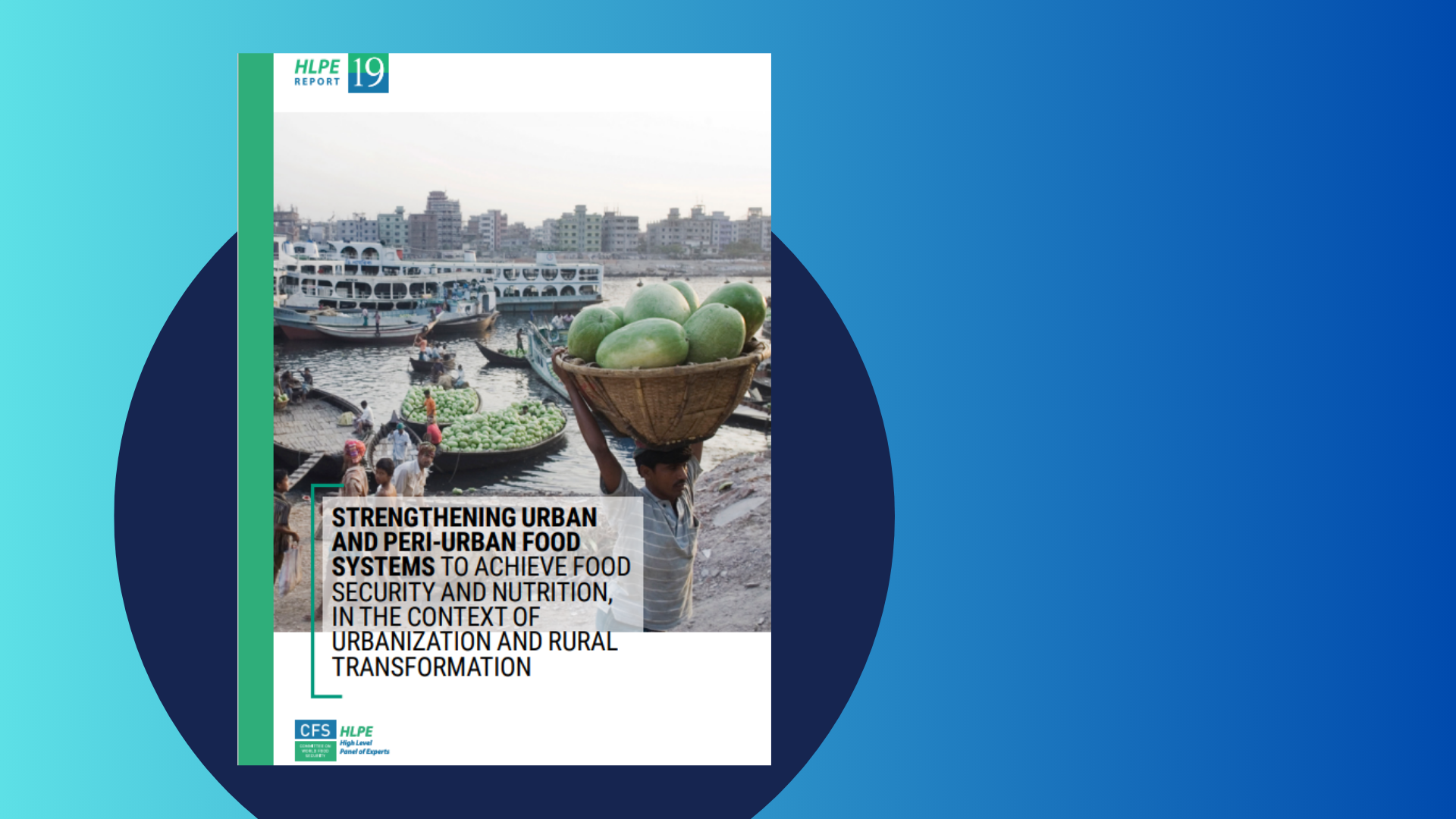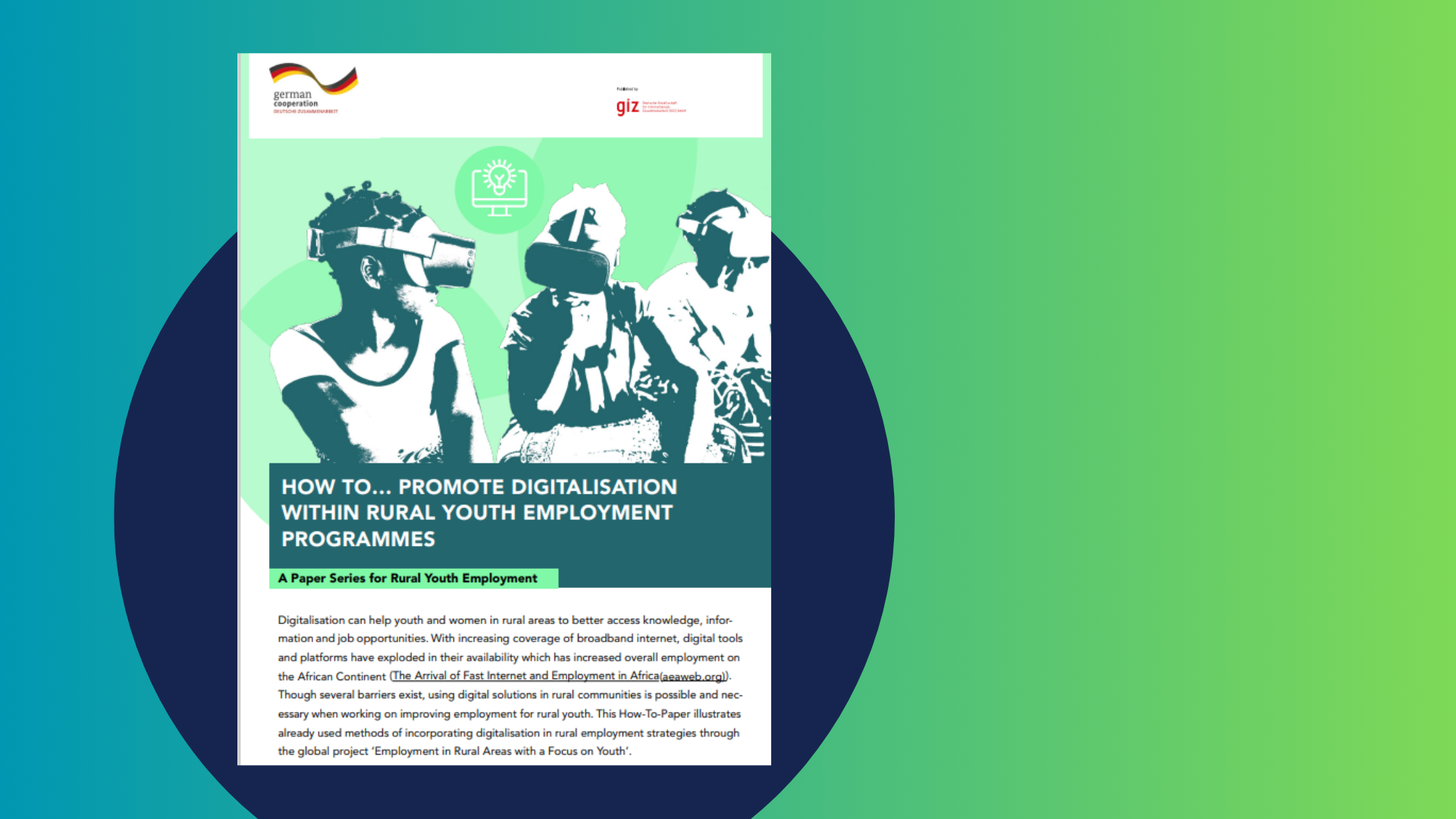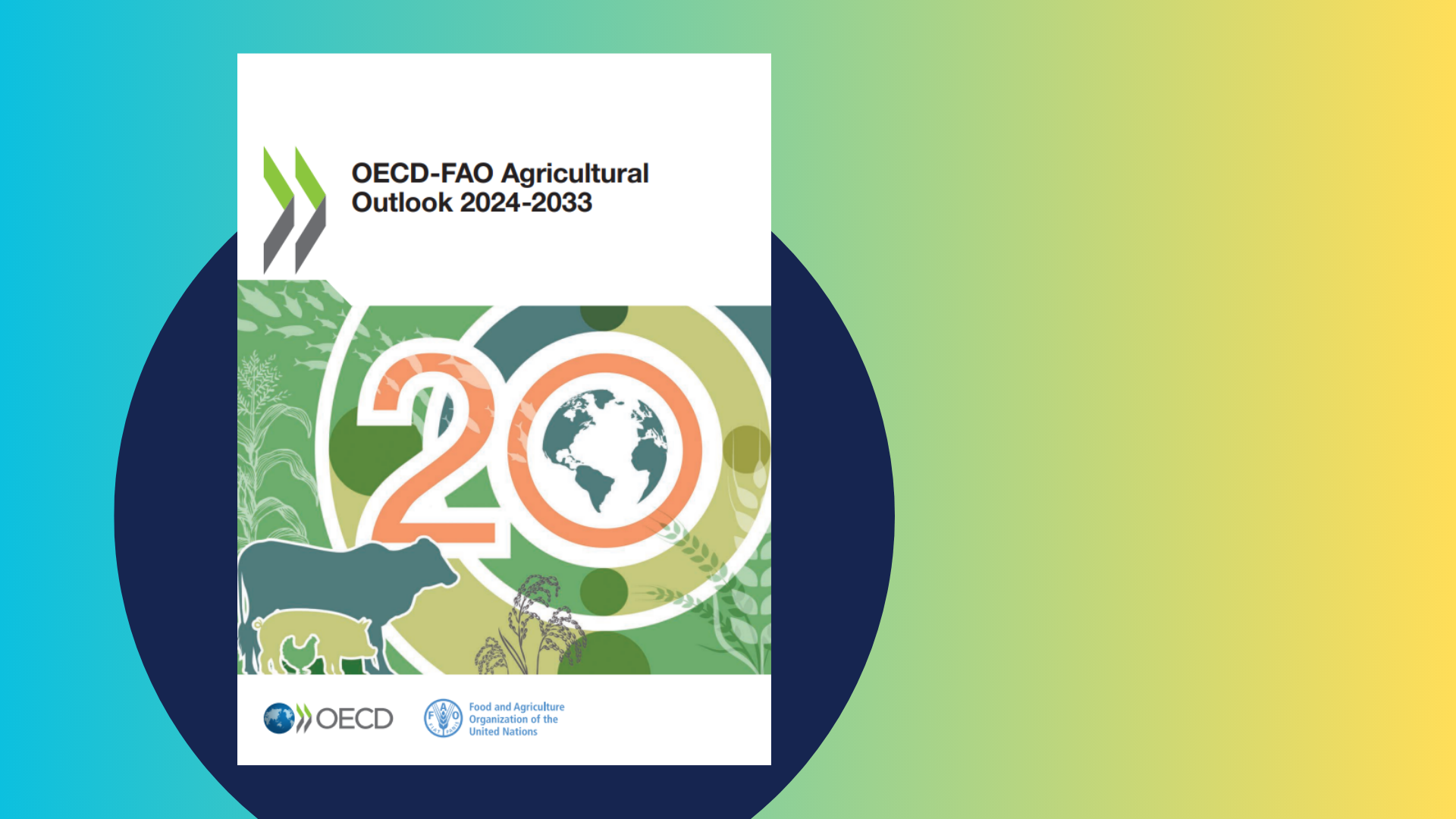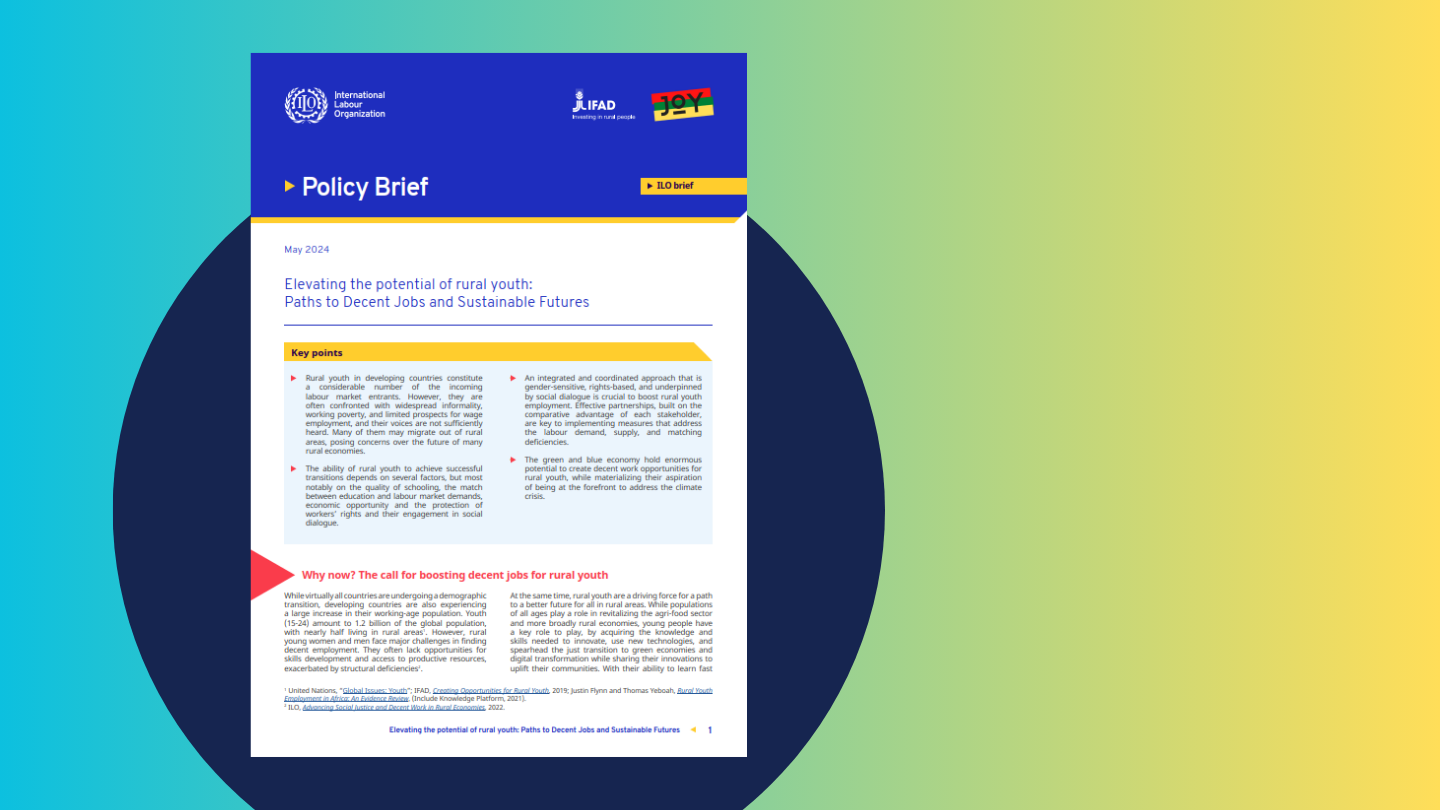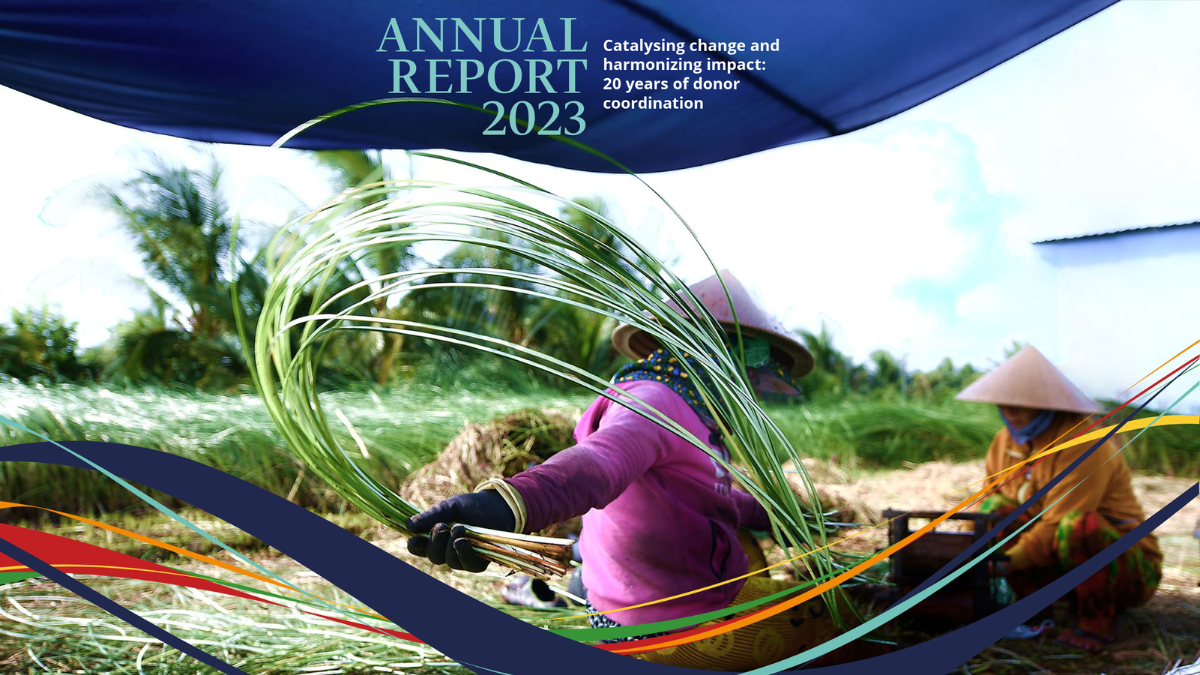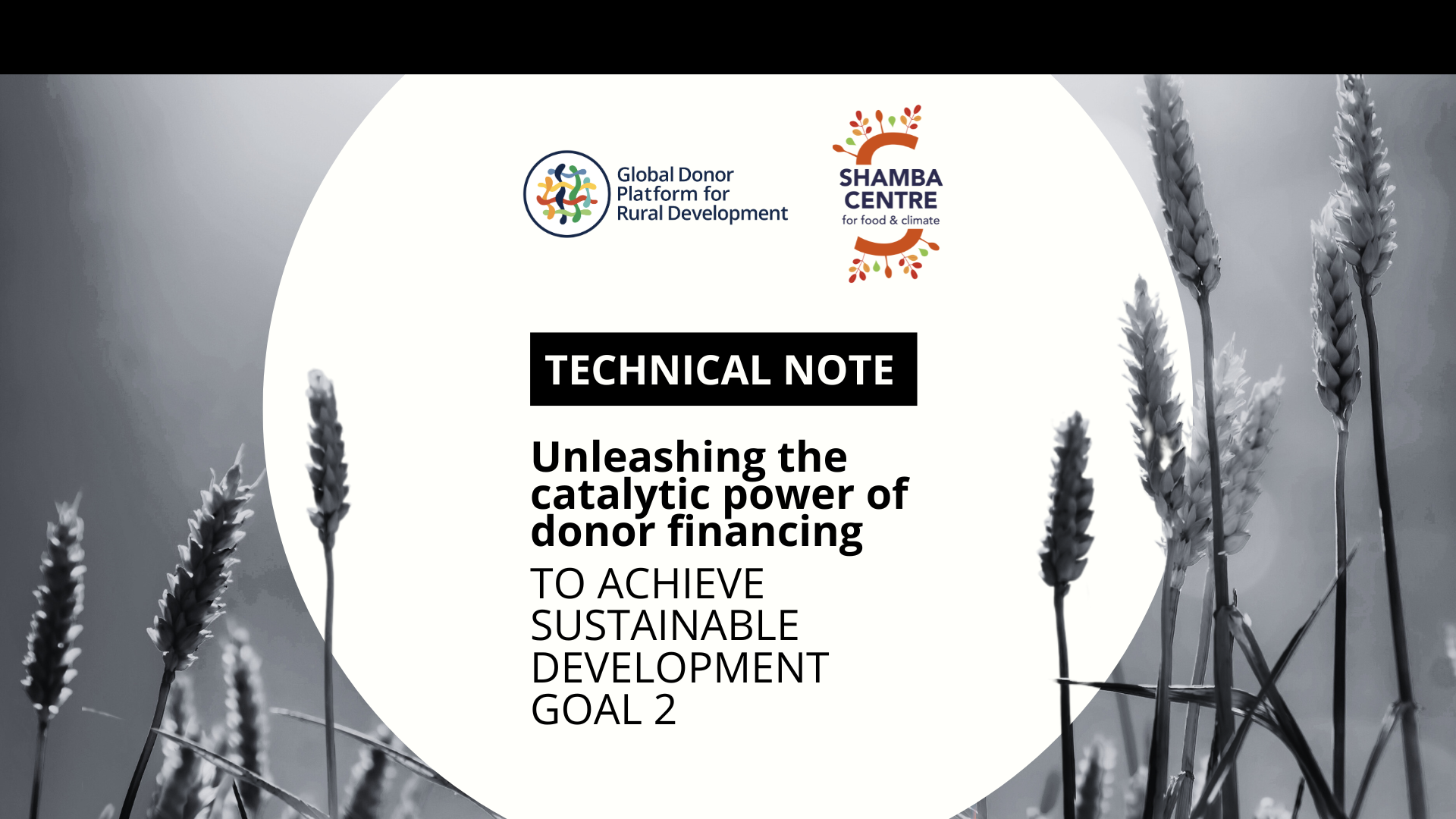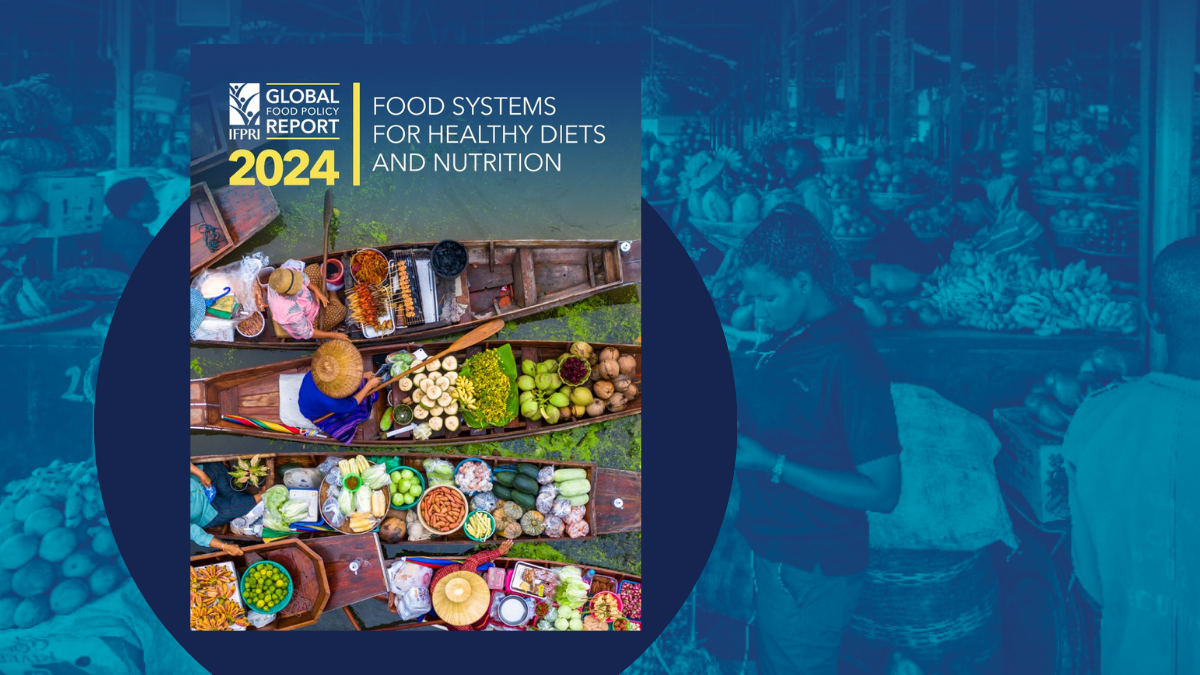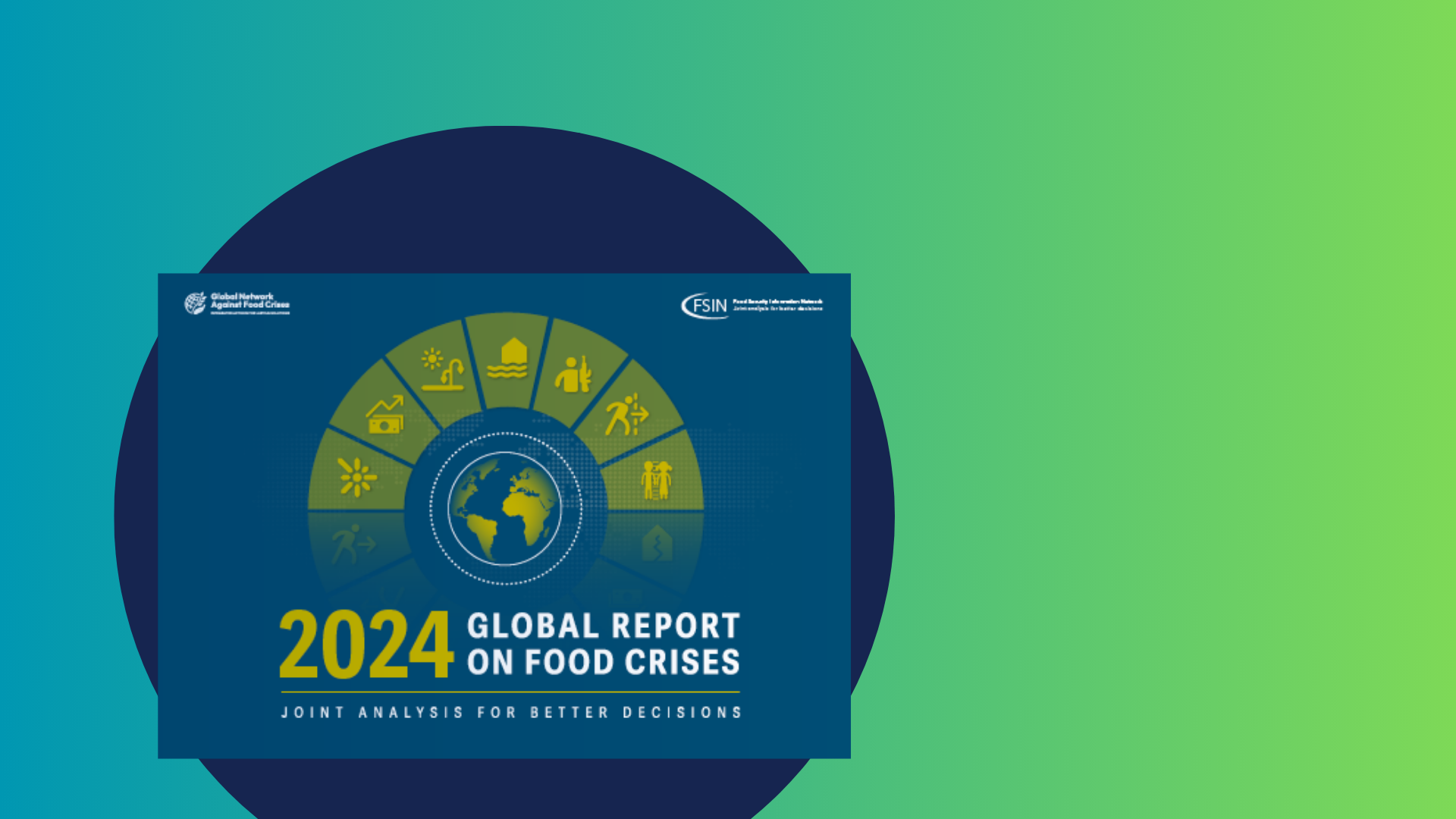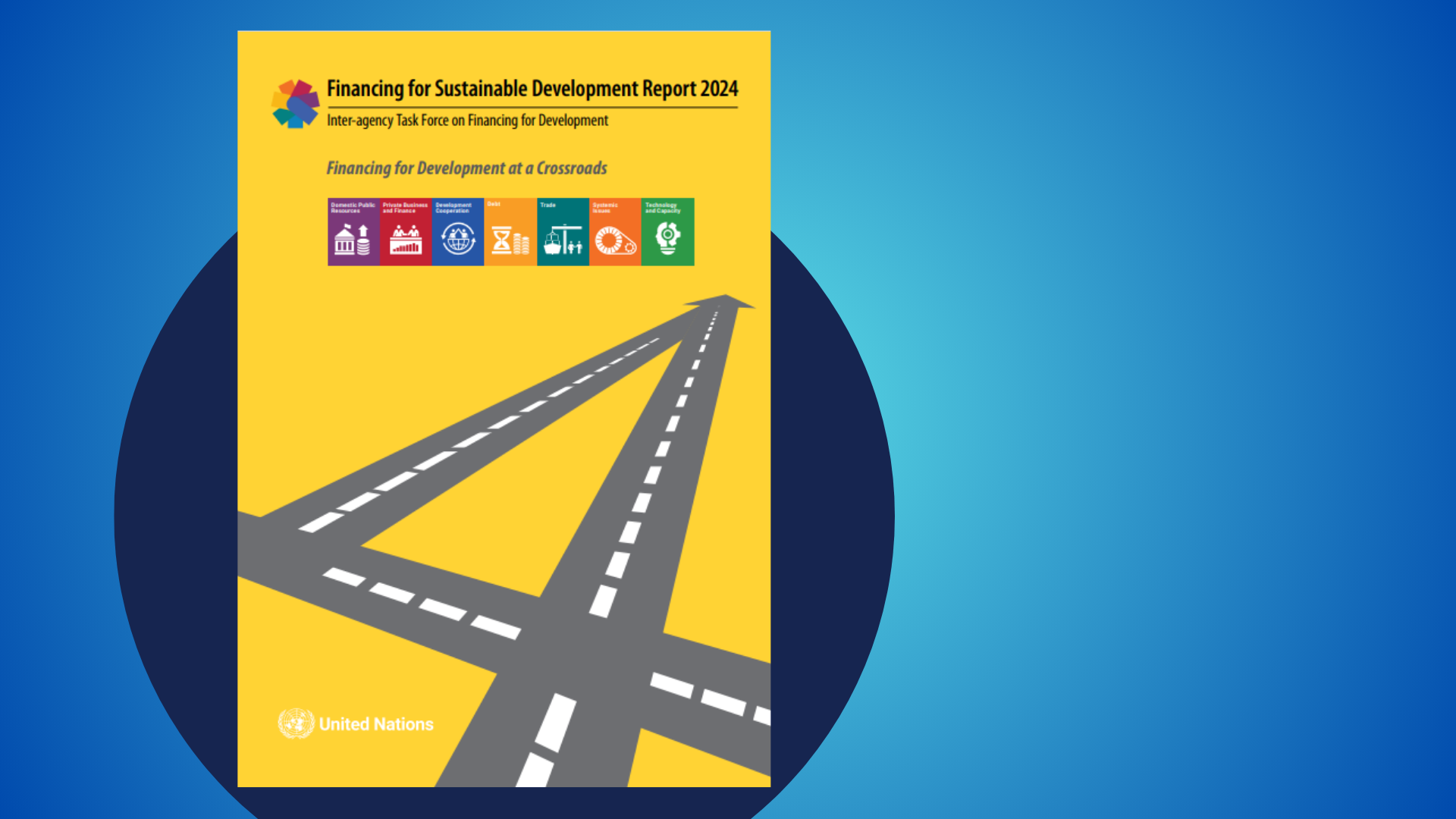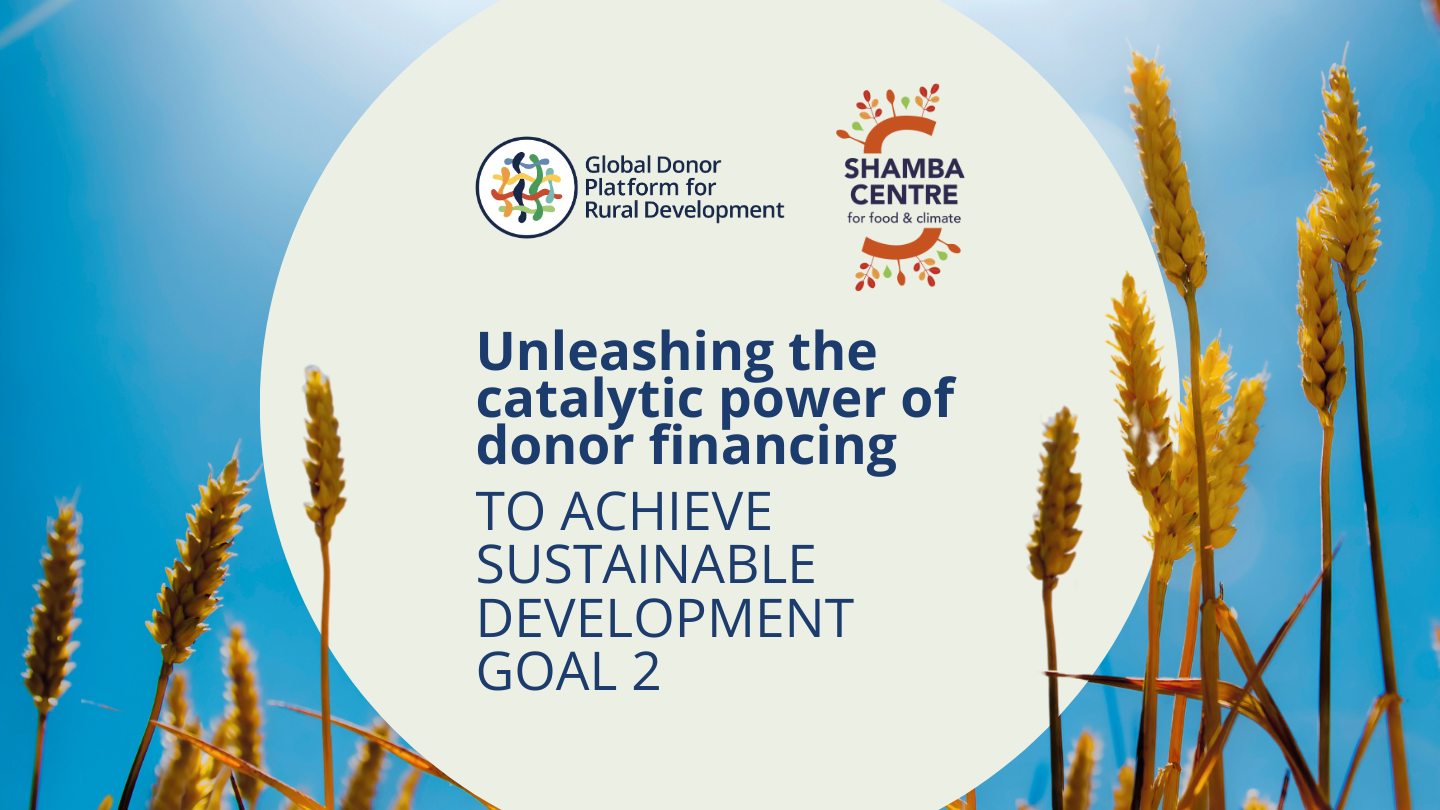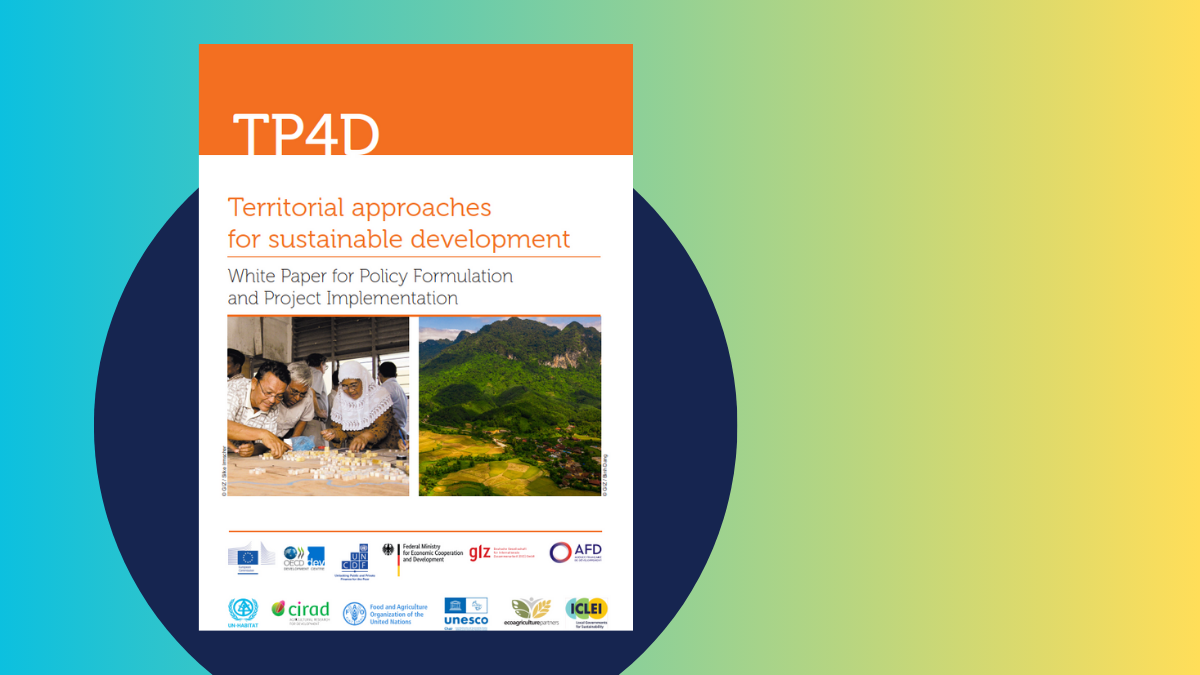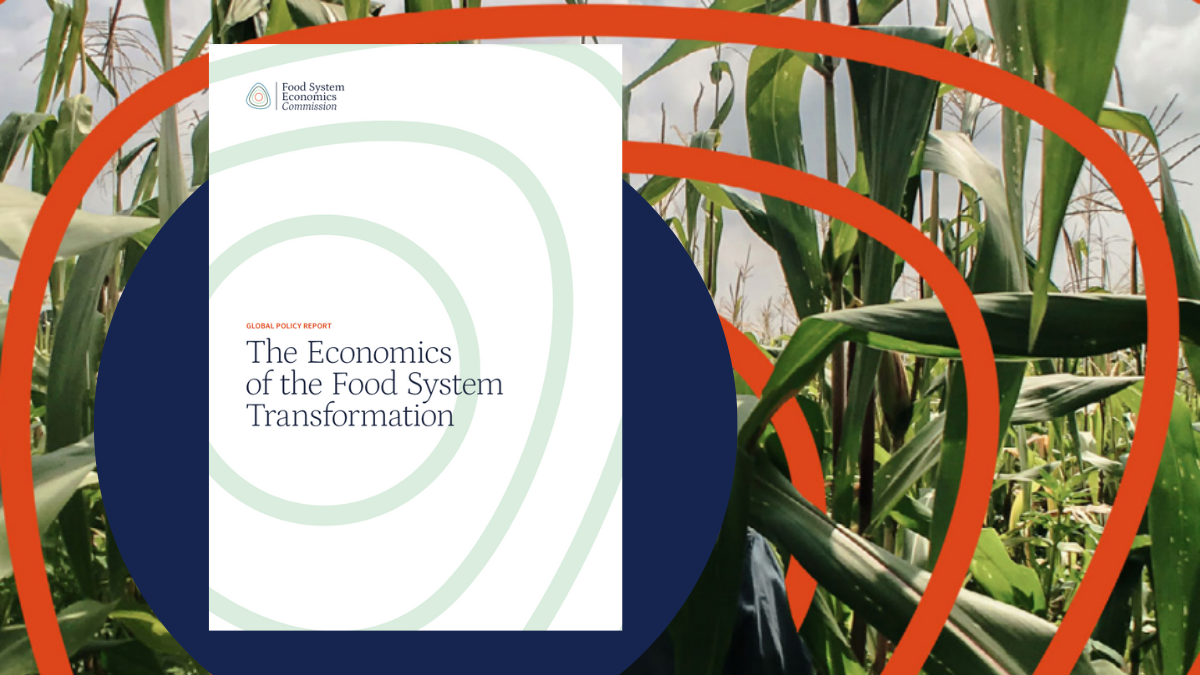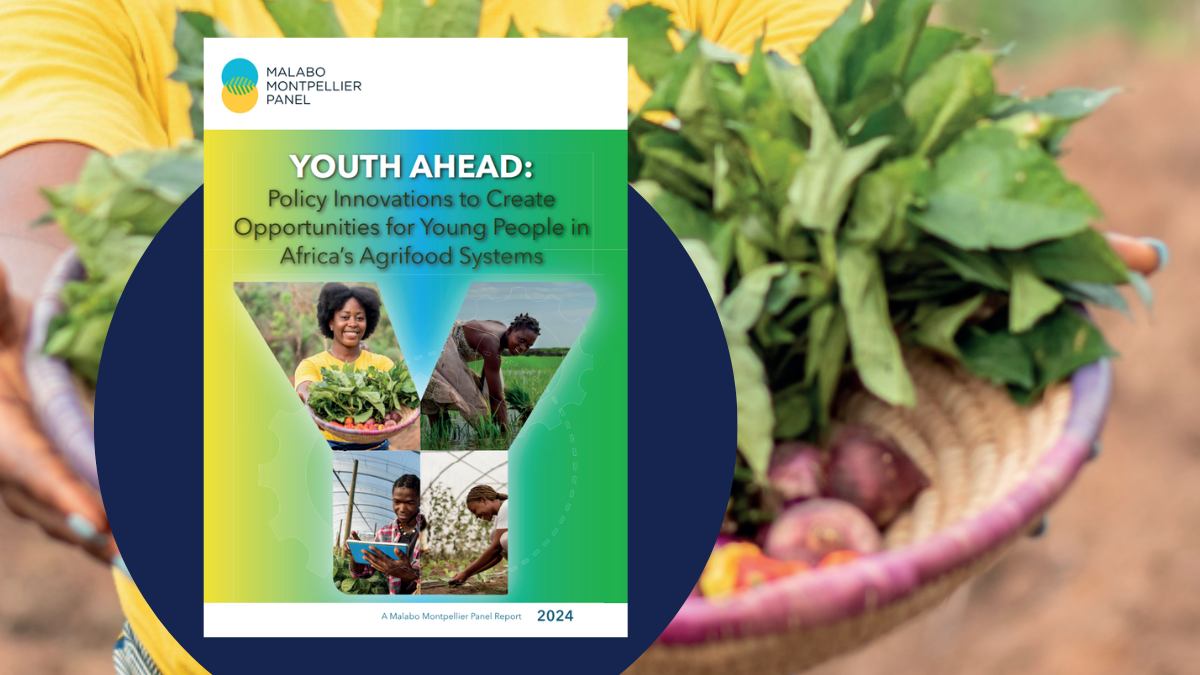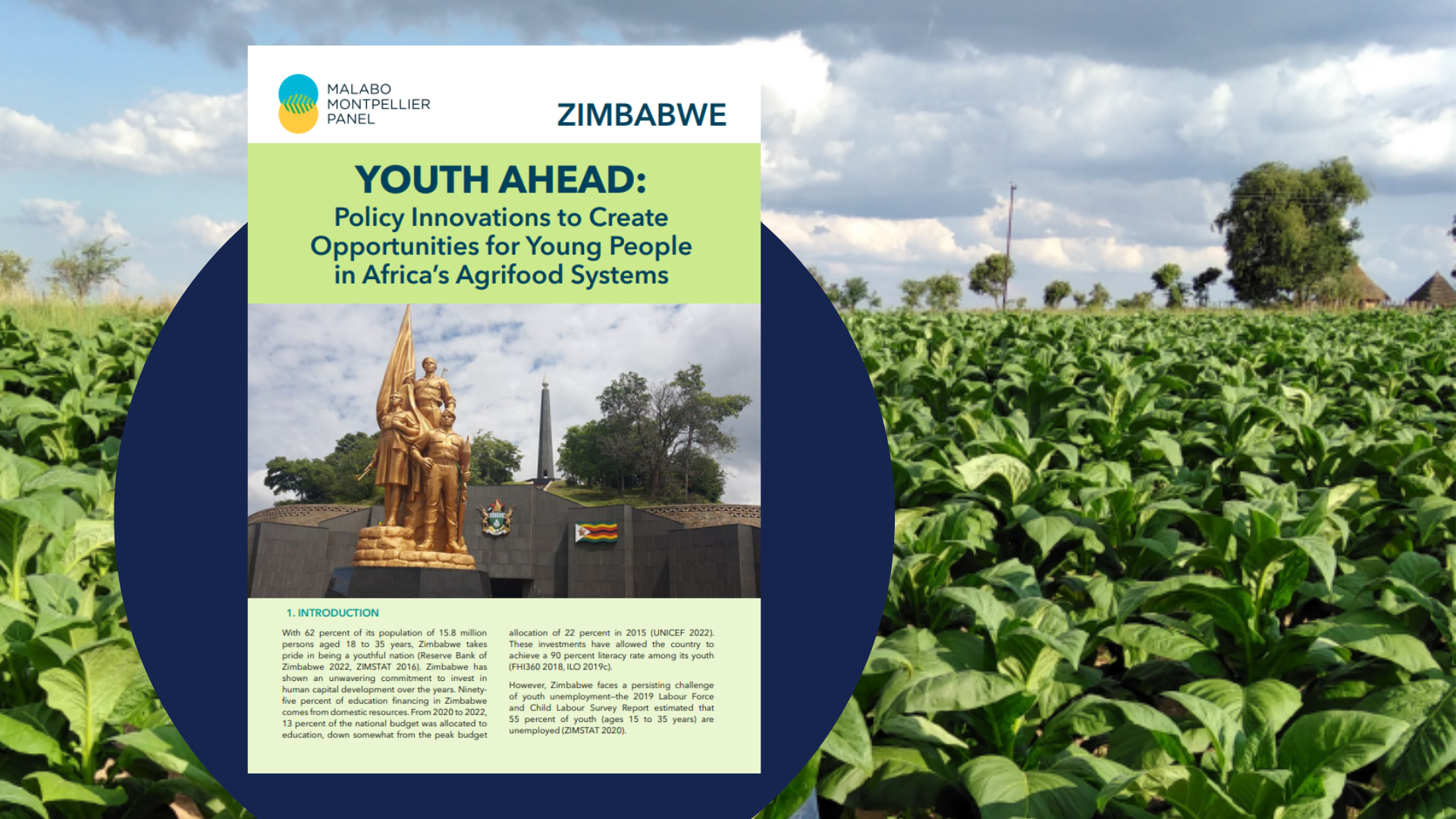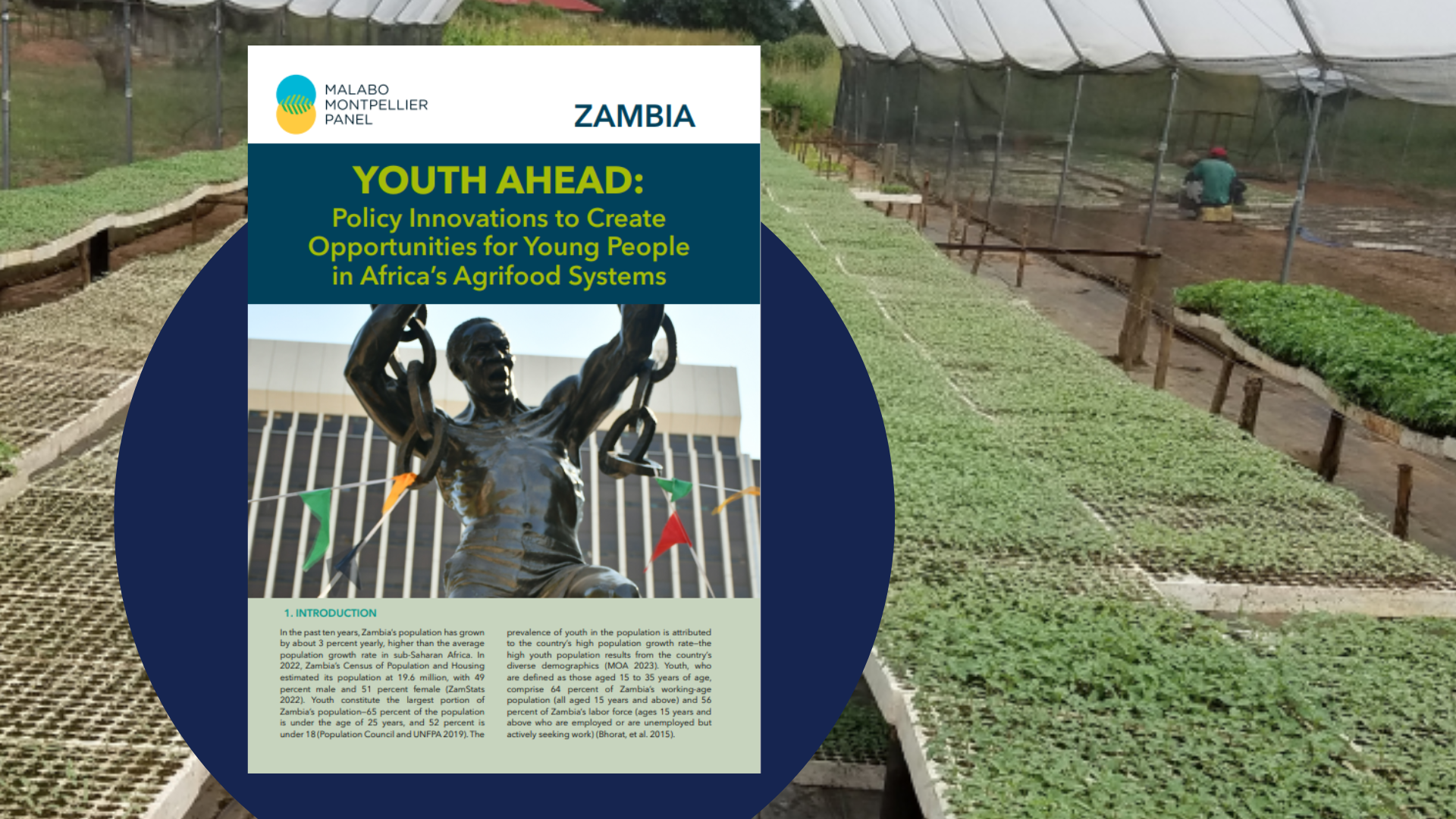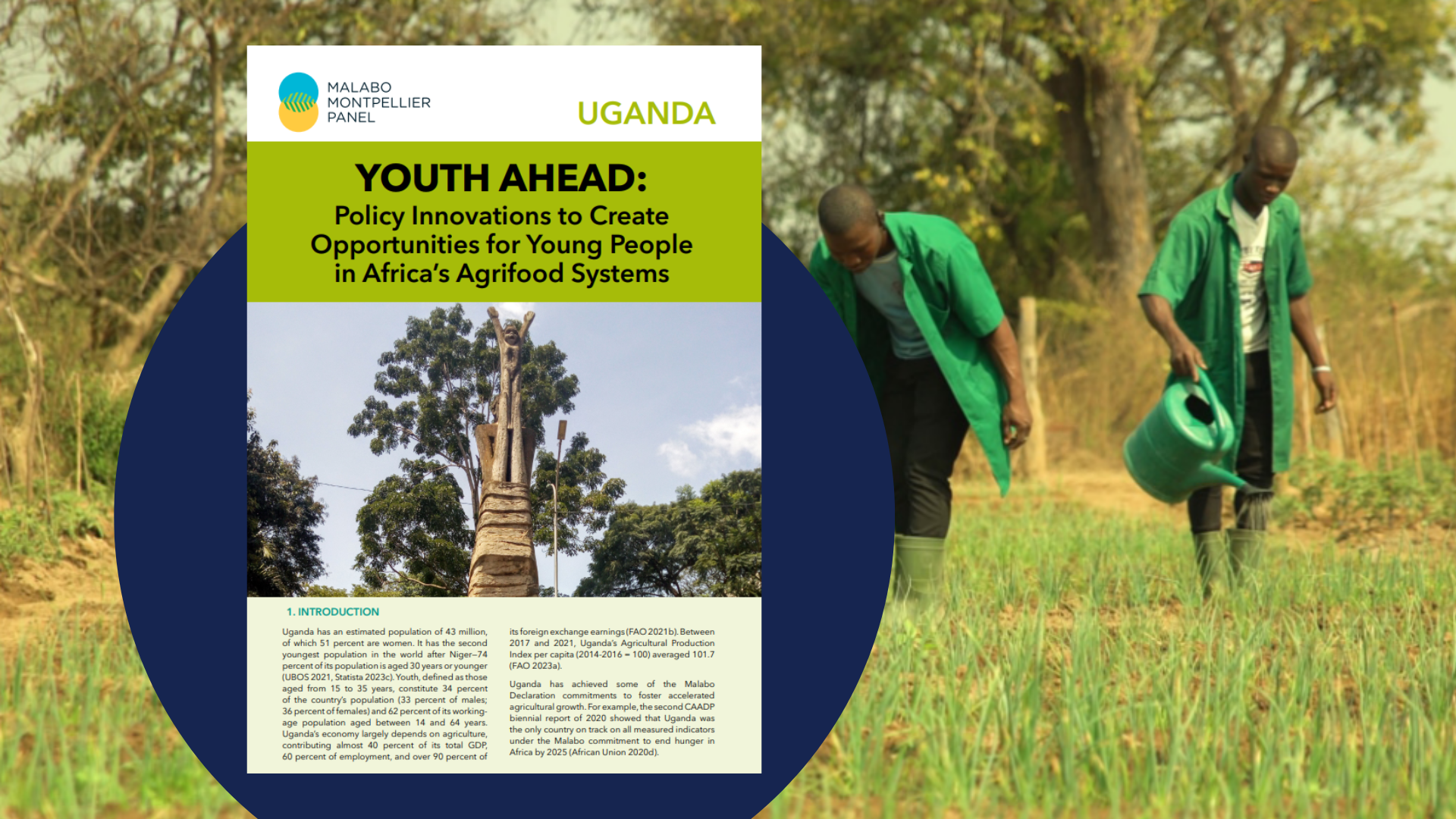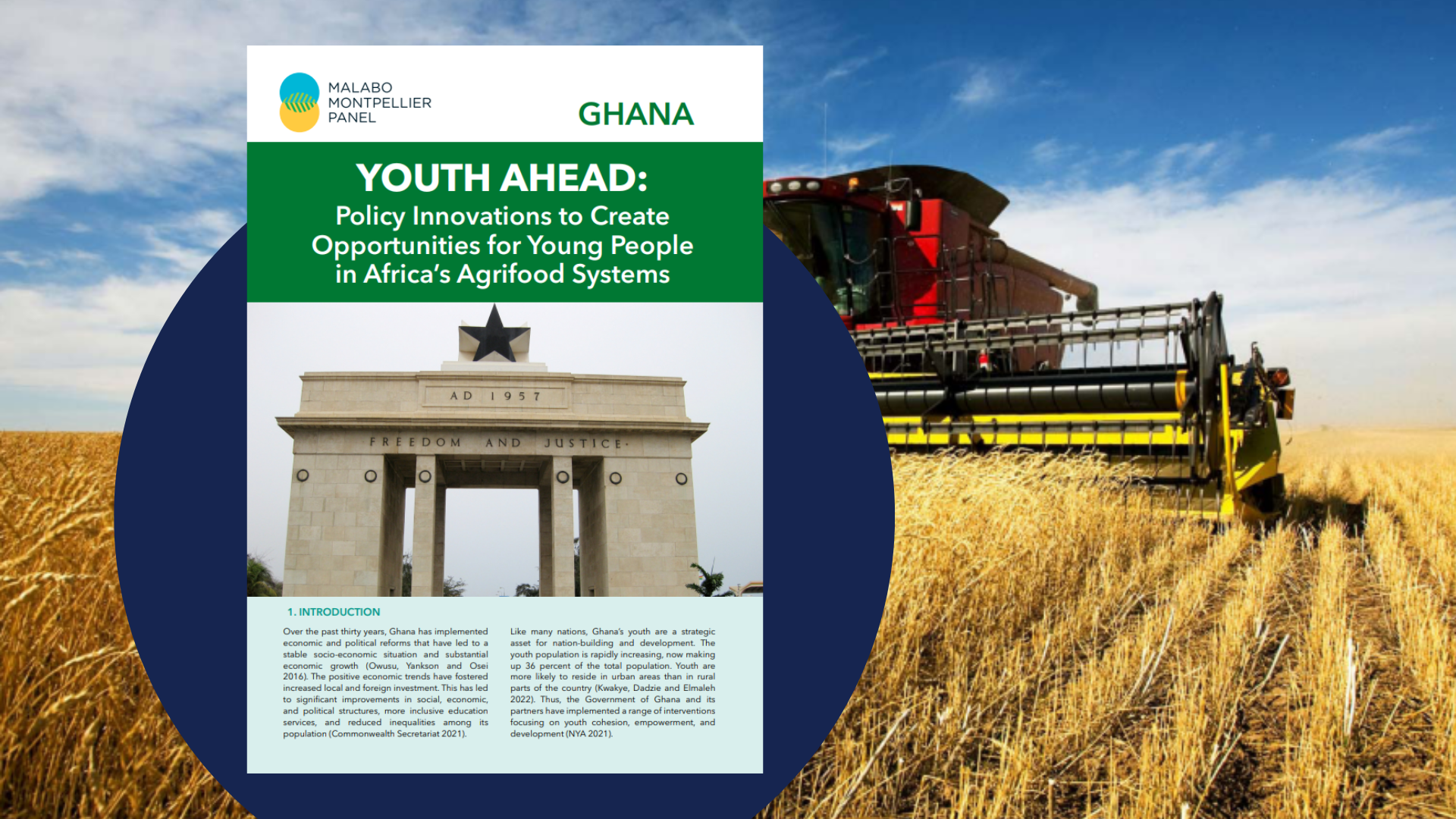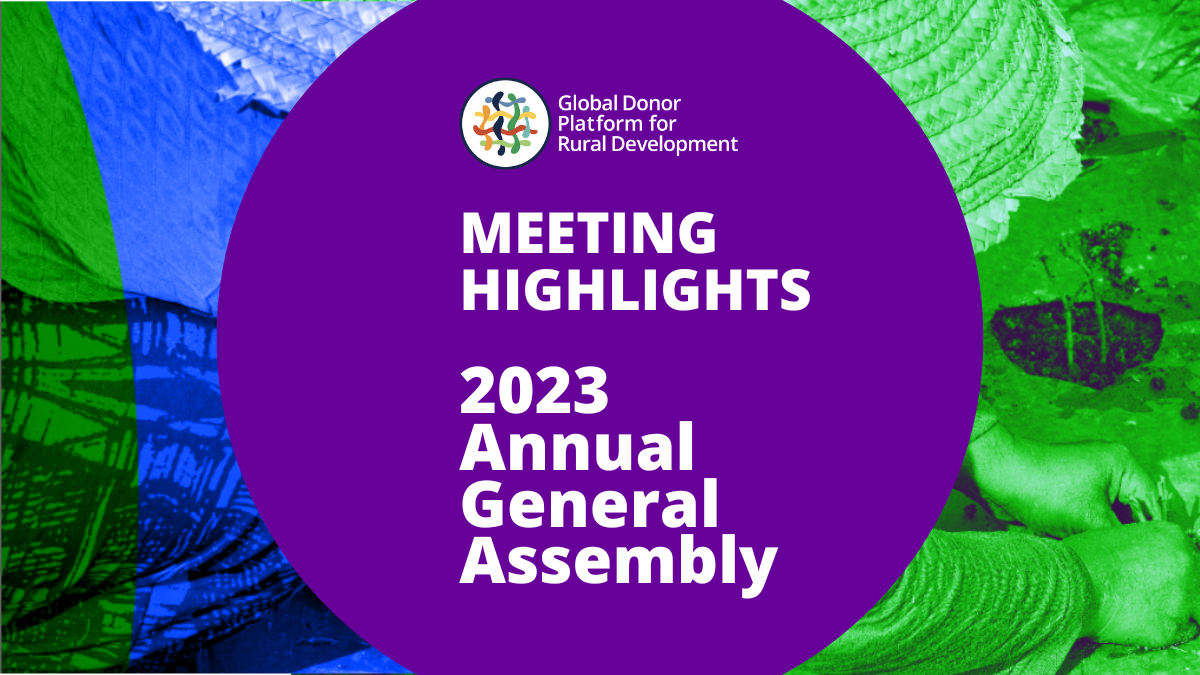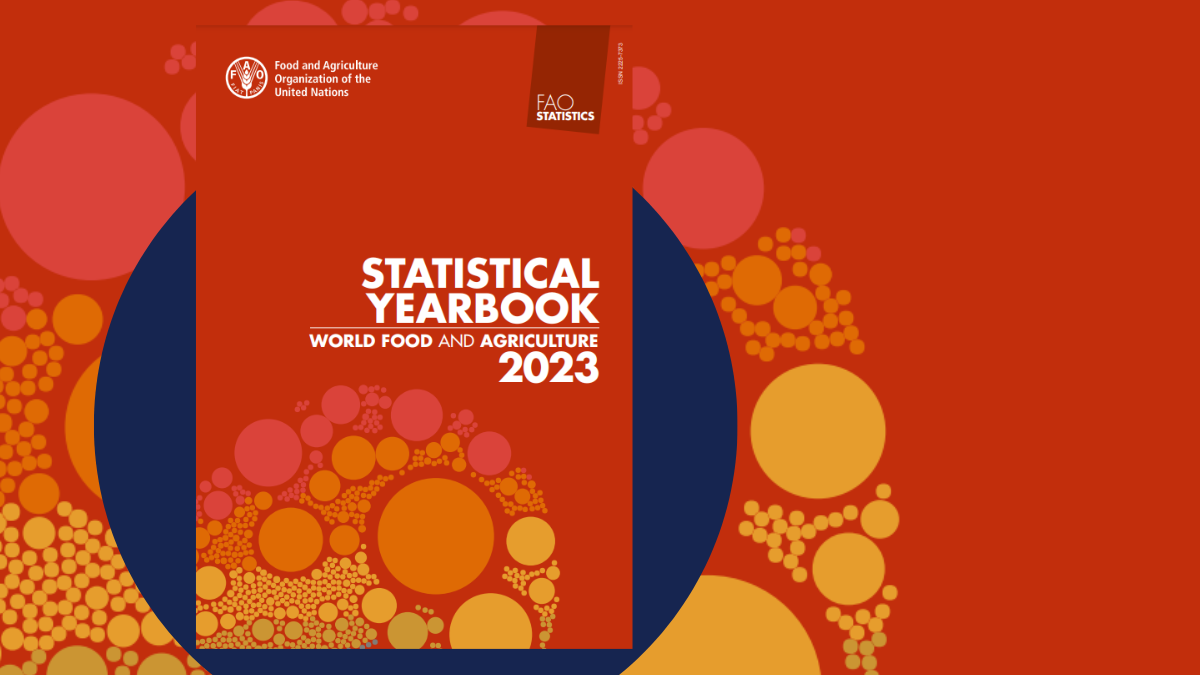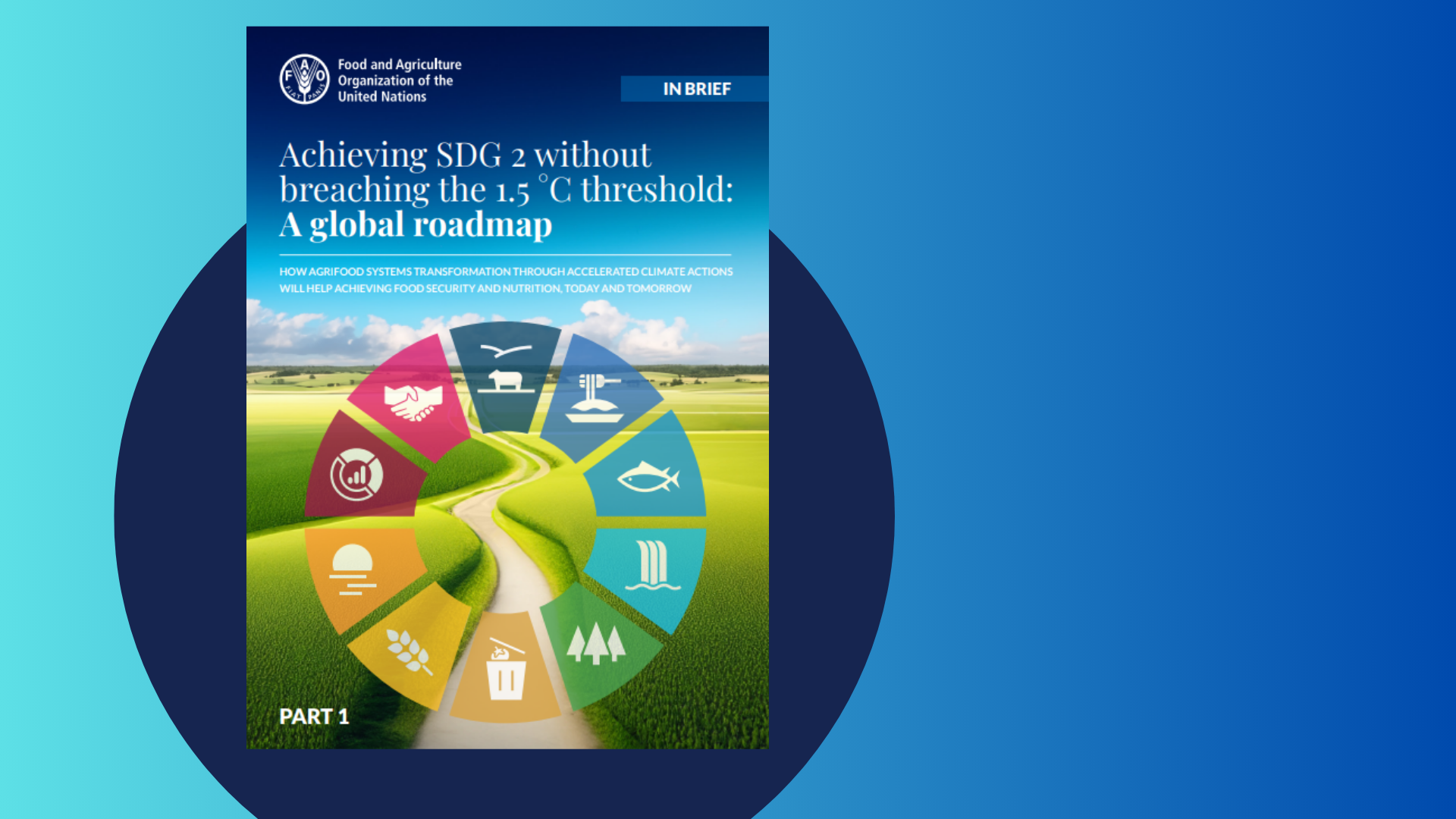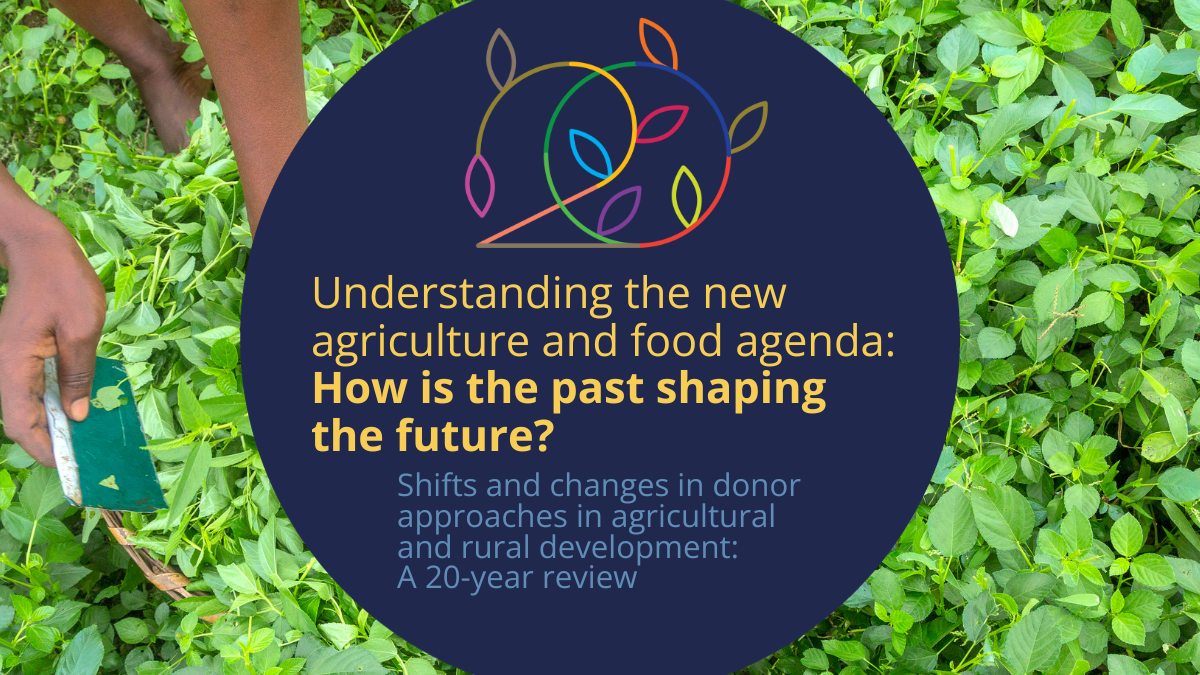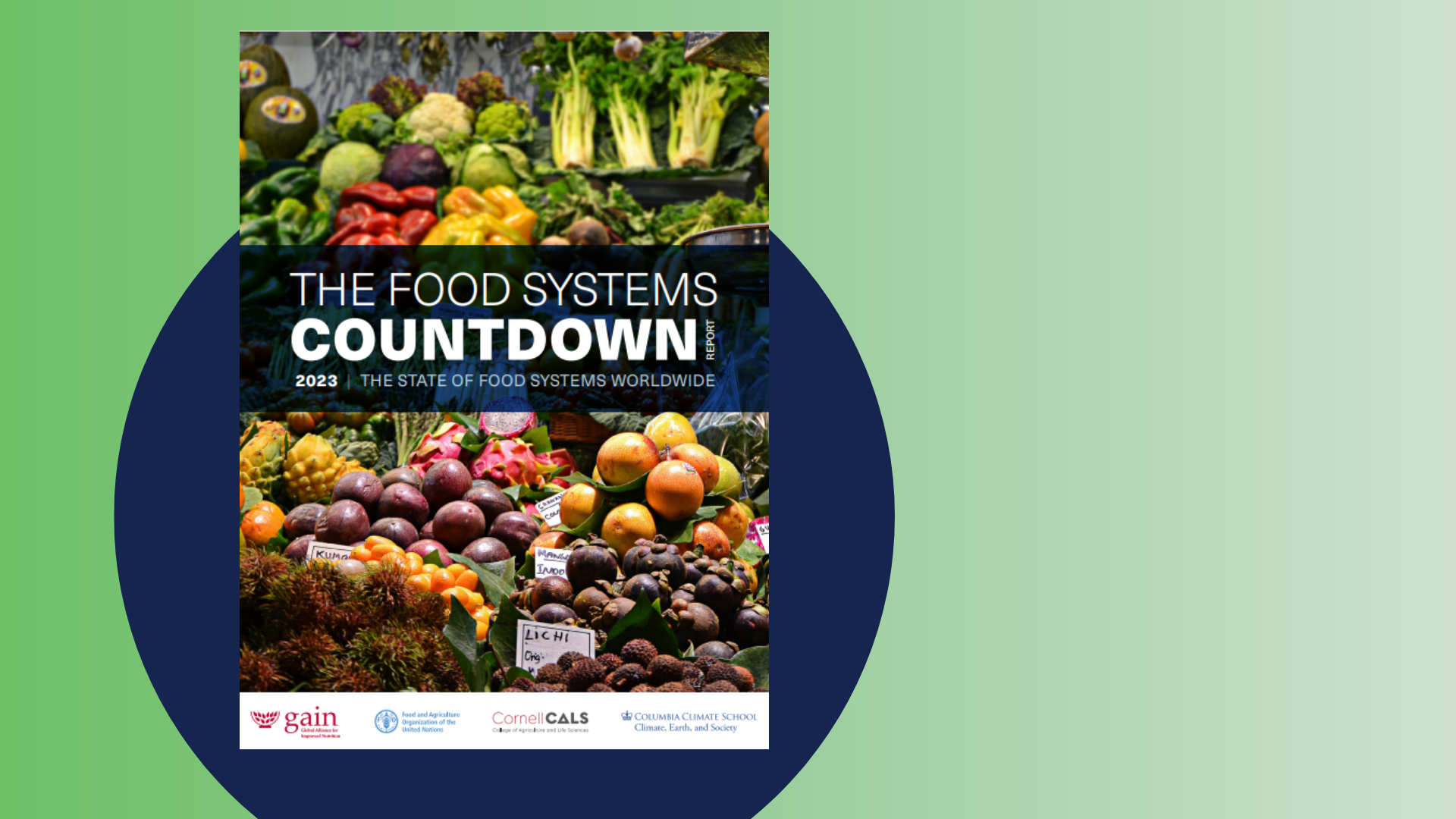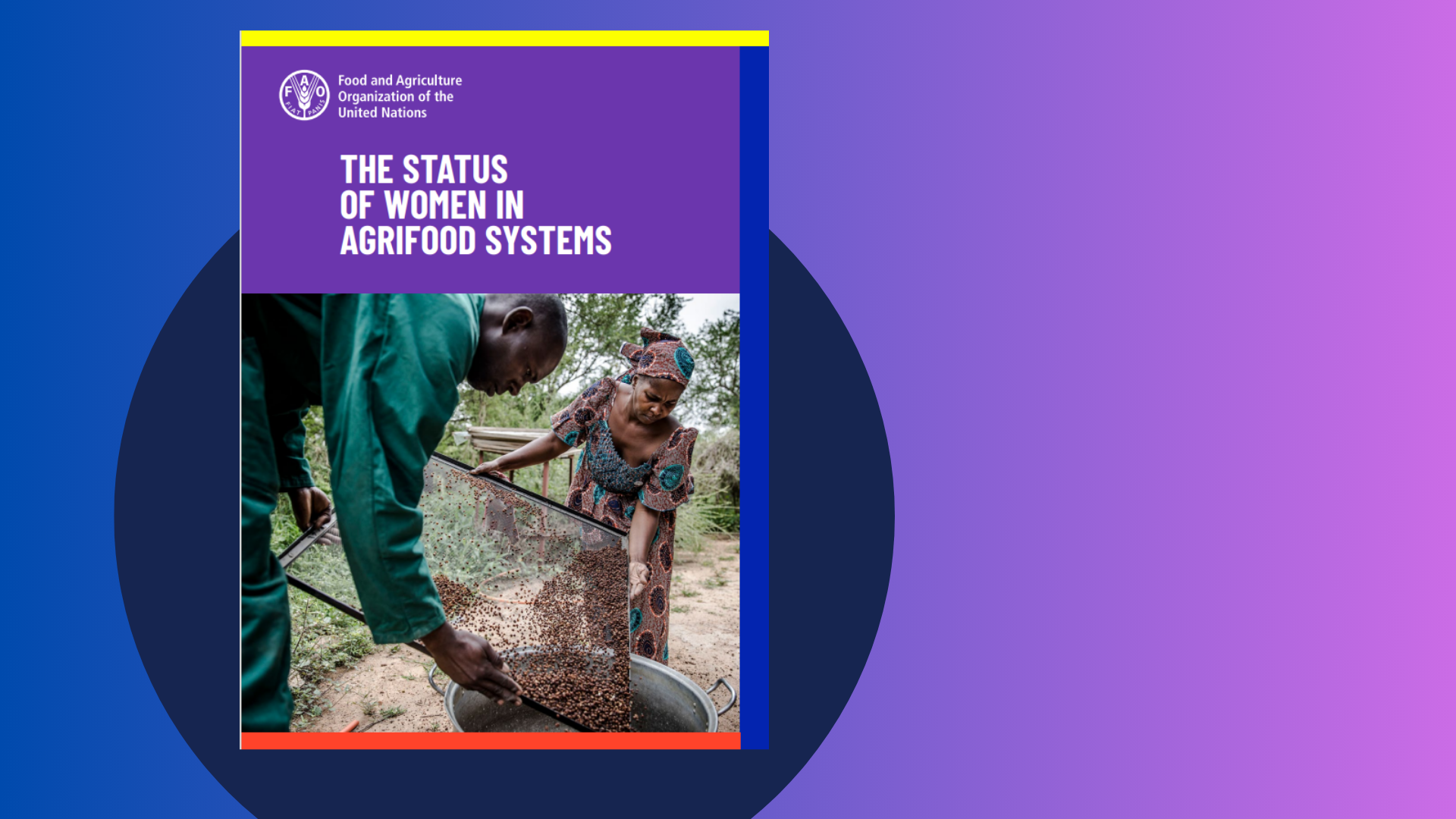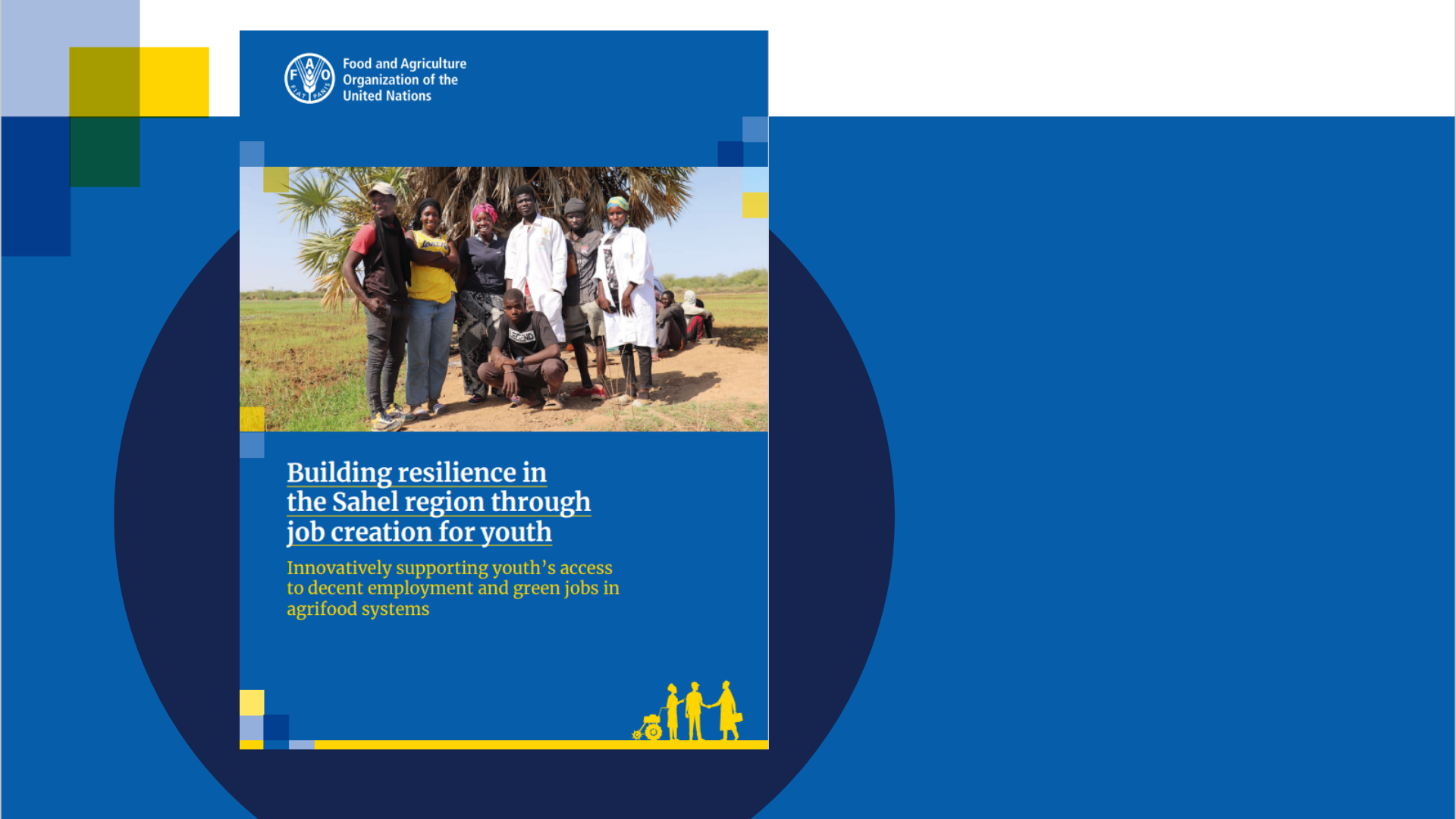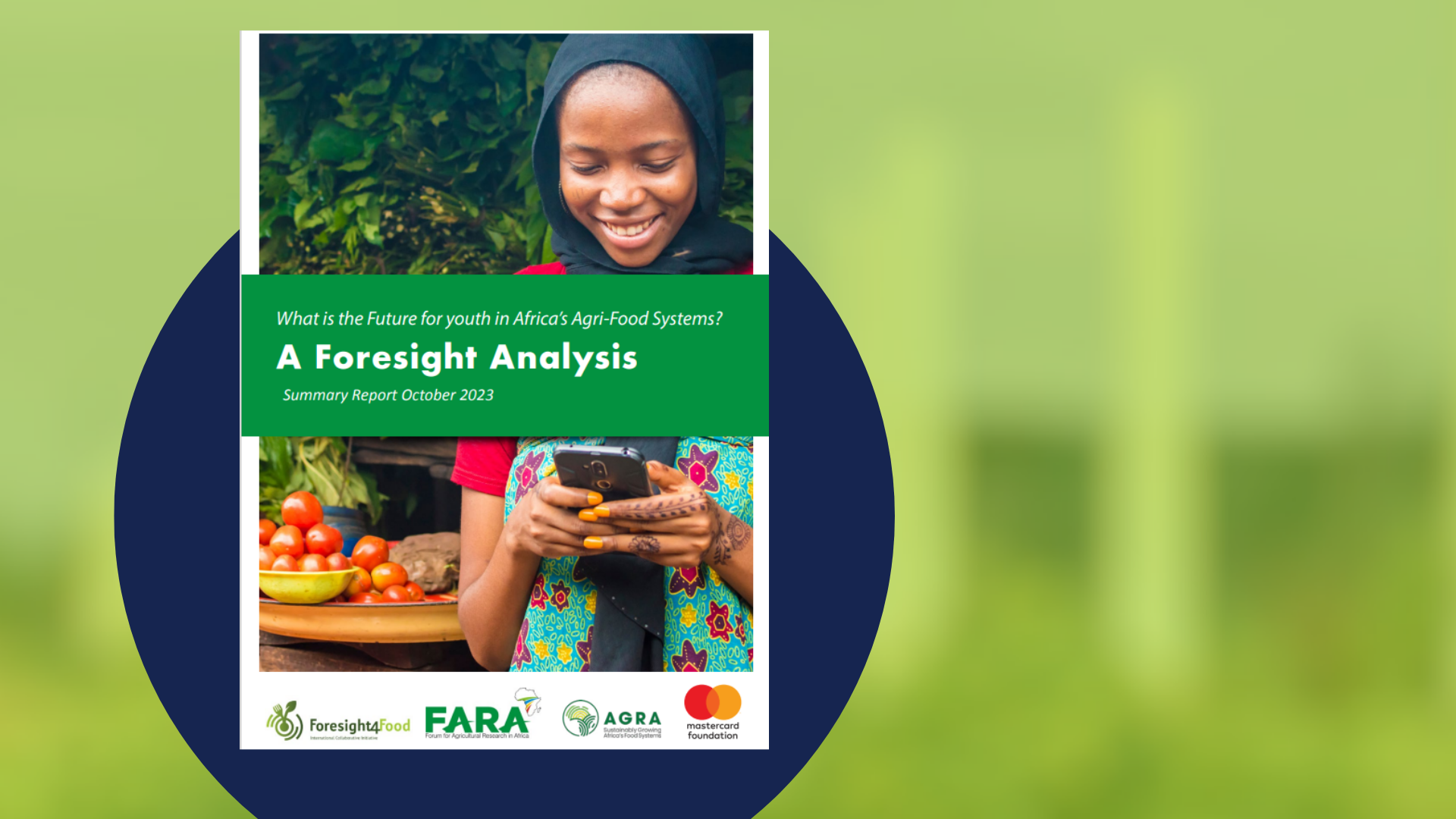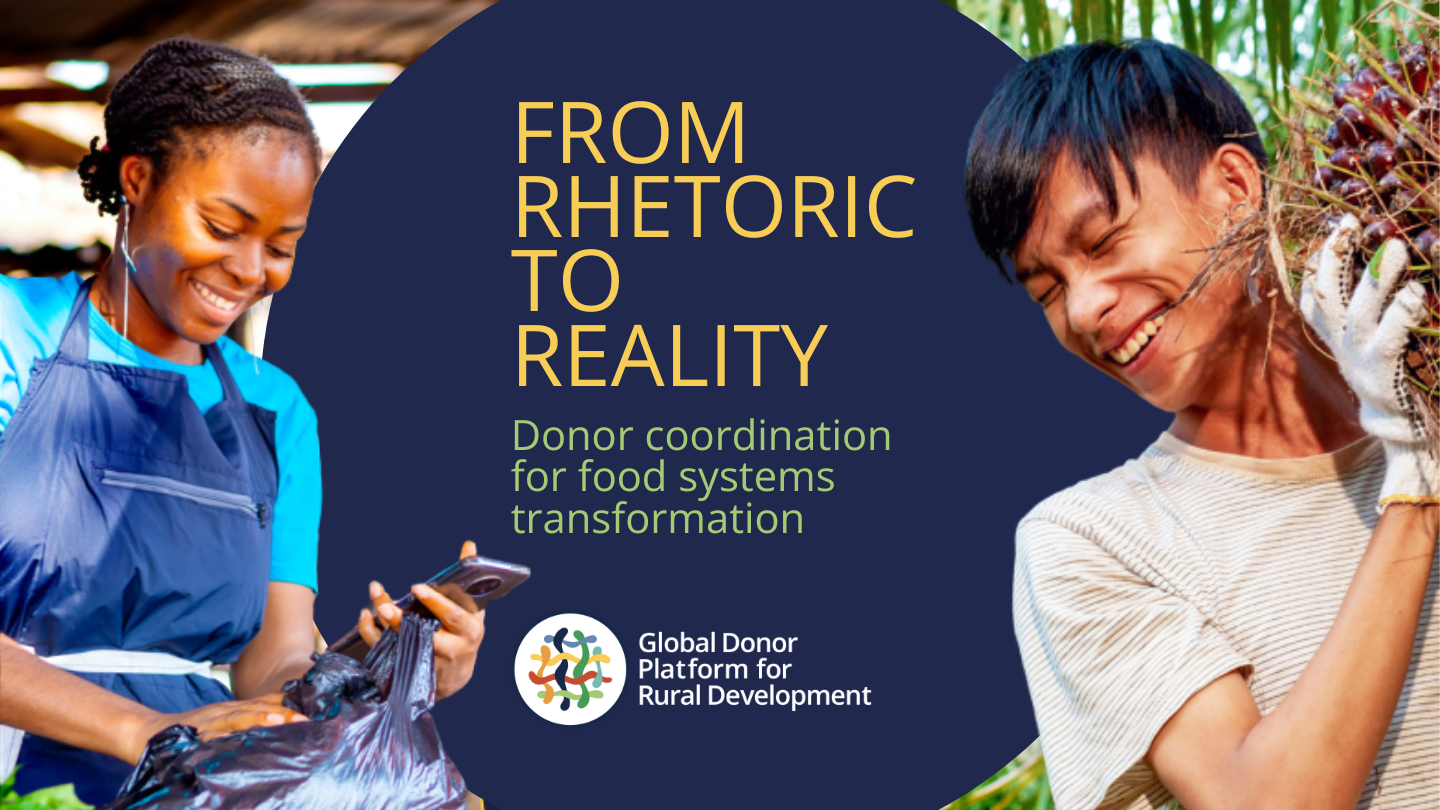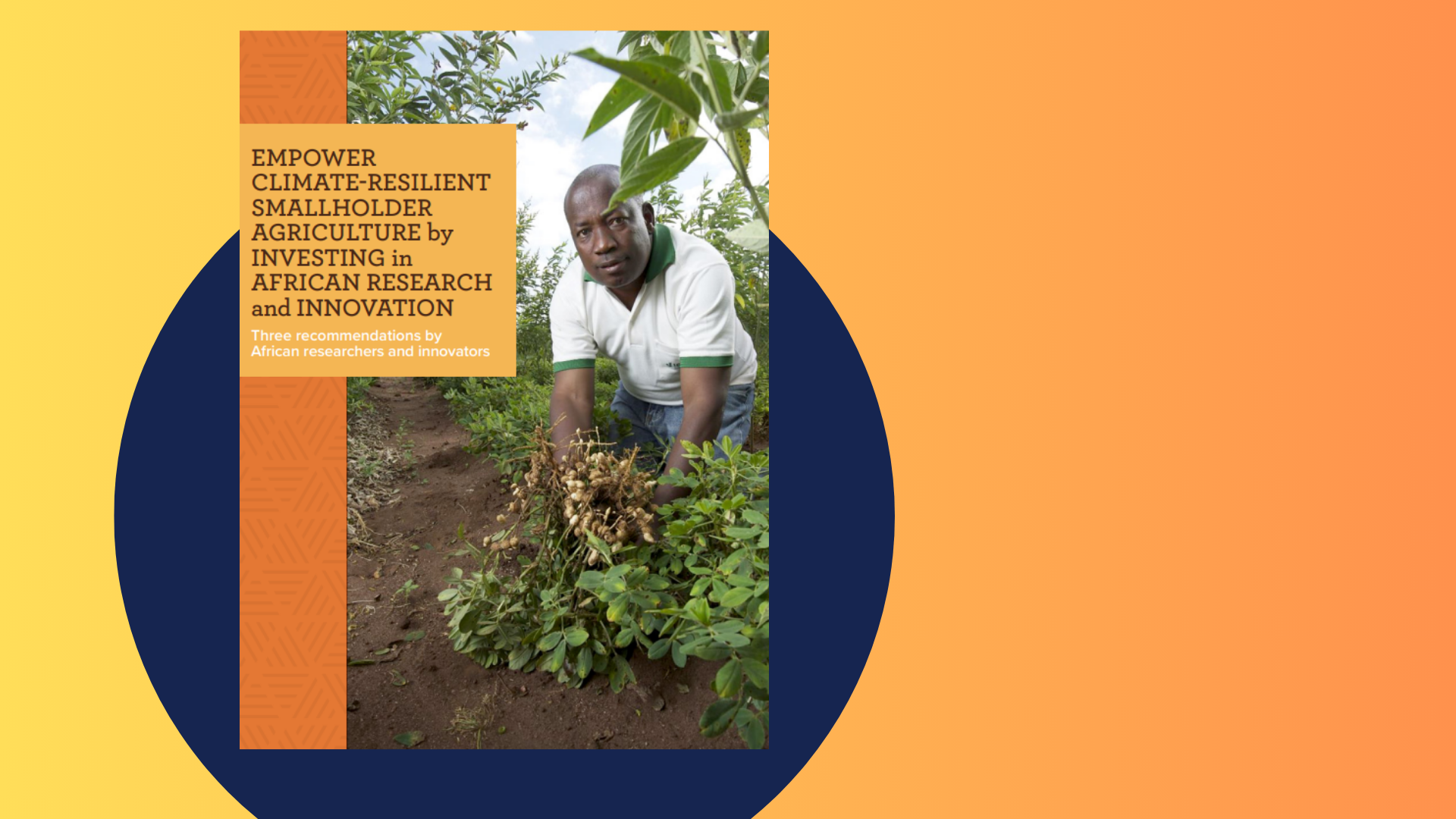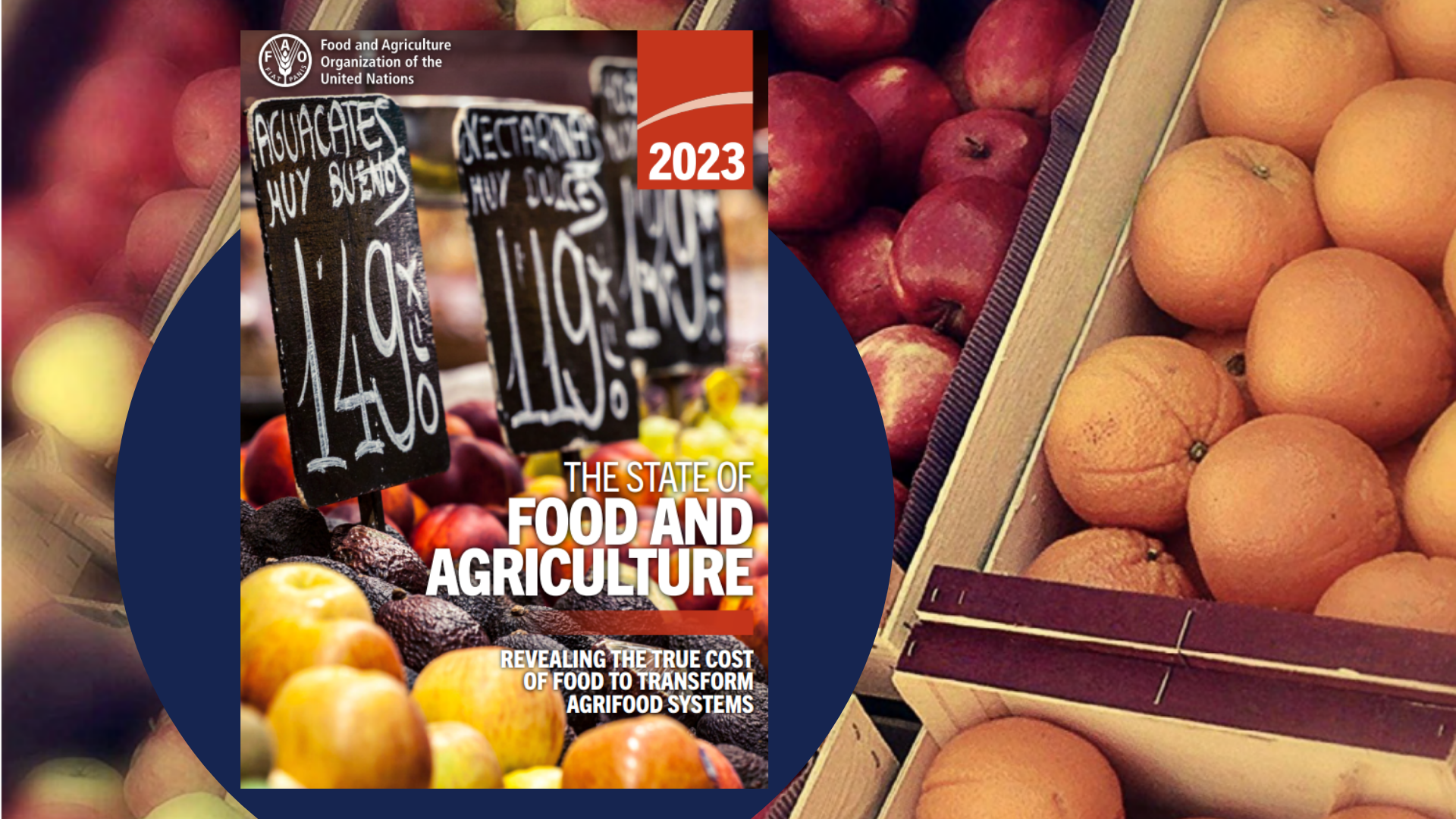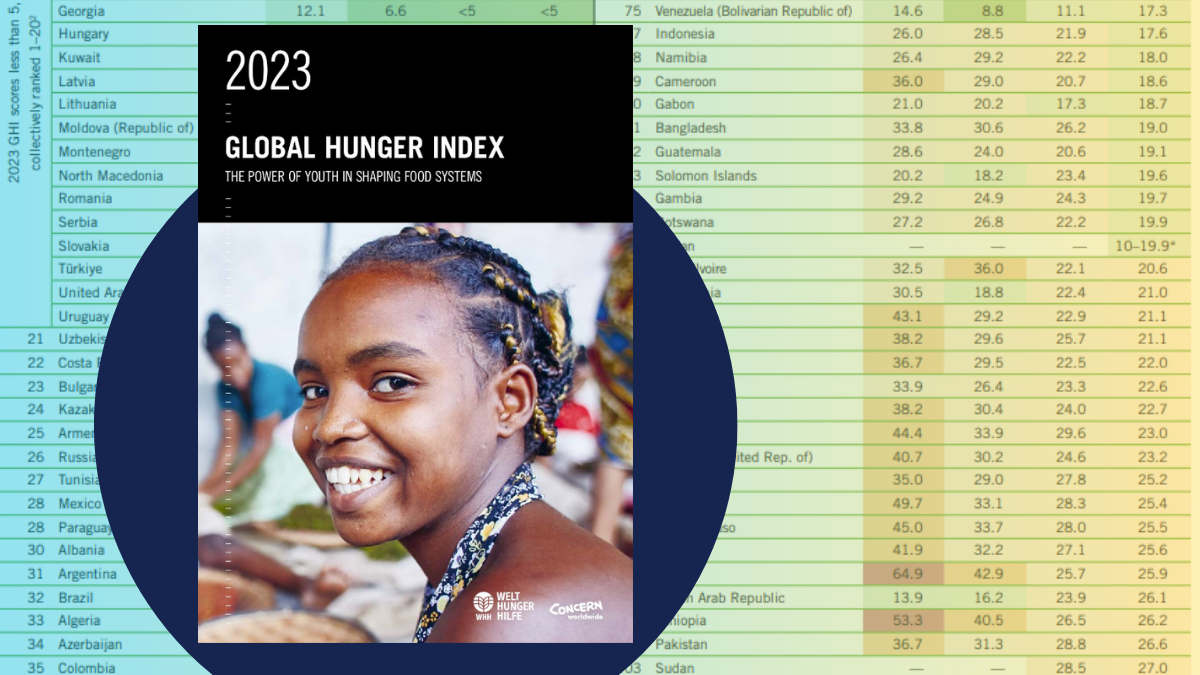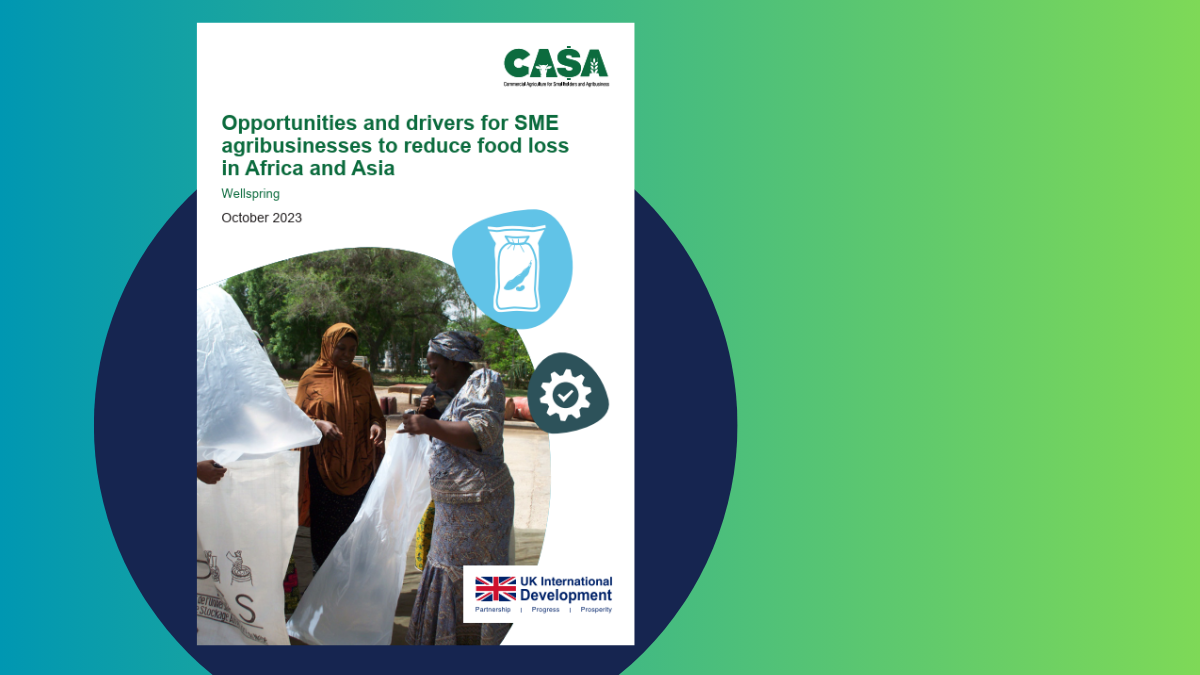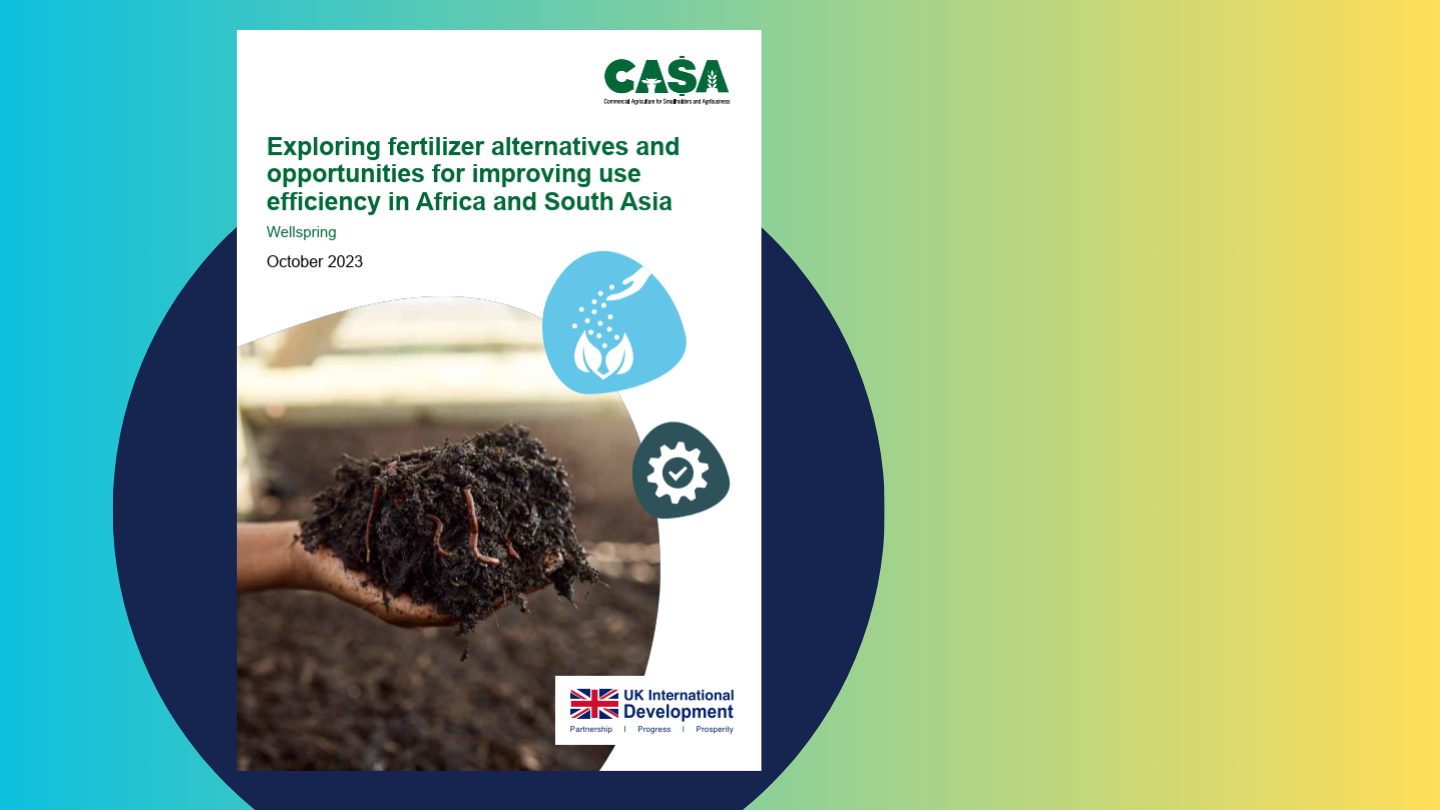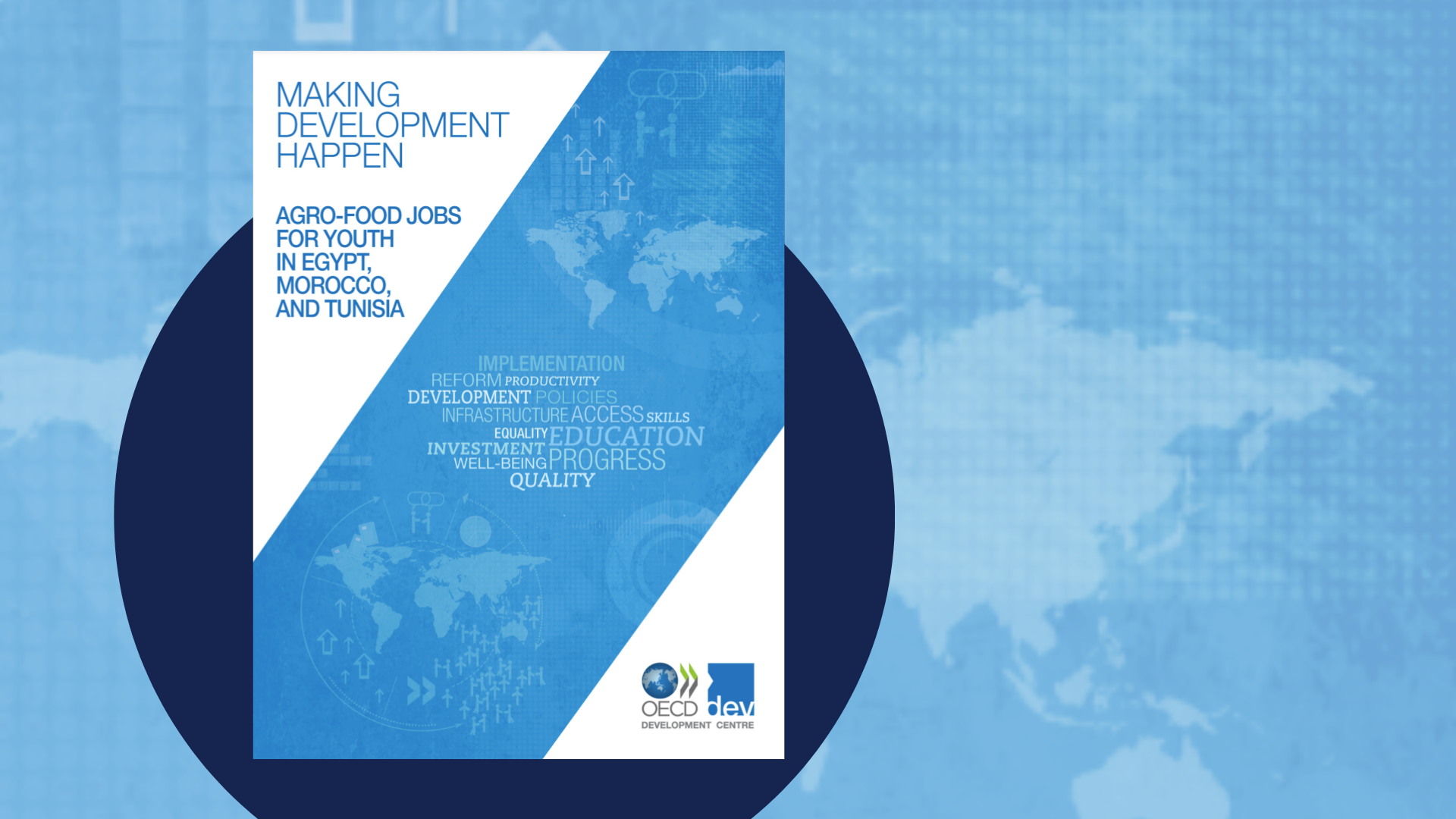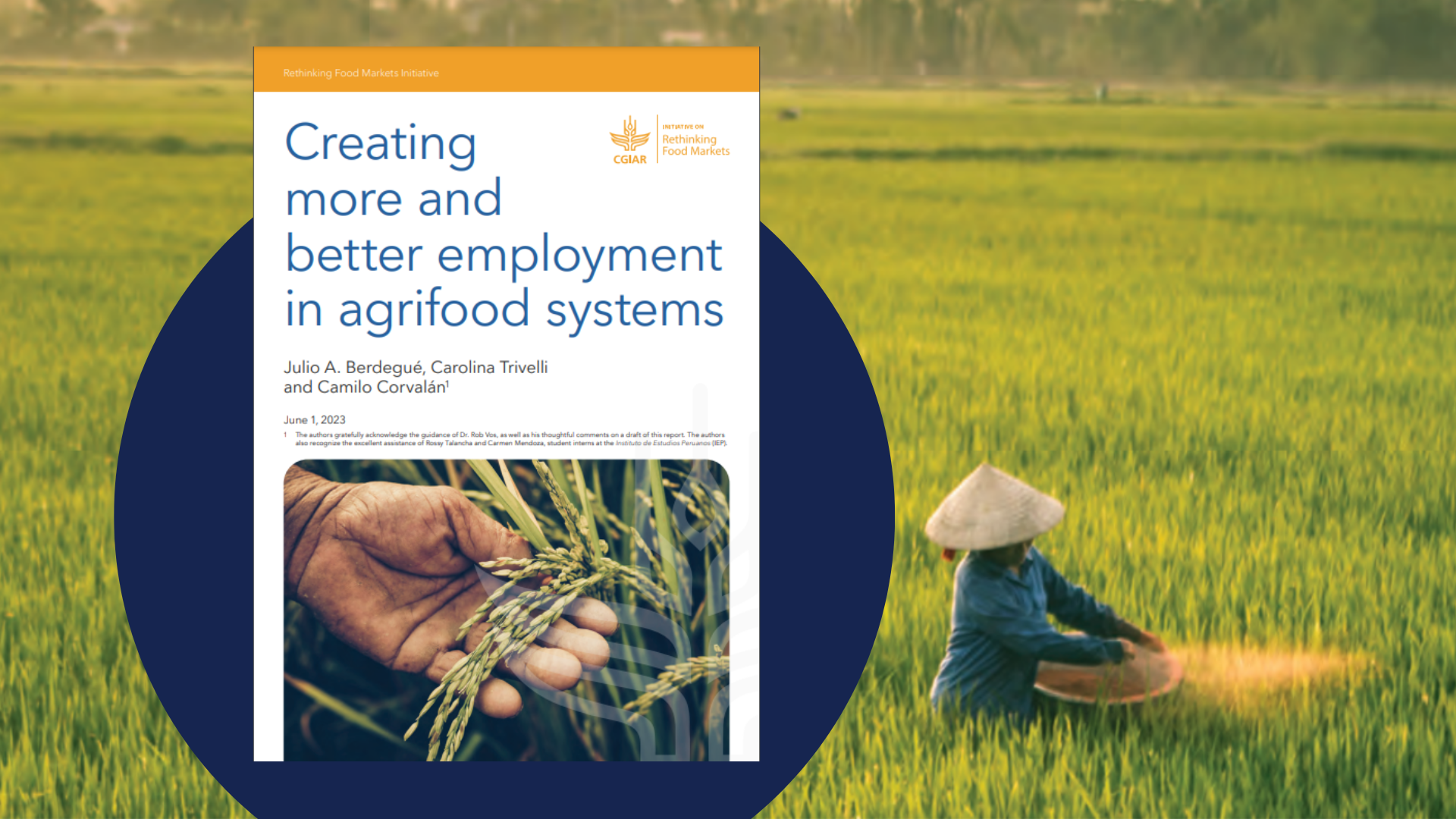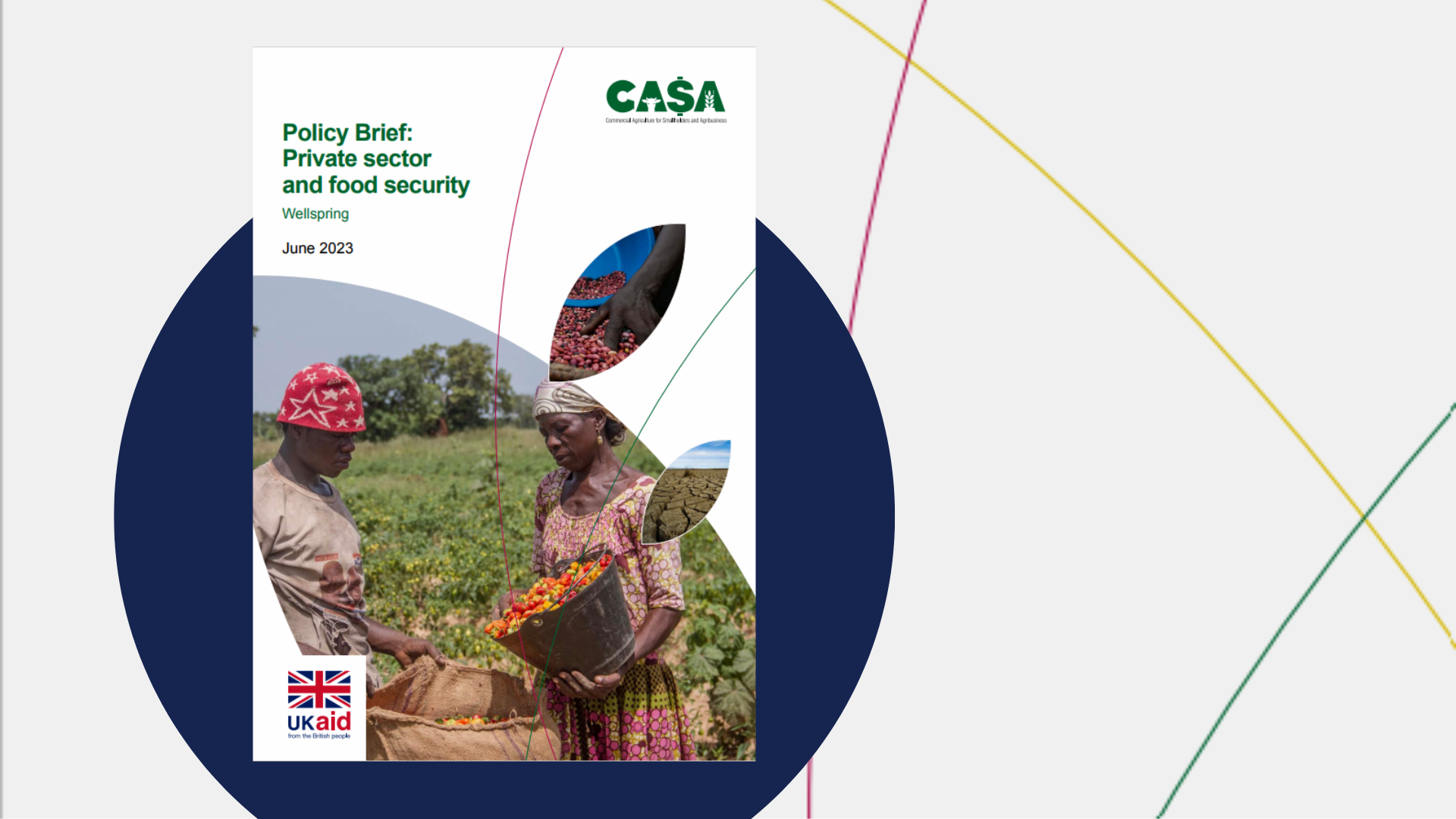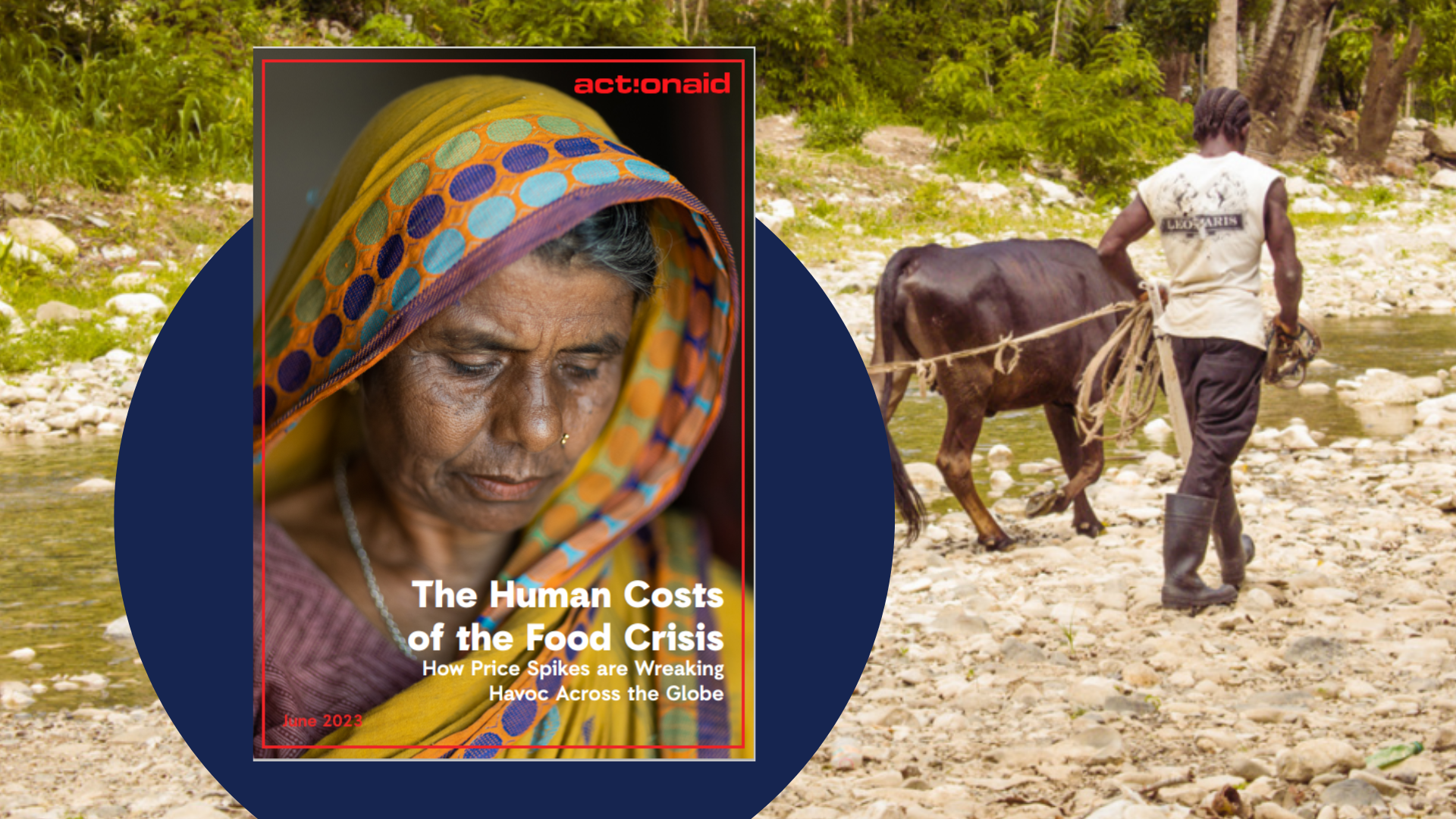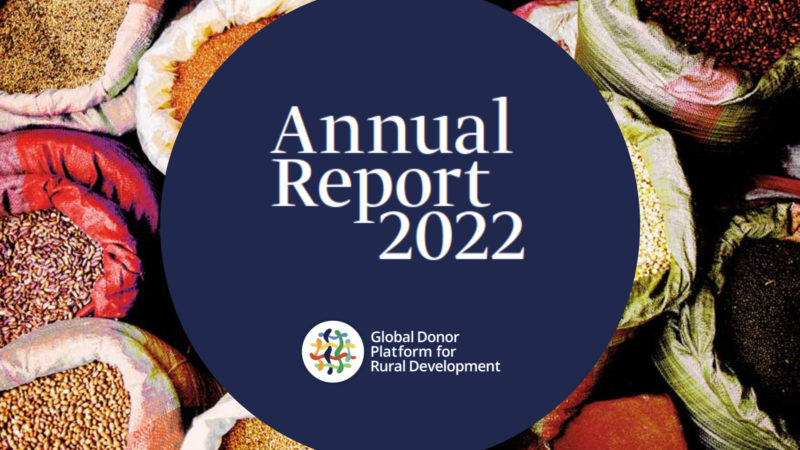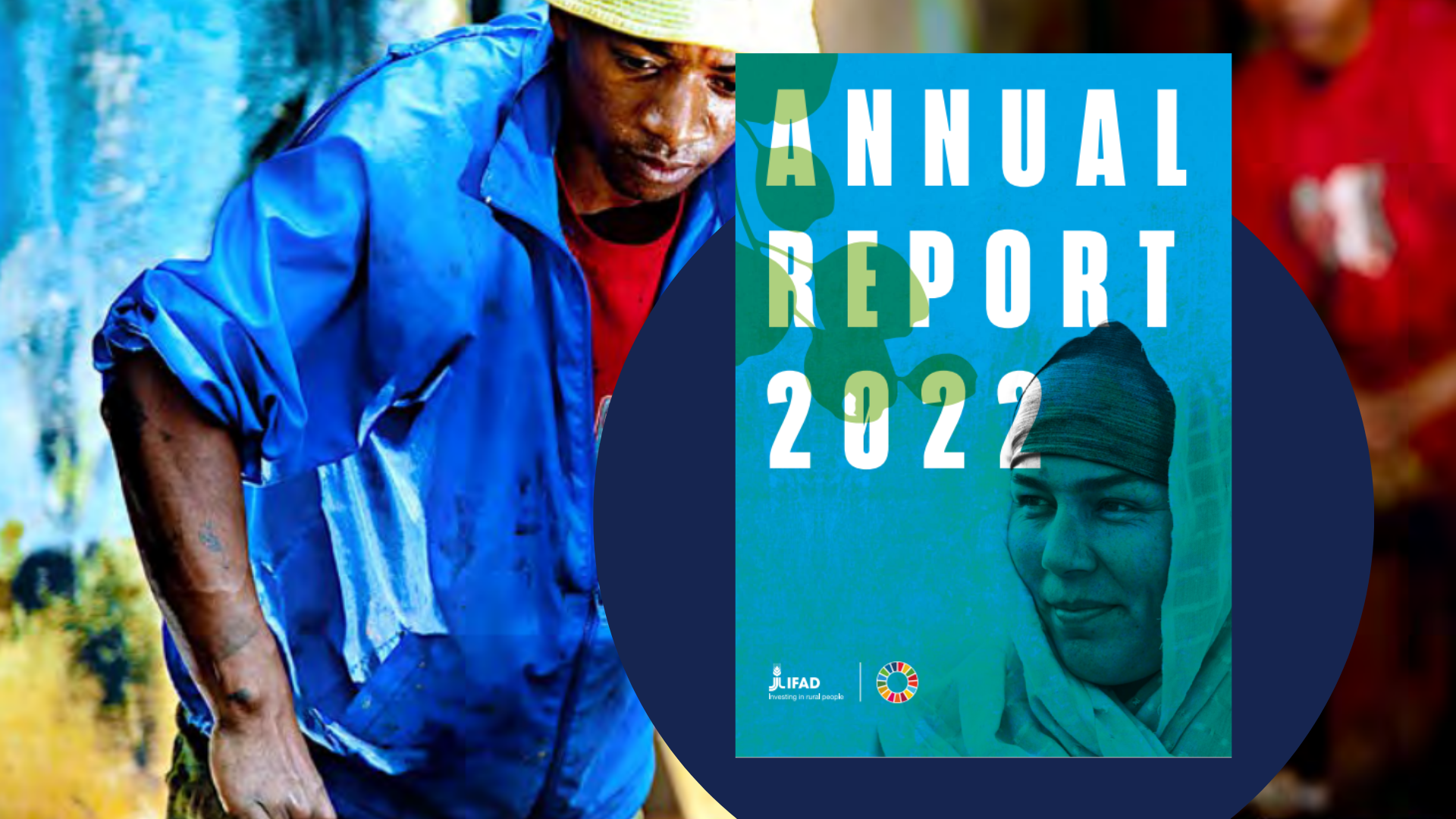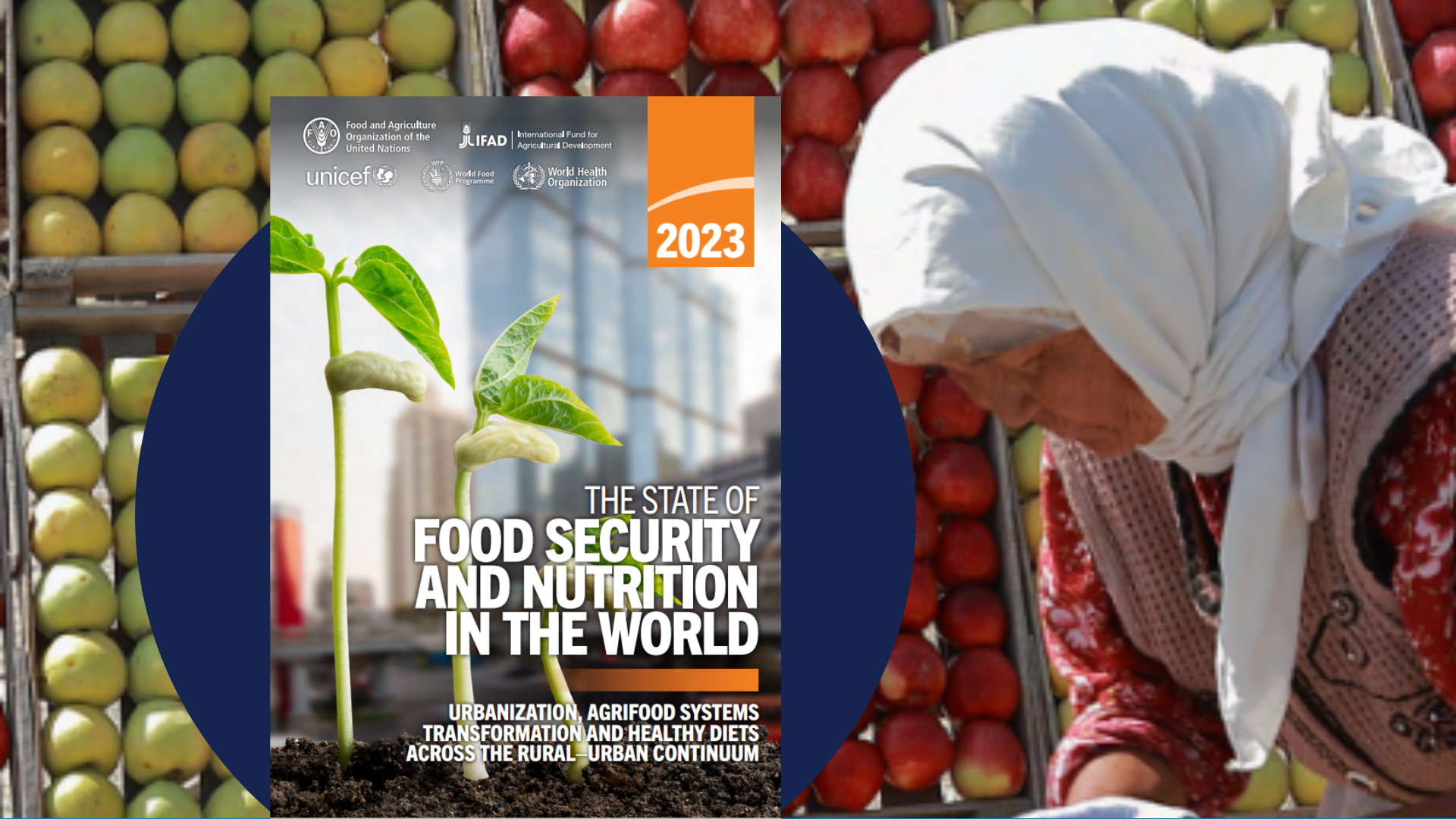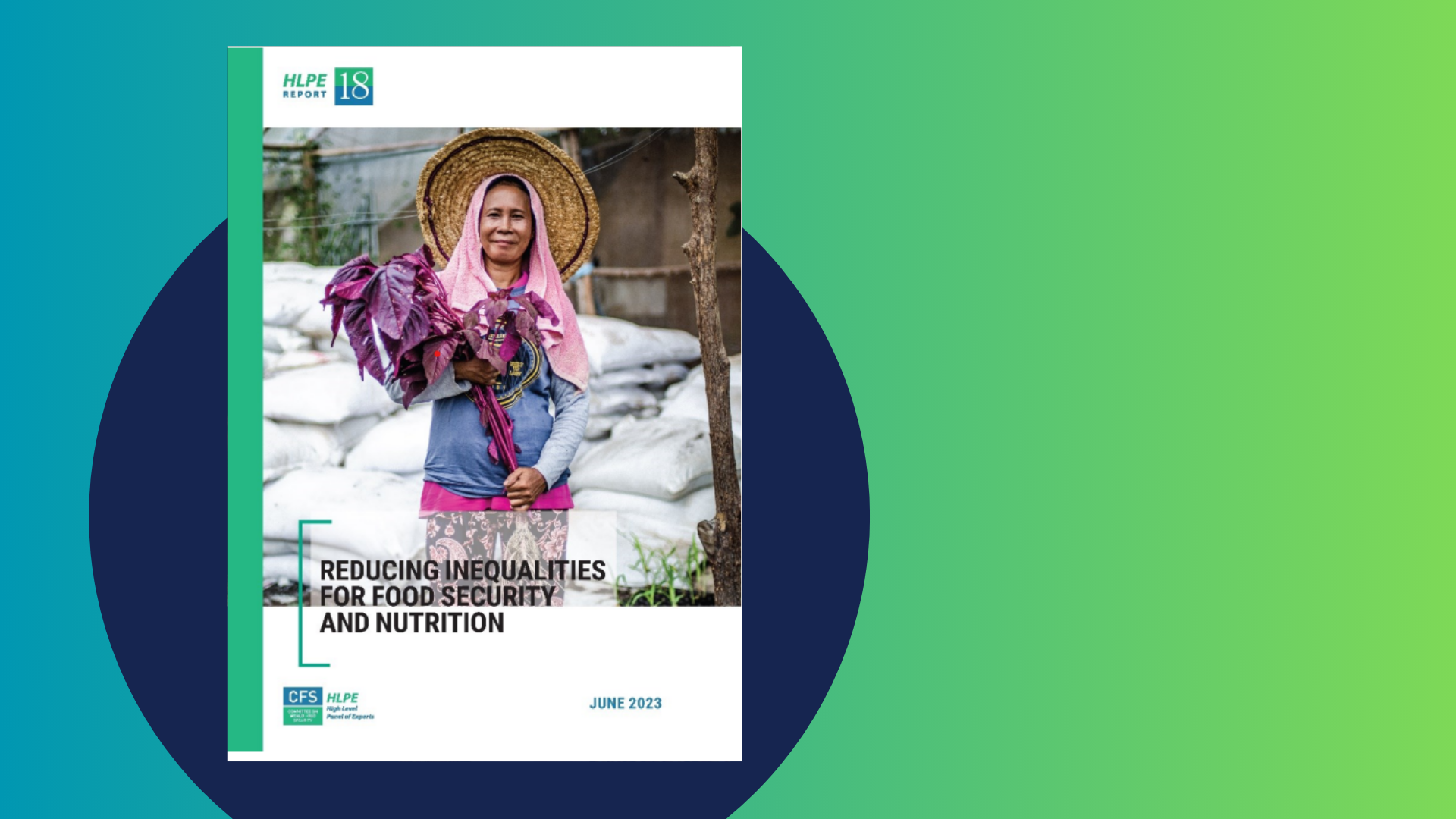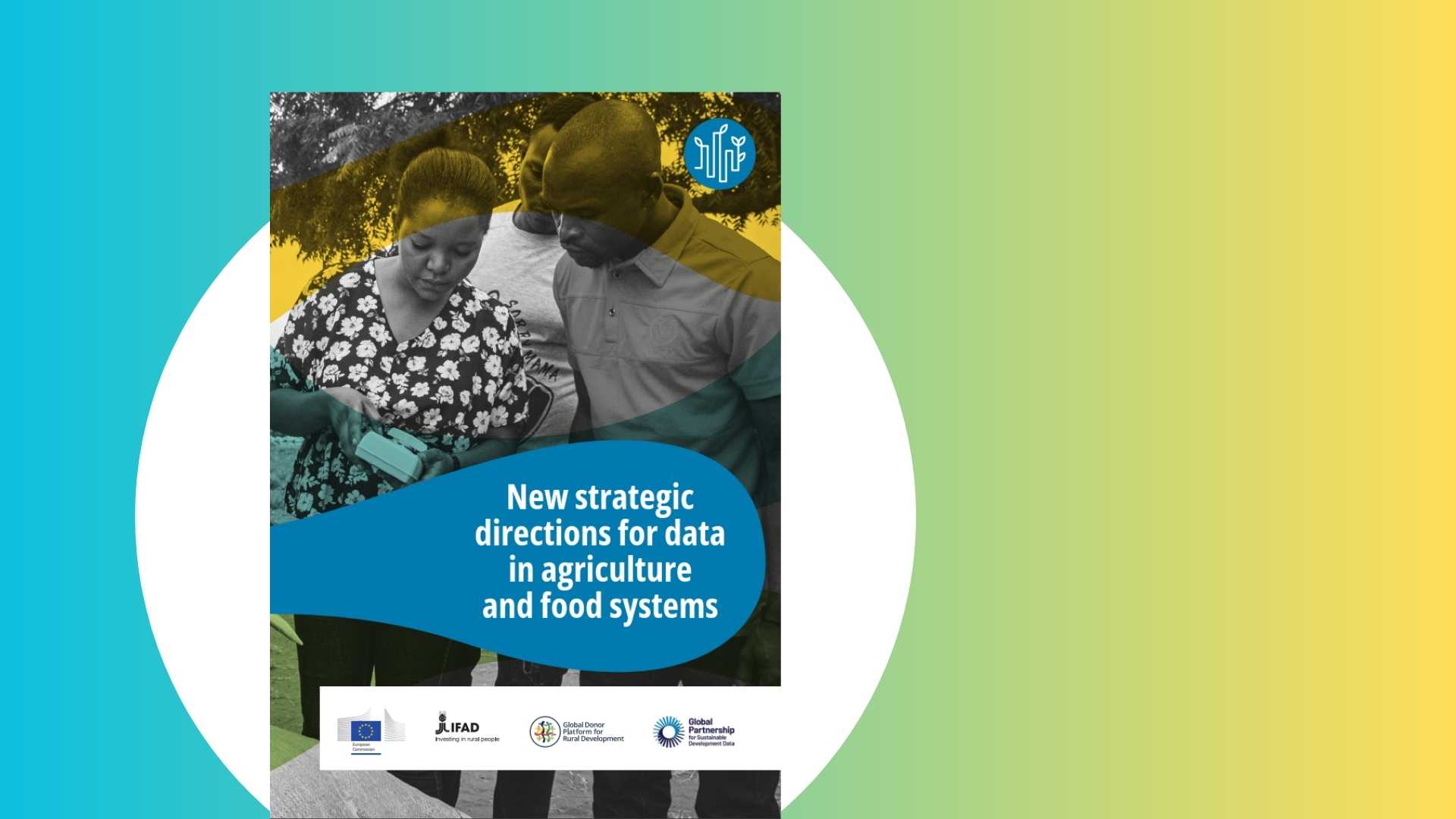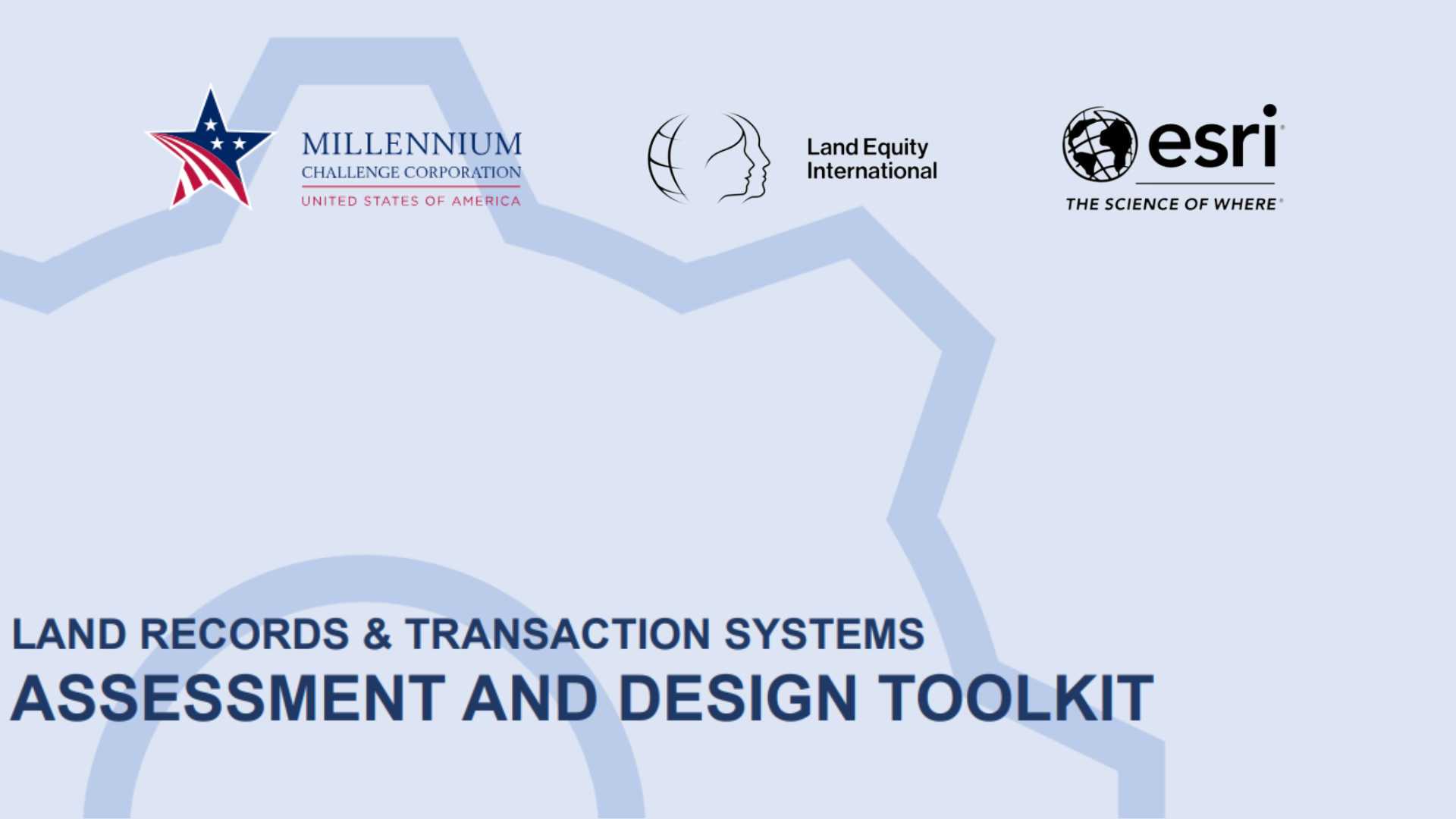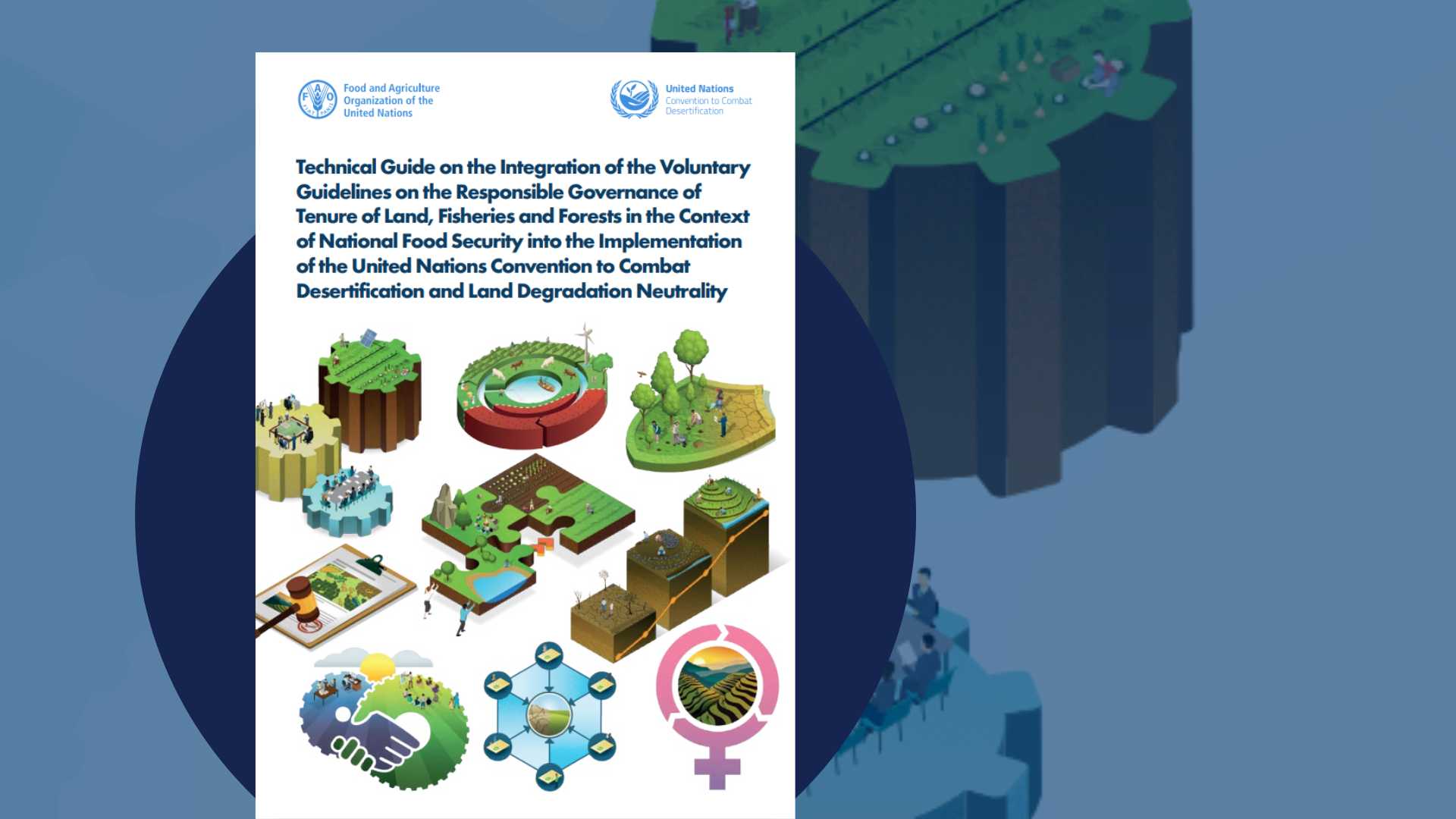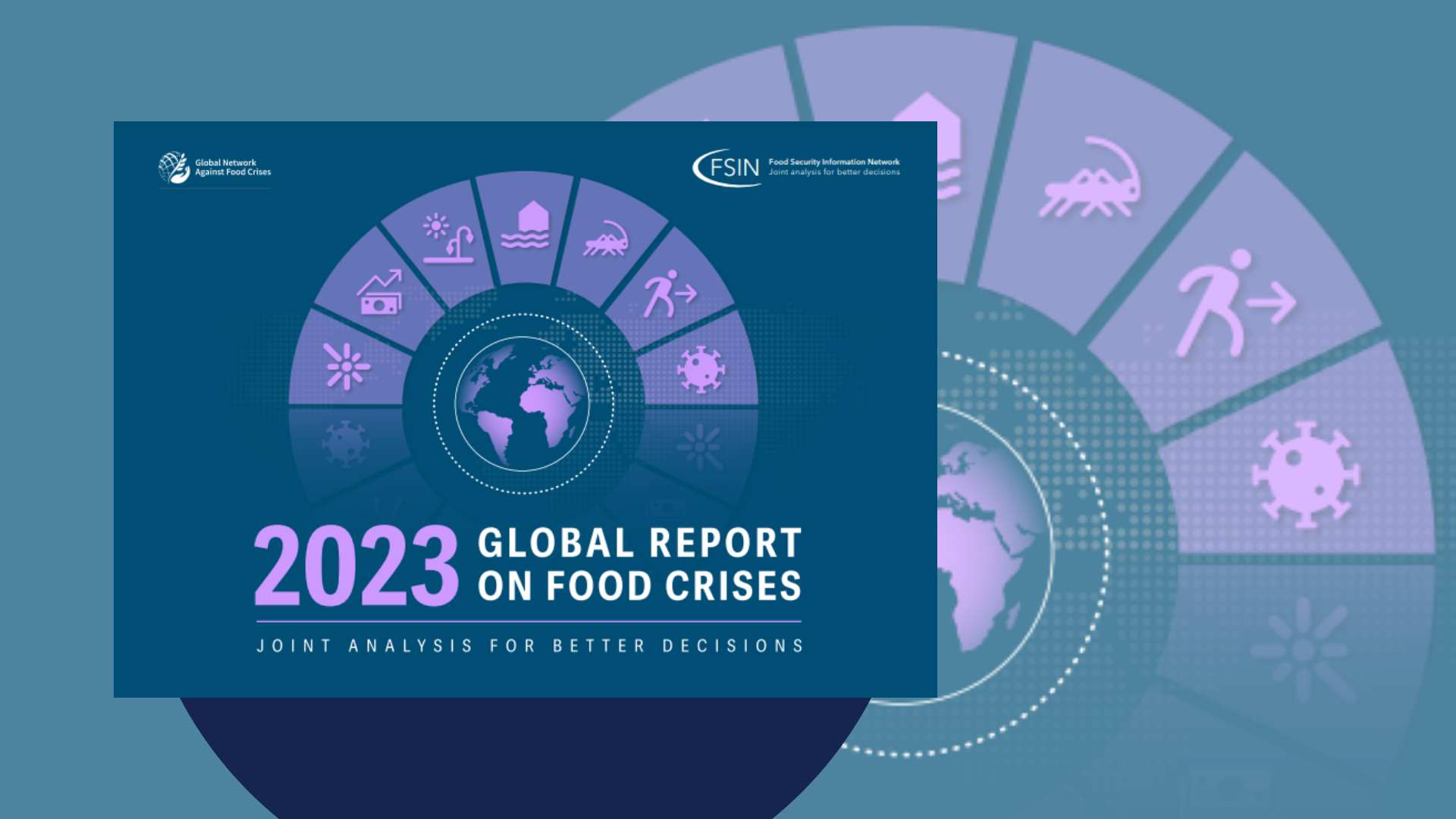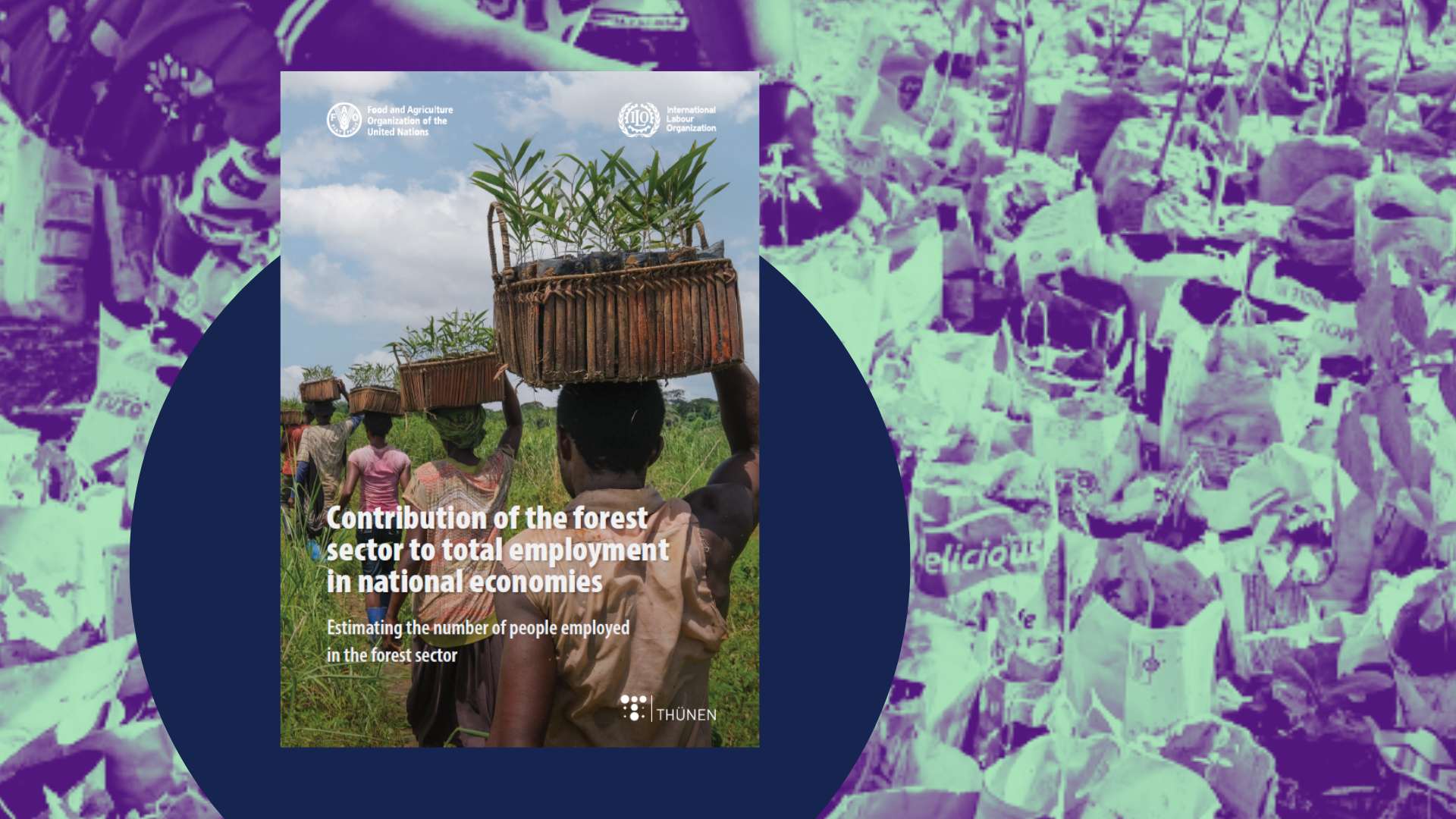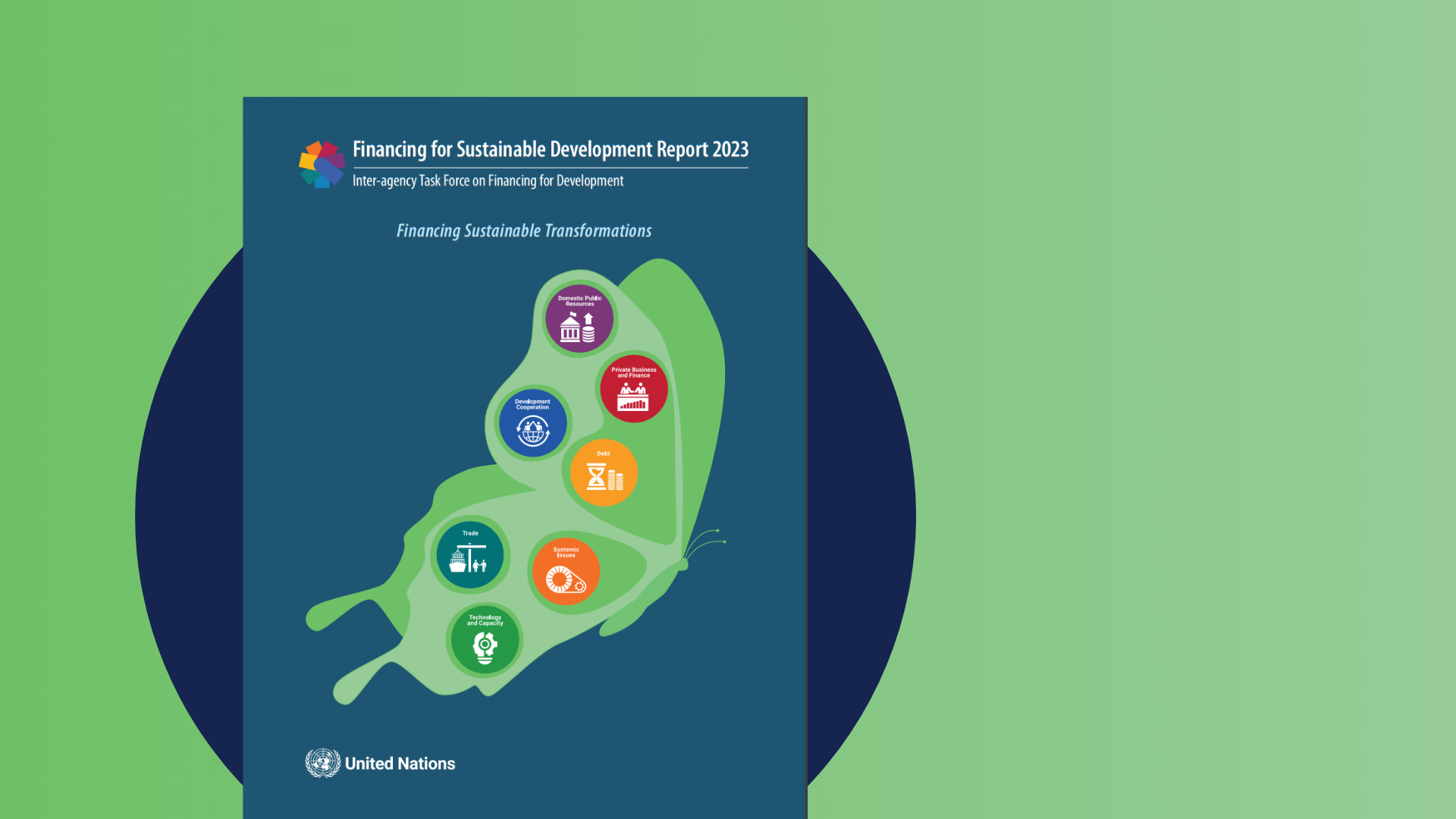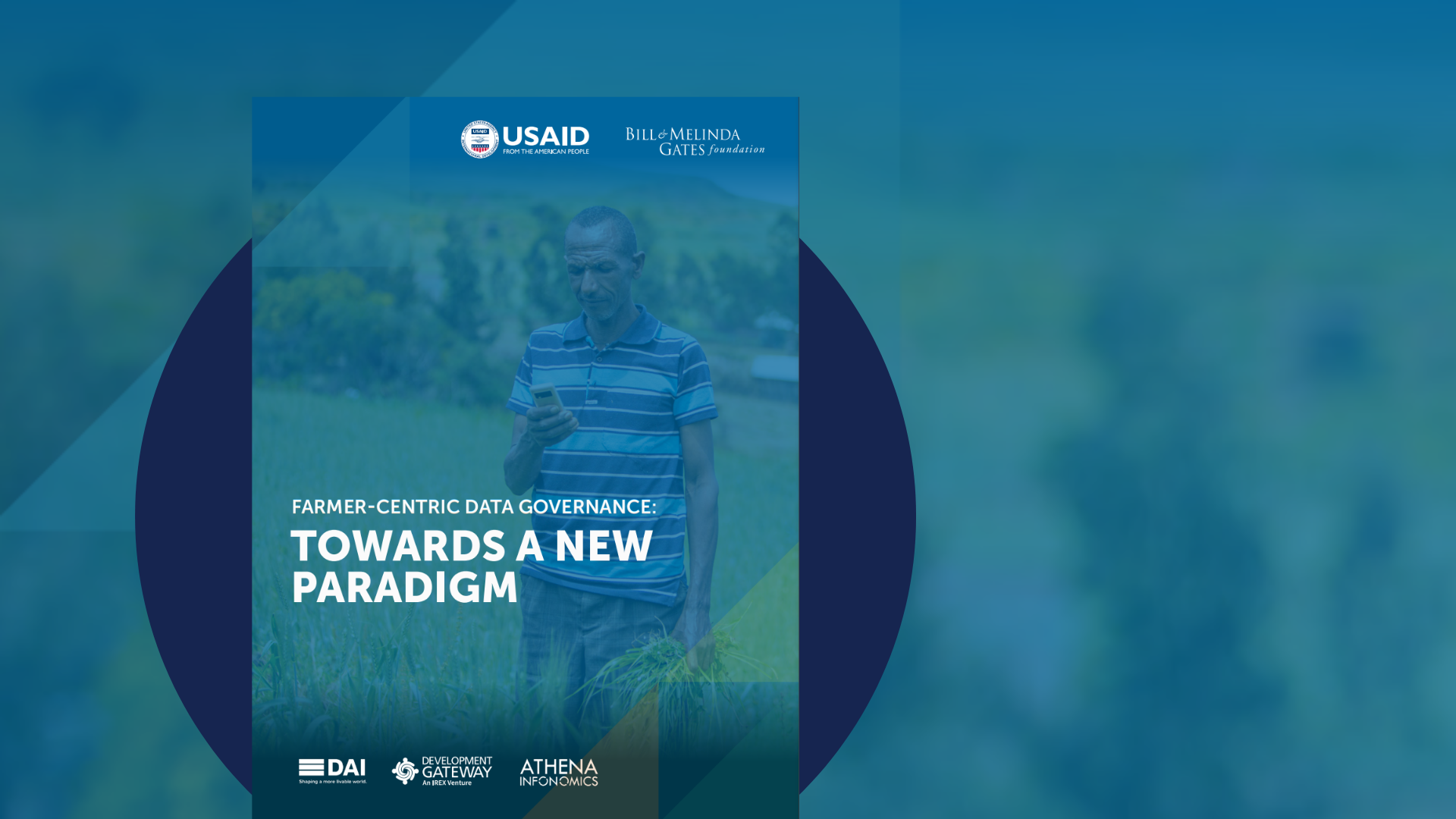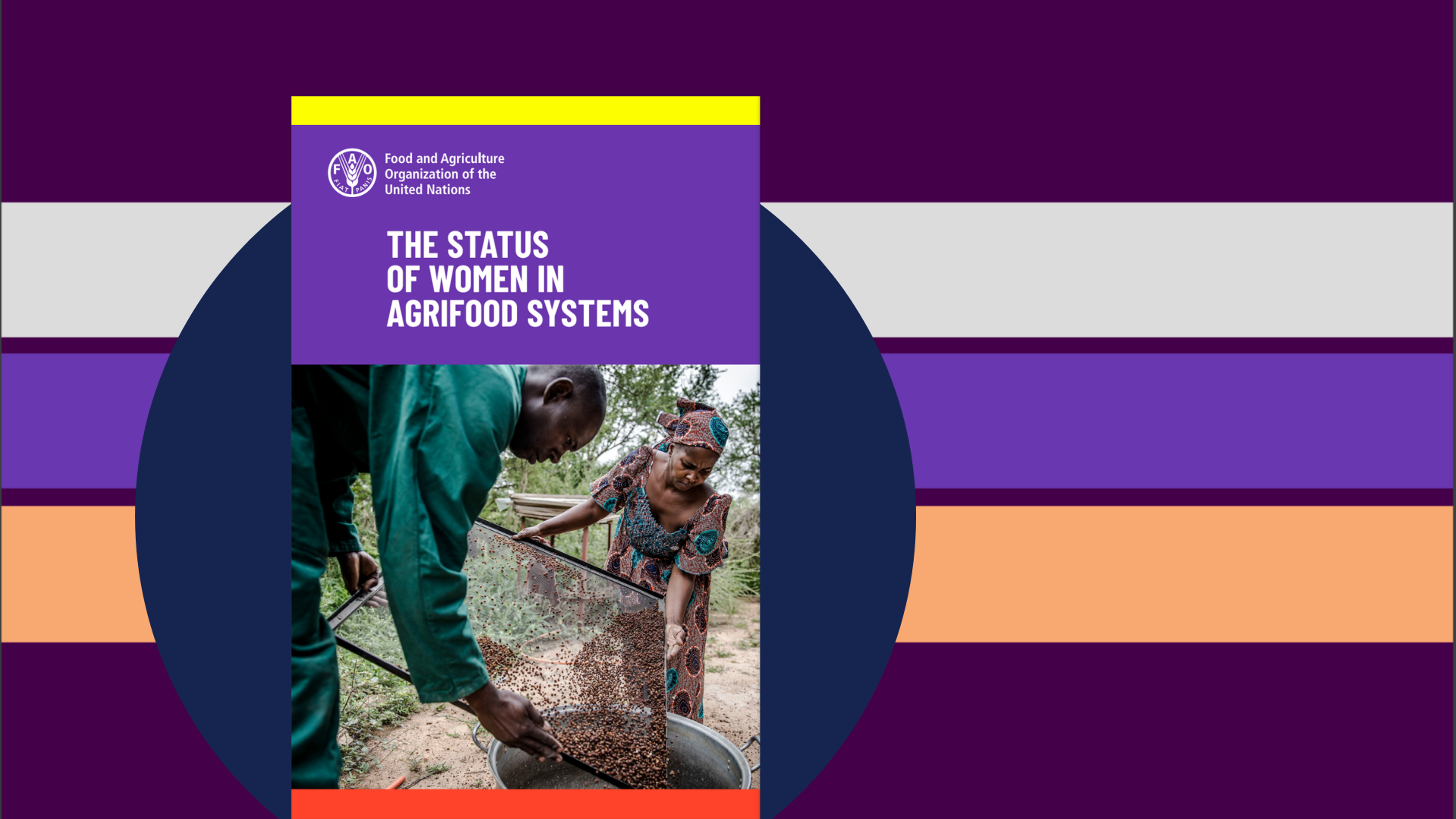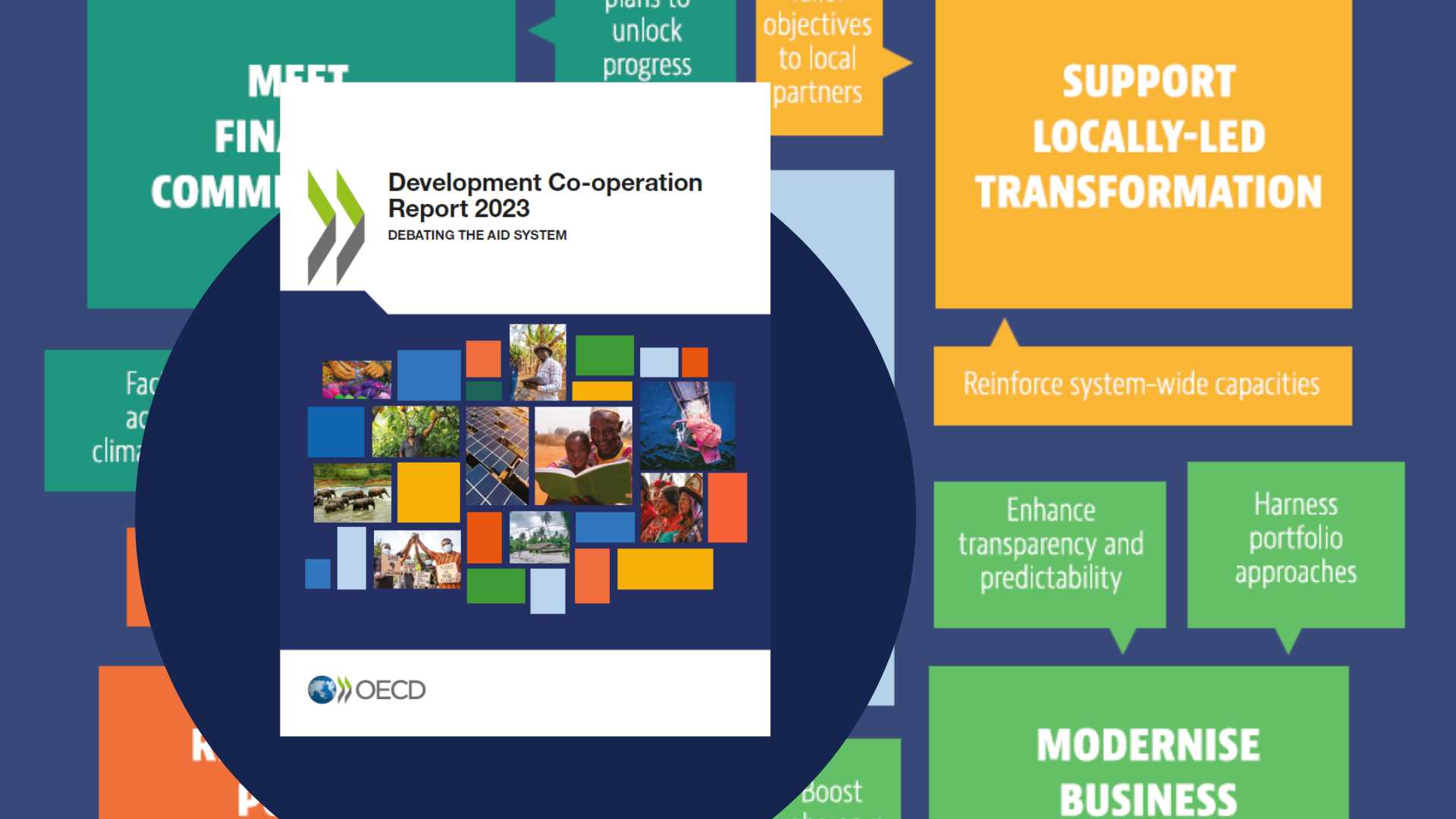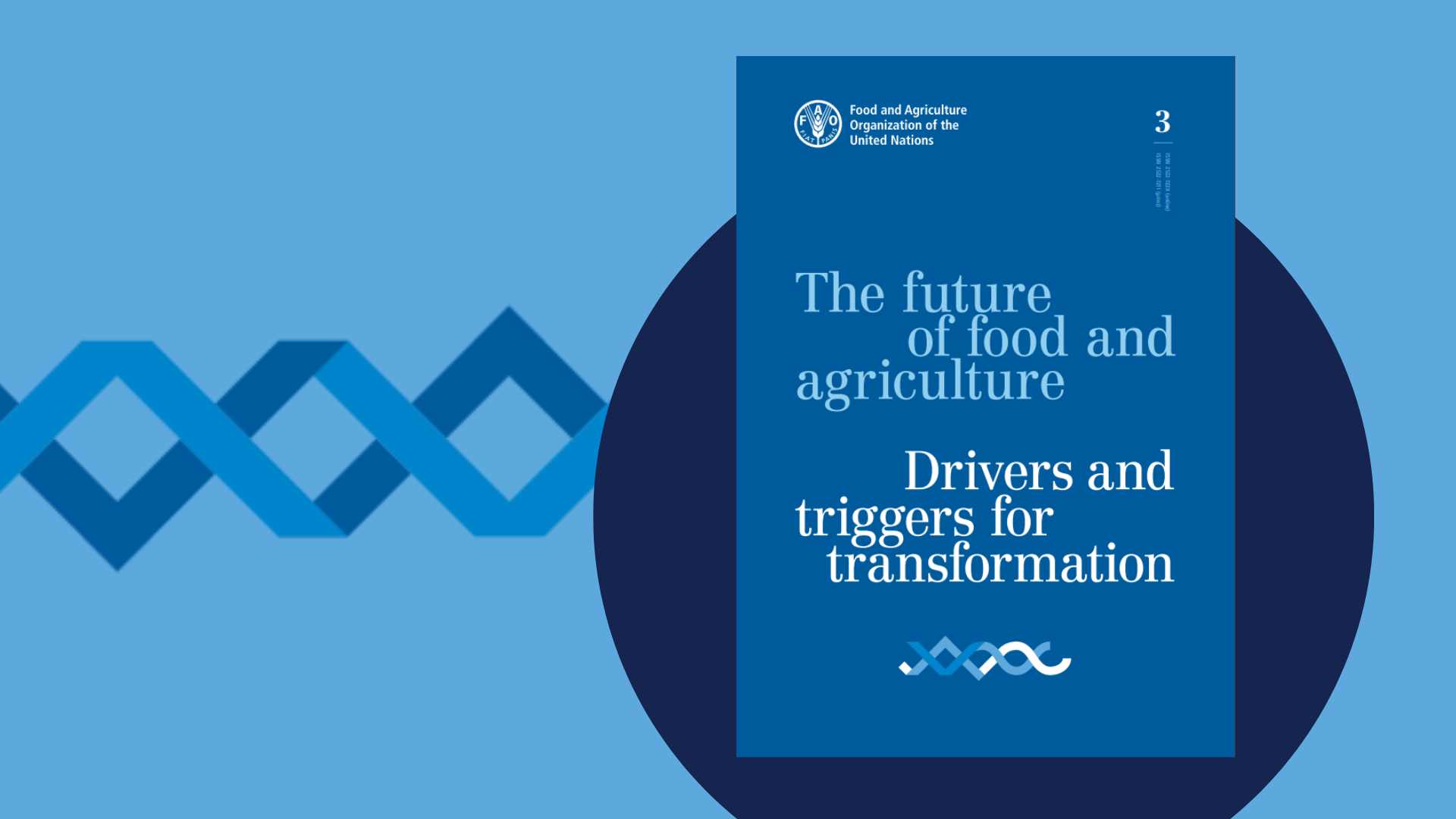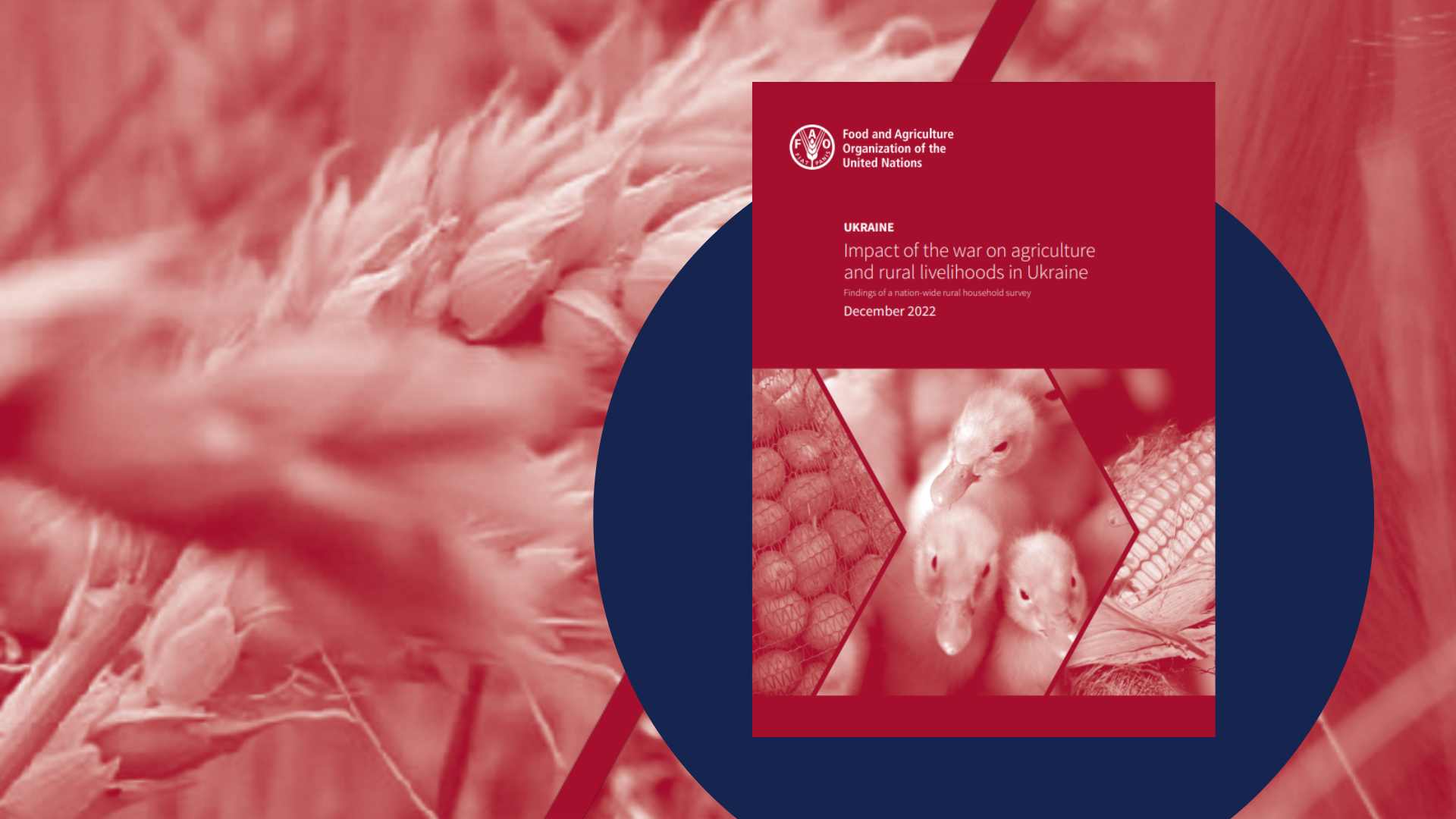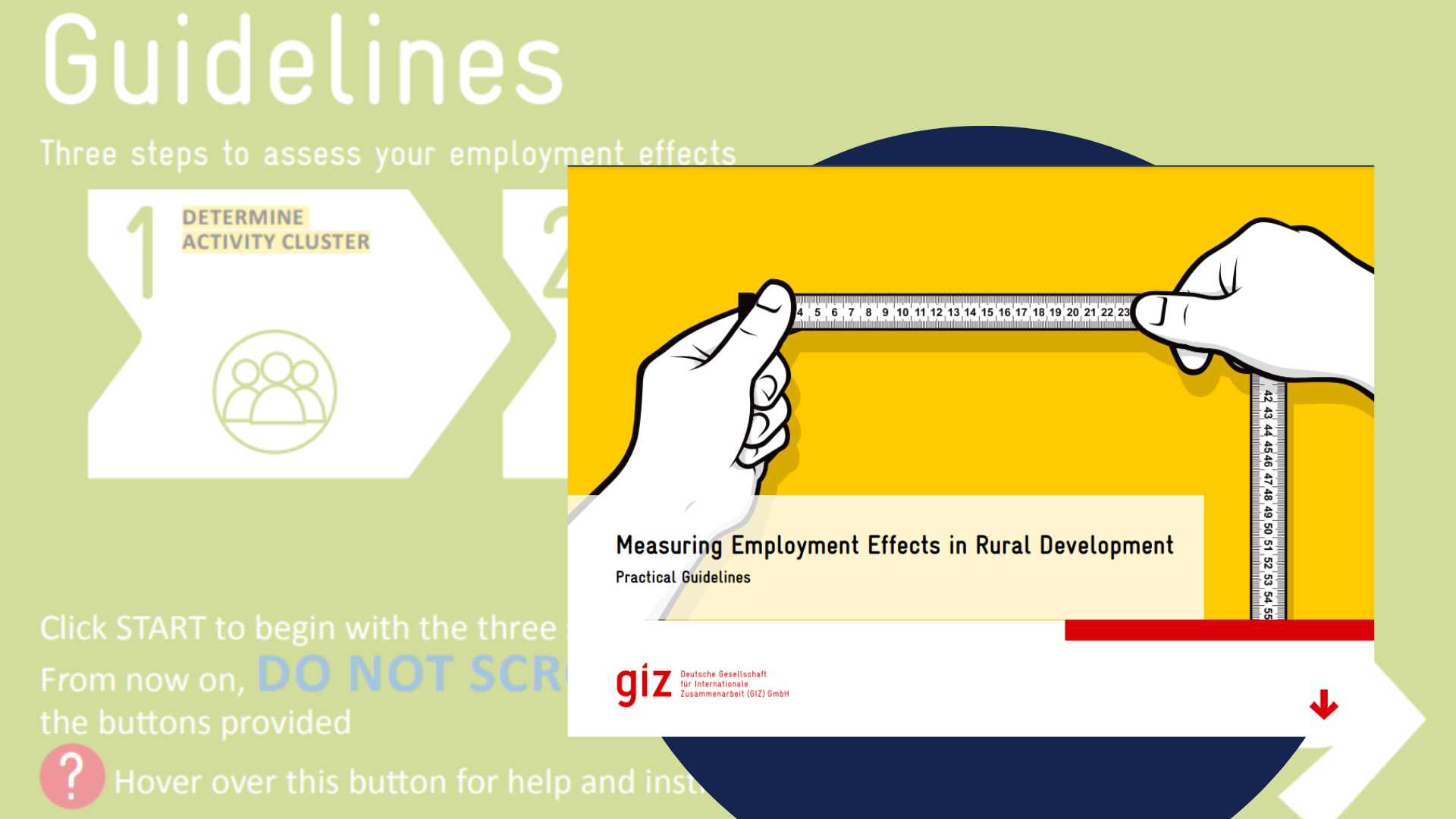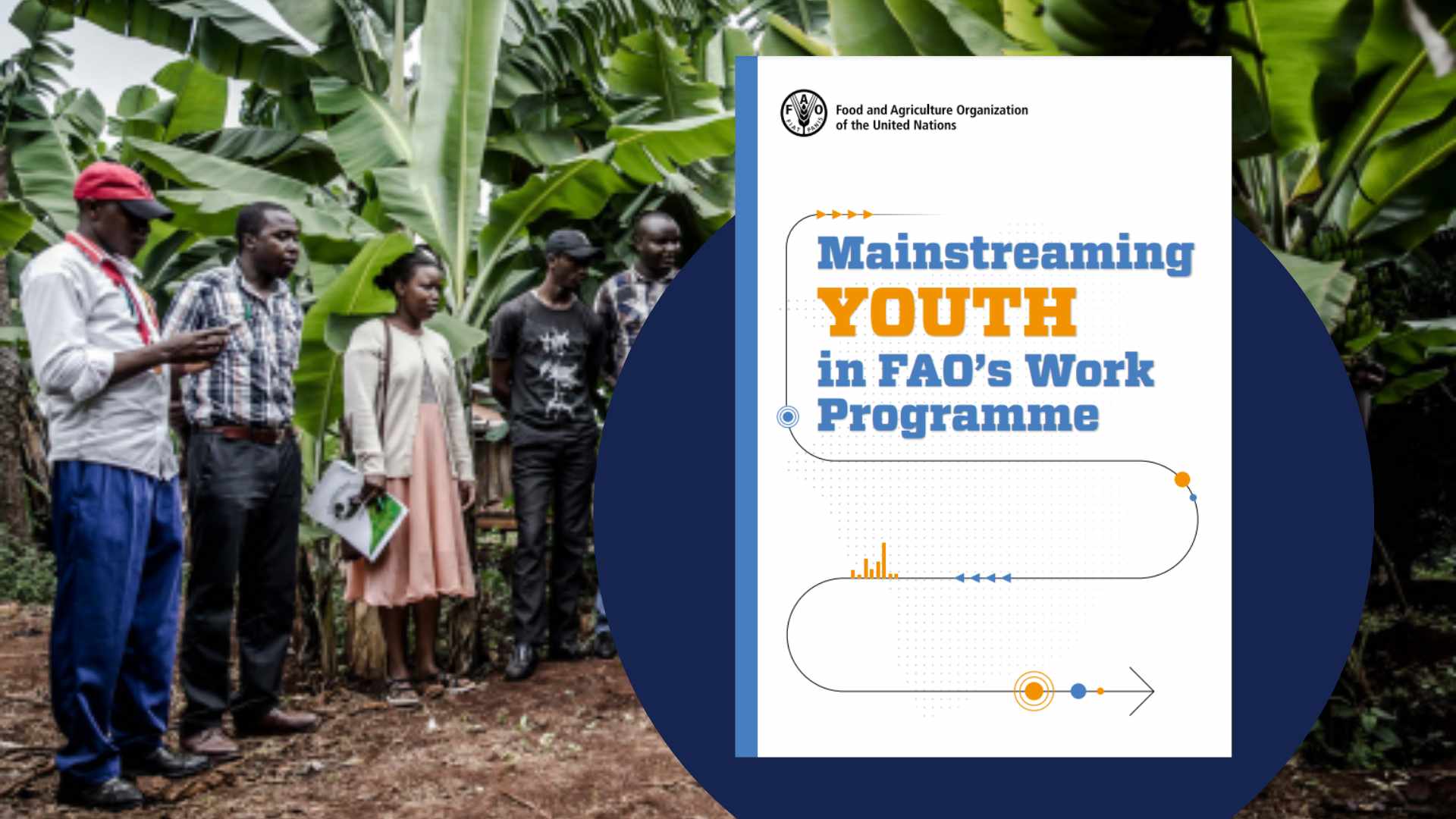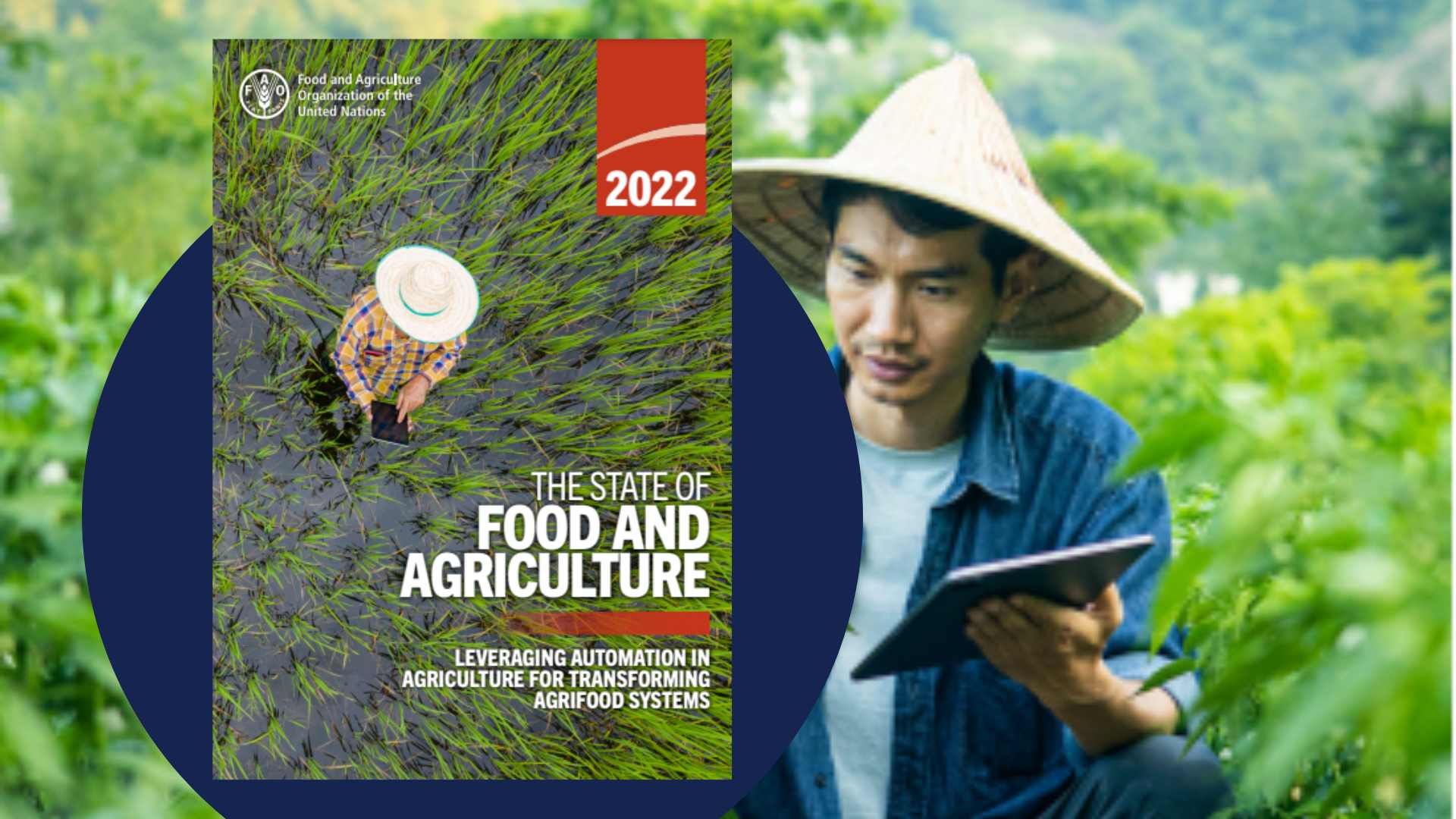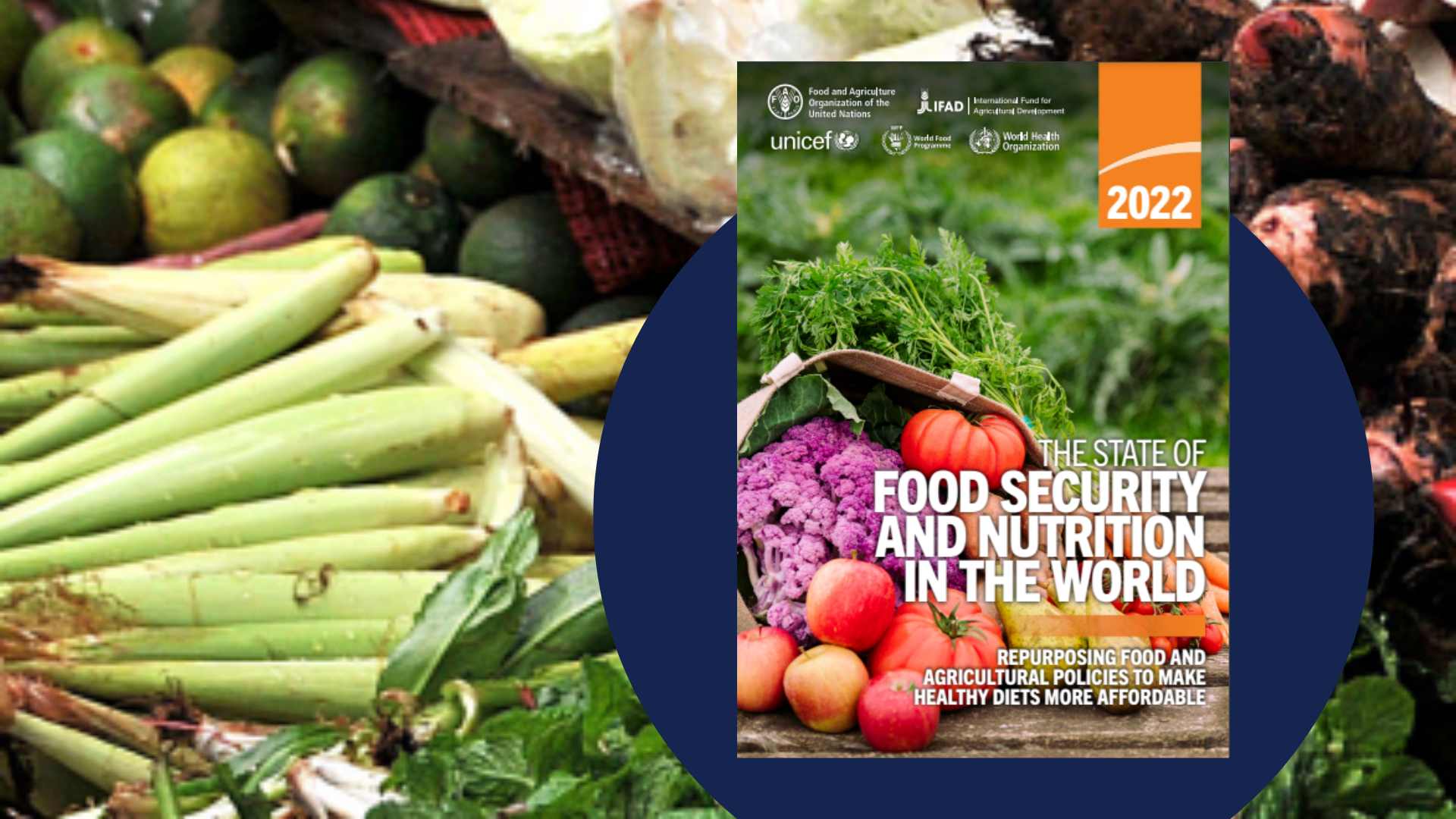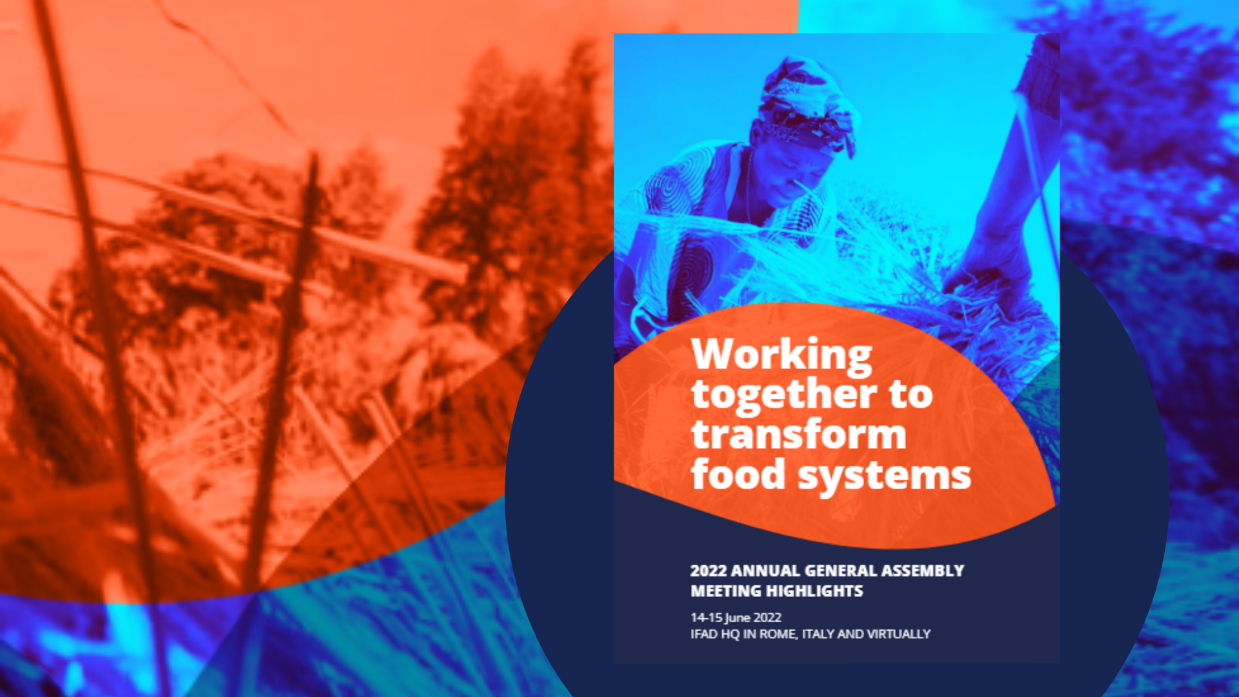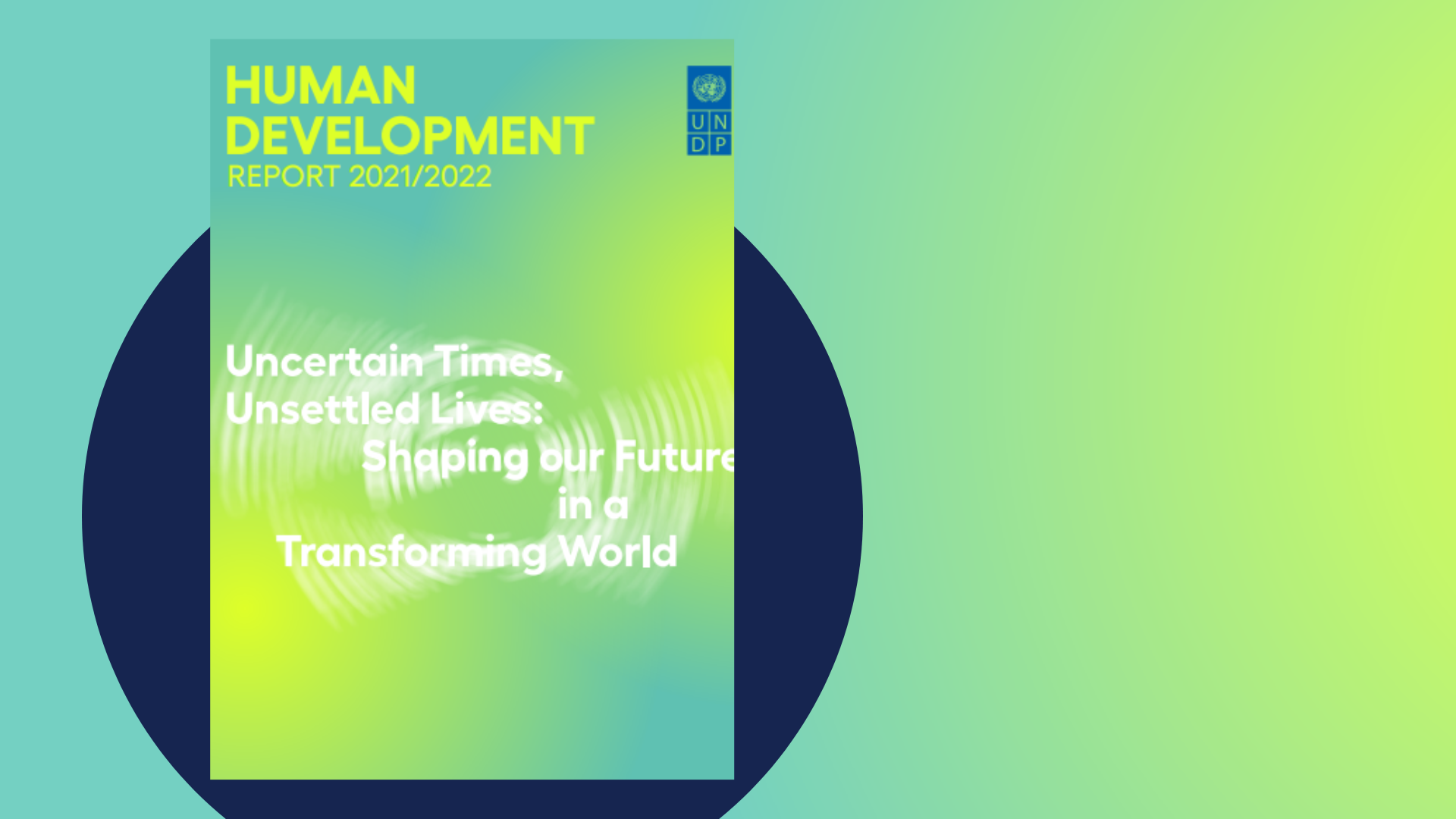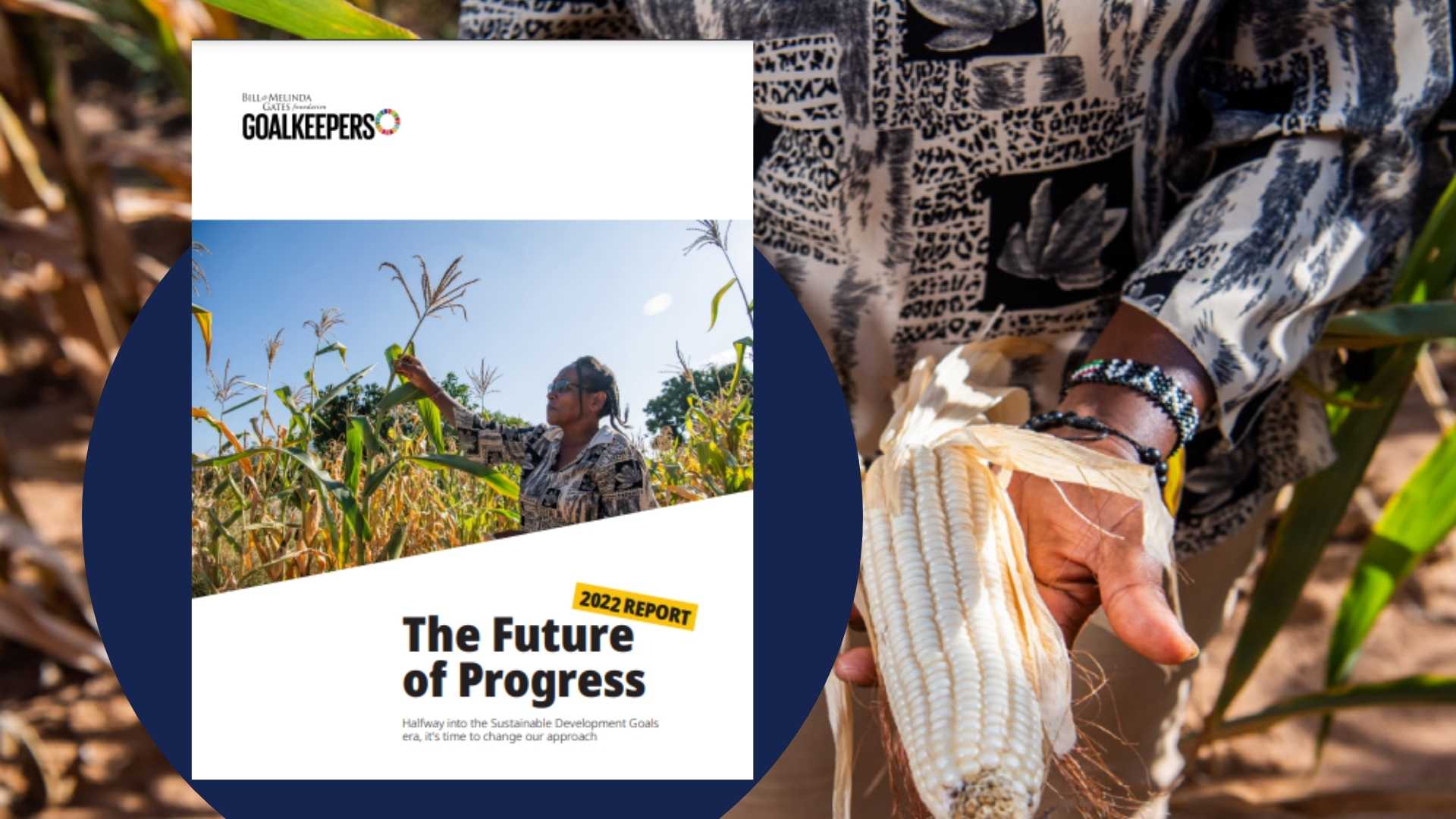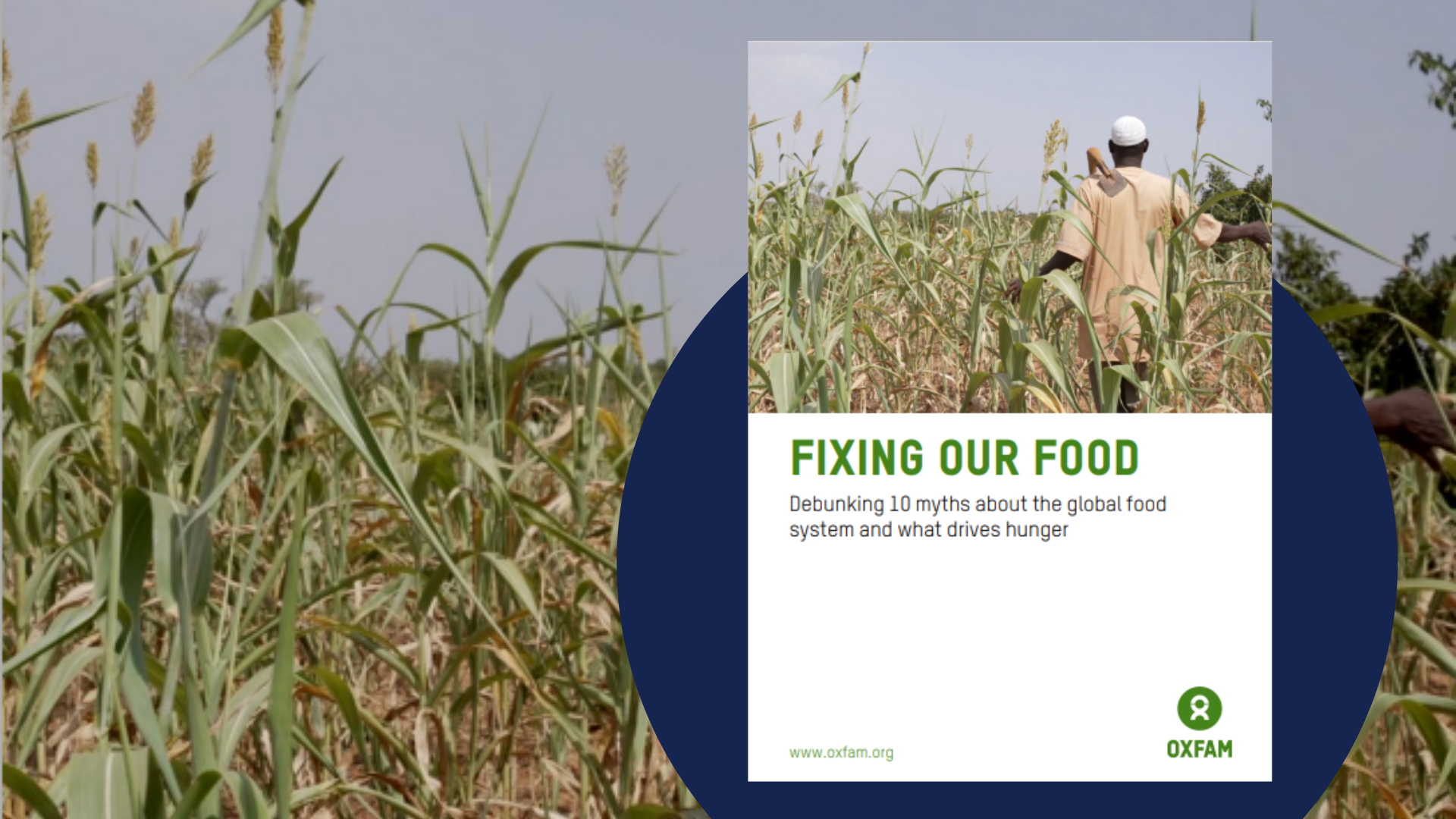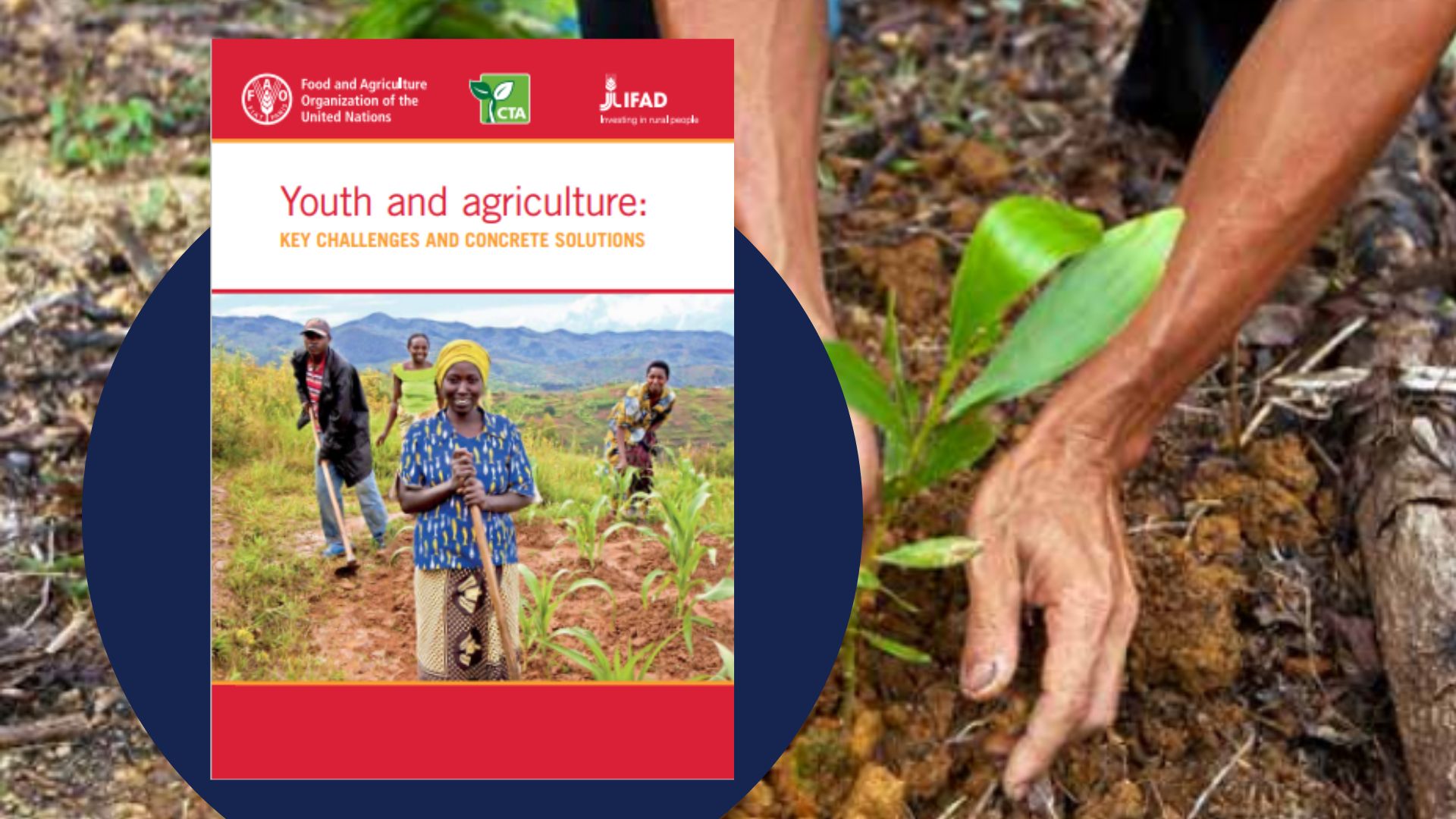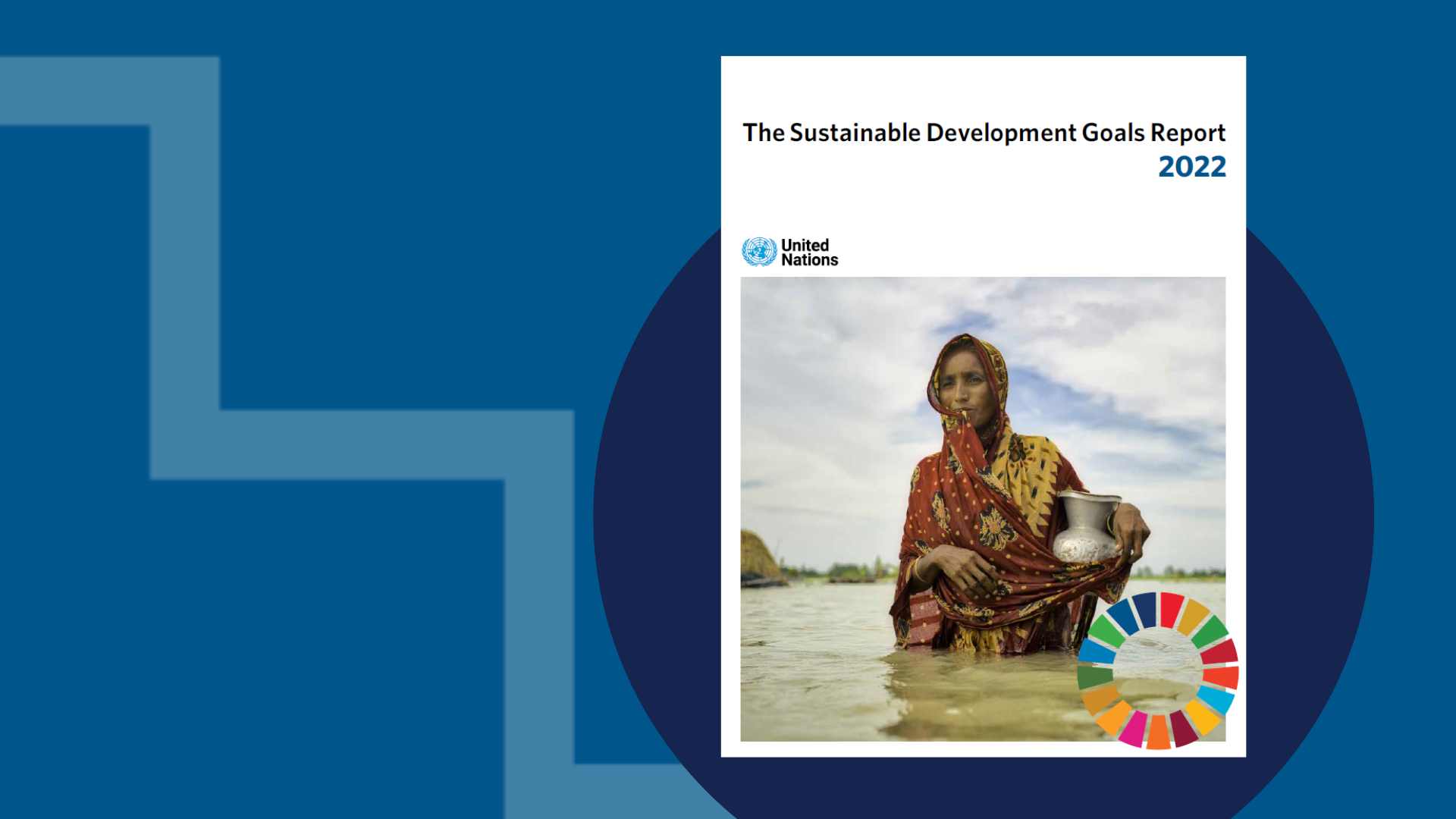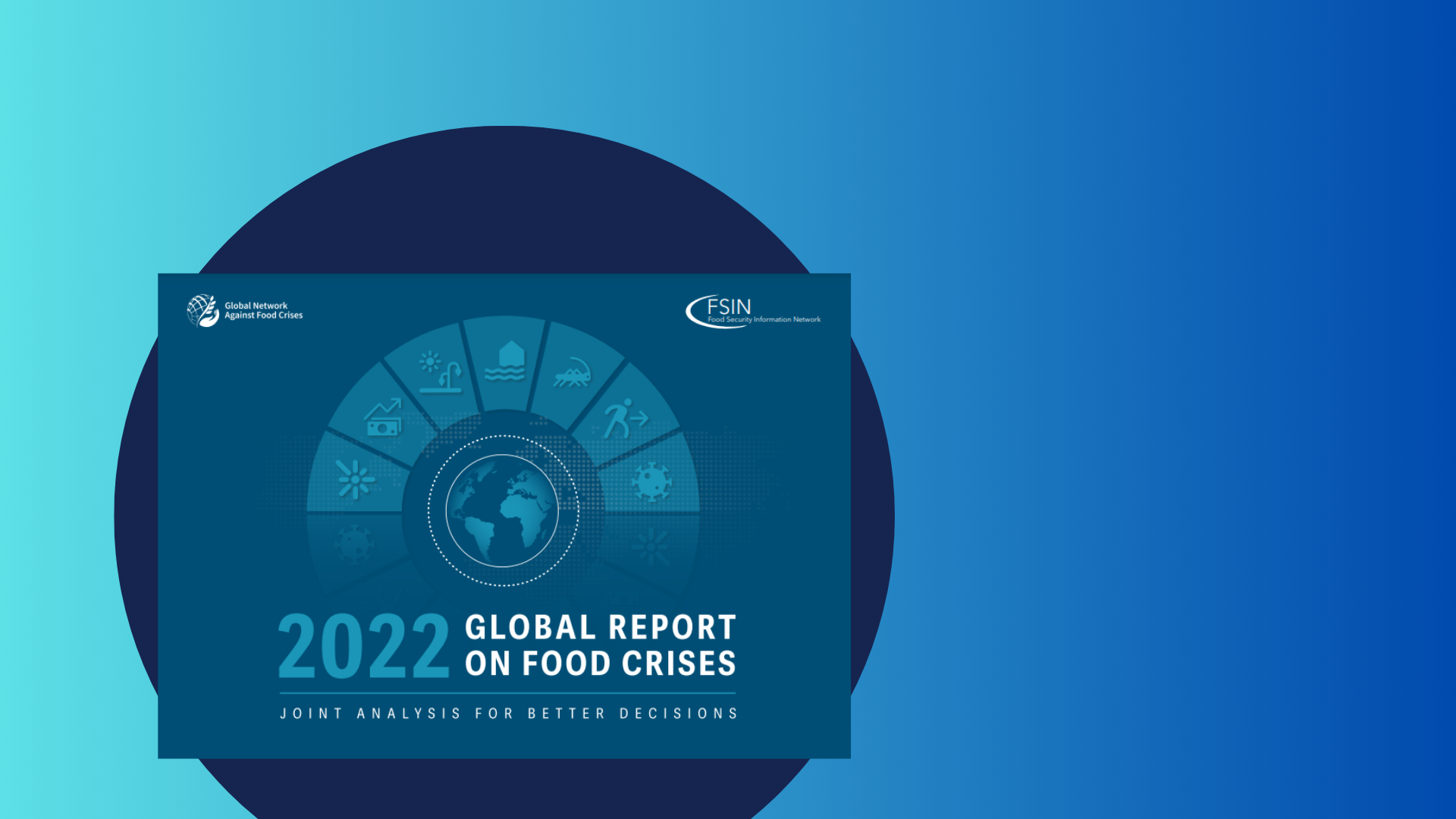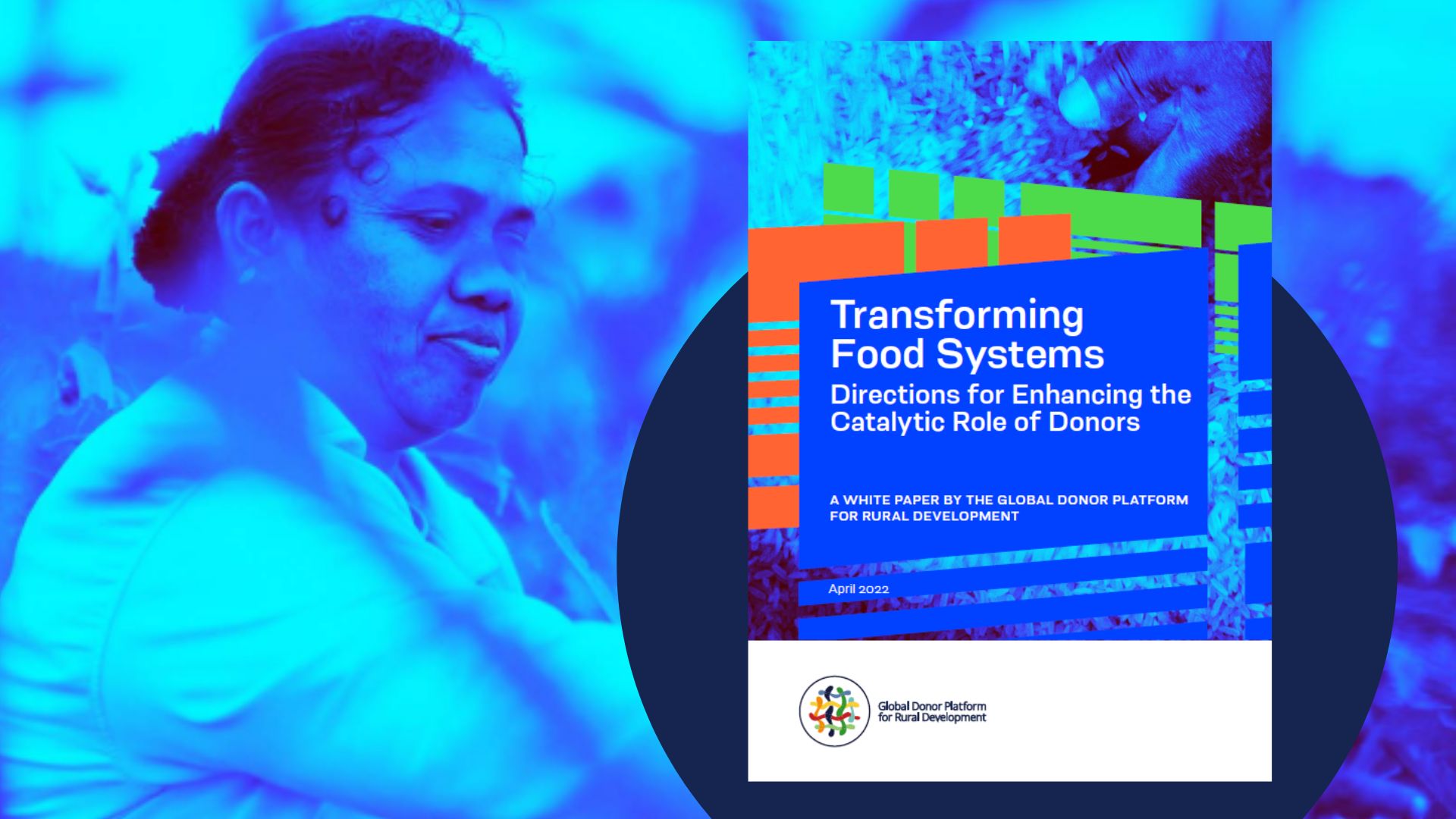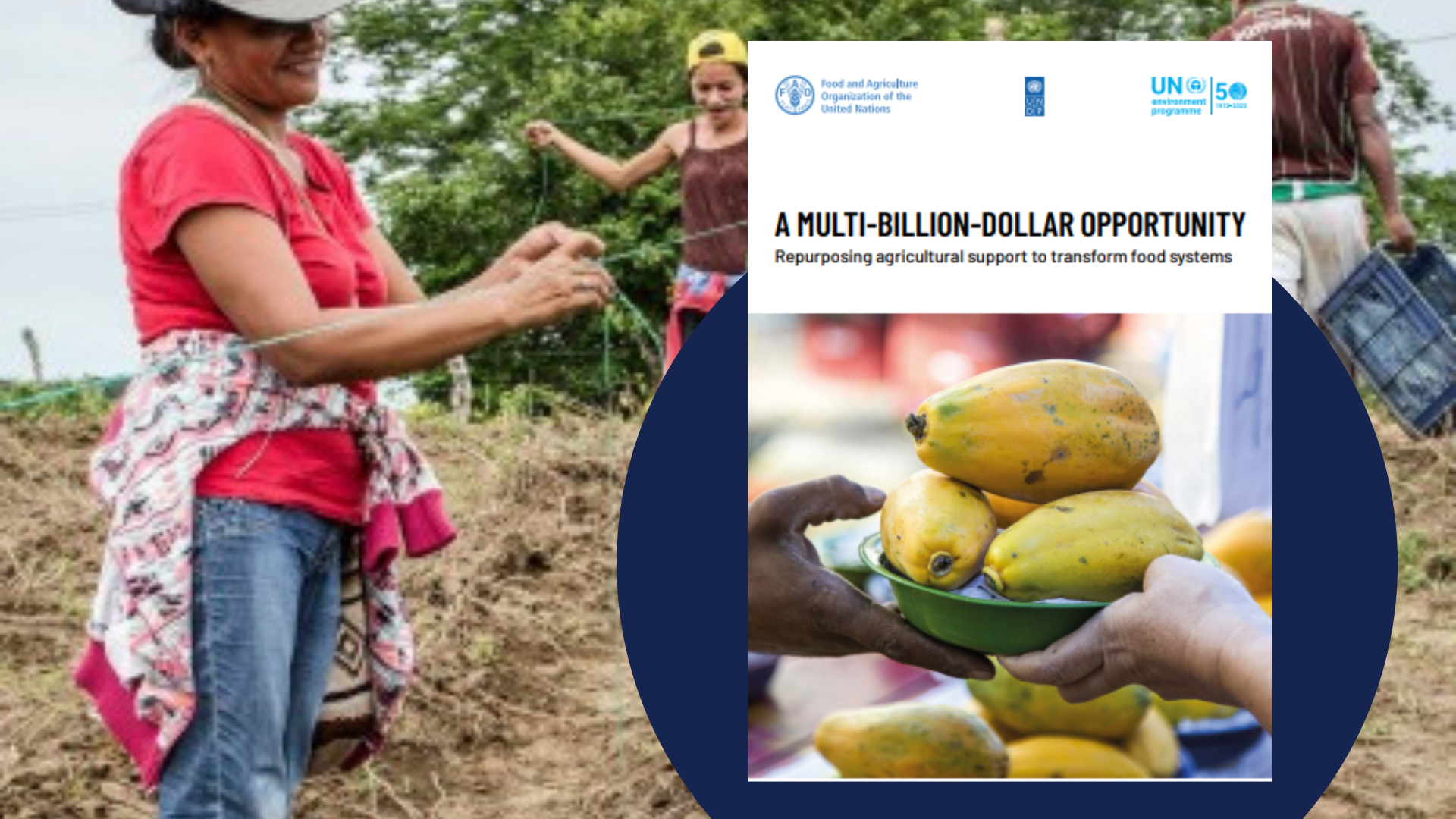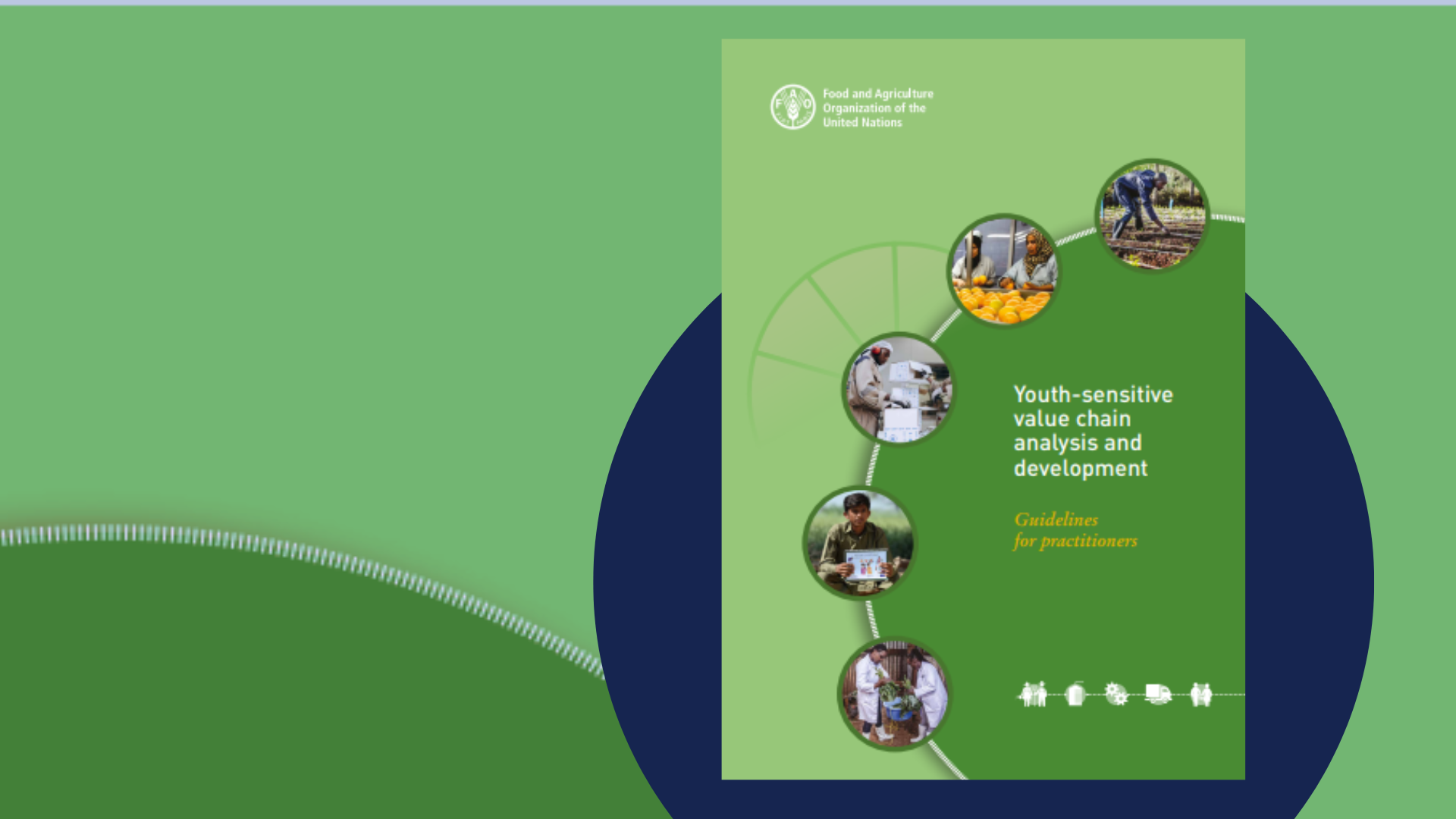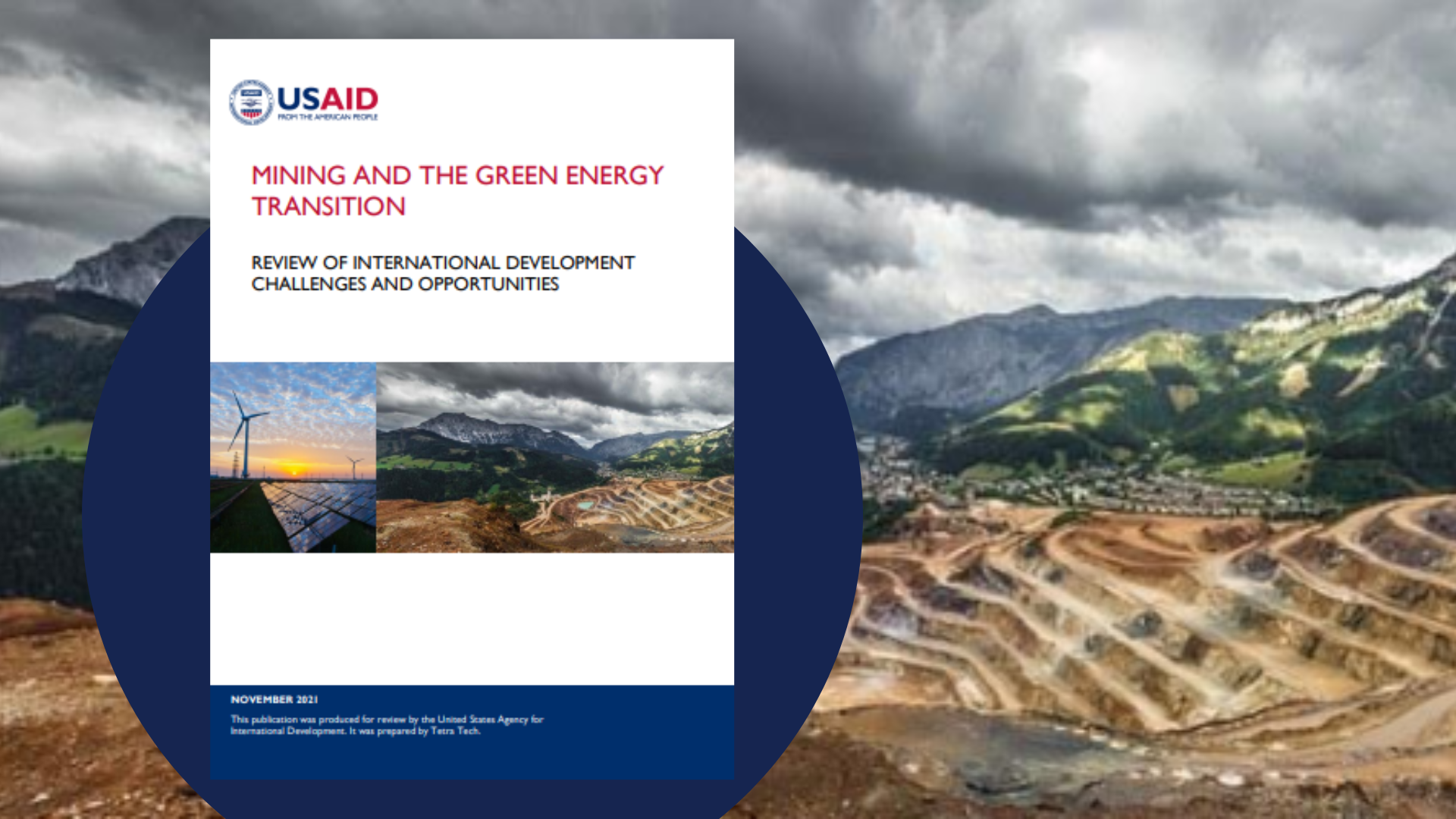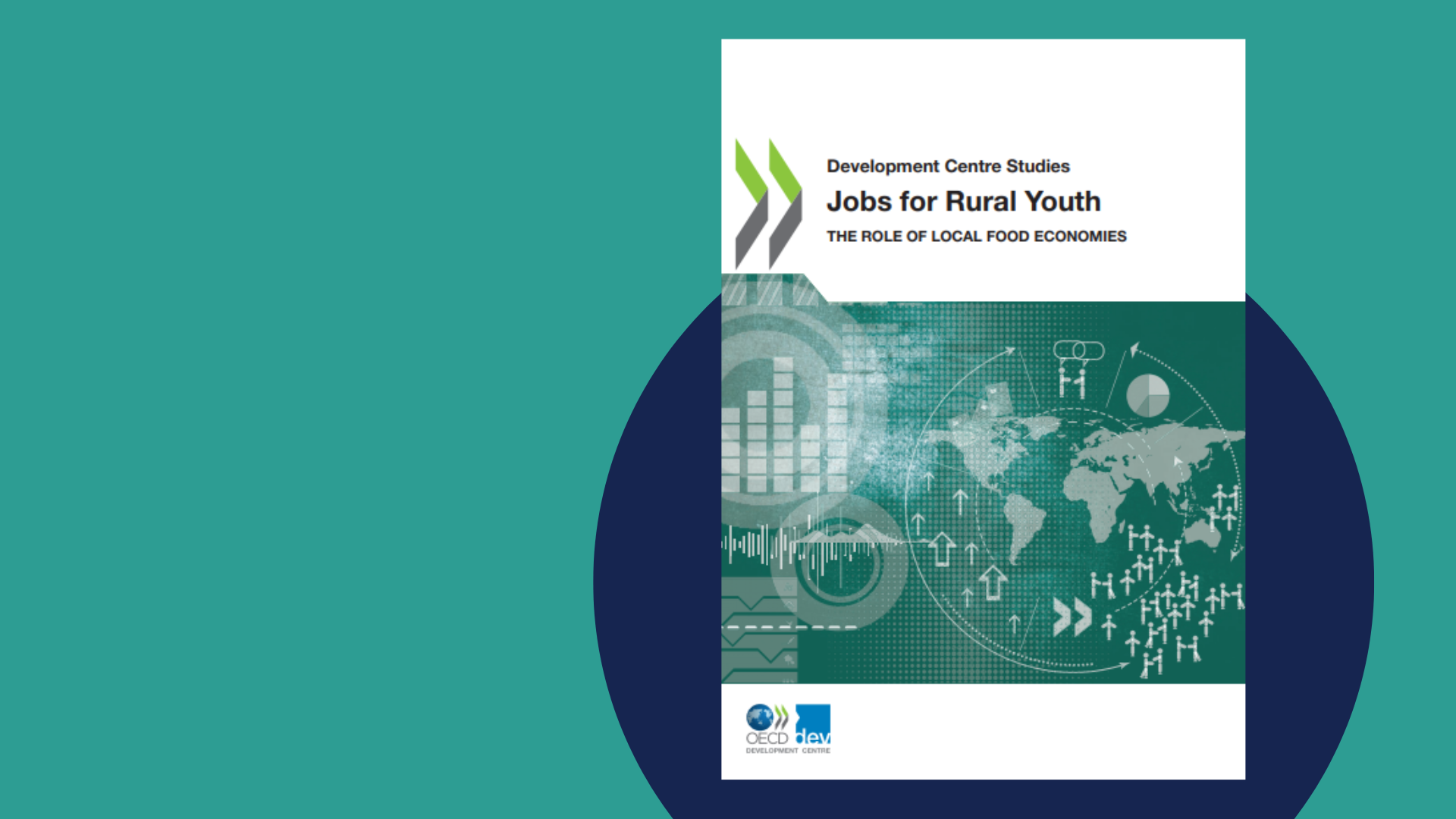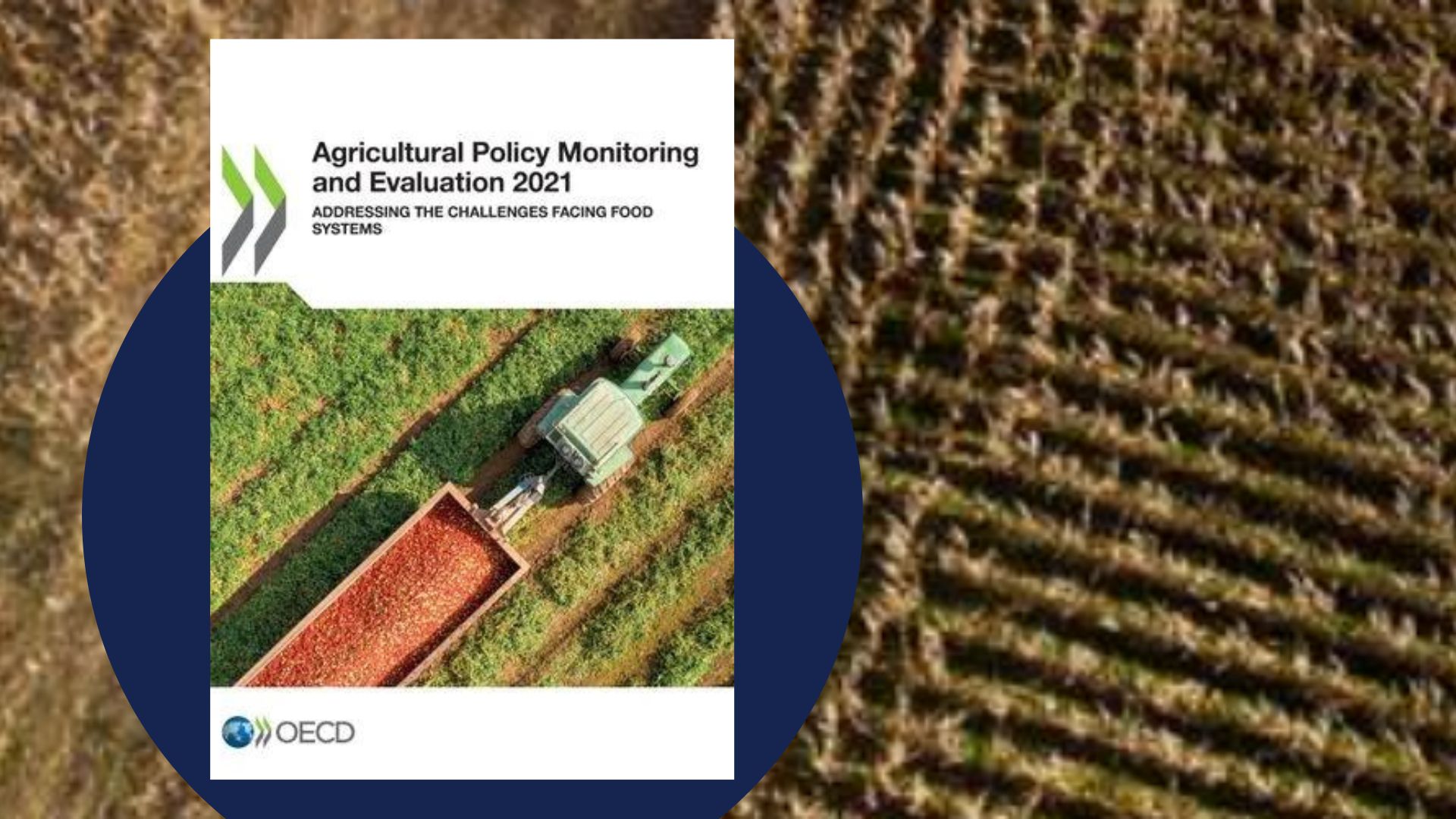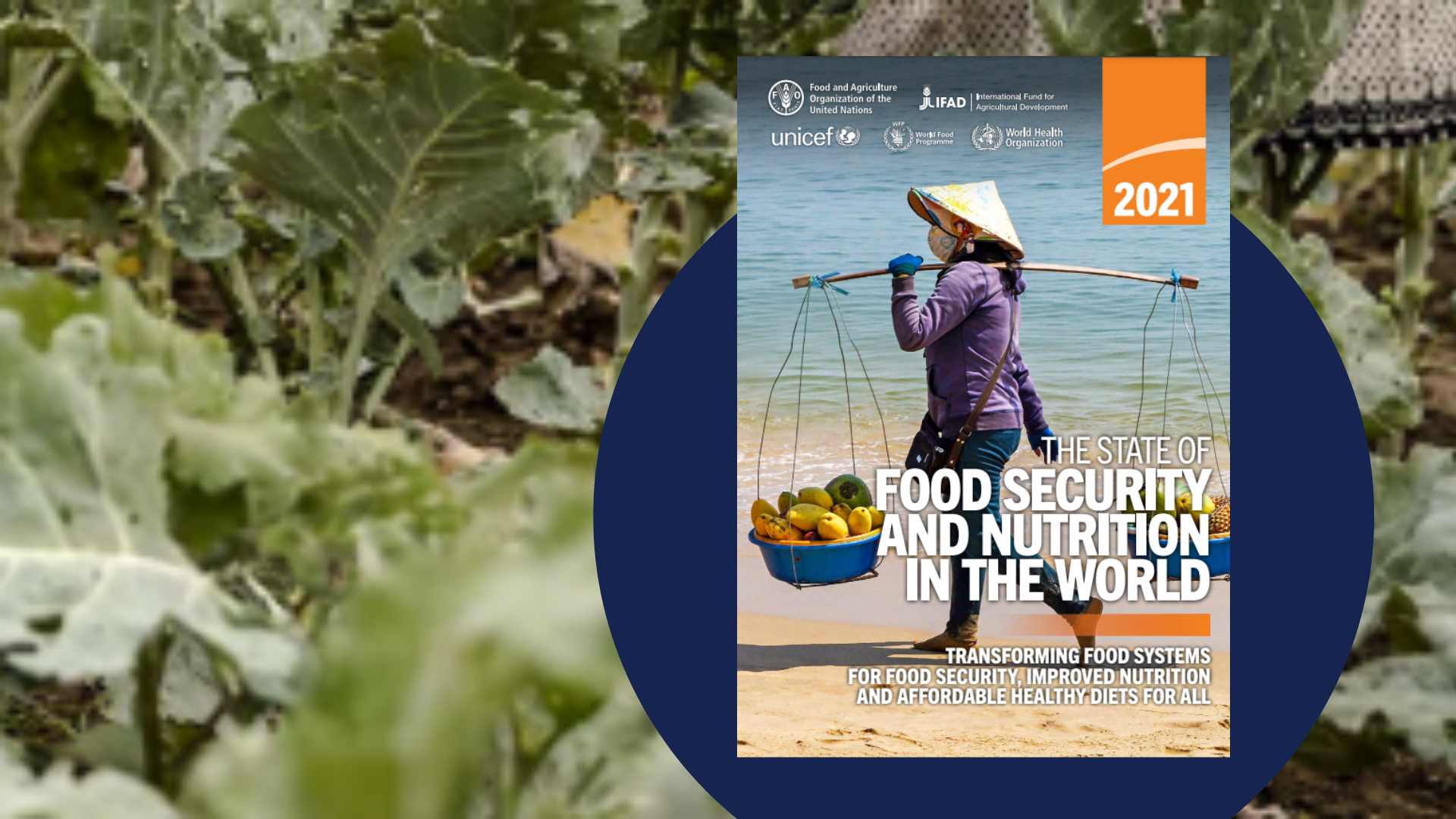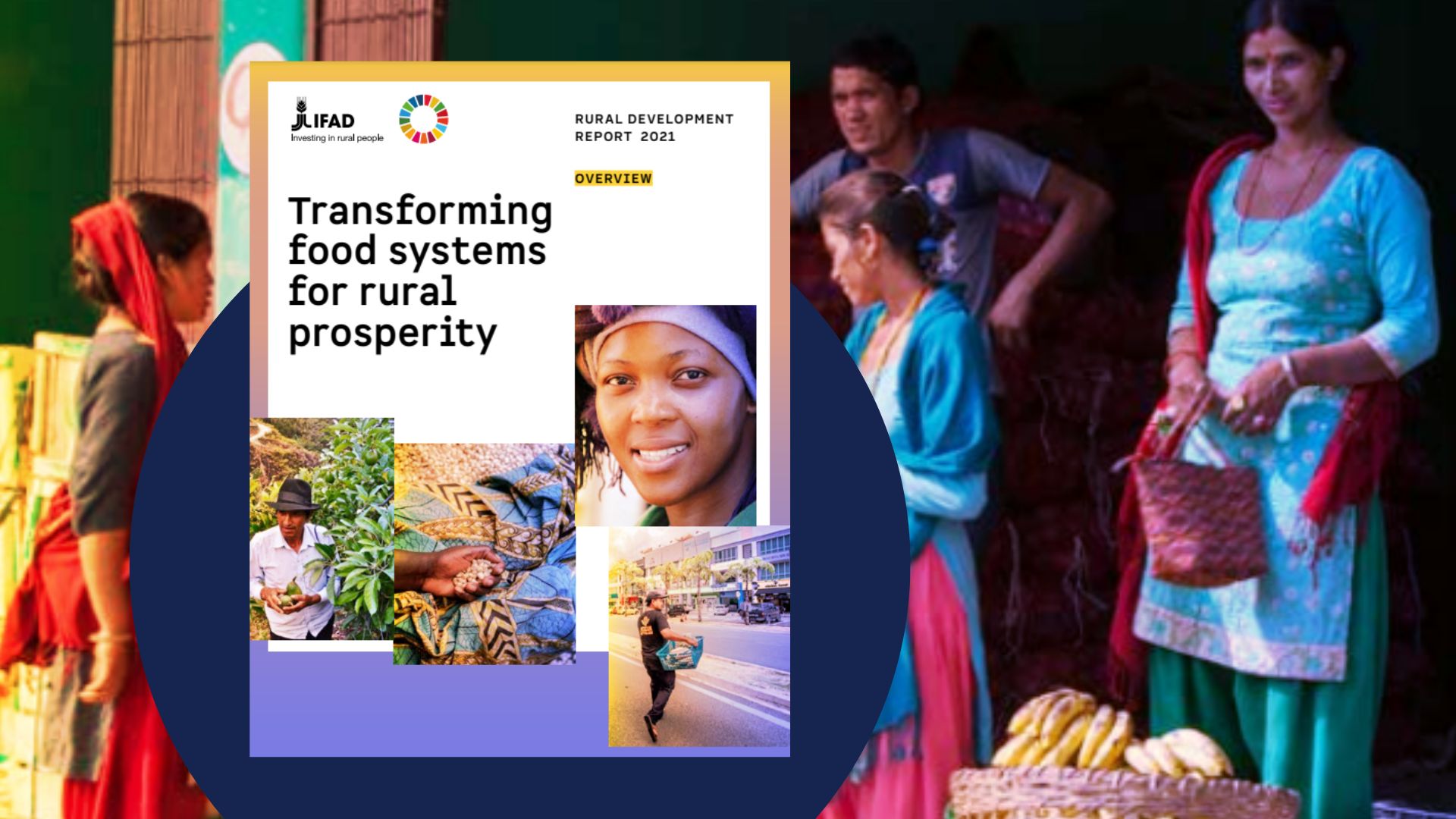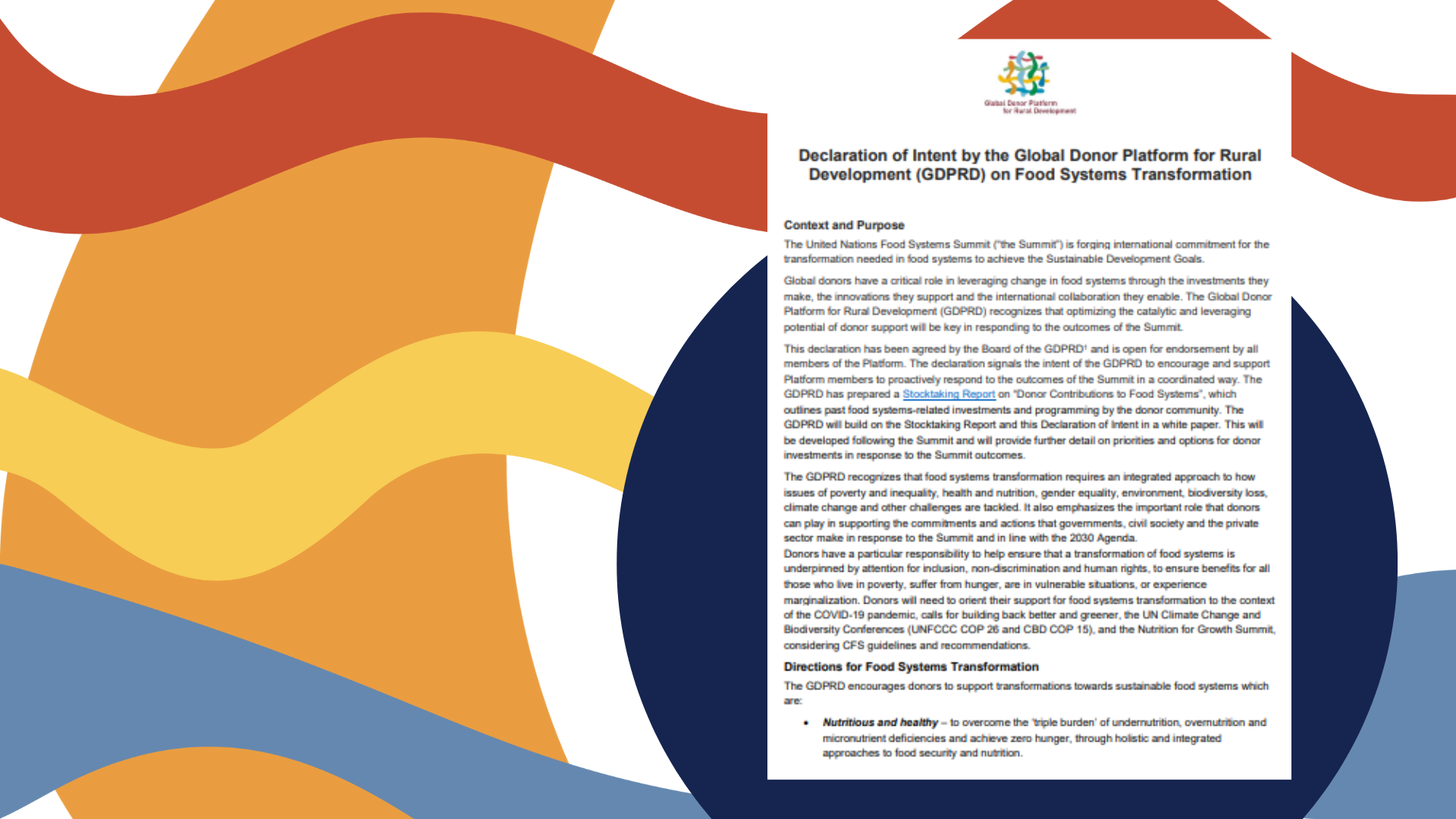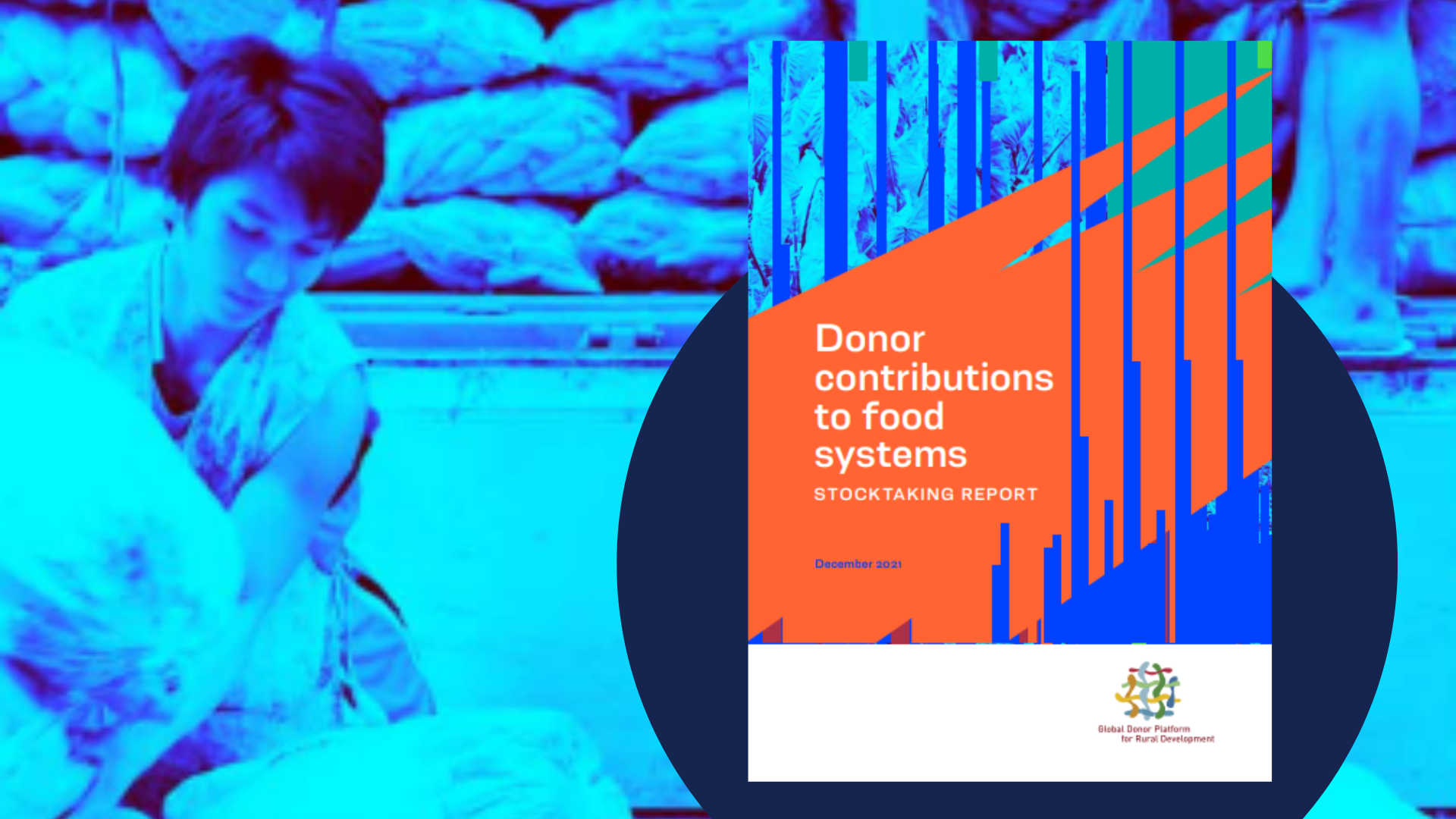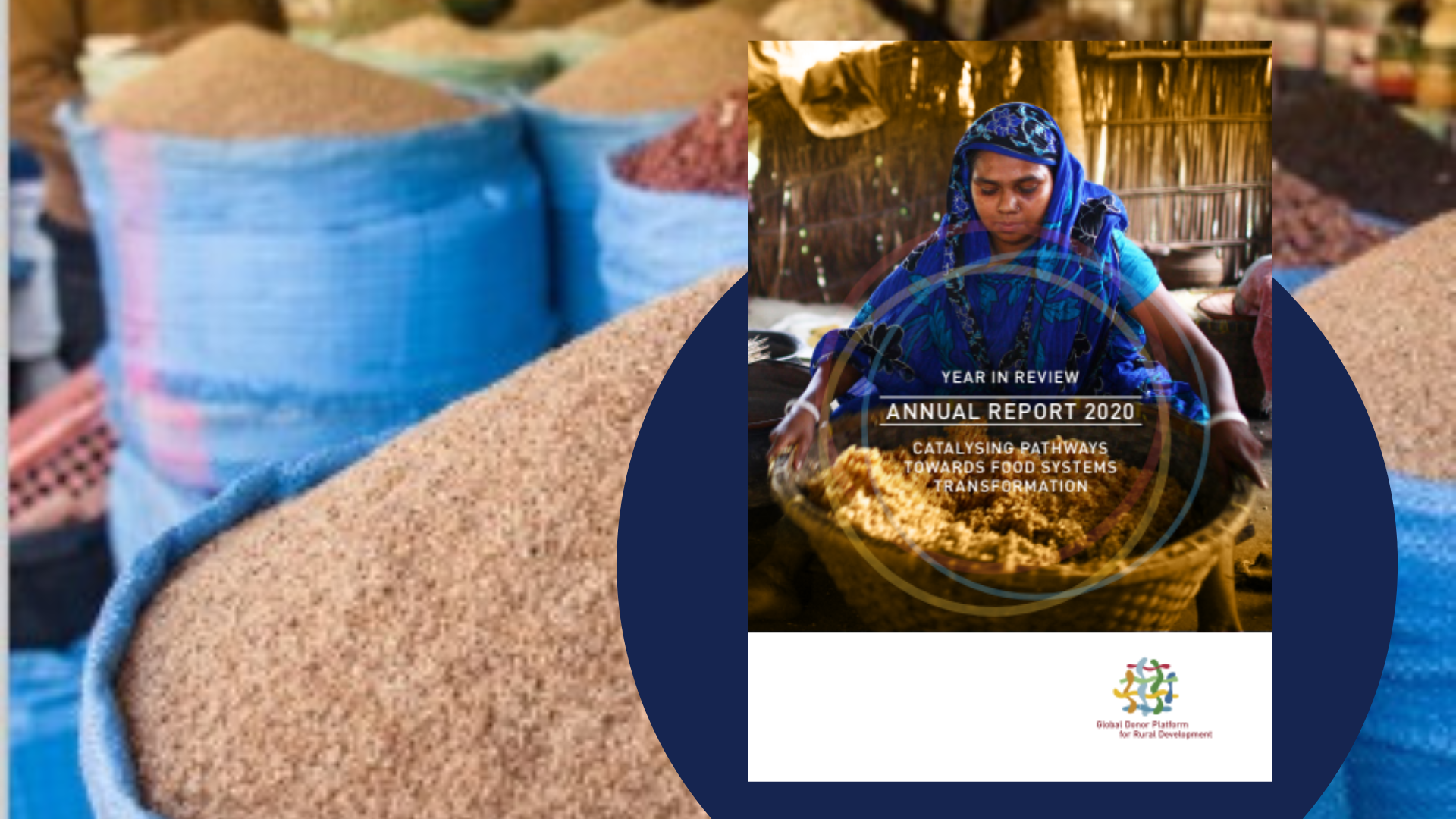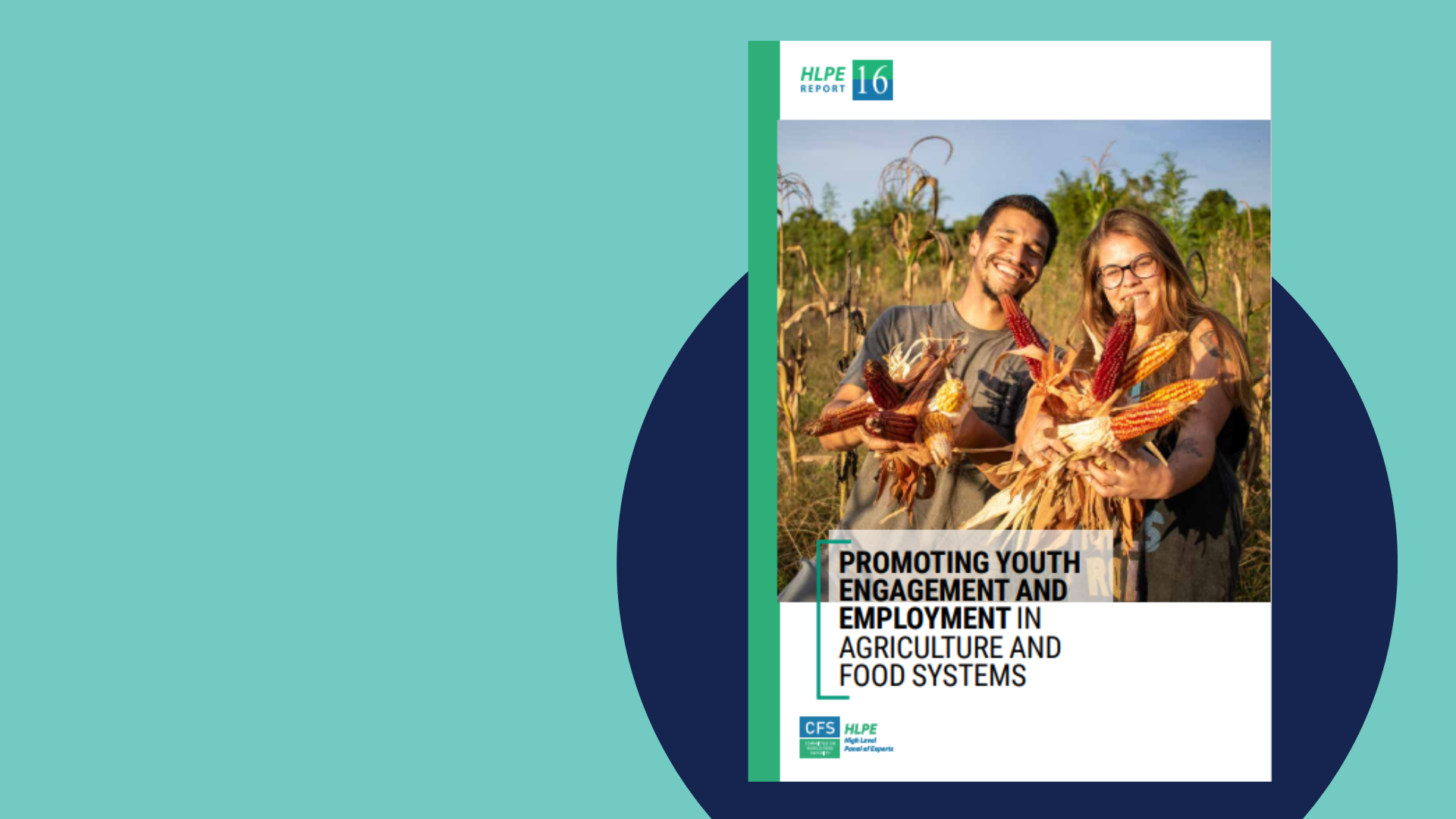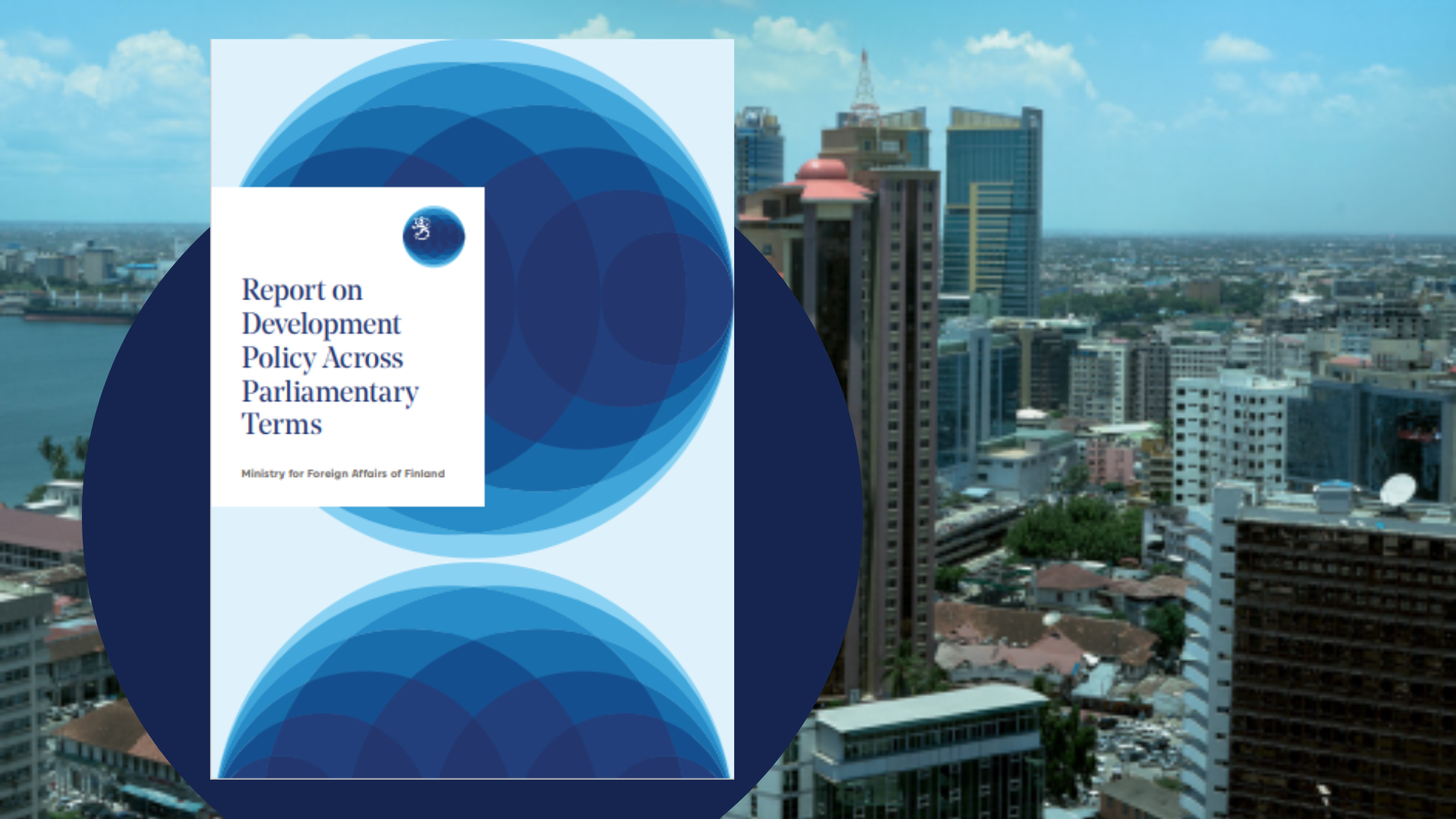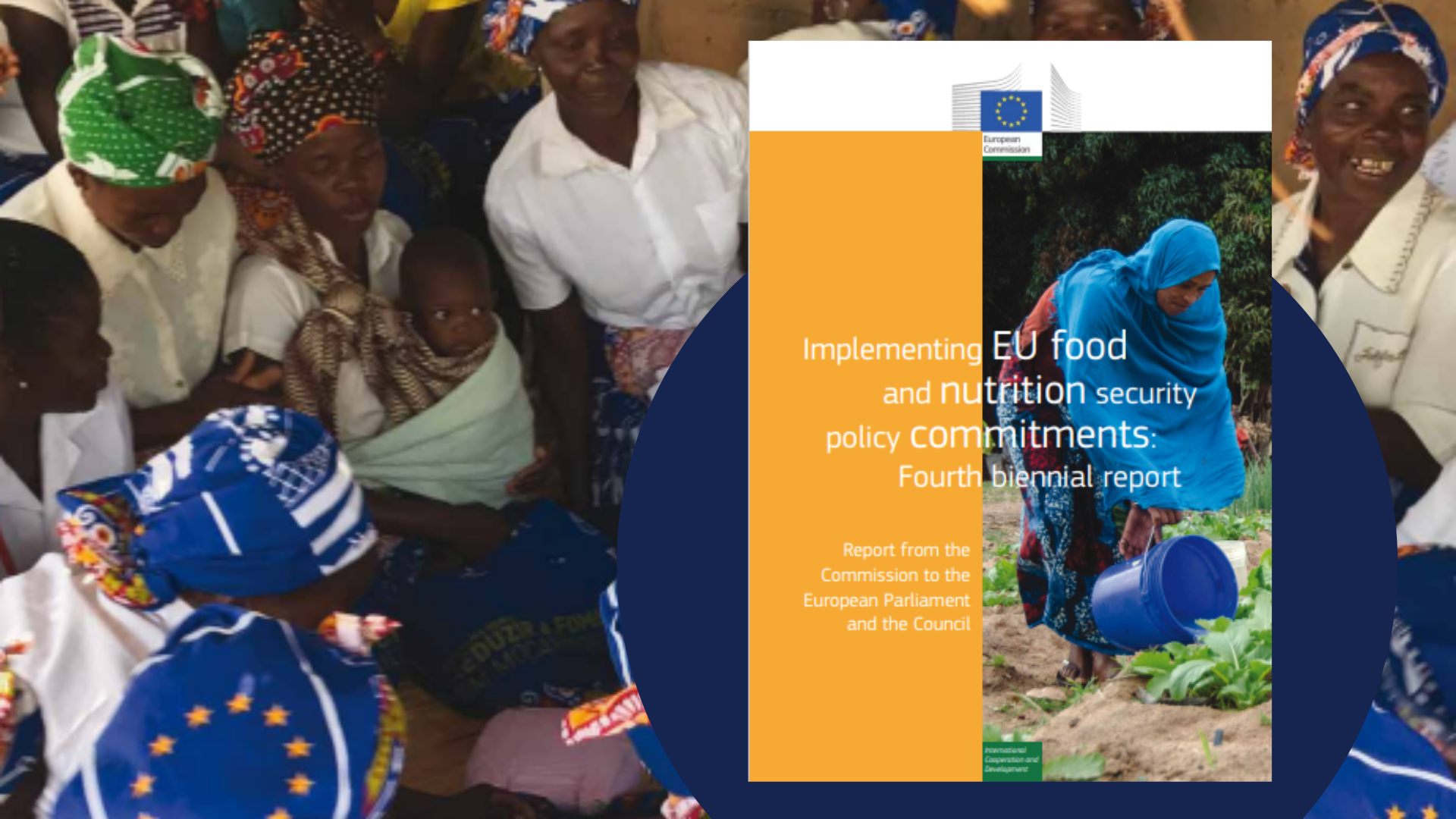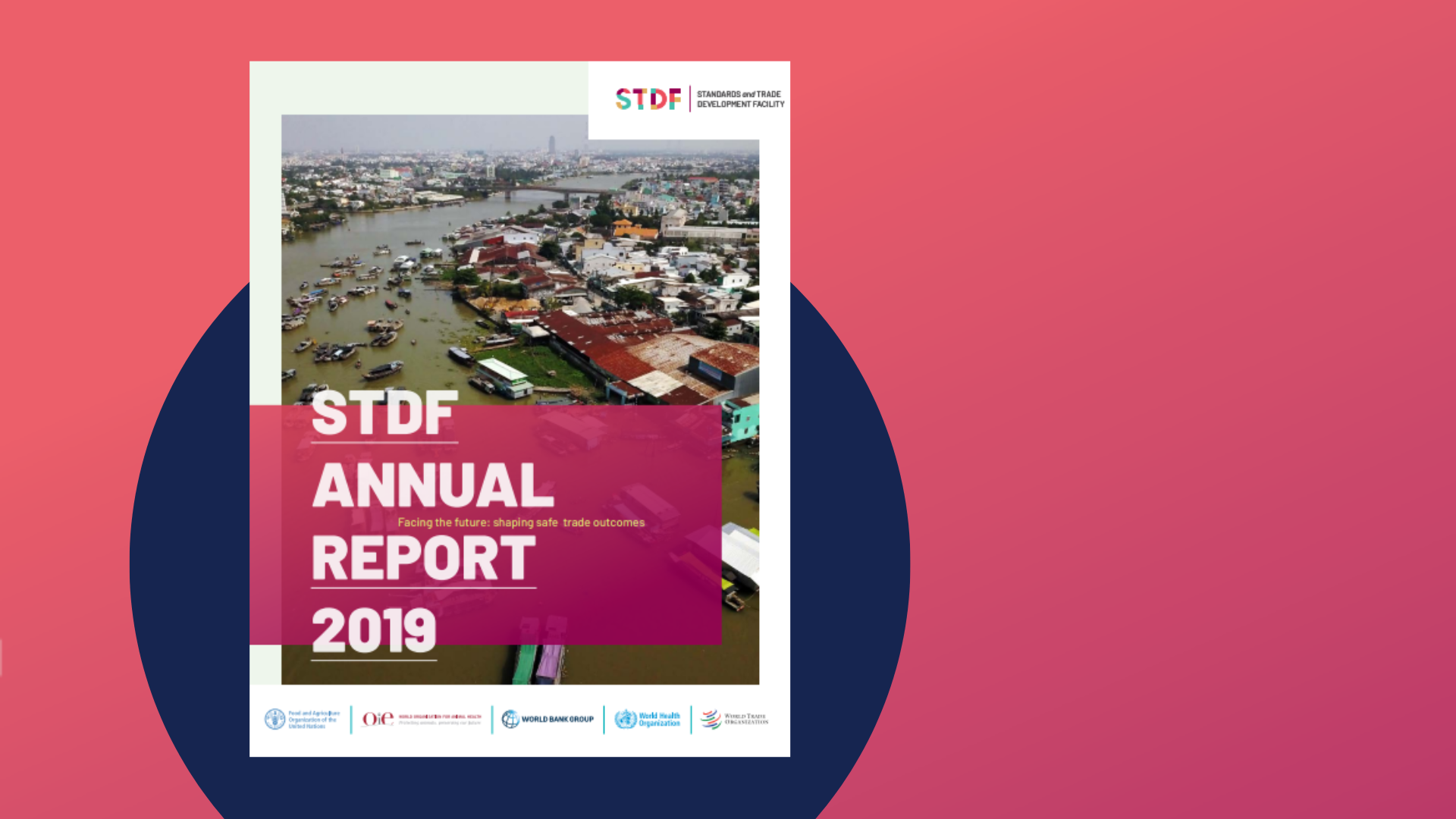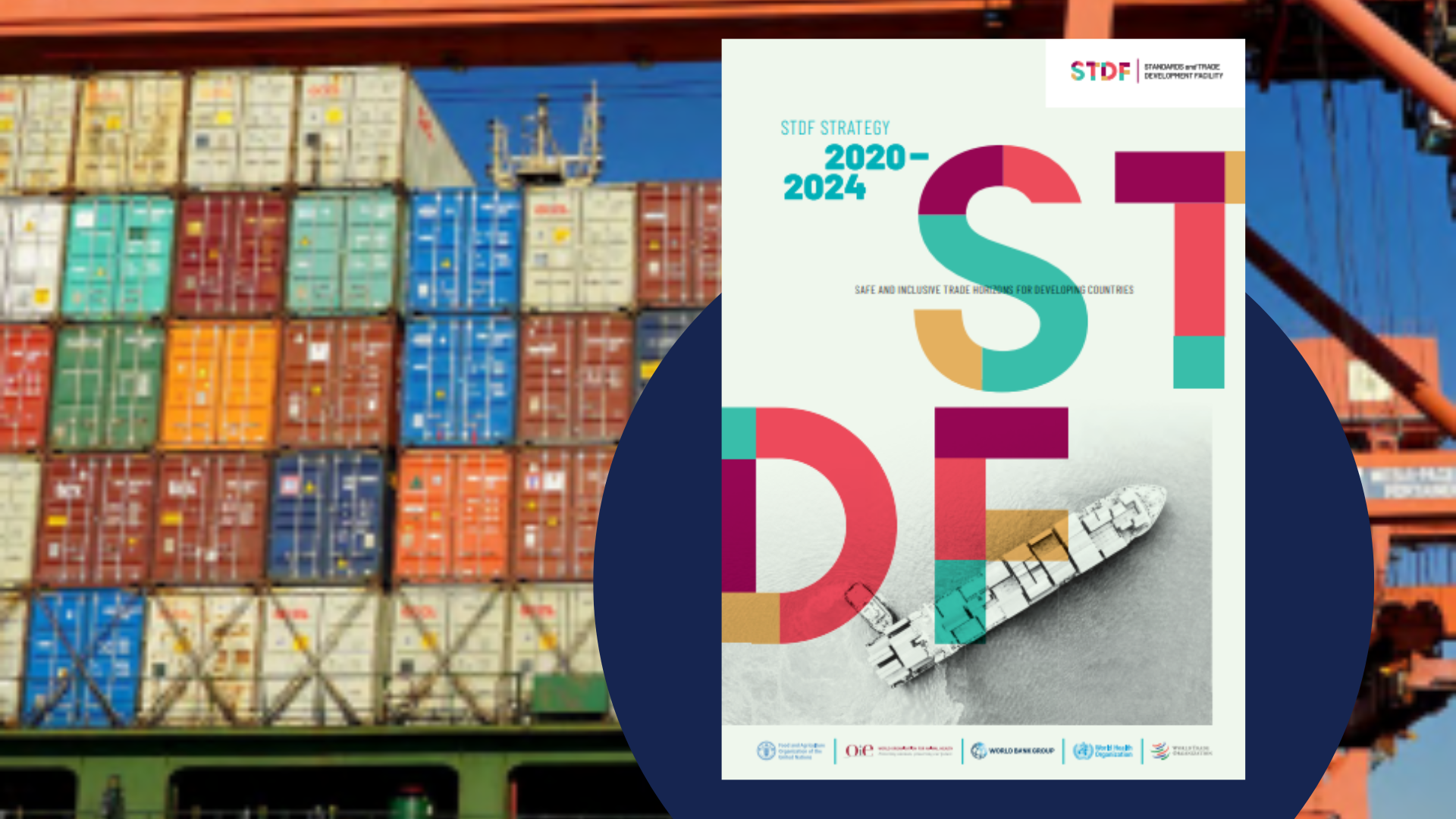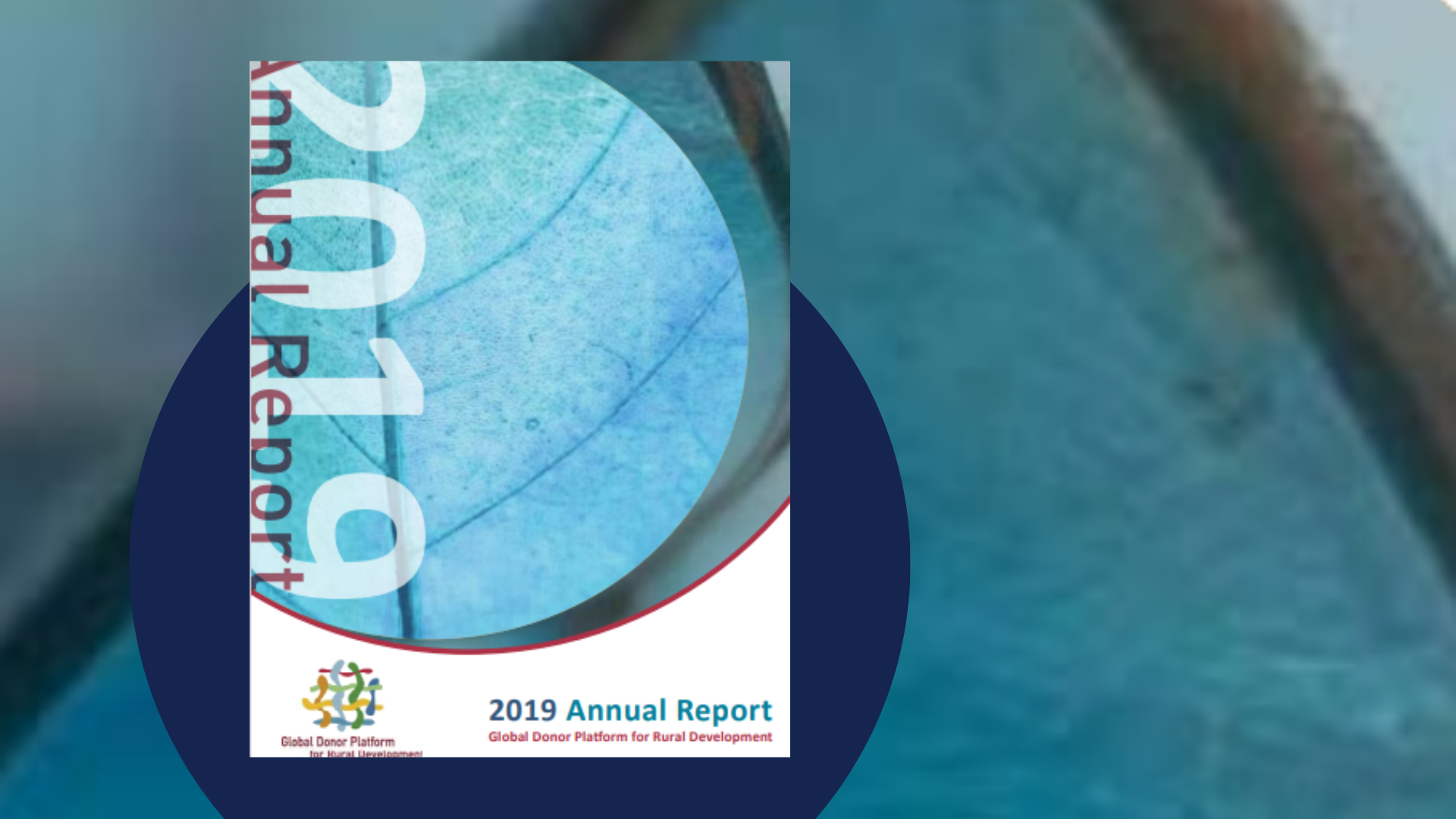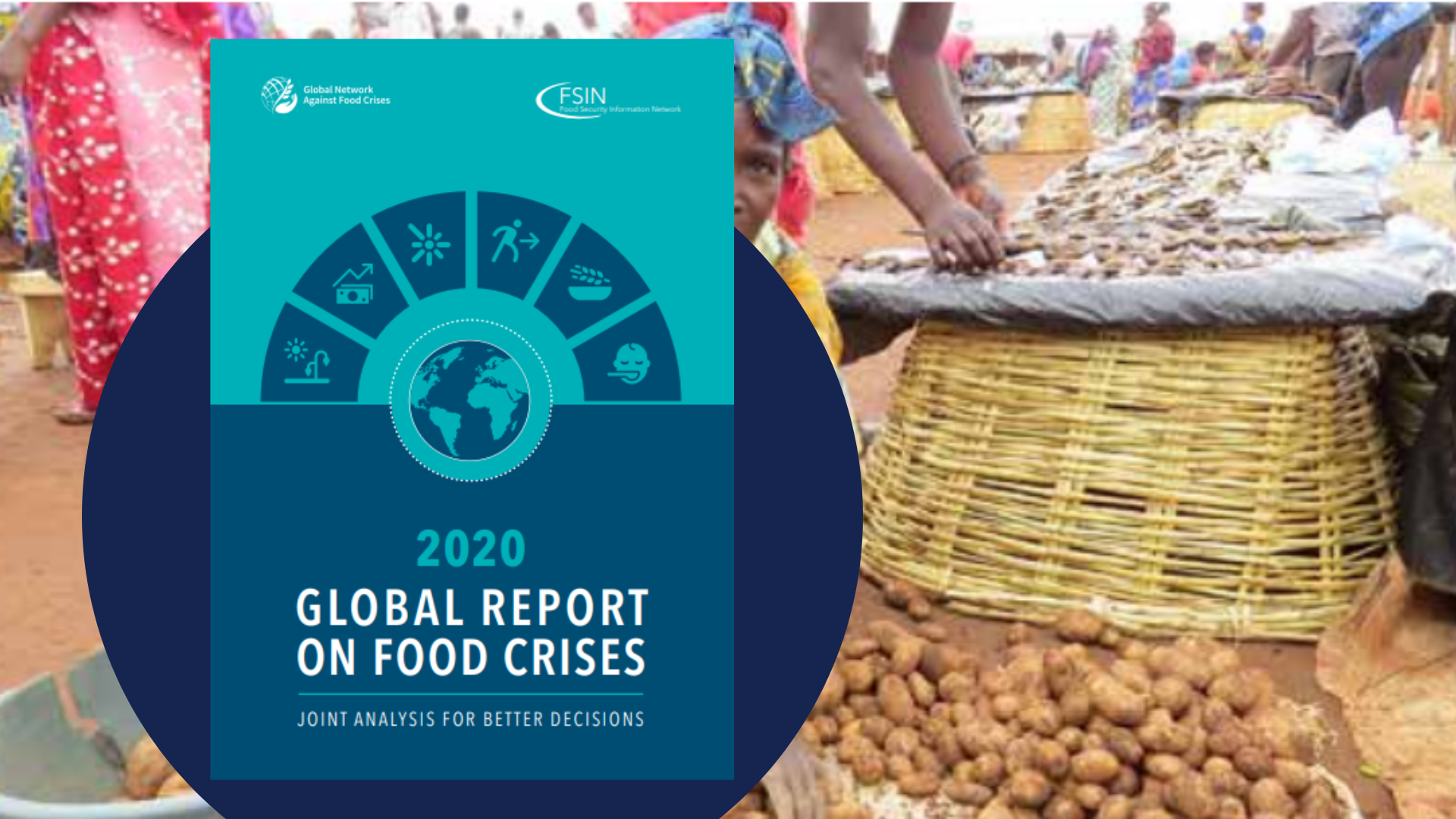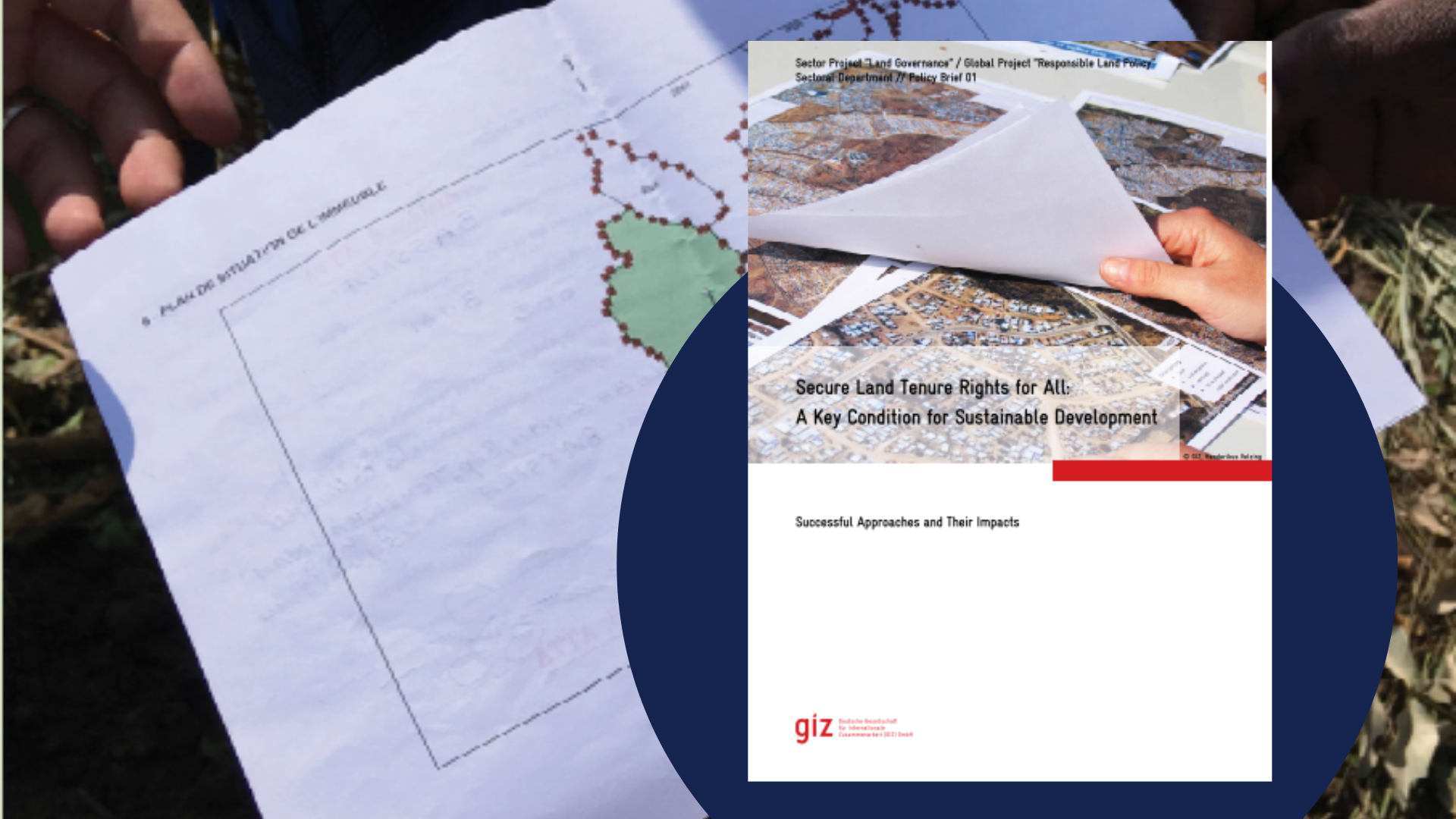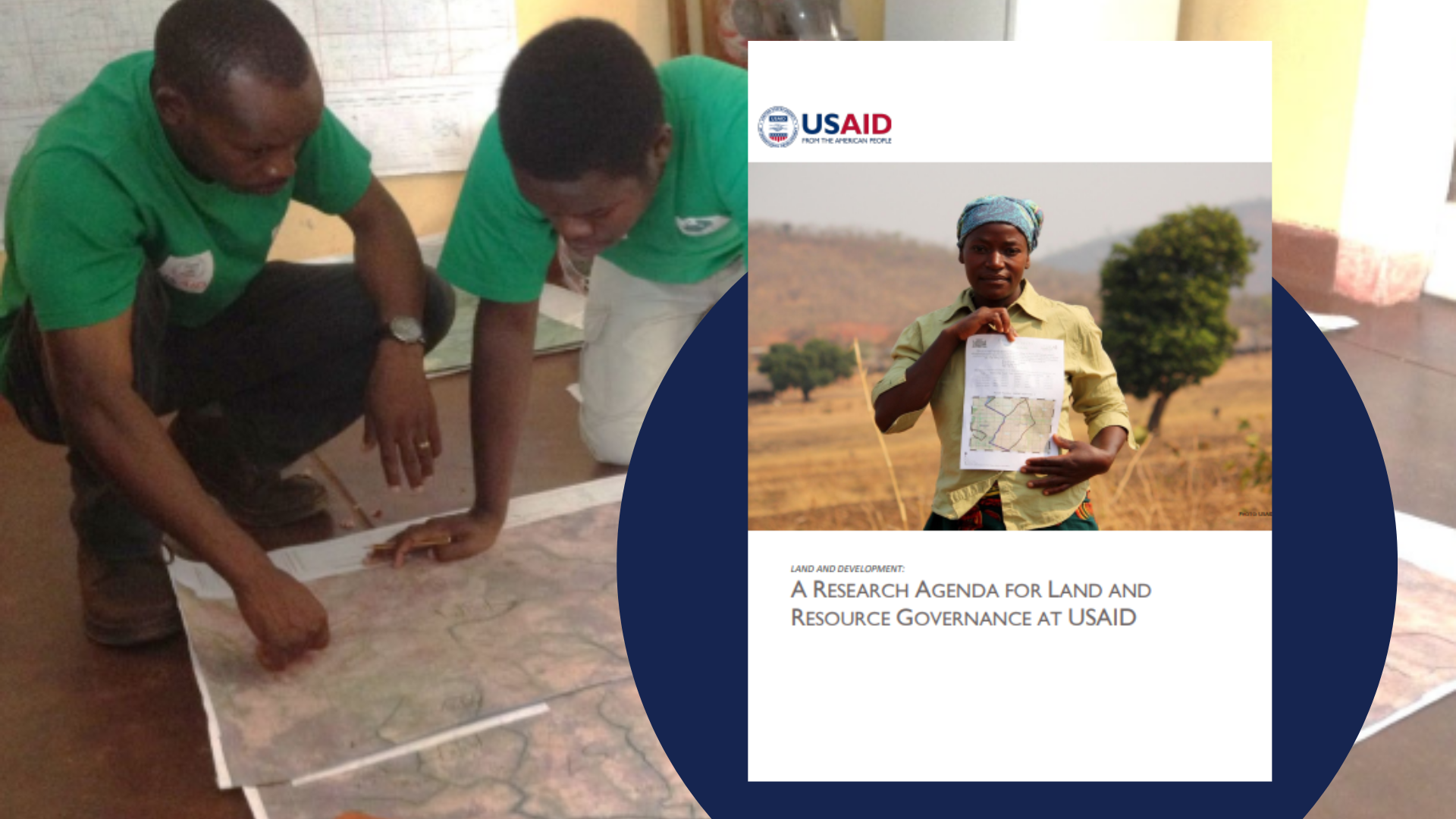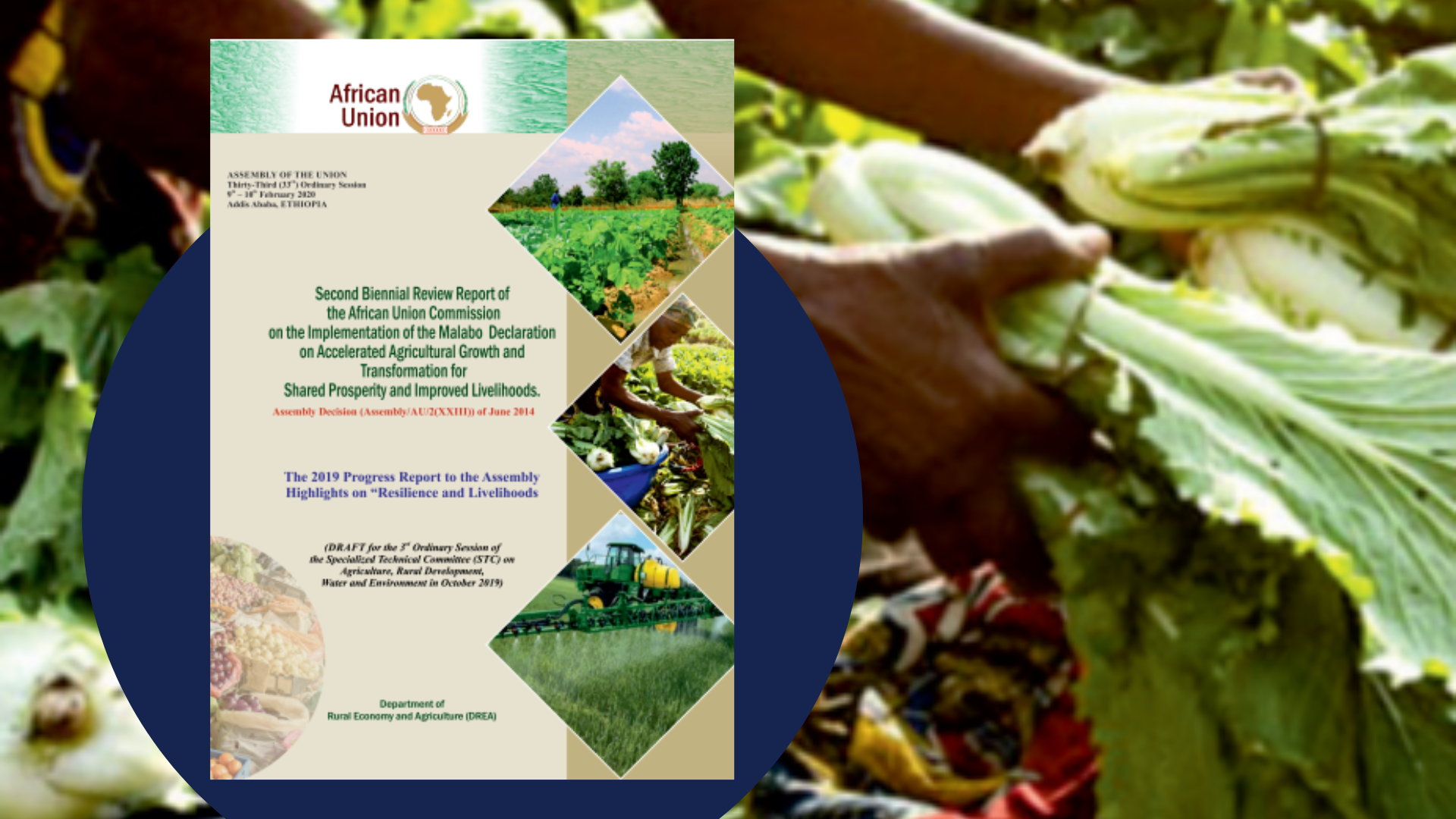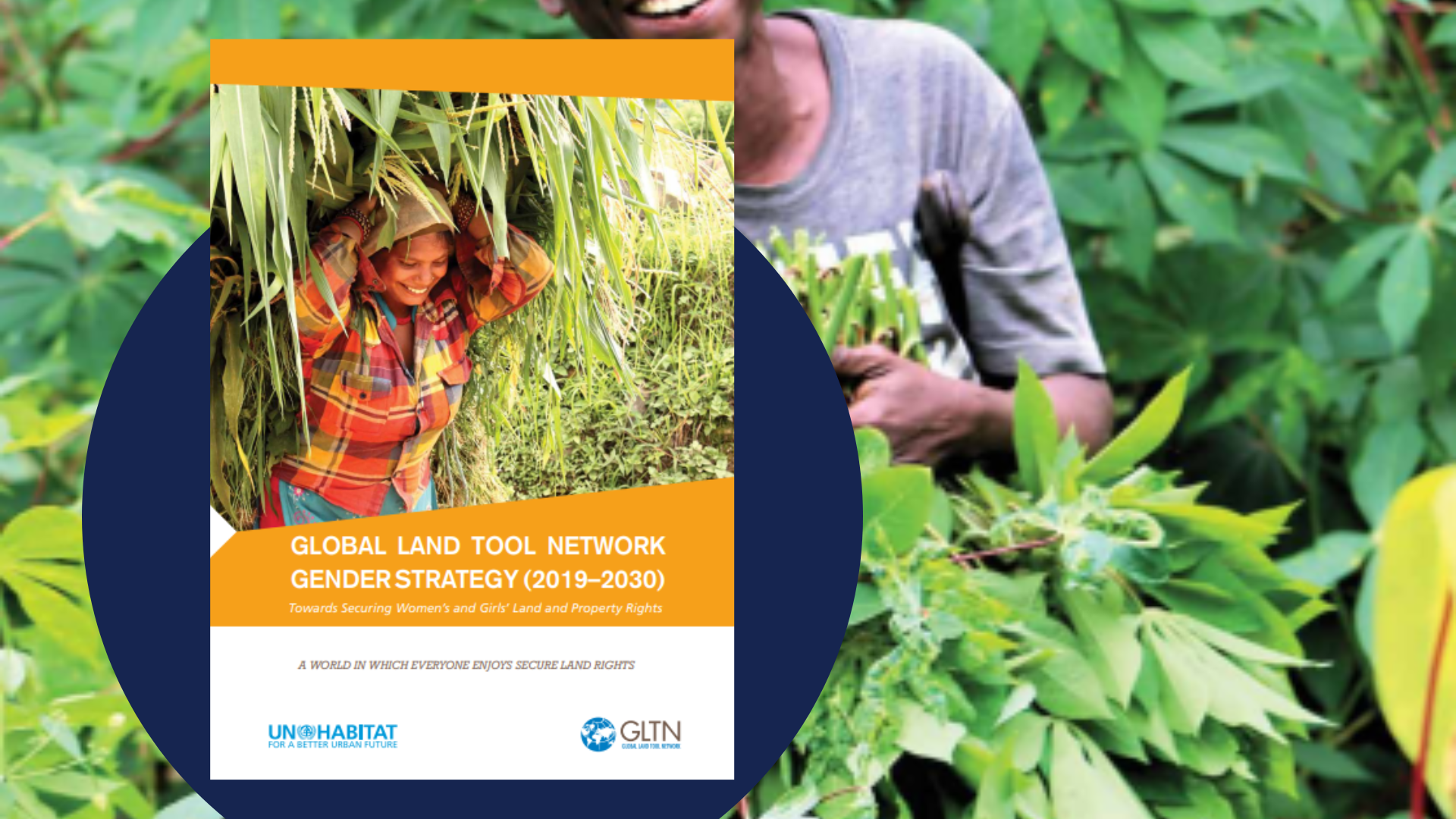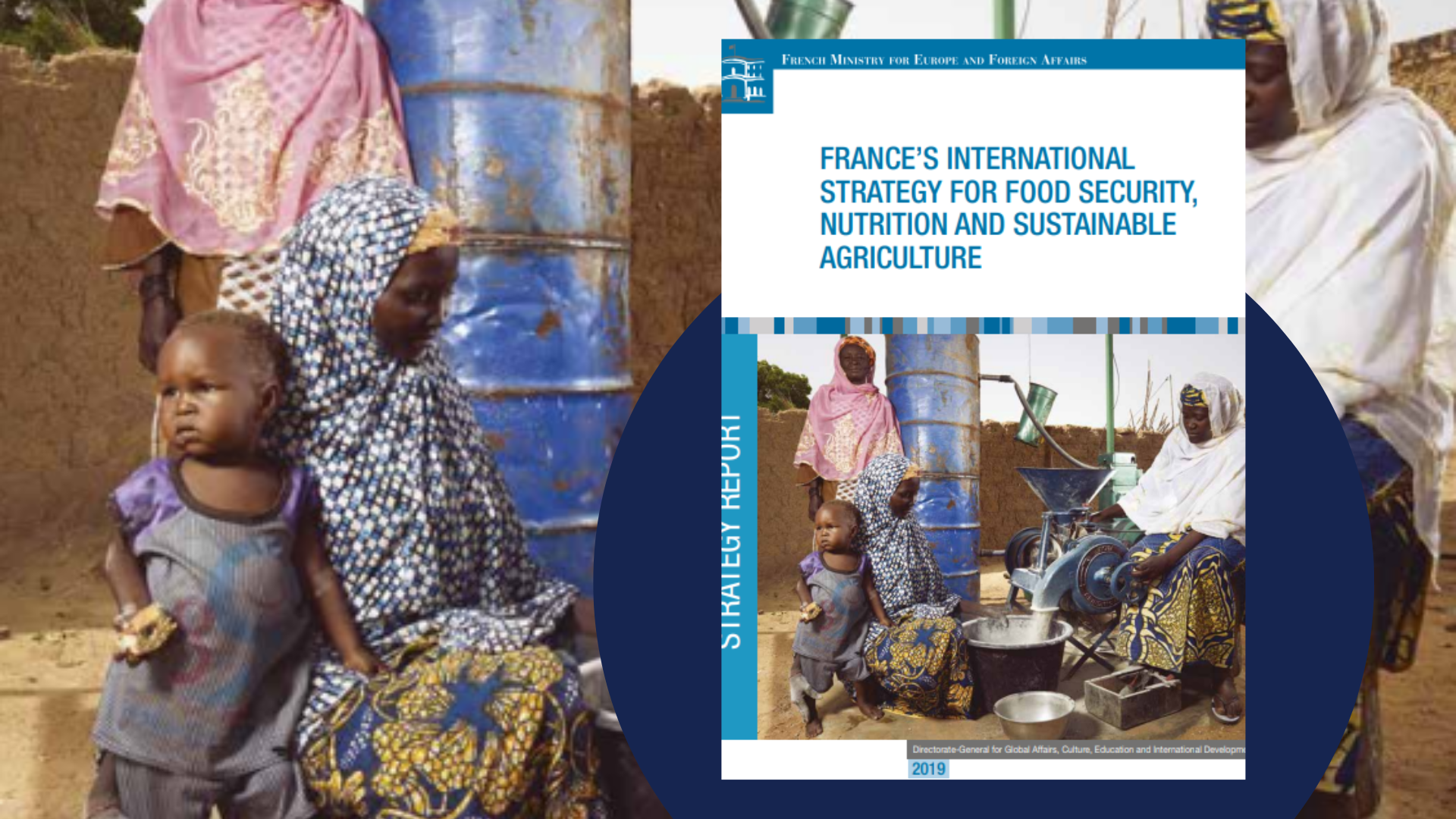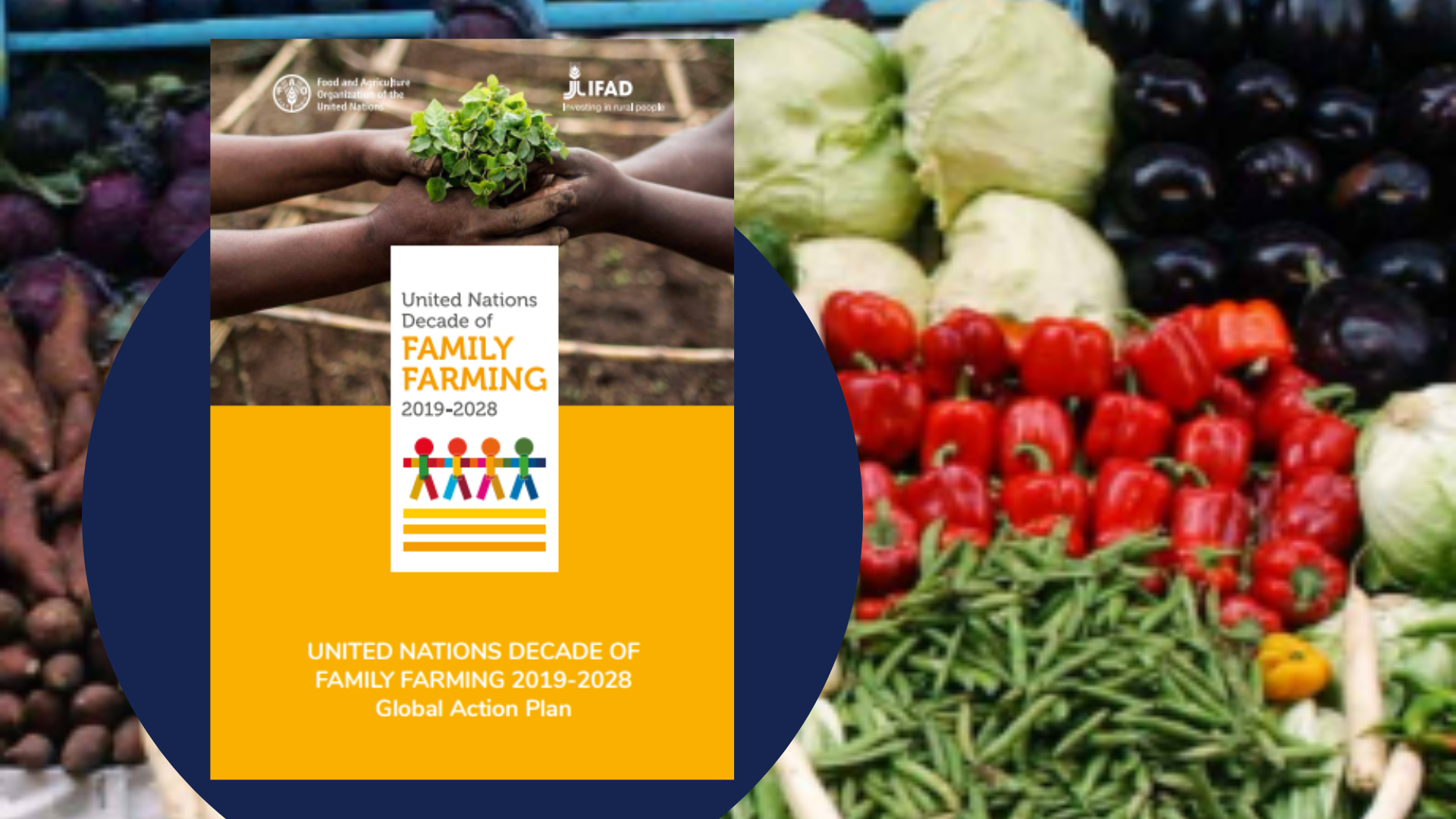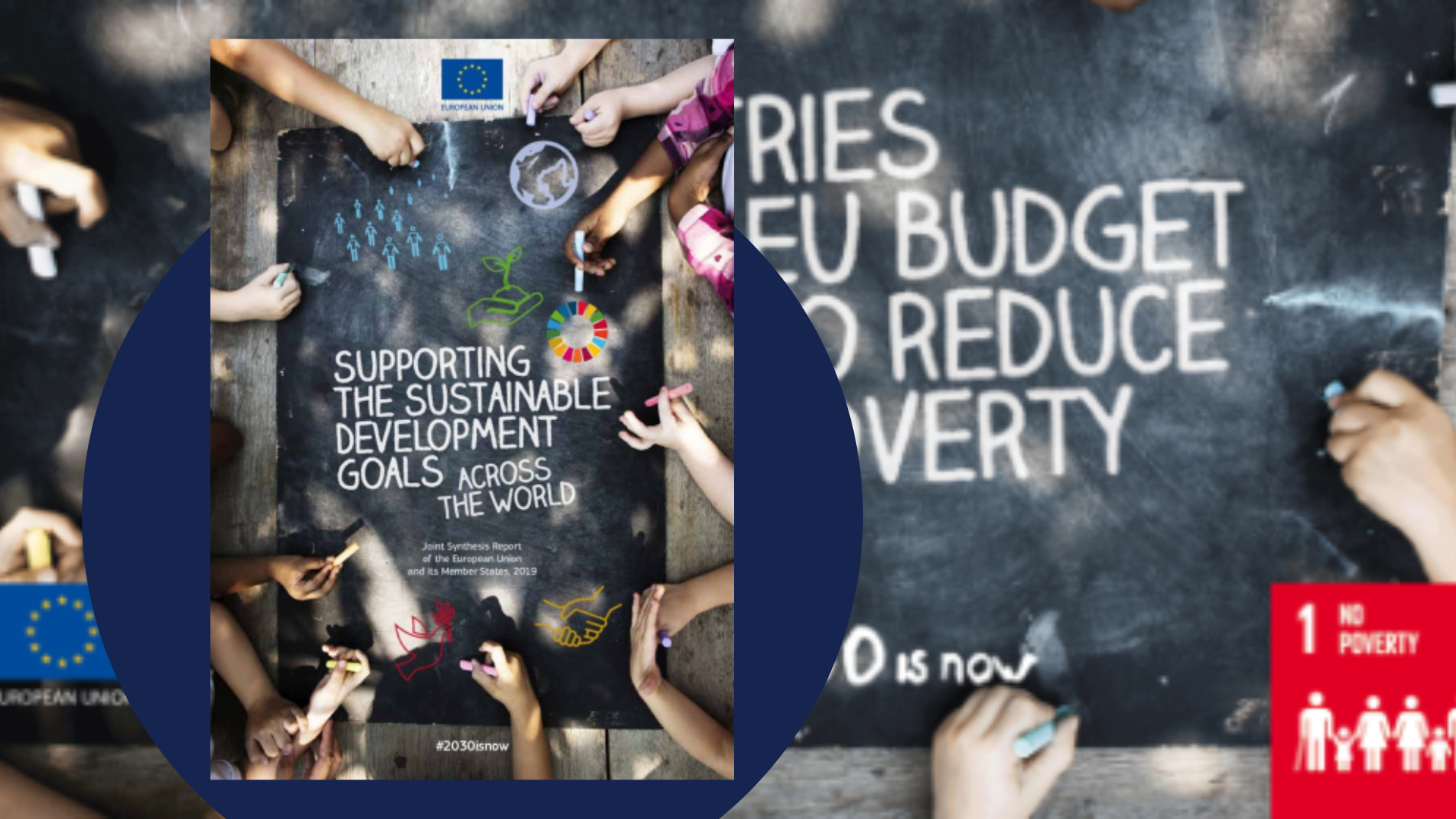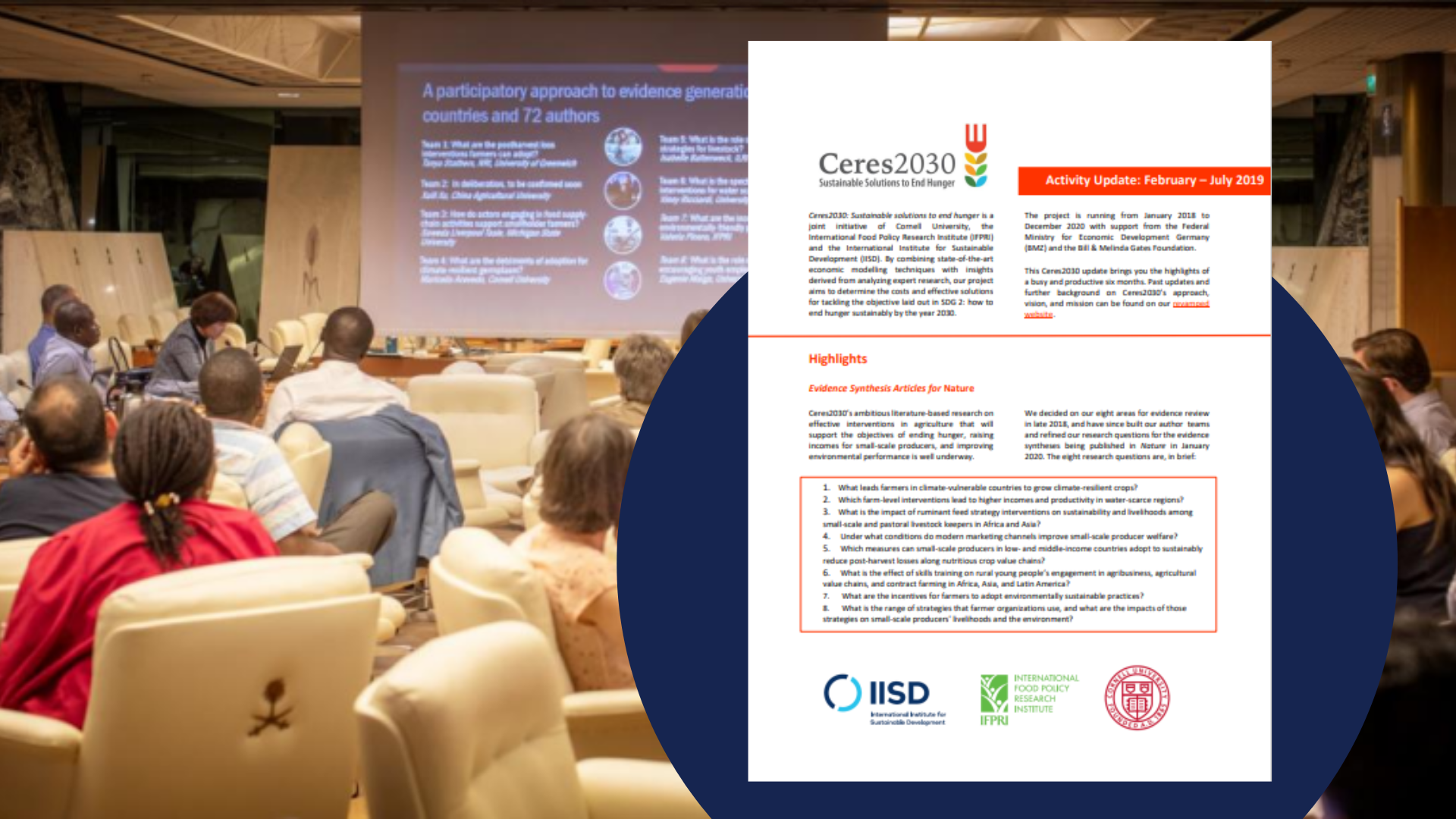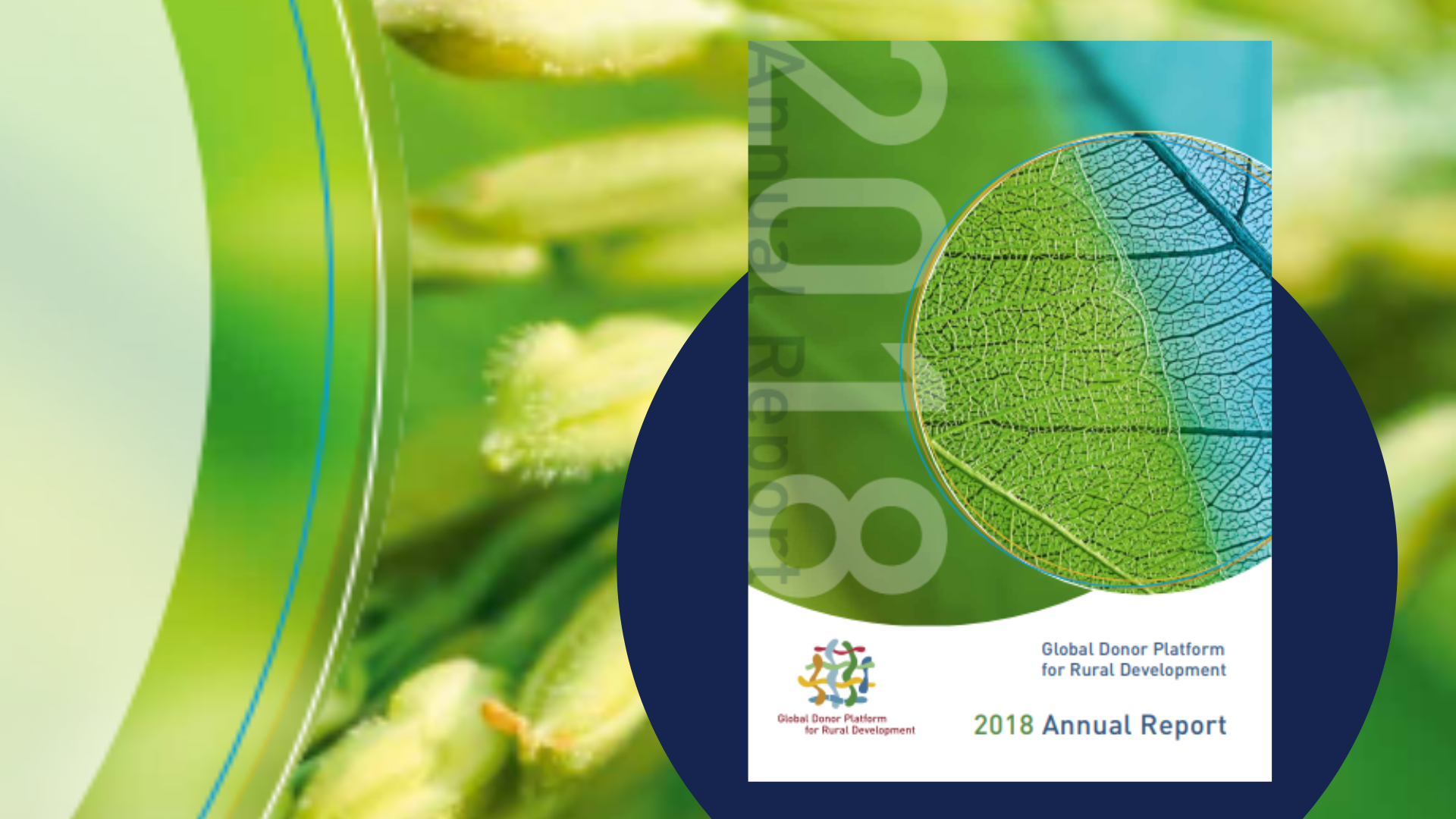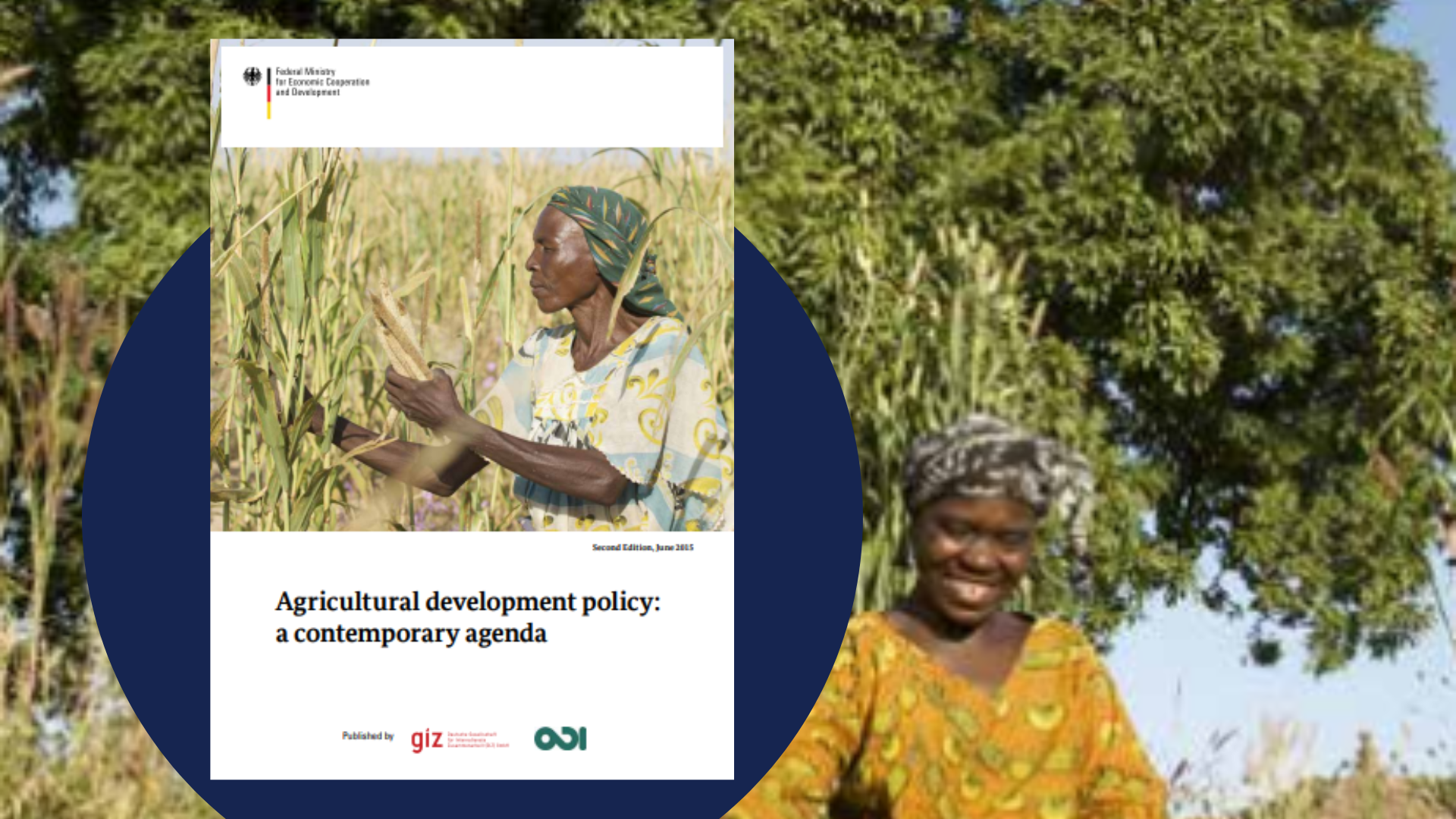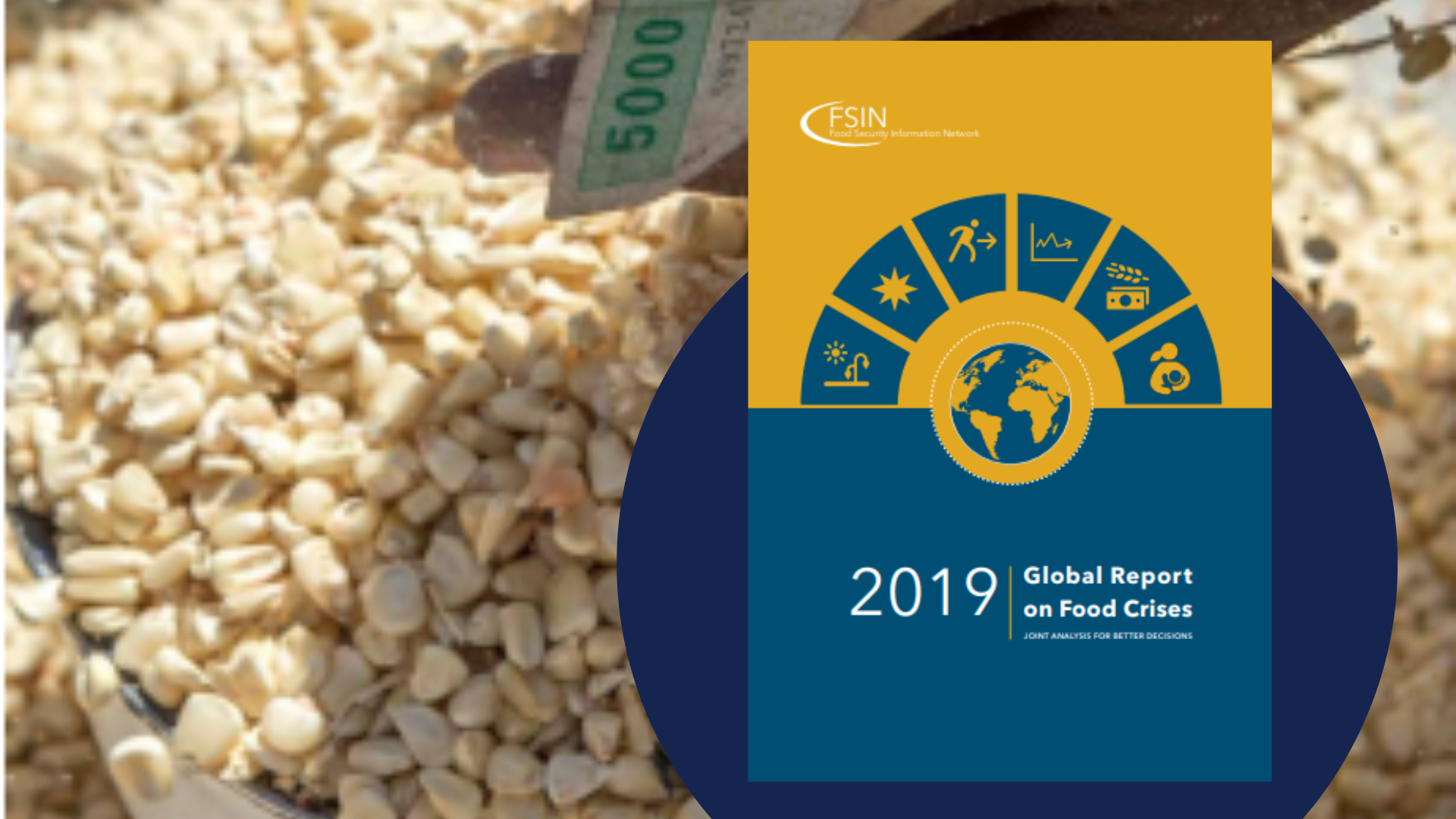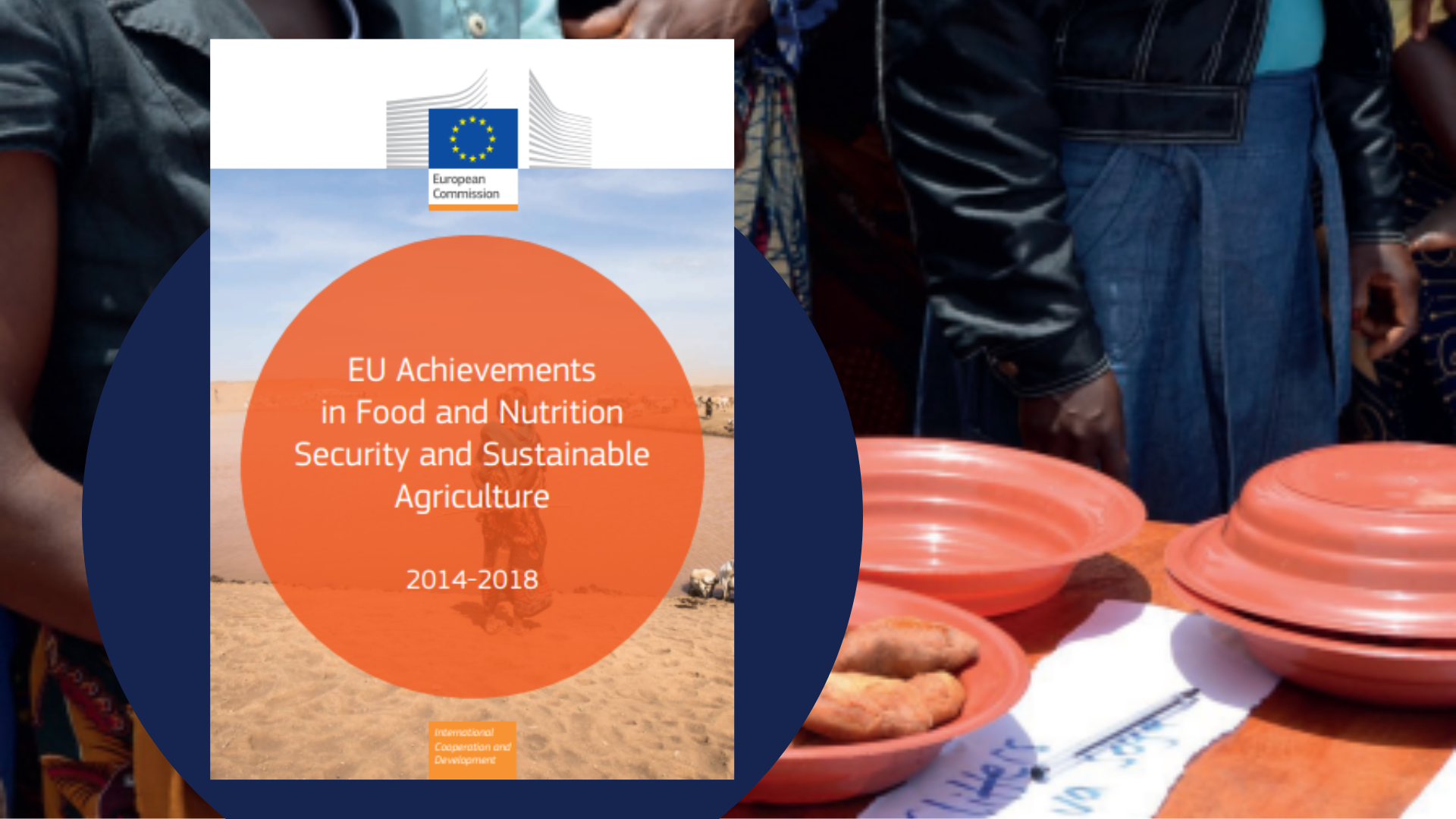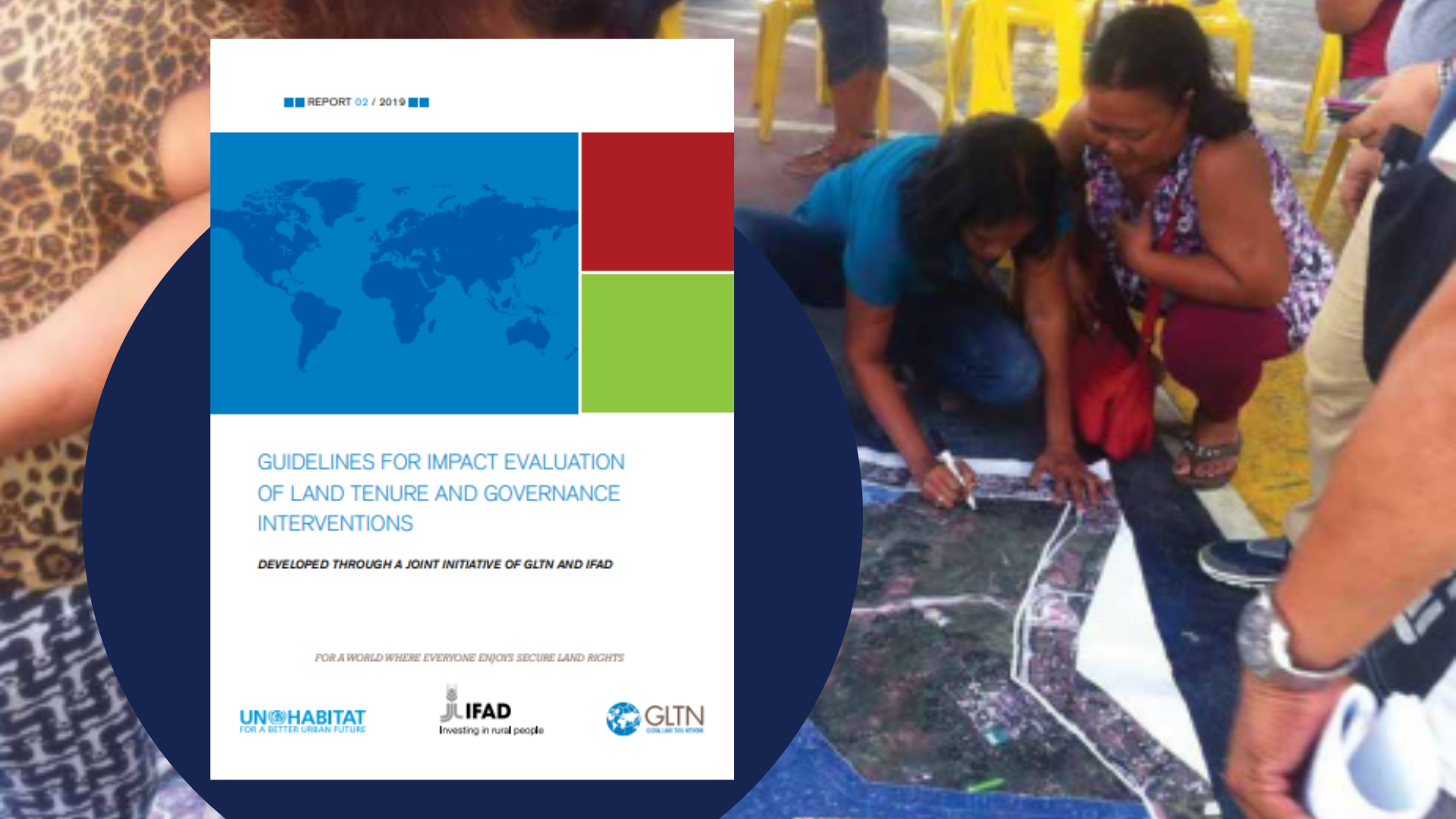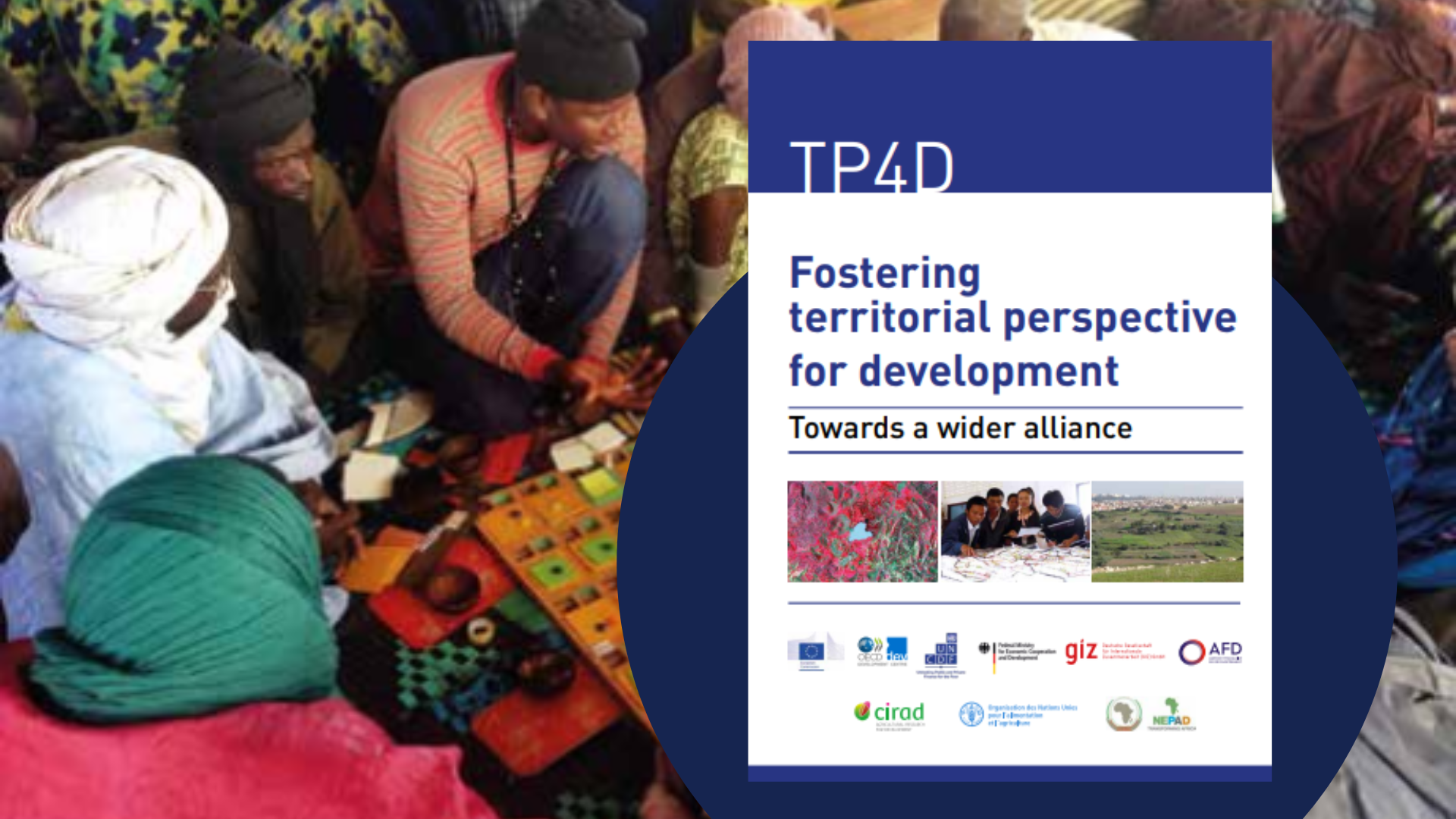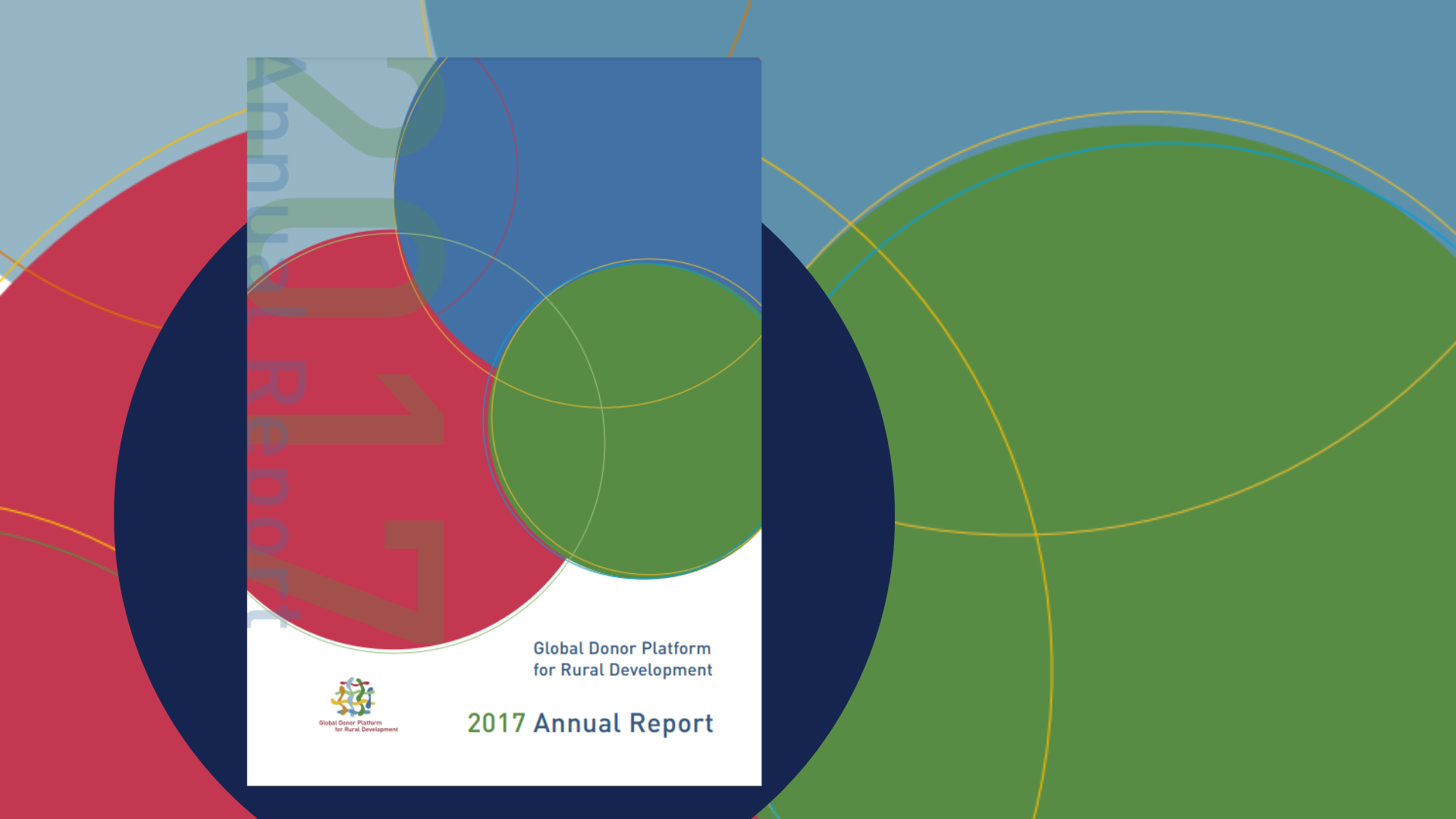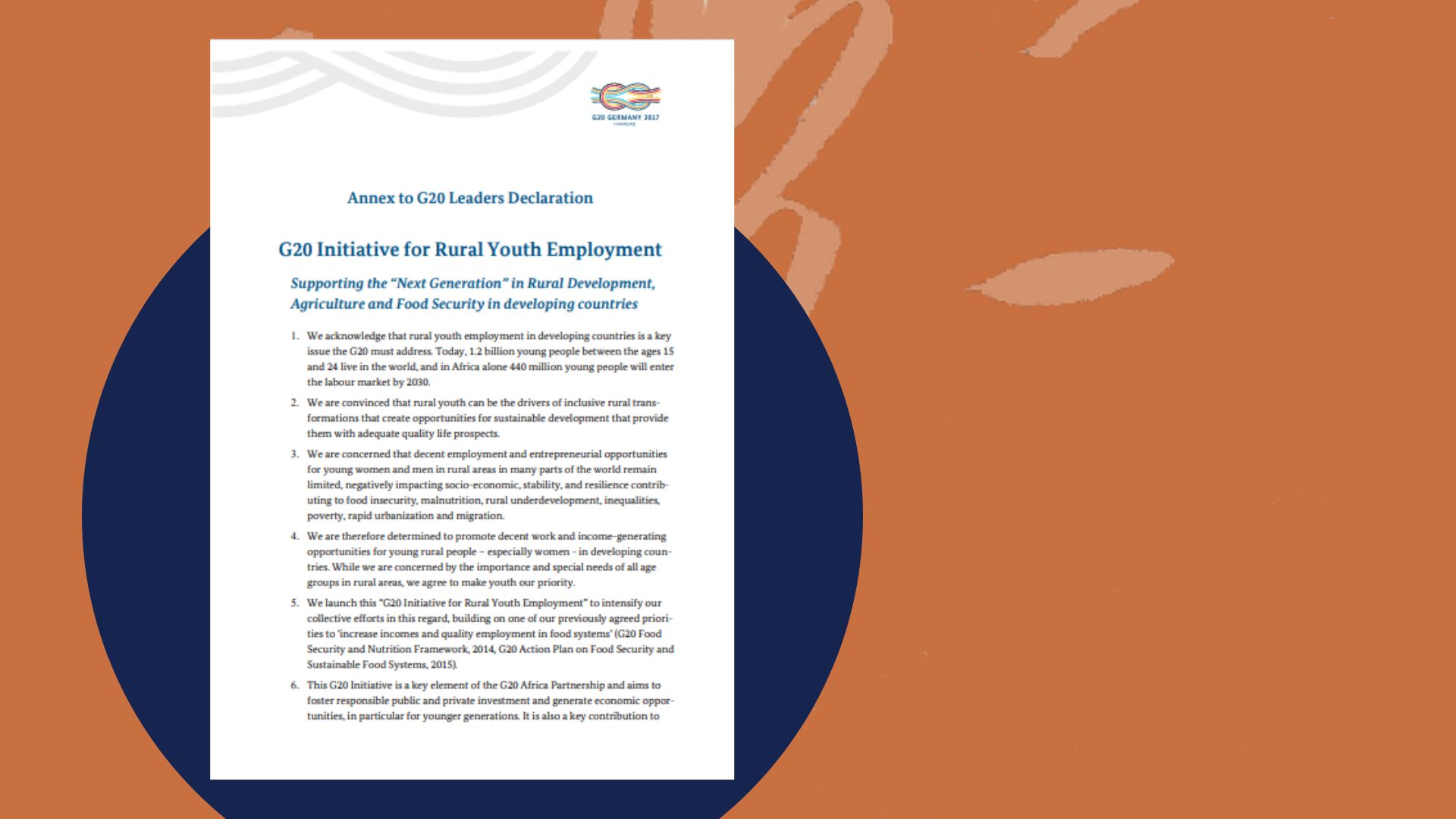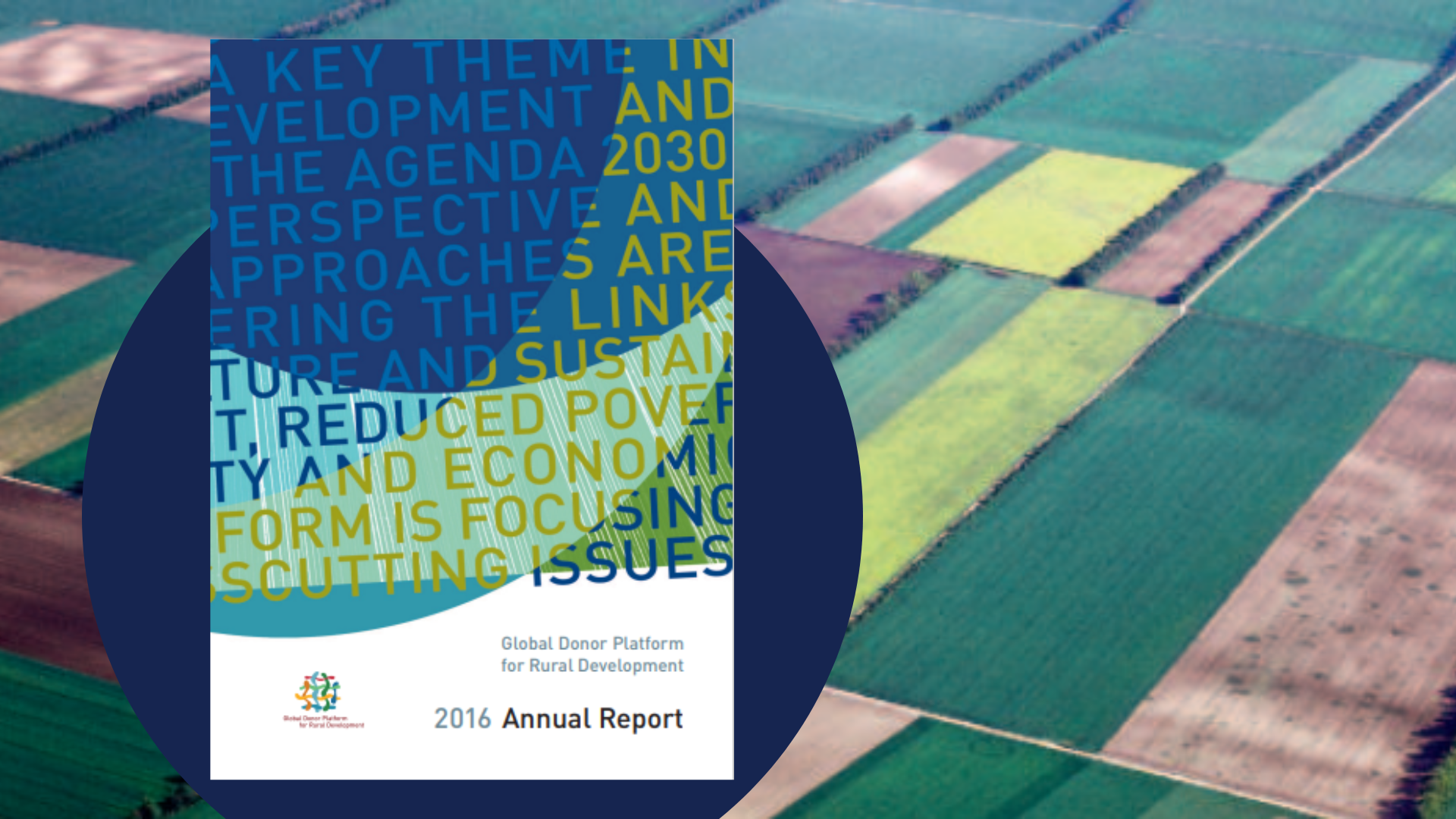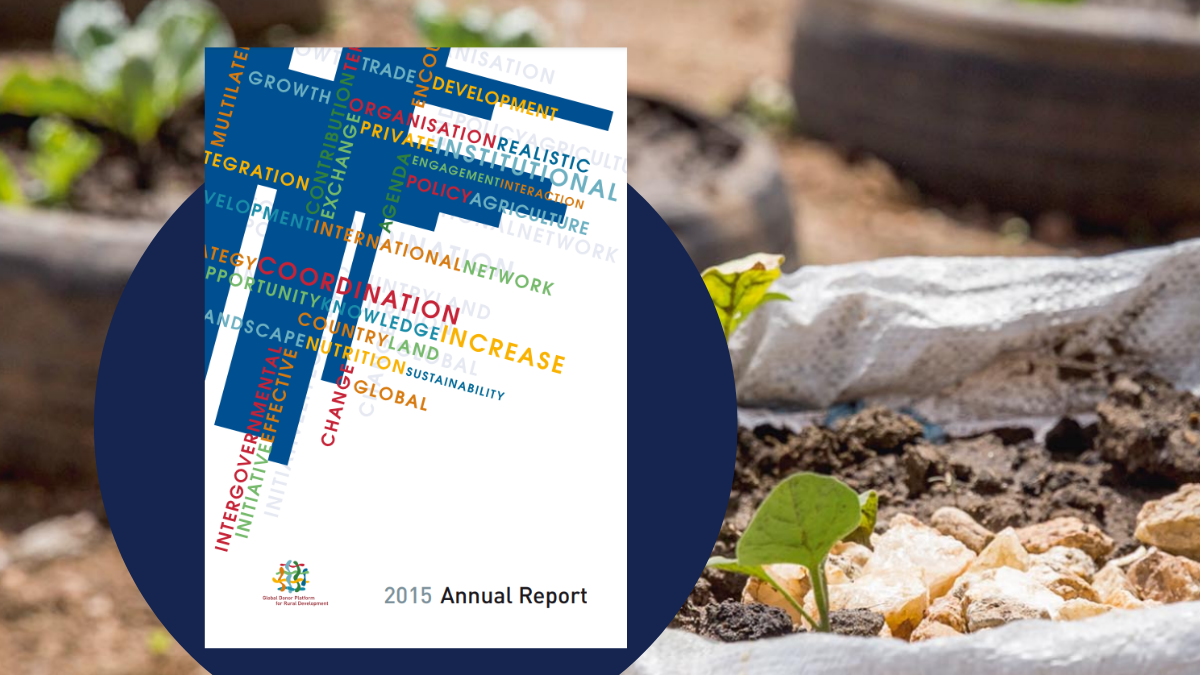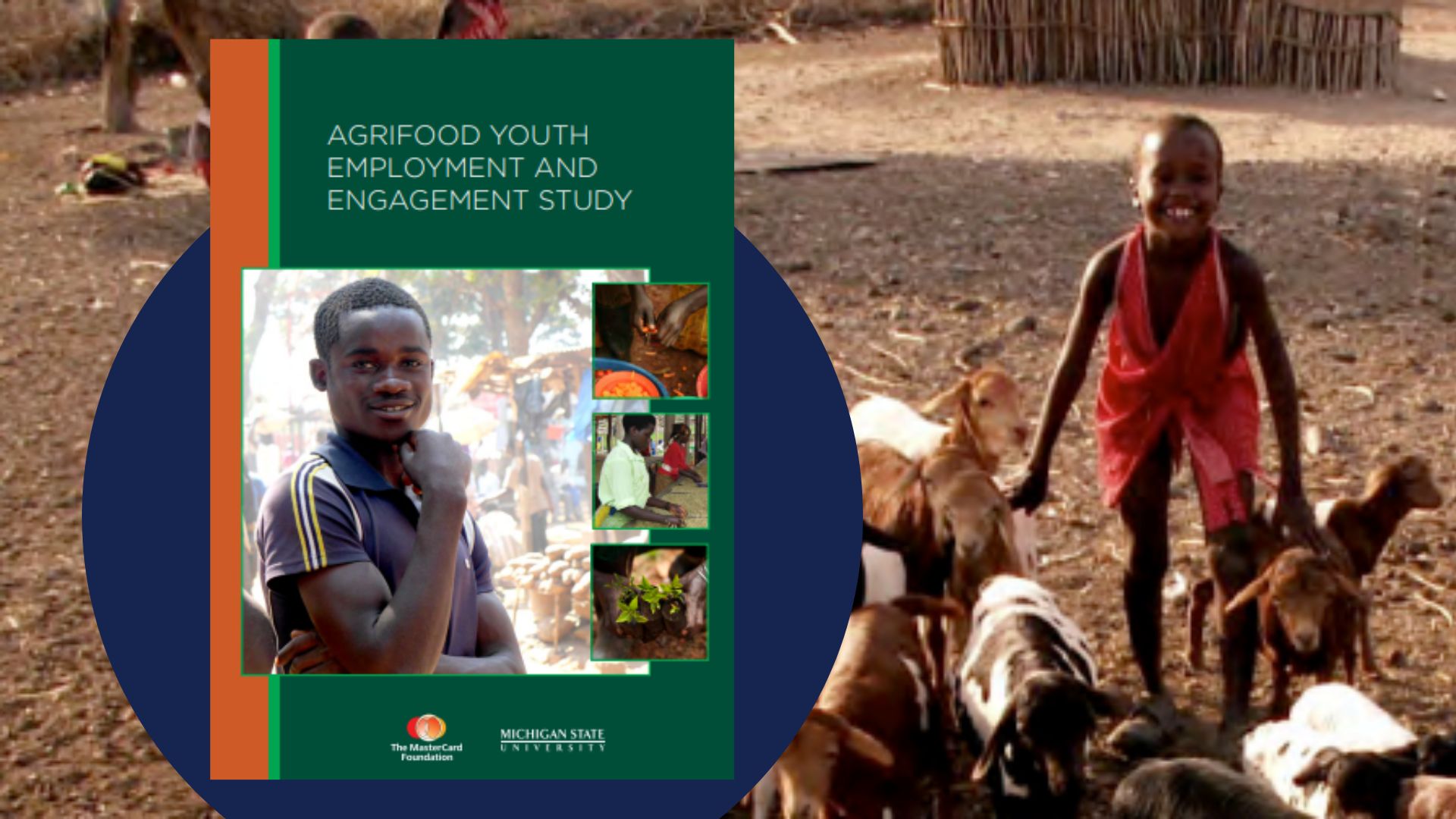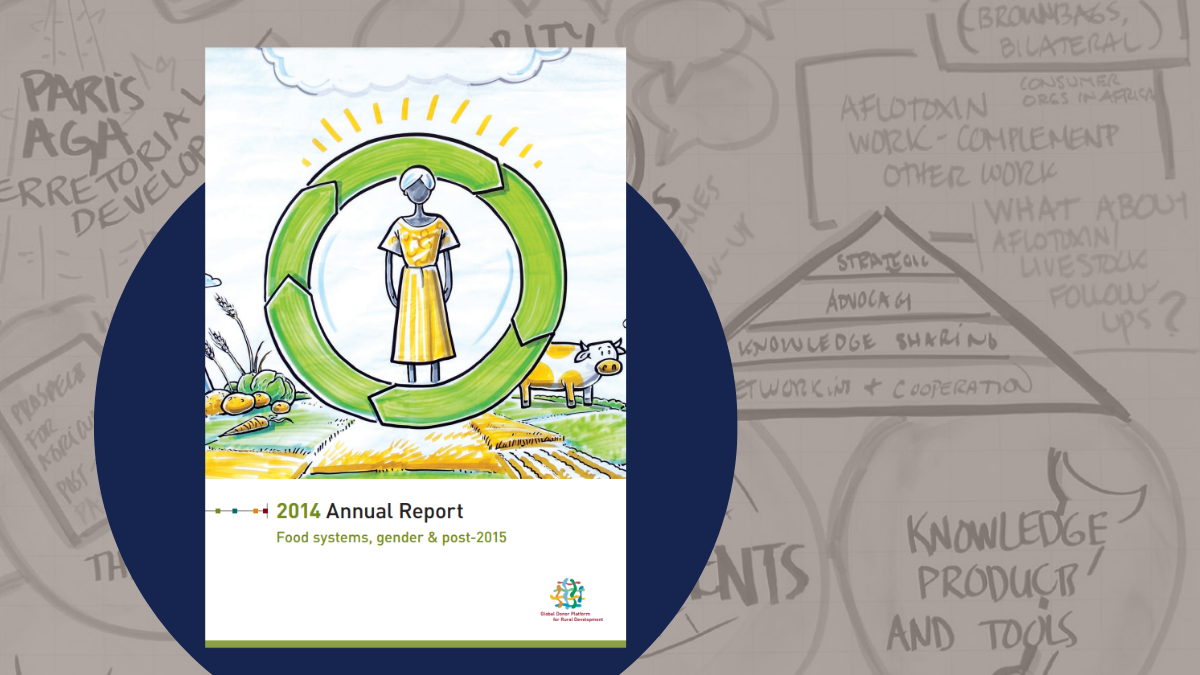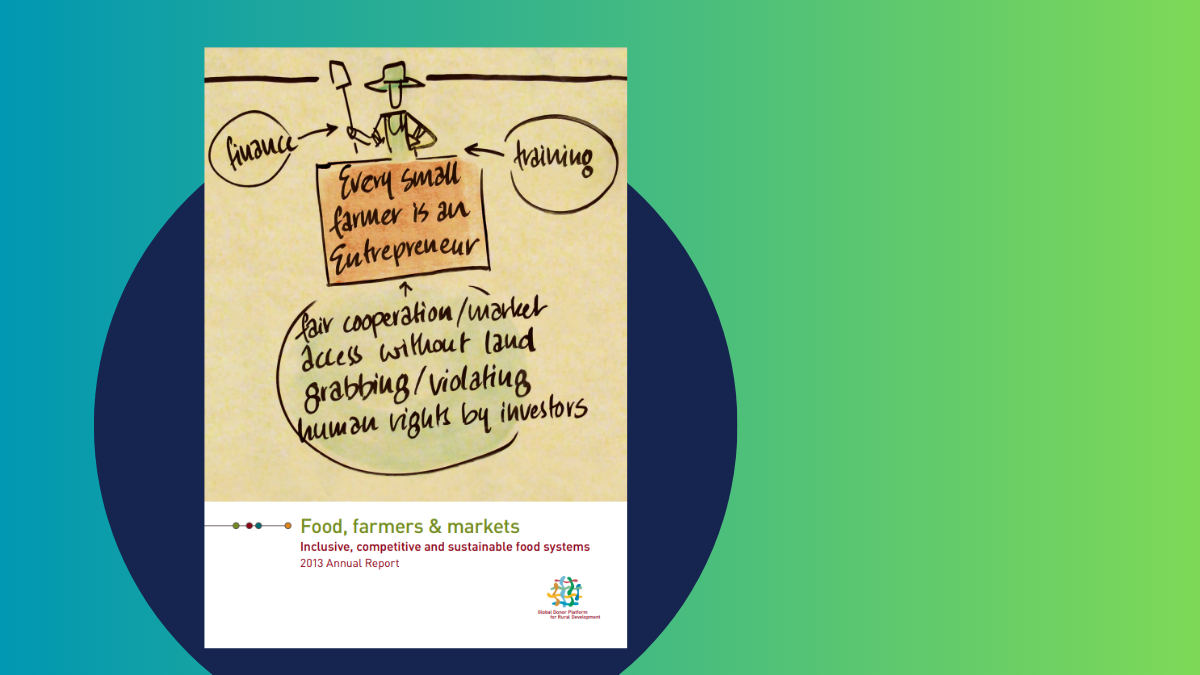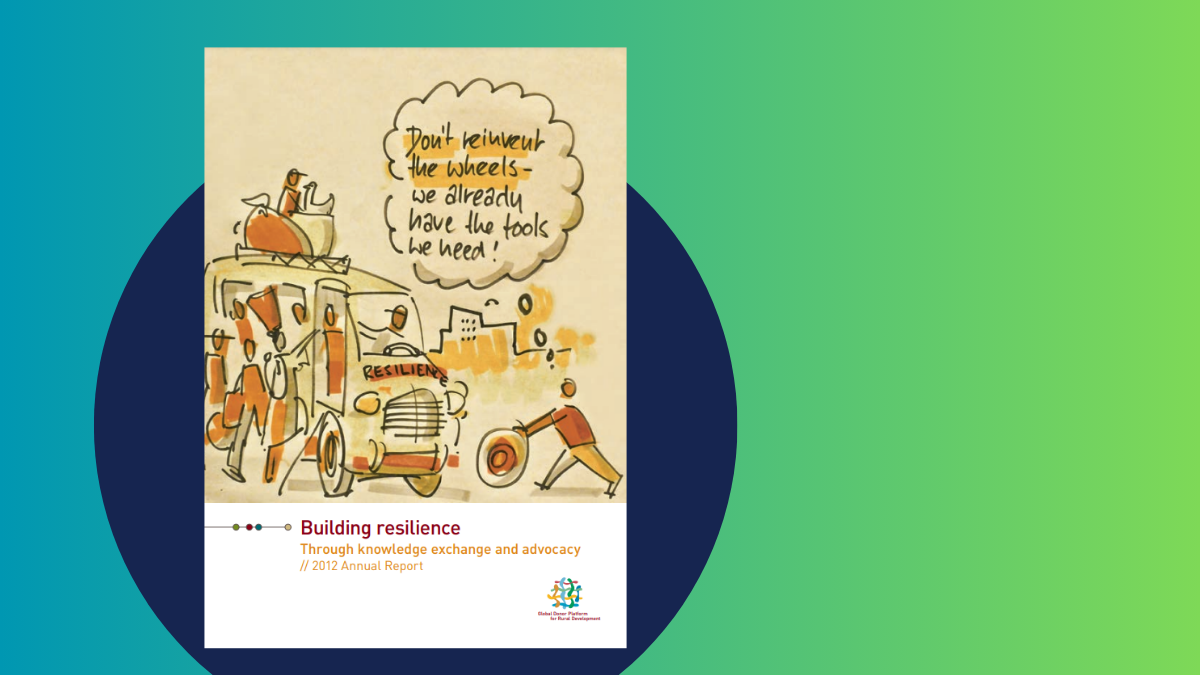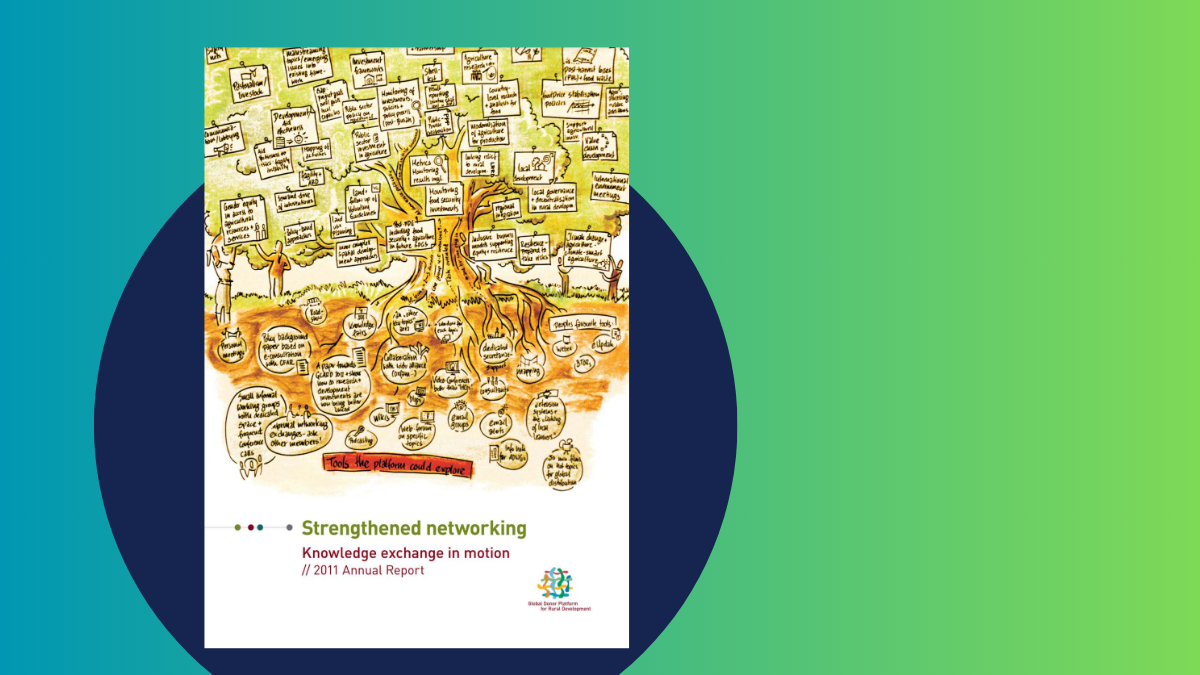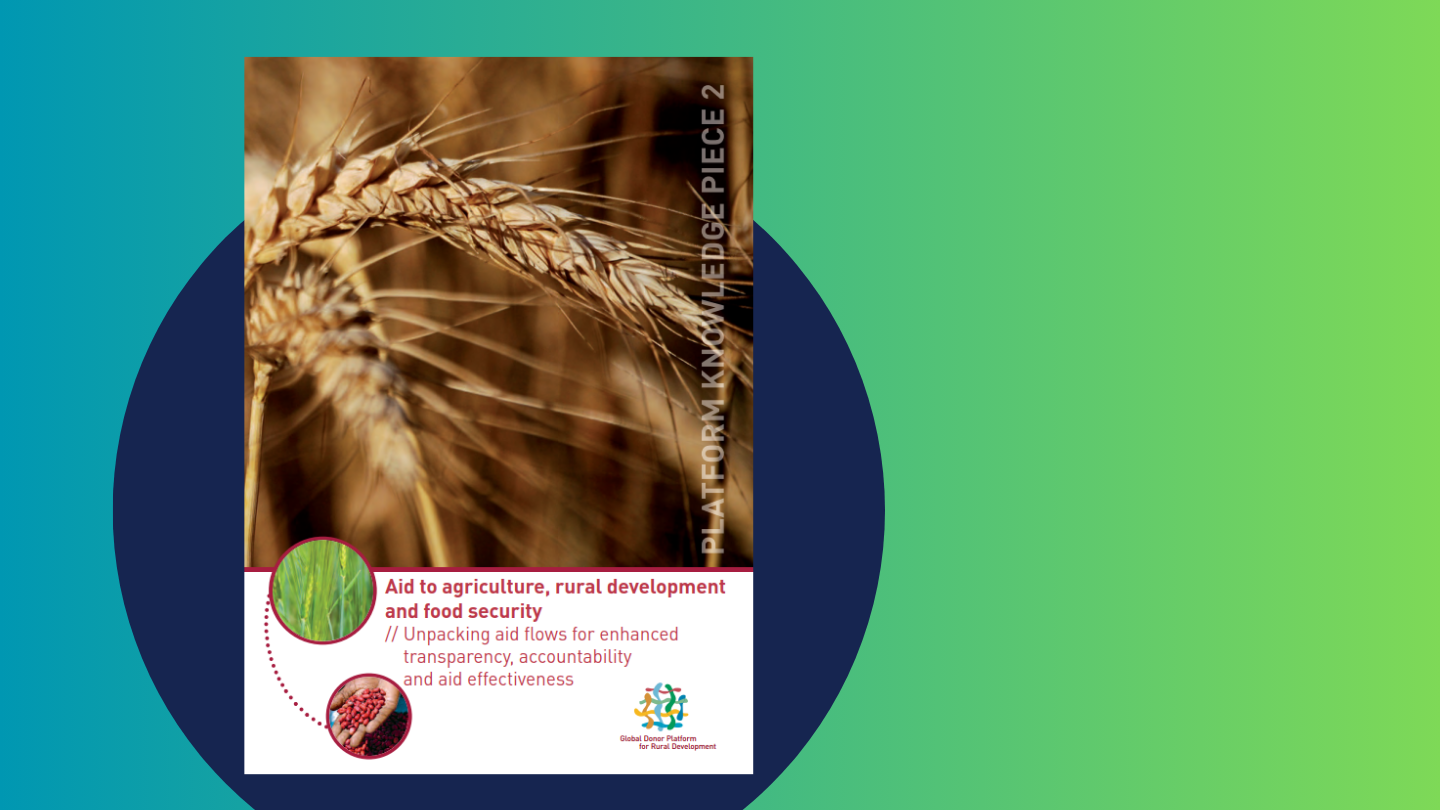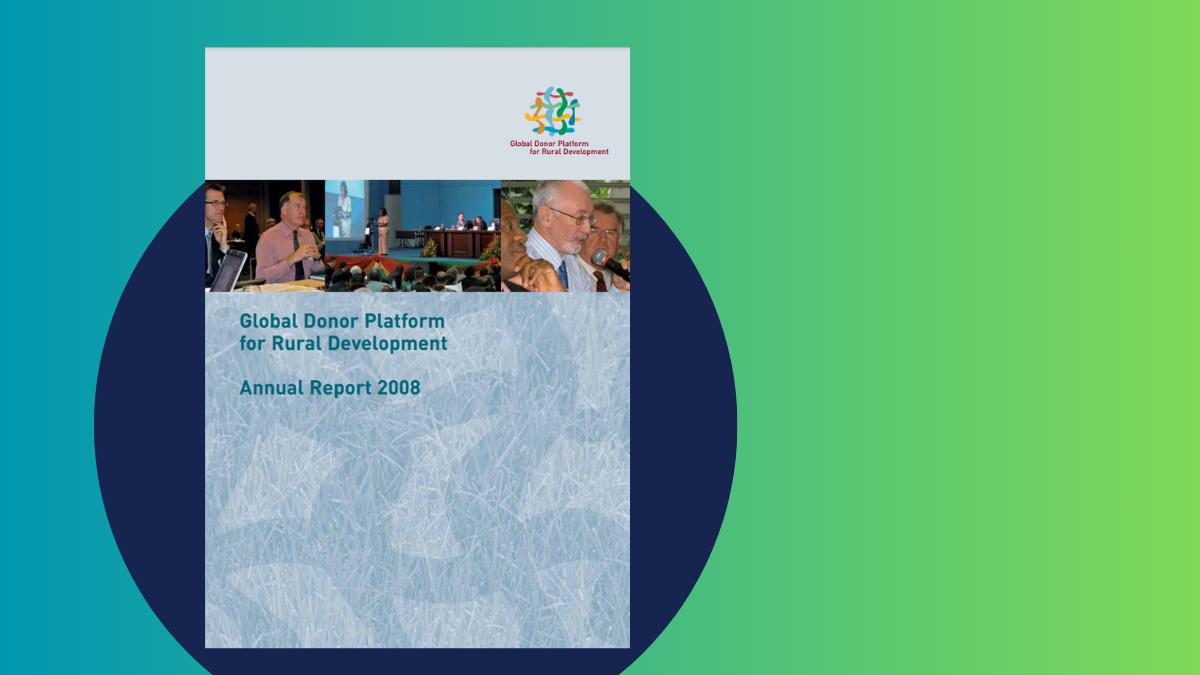Food systems must change. This, the UN Food Systems Summit (UN FSS) made very clear. But has the Summit laid the foundations to bring about such change? There is a big win but also some big gaps to be filled for ambition to become action.

Jim Woodhill
Senior Advisor to the GDPRD and Honorary Research Associate, Environmental Change Institute, University of Oxford
Jim Woodhill shares concrete ways we can carry forward the momentum generated by the high level of engagement around food systems across governments, civil society, business and science.
Putting “food systems” on the map
The Summit’s big win has been articulating the “food systems” framing to a global audience, making the link between hunger and poverty to a wider agenda of health, environment, climate, and equity. It has helped legitimize a systems perspective with heads of state and constituency groups calling for deep structural changes in how we consume and produce food.
The last time food got so much attention from heads of state was during the 2008 food prices crisis. This time around, the focus shifted from producing enough food to producing the right types of food for good nutrition and in ways that protect the planet and tackle climate change. The ambitions were high, and leaders put a transformation of food systems at the heart of realising the SDGs.
In the lead up to the Summit, impressive efforts were made to engage stakeholders in setting future directions through the food systems dialogues, the development of coalitions, commitments and solution clusters, and the synthesis of the science. Those who sought an alternative to the Summit also mobilized to ensure their views were heard. This degree of engagement and mobilization of different stakeholders is impressive particularly considering the constraints of the COVID-19 Pandemic.
Going from the “why” and “what” to the “how”
With increased global awareness on why food systems must change and what needs to be done, the work ahead now needs to focus on the how. The 1200 game-changing propositions and the more than 230 commitments for action made by different constituency groups mostly require new investment and/or substantial policy change. To be a turning point for food systems transformation, the Summit will need to be followed up by a process that can bring about significant structural change in the economic incentives which drive the food system.
Change needs to happen at national and local levels
A clear message from the Summit and the Food Systems Dialogues was the critical importance of national pathways for change. These must be driven by national governments, with strong stakeholder engagement and connected to the needs and priorities for local food systems. Many countries are already integrating a food systems approach in their policy processes and decision-making structures. An important development to support this will be the new UN coordination hub announced during the Summit by the UN Secretary General.
We need to create pathways to realize the ambition
Change will require a complex mix of societal awareness raising, stakeholder engagement and dialogue, research and development, improved data gathering and transparency, civil society activism, policy reform, business model innovation and political engagement. Attention is needed for an overarching “theory of change” for how the transformation can be brought about across national and global scales. Report 3 on the Synthesis of Independent Dialogues made a head start in this direction, by grouping themes from the Dialogues into a sequence of engagement that “constitutes a potential theory of transformation”. Meanwhile, 48 of the world’s leading food systems scientists published a perspective in Nature Food to present essential elements for the systemic transformation of food systems. This emphasises the importance of integrating science, policy, and societal engagement.
Power and the political economy of food systems cannot be ignored
Power relations and vested interests in the political economy of food systems must be understood and tackled for the ambitions of the Summit to be realized. The Summit has made important strides in generating an understanding of the long-term collective interest for food systems change – an essential starting point for dealing with the challenges posed by the existing political economy. The status quo of existing market incentives will have to change. In tandem, new opportunities must be found for those who see change as a threat to their immediate interests. Political leaders need to be brave enough to make potentially disruptive policy decisions, requiring wide societal agreement that such change is both necessary and beneficial.
Focus on the big levers of change
The FAO, UNDP and UNEP see a multi-billion-dollar opportunity to repurpose agricultural support to transform food systems. This is an example of the structural change needed to drive innovation and incentivise transformation. Meanwhile, analysis for the Summit estimates that the true cost of food, taking into account health, environmental, social and economic externalities, is nearly three times food expenditure. This is a cost to society of some USD 20 Trillion a year. Investing in ways that reduces these externalities can lead to very large returns for society and is a strong justification for policy reform.
Science-driven innovation is critical to transforming food systems
The Summit was backed up by a 438-page report on Science and Innovations for Food Systems Transformation and Summit Action. It outlined a science agenda across seven key areas, emphasizing the importance of a systems approach, better understanding of trade-offs and synergies, and more effective engagement between science, policy, and food system stakeholders. The report calls for development of more resource-efficient production technologies, optimising the potential of digital and biotechnologies, and generating integrated systemic solutions across disciplines.
What can donors do?
Bilateral and philanthropic donors have a critical role to play in supporting food systems transformation. Their contributions may be modest relative to the total value of the global food system and the immense challenges, but their resources can play a key role in catalysing stakeholder engagement, mobilising finance, enabling research, and supporting new governance mechanisms.
The Global Donor Platform for Rural (GDPRD) actively engaged in the lead up to the Summit. It hosted a High Level Event, produced a stocktaking report “Donor Contributions to Food Systems”, and released a Declaration of Intent on food systems transformation endorsed by the board and now open for wider support. A white paper will now focus on future strategies and investment options to guide donors in following up on Summit pathways.
Key areas of attention include:
Now what?
The Summit has galvanised a huge level of engagement around food systems across governments, civil society, business, and science. To maintain and build on this momentum will require a focus on processes at the national level to develop viable transformation pathways. Effective national processes will require improved stakeholder engagement, cross-ministerial working, ramping up public education, and greater capability for partnership development. This must be underpinned by enhanced science and research to support data gathering, drive technological innovation, and provide the scenario analysis needed for policy innovation. Ultimately, all countries are in this together. Sustainable food systems will become a reality only when backed up by an enabling global regime of market incentives, trade, and investment.

